Dmitri Atapine & Hyeyeon Park, Artistic Directors
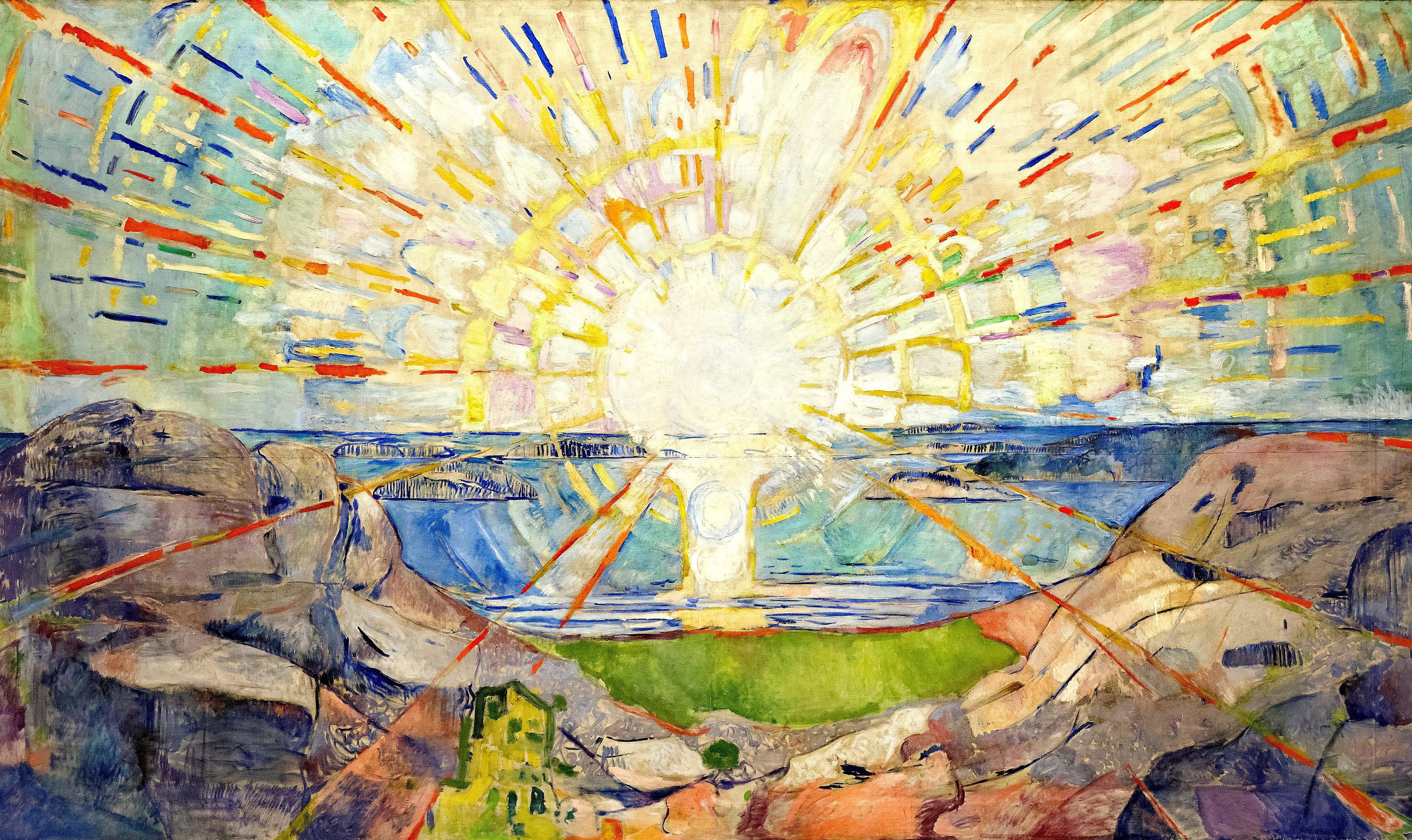

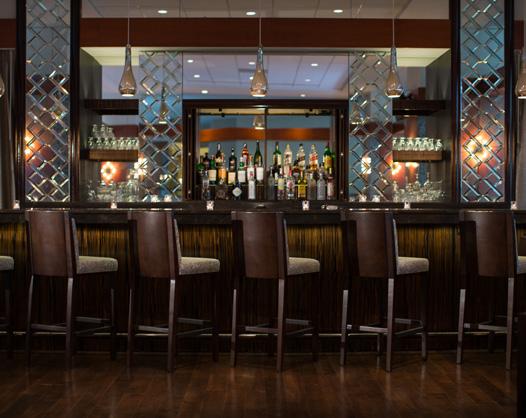

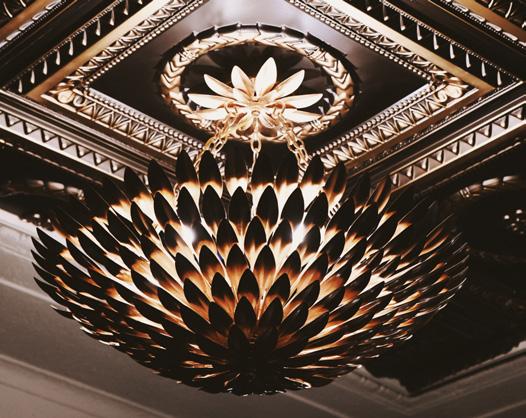
IN THE HEART OF THE THEATER DISTRICT MARRIOTT KANSAS CITY DOWNTOWN 200 W 12th Street • Kansas City, MO 64105 • 816-421-6800 • Marriott.com/MCIDT
food and beverage
area’s
and theaters.
your evening
Kansas City’s
indoor video wall in BarCentral or at the new VOO Lounge+Piano Bar. EXTEND your evening KCMarriottDowntown @marriottkcdt
The newly restyled Kansas City Marriott Downtown offers sleek conveniences like onsite parking, superb
offerings, and luxurious guest rooms –just steps away from the
prominent destinations
Extend
and be uniquely entertained by
largest


GrandmasCatering.com Catering Confidence ... at no extra charge
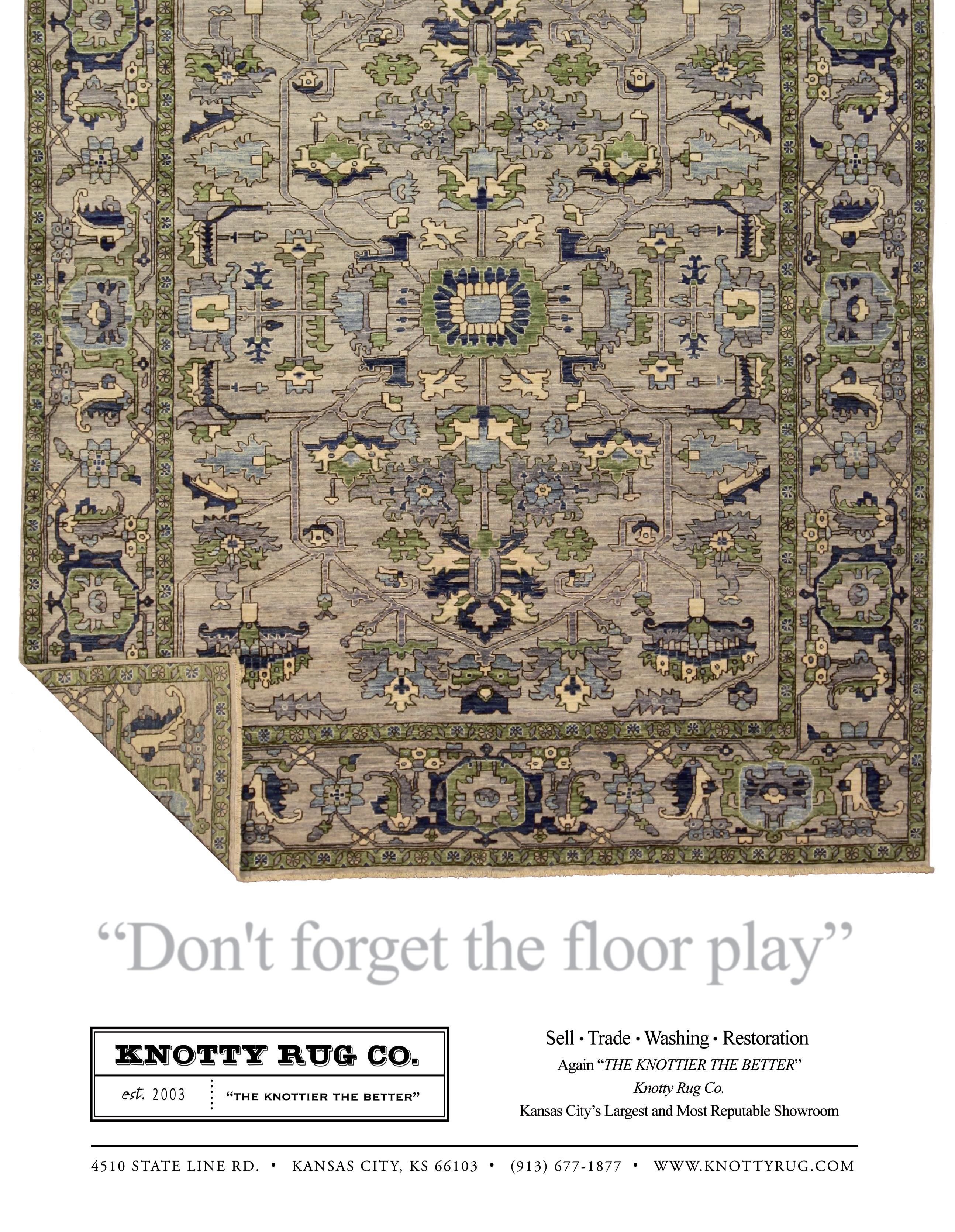

THE FRIENDS OF CHAMBER MUSIC
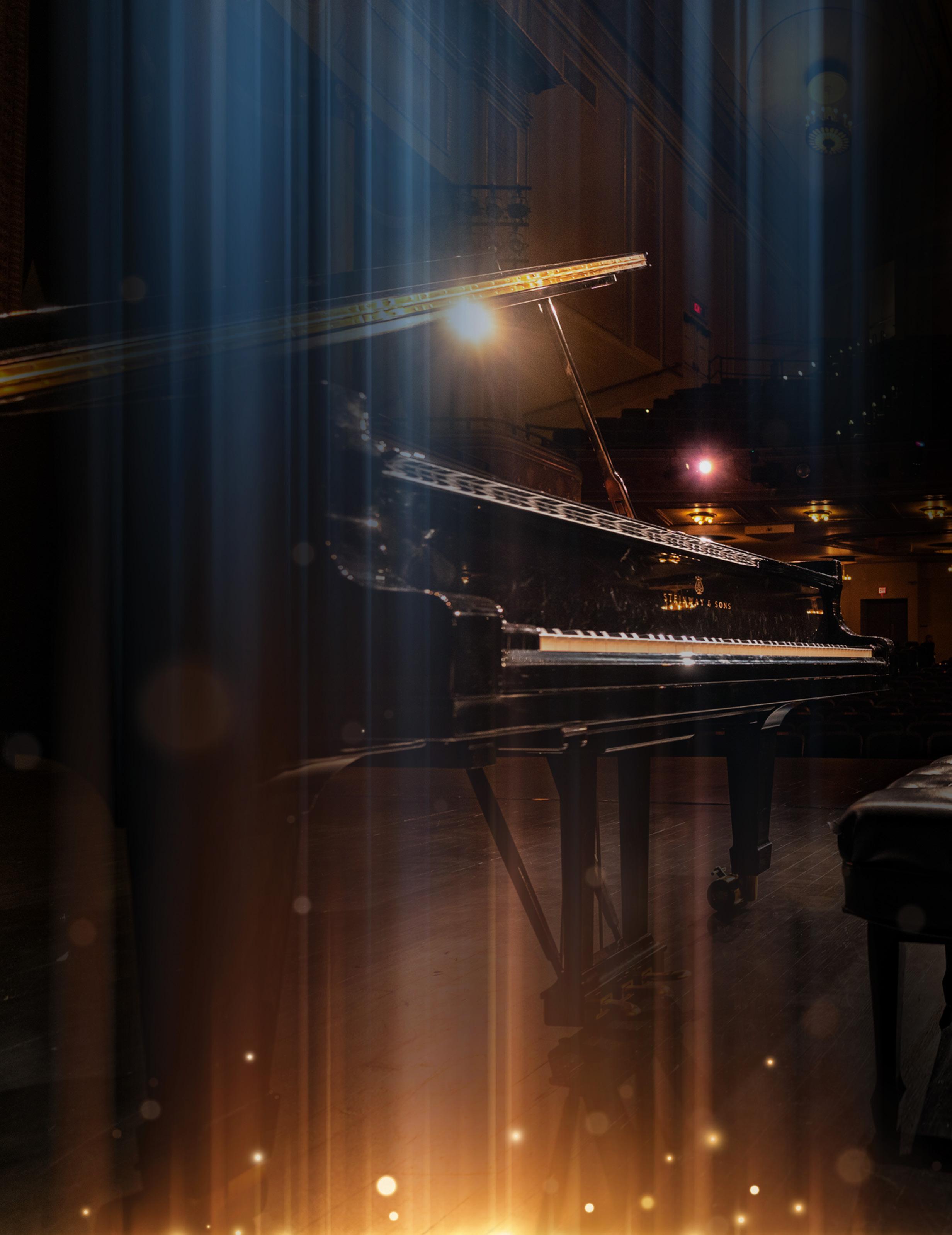
Dmitri Atapine, DMA & Hyeyeon Park, DMA
Artistic Directors
Brett Robison, DMA, MBA Executive Director
Patty Bowen, CFRE Senior Philanthropy Director
Mary Clare Wagner Director of Donor Experience
Alix England Box Office Manager
Mikaela Garrett Marketing Manager
Christy Peterson Accountant
COVER ART
Edvard Munch: Solen (1911)
BOARD OF DIRECTORS
Dwight Arn, President
Albert Mauro, Jr., Vice President
Jennifer Bacon
Richard Bruening
Alietia Caughron, Secretary
Nancy Lee Kemper
Patricia Cleary Miller
Tom Nanney, Treasurer
Dr. John Stroh
Isabel Kramer, Finance Committee
PAST CHAIRS OF THE BOARD
William G. Levi
David Steinhaus, M.D.
Steven Karbank
Nancy Lee Kemper
Jerome Wolf
FOUNDER
Cynthia Siebert
TABLE OF CONTENTS 5 Welcome from the Artistic Directors 7 Welcome from the Executive Director 10 Concert Programs 72 Soirée 76 Contributors 78 The Friends with You 83 Glossary
AIZURI QUARTET
Sep. 23 | 1900 Building
“NEW HORIZONS”
Oct. 7 | 1900 Building
VOCES8
Oct. 21 | Village Presbyterian
QUARTETTO di CREMONA
Oct. 28 | Grace & Holy Trinity
SIR ANDRÁS SCHIFF
Nov. 14 | Kauffman Center
ALESSIO BAX & LUCILLE CHUNG
Dec. 5 | The Folly Theater
“EXTRAORDINARY IMAGINATIONS”
Chamber Music Society of Lincoln Center
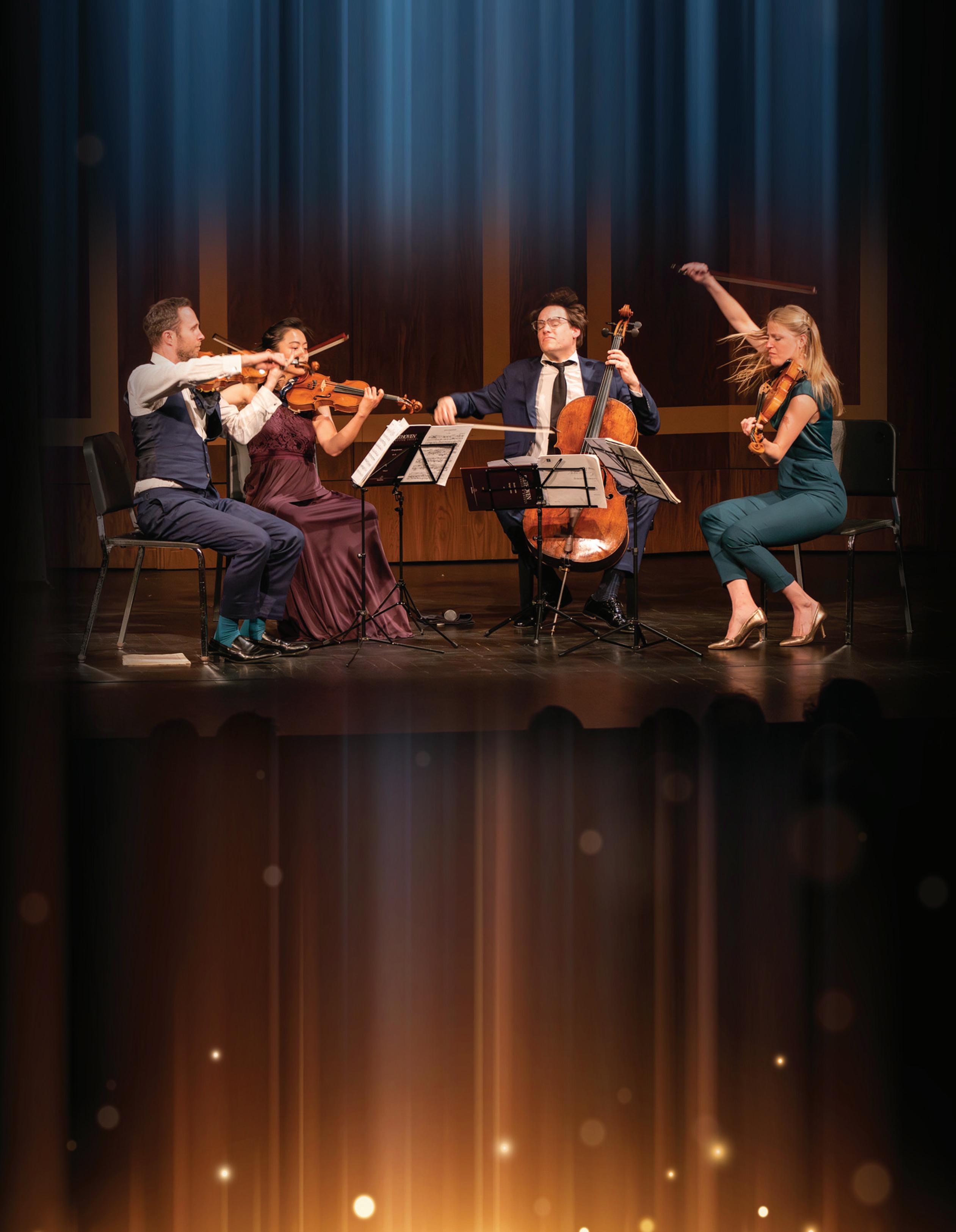
Jan. 20 | The Folly Theater
APOLLON MUSAGÈTE QUARTET
Feb. 2 | The Folly Theater
JEREMY DENK
Feb. 13 | The Folly Theater
LE CONSORT
Mar. 1 | Grace & Holy Trinity
QUICKSILVER
Apr. 5 | Grace & Holy Trinity
“SPARK OF GENIUS”

Apr. 26 | The Folly Theater
CHANTICLEER
May 3 | Atonement Lutheran
Purchase tickets today for BEST seats available! Call 816.766.1096 or visit ChamberMusic.org
Doric String Quartet
Photo: Veritography
Dearest Friend of Chamber Music,
It is with great excitement that we invite you to our forty-eighth season of extraordinary chamber music for all!
Titled Brilliance, this season aims to captivate your heart and mind in the three series that you know and love from The Friends: International Chamber Music, Master Pianists, and Early Music. This year we will delight in no less than seven Kansas City debuts: the Aizuri Quartet, Quartetto di Cremona, Alessio Bax and Lucille Chung, Apollon Musagète Quartet, the “RollsRoyce of a cappella groups” VOCES8, the European sensation Le Consort, as well as the American early-music heavyweights Quicksilver. In addition to these debut appearances, our master pianist series welcomes the incredible Jeremy Denk in an allBach program, as well as the revered Sir András Schiff in a notto-be-missed evening at the Kauffman Center for Performing Arts. To round off our early music series “the symphony of voices” Chanticleer will close our season. The International Chamber Music Series will feature two additional phenomenal performances: Chamber Music Society of Lincoln Center on Tour in a program traveling to the edge of imagination; and “Spark of Genius” — an exhilarating program where we assemble an allstar cast of world-class musicians just for you in a spectacular program exploring the secrets of inspiration!
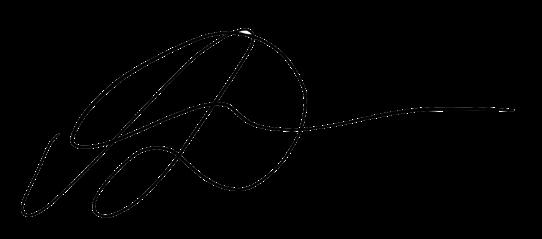
But there’s more! This season will also see a host of new events and initiatives. From “New Horizons” — a concert centered on a renewed engagement with the world of contemporary music in a meaningful perspective — to new education initiatives and partnerships, community concerts, and family events.
Passion to champion and explore all corners of the great art of chamber music is what drives the two of us as artistic leaders, performers, and educators! This year we are particularly thrilled that joining us on this journey is the new Executive Director of The Friends, Brett Robison, who brings a wealth of experience and dynamic vision to the organization. In this same reenergizing spirit, we invite you to make The Friends a part of your life, reward yourself with a myriad of musical delights, and help us make many more Friends of Chamber Music!
Warmly,

 Dmitri Atapine & Hyeyeon Park Artistic Directors
Dmitri Atapine & Hyeyeon Park Artistic Directors

F r O m T h E A r T i ST i C D ir ECTO r S
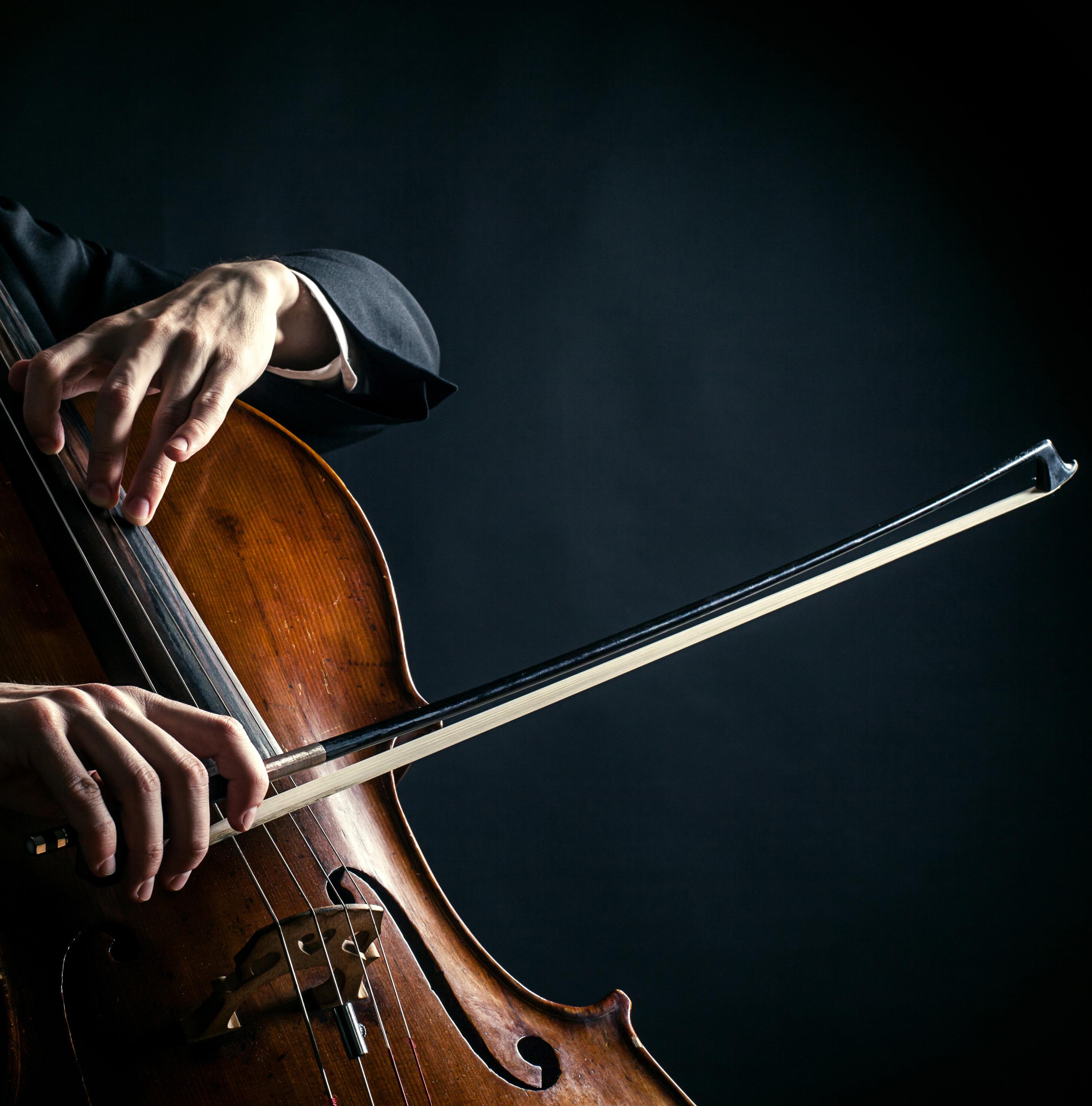
Published by the The Independent Magazine Publisher .............................................................................. Dir. of Program Guide Operations ............................................... Graphic Design/Production .......................................... Rachel Lewis Falcon Christin Painter BurningStar Studios, LLC www.chambermusic.org Christin Painter christin@kcindependent.com 816-471-2800x218 For More Information, Contact: Connect Audience with your Reserve your seats for Program Advertising for the 24-25 Season. The Independent Magazine 2400 W. 75th St., Suite 120 | Prairie Village, KS 66208 The Friends of Chamber Music Kansas City program guides are a publication of the Performing Arts Division of the Independent Magazine. Information in this publication was carefully compiled to ensure accuracy. However, the publisher does not assume responsibility for accuracy. Editorial program content was provided by the Friends of Chamber Music Kansas City. Copyright by the Independent Magazine. No part of this publication may be reproduced in any form without written permission of the publisher.
Dear Friends,

Welcome to the Friends of Chamber Music Kansas City’s forty-eighth season, Brilliance! I am honored and excited to begin my role as Executive Director of this thriving Kansas City performing arts organization. I am humbled when reading of the world-class chamber ensembles who have graced our stages for the last forty-seven years. I am also grateful for the tireless, inspired work of founder Cynthia Siebert, past board members, and staff members, who had the vision to bring the world’s finest musicians to our great city. Finally, I see incredible potential with our new Artistic Directors Dmitri Atapine and Hyeyeon Park, the Board, and staff to not only continue to bring the finest chamber music performances to our community, but also broaden the accessibility and appeal of this beloved art form.
I bring a passion and belief in the transformational power of music, and I have seen firsthand how music can bring diverse backgrounds and ideologies together to serve a common purpose. I consider myself fortunate to have served as a music educator and performer for over twenty-five years and an arts administrator for over ten years. It is my hope that we can increase our impact in the community by strengthening partnerships, or creating new ones, with local music educators, Kansas City performing arts organizations, local businesses, and government. I hope you will join me in being an “Evangelist” for our concerts by spreading the word through social media, phone calls, emails, or around the office water cooler. We are grateful for your patronage and hope to see you throughout the season. Enjoy the concert!
Warmly,
 Brett Robison, DMA, MBA Executive Director
Brett Robison, DMA, MBA Executive Director

F r O m T h E E x EC u T iv E D ir ECTO r
Jay Carter and Ryan Olsen, Artistic Directors
Arnold Epley, Artistic Advisor
N O V 2 0 2 3 M e m e n t o M o r i
Composers with centenary years in ‘23 and ’24
Archangelsky, Bruckner, Byrd, Faure, Hahn, Holst, Puccini, and Stanford
M A R 2 0 2 4 B r i d g e s t o B r i t a i n , a n d B e y o n d North American connections to the British Isles
Bridges, Britten, Chilcott, Delius, Grainger, Marsh, Shearing, and Wilcken
J U N E 2 0 2 4 A n n e l i e s
Remembering Anne Frank on her 95th Birthday
Kansas City premiere of James Whitbourn’s choral cantata with text by Anne Frank, adapted by Melanie Challenger
Celebrating 15 years of performing lesser-known choral works in beautiful spaces throughout Kansas City
MusicaVocale.org
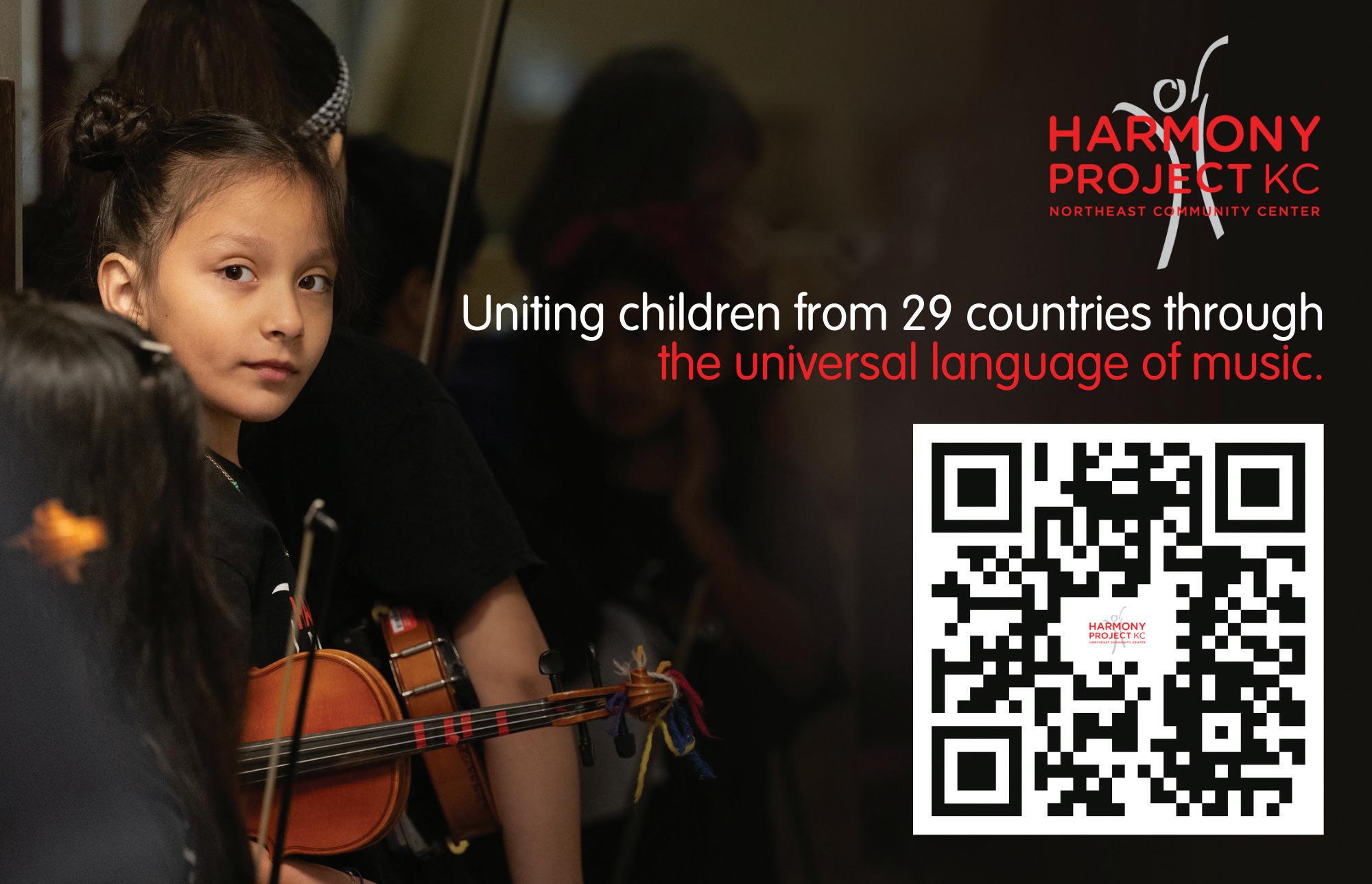
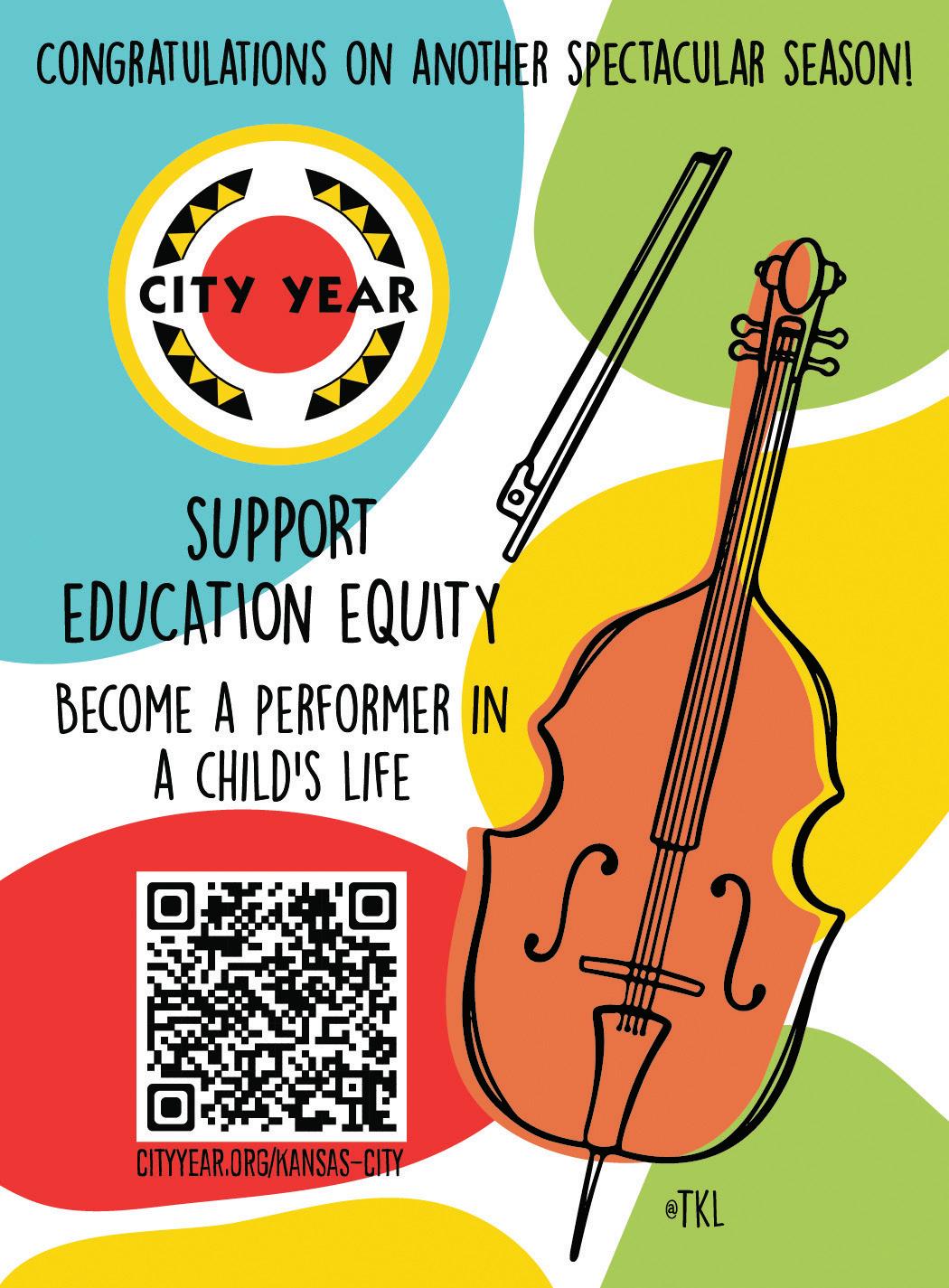

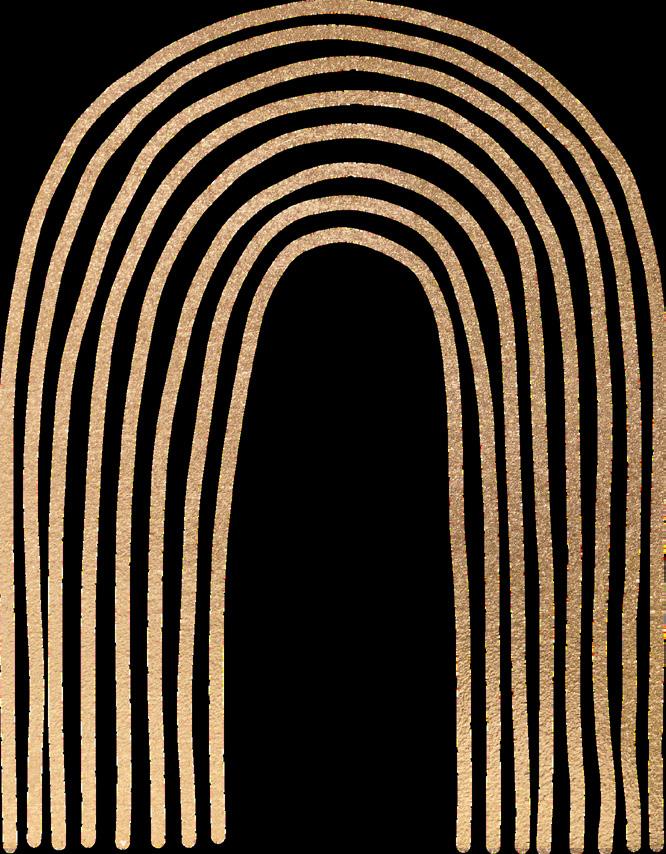
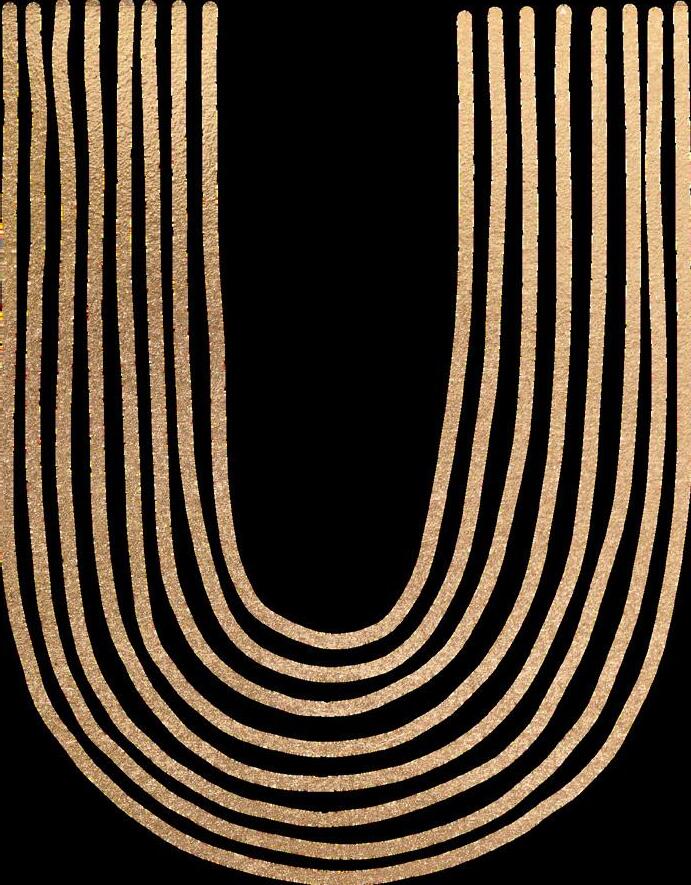
J O I N U S I N O U R 2 3 – 2 4 S E A S O N


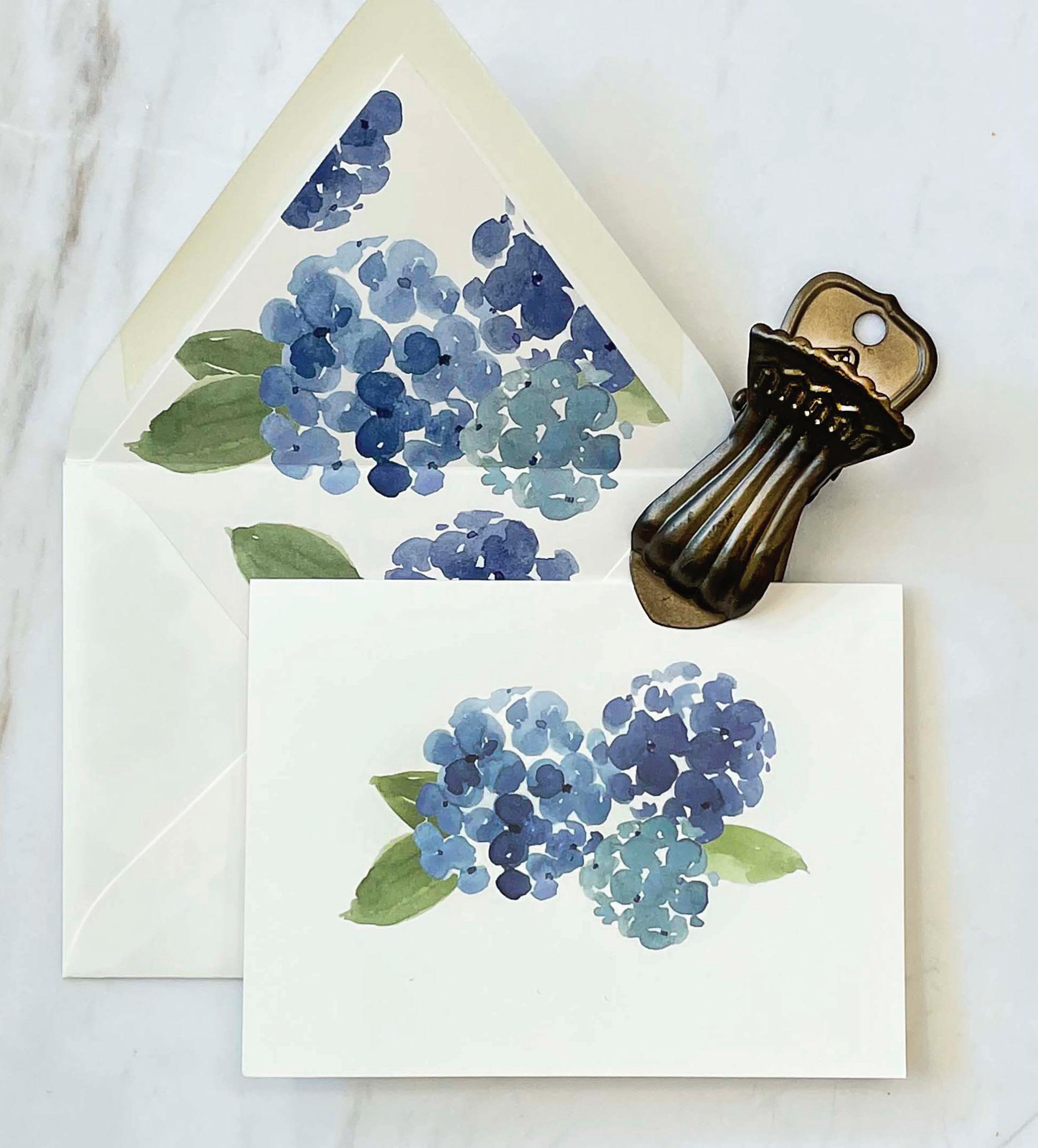
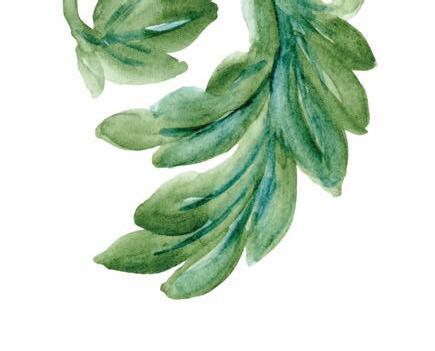

10100 College Boulevard Overland Park, KS 66210 913-451-6100 Artistically Crafted Stationery and Invitations cuorebella.com Visit our boutique in Mission Farms 10583 Mission Road Leawood, Kansas 66206 913/325-7354 Carol
AIZURI QUARTET
Saturday, September 23, 2023 7:30 PM
1900 BUILDING
The William T. Kemper International Chamber Music Series
Joseph HAYDN (1732-1809)
String Quartet in B-flat Major, Op. 76 no. 4, Hob. III:78 “Sunrise” (1797)
Allegro con spirito
AIZURI QUARTET
Miho Saegusa, violin
Emma Frucht, violin
Brian Hong, viola
Caleb van der Swaagh, cello
The Friends of Chamber Music is proud to host the Kansas City debut of the Aizuri Quartet.
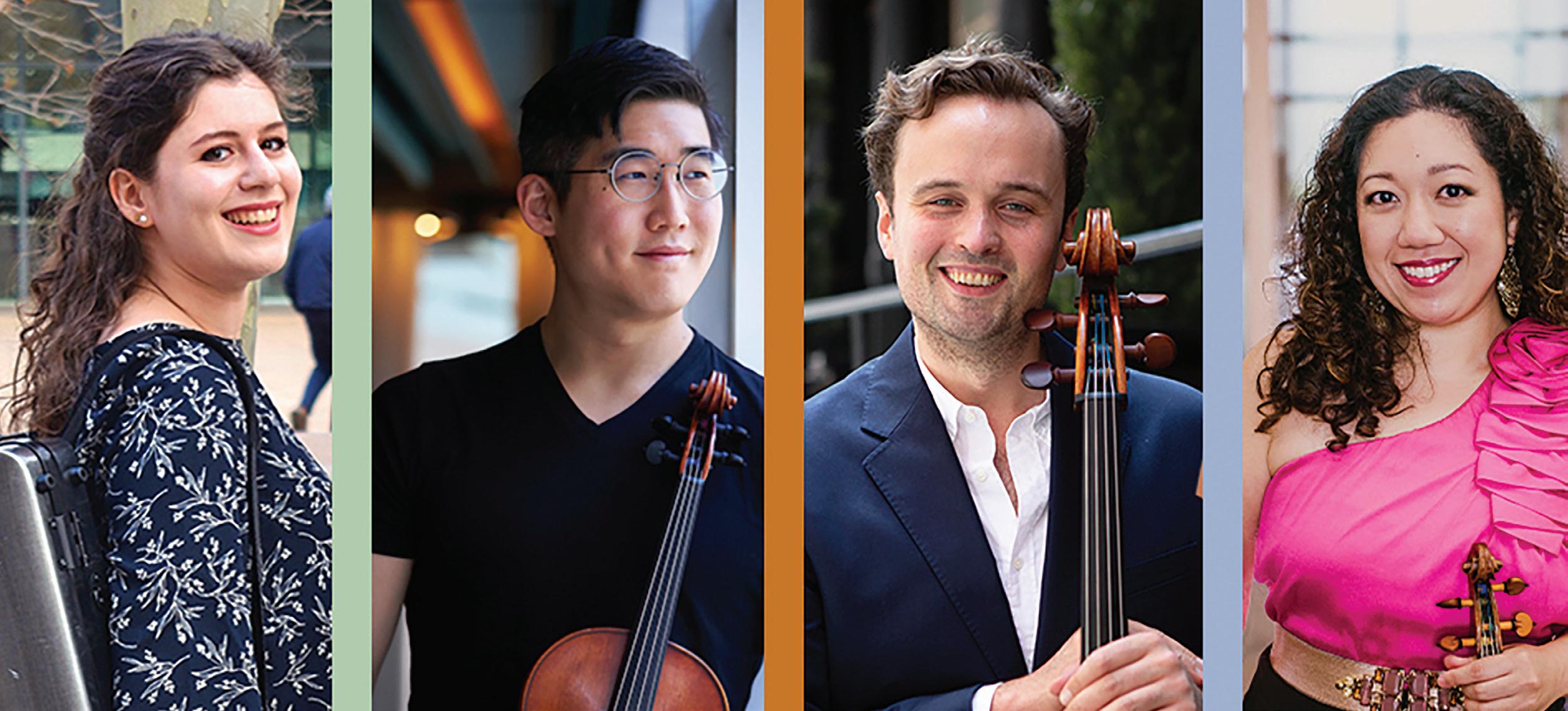
Adagio
Minuetto
Finale
Fanny MENDELSSOHN HENSEL (1805-1847)
String Quartet in E-flat Major (1834)
Adagio ma non troppo
Allegretto
Romanza: Molto cantabile
Allegro molto vivace
- intermission -
Felix MENDELSSOHN (1809-1847)
Capriccio for String Quartet Op. 81 no. 3 (1843)
Béla BARTÓK (1881-1845)
String Quartet No. 4, Sz. 91 (1928)
Allegro
Prestissimo, con sordino
Non troppo lento
Allegretto pizzicato
Allegro molto
The Friends of Chamber Music is grateful for the generous support from our Supporting Underwriters, Dr. Irene E. Bettinger and Chamber Music America.
10
Joseph HAYDN:
String Quartet in B-flat Major, Op. 76 no. 4, Hob. III:78 “Sunrise”
Composed: 1797
Duration: 23 minutes
At the time that Haydn composed the six string quartets of Op. 76, he was nearing the end of his long employment at the court of the Esterházy family. When the music-loving Prince Nikolaus Esterházy died in 1790, the Esterházy establishment was taken over by Nikolaus’s son Anton, who didn’t much care for music. Haydn remained nominally employed by them, but was now free to travel. His two trips to London in 1791-2 and 1794-5 established him as perhaps the most popular composer of his day. By the time of Haydn’s return from his second trip, Anton had been succeeded by Prince Nikolaus Esterházy II, and Haydn went back to work at the court, albeit with lighter duties than before. It was during this time that Haydn composed the Op. 76 quartets. They were completed by 1797, but owing to a dispute between Vienna and London publishers over publishing rights, they didn’t appear in print until 1799. By this time, Haydn was composing not simply for the Esterházy court, but for all music lovers and for public and home performance.
Dedicated to Hungarian count Joseph Georg von Erdődy, the Hungarian Court Chancellor, the Op. 76 was the last complete set of string quartets that Haydn composed. They are generally thought to be among Haydn’s best, most ambitious quartets. As the famous English music historian Charles Burney wrote to Haydn about them, “they are full of invention, fire, good taste, and new effects, and seem the production, not of a sublime genius who has written so much and so well already, but of one of highly-cultivated talents, who had expended none of his fire before.”
The title “Sunrise” refers to the quiet opening of the first movement, with its warm chords and ascending phrase, the so-called “sunrise motif,” from the first violin. After a sudden burst of activity at a very fast tempo, the opening recurs, but in shorter form this time, with the cello playing the “sunrise” idea upside down. A brief but dramatic passage in the minor serves as a transition back into the faster music. For the brief development, Haydn provides a short minor key remembrance of the sunrise music before a stormy passage. The opening music then returns, some portions slightly expanded on, for the recapitulation.
The opening of the slow movement is hymn-like and somber. Gentle pulsations accompany a decorative, upward-striving line from the first violin. Each instrument adds its decorations to the gentle musical flow. The third movement Minuet is unclouded and charming. Hints of a drone in the central section suggest bagpipes and a more rustic dance. A graceful, lilting theme opens the fourth movement and recurs several times. The urgency level rises slightly with the next section, punctuated with small dissonances. The lilting theme returns one further time, but this time breathlessly, with much greater energy and virtuoso decorations from the first violin.
Fanny MENDELSSOHN HENSEL
String Quartet in E-flat major
Composed: 1834
Duration: 20 minutes
Also known as Fanny Mendelssohn Hensel after her marriage, Cäcilie, or Fanny, Mendelssohn received a thorough musical education, like her famous younger brother Felix. They both showed tremendous youthful talent. Due to the social conventions of the day, however, Fanny was not encouraged in a musical career. Early compositions of hers, in fact, were published under her brother’s name. Only occasionally did she perform publicly as a pianist, and even less often were her works heard or published. Even after her marriage, however, she organized concerts and continued to compose substantial amounts of music, including hundreds of piano works and songs, chamber music, four cantatas, and one orchestral overture. Like her brother, she died at an early age of a stroke. Since the 1980s, there has been a substantial renewal of interest in her and her music.
Among the works that have attracted much attention in recent years is her one and only string quartet, completed in just three months in 1834. There is no record of it having been performed during the composer’s lifetime. It was only published in 1988, and received its first commercial recording in the mid 1990s. But it is now heard reasonably frequently in both concerts and recordings. Unusually, the quartet begins with a slow movement that spends much of its time in C minor. It opens with a gentle, graceful, but somewhat darkly-colored theme that soon grows in intensity. The first violin takes the lead in spots with graceful embellishments of the melodic line. Colored by occasional pizzicati, the second movement, in 6/8 time, has something of the quality of Felix’s scherzos. A sudden contrapuntal development in the central section becomes more fiery, with some challenging passages for the quartet members.
Introspective and mournful, the third movement, minor-key Romanze sees the first violin initially taking the melodic lead, but soon trading phrases with the other instruments. An agitated mood sets in with the stormy repeated downward phrases that take over for a time. But the music eventually quiets for the movement’s final moments, which bring a note of consolation. By contrast, the fourth movement bursts forth immediately, those downward phrases from the previous movement taking on a lighter character here as they become a repeating refrain. A waltz-like section ensues, as do full-throated statements by the violins over scurrying viola and cello. The energy seldom flags as the music works its way to an energetic close.
Felix MENDELSSOHN
Capriccio for String Quartet, Op. 81 no. 3
Composed: 1843
Duration: 6 minutes
Mendelssohn wrote chamber music throughout his composing life – in fact, his first published works were a trio of piano quartets and a violin sonata, and his last major work was the String
11
Quartet in F minor, Op. 80, completed just a couple of months before his death in 1847. Another of his last chamber works is the String Quintet in D major, Op. 87 that is coming up in this series’s “Spark of Genius” concert on April 26, 2024.
The Four Pieces for String Quartet, Op. 81 were written at different points in Mendelssohn’s life, and were assembled by Mendelssohn’s publisher Breitkopf and Härtel after his death, in 1850. While they can be performed as a set, as the publisher apparently intended, they are often performed separately. The first two pieces, a Theme and Variations in E major and a Scherzo in A minor, were composed in 1847 at around the same time as that aforementioned F minor Quartet. The concluding Fugue in E-flat major was a much earlier work, composed in 1827.
There is a quiet intensity in the opening of the Capriccio, the third section of Op. 81. Under a flowing melody from the first violin, the harmonies of the accompaniment are haunted and mildly dissonant, taking some unpredictable turns. A short solo from the violin leads into a fugal section that has some of the scurrying motion of Mendelssohn’s familiar elfin style, while also maintaining the intensity of the opening music. The momentum of the music seldom flags as it drives forward to the emphatic trio of concluding chords.
Béla BARTÓK
String Quartet No. 4, Sz. 91
Composed: 1928
Duration: 24 minutes
One of the twentieth century’s most important composers, Béla Bartók started studying music at age 5, and graduated from Budapest’s Royal Academy of Music (where he later taught piano) in 1901. One of his fellow students at the Royal Academy was Zoltán Kodály, with whom he traveled throughout Hungary, Romania, Bulgaria, and other countries, collecting folk songs. The influence of these songs, with their modal and pentatonic melodies and aggressive, irregular rhythms, became a major influence on Bartók’s own music, including his six string quartets.
Recognized as one of Bartók’s great masterpieces, the String Quartet No. 4 was composed over July-September 1928. By this time, Bartók had settled in Budapest, his music now internationally-known. As is the case with the String Quartet No. 5, the Concerto for Orchestra, and several other works, the Quartet No. 4 is in an arch form. Bartók described his quartet this way: “The slow movement is the nucleus of the piece, the other movements are, as it were, arranged in layers around it: the fourth movement is a free variation of the second, and the first and fifth movements are of identical thematic material. Metaphorically speaking, the third movement is the kernel, movements I and V the outer shell and II and IV, as it were, the inner shell.” That symmetry extends to the melodic writing – it is not uncommon, although not always easily discernible, that a melody is heard, only to be answered immediately in a different key, or upside-down (inversion), or even backwards (retrograde).
The first movement is fast and intense, with fragmentary melodies, most of which are related to one rather violent six-note arch-shaped motif that recurs in the final movement, and aggressive phrase endings. There are brief forays into quieter, slightly spooky music. The lively rhythms might suggest a rustic dance if they weren’t so irregular, or the music so dissonant. A short passage of stop-and-start motion leads back into the aggressive music of the opening.
Quiet scurrying and frequent pizzicati mark the short second movement, its almost frantic pace maintained to the glissandi at movement’s end. All members of the quartet play with mutes throughout, as well as employing other special techniques, like harmonics and sul ponticello (playing near the bridge).
Solemn, mysterious chords suggestive of a bagpipe drone open the third movement, which moves in slow motion, in what became known as Bartók’s “night music” mode. The cello introduces a theme, likely inspired by the composer’s study of Hungarian and Romanian folk music, that is initially hesitant, then more expansive. Here the instrument, in the words of one commentator, “sings, weeps, and yodels.” After a time, the first violin takes over with its own hesitant idea, then the second violin over tremolos and aggressive punctuation.
All the instruments play pizzicato in the fourth movement, a mysterious little dance. Sometimes the instruments are gently strummed, at other times the attacks are almost violent – socalled snap pizzicati, or as they later became known, “Bartók pizzicati,” in which the string bounces against the fingerboard.
The fifth and final movement is a propulsive dance, with a folkmusic-like cast to the tunes, including an idea from the first movement, and sharply punctuated, often irregular rhythms. On a couple of occasions the music suddenly quiets, with short, scurrying melodic figures. But those moments are but brief, as the music soon charges forward again. The melodies seem briefly to fragment before they’re reassembled for the work’s emphatic conclusion.
Program notes by Chris Morrison
12
AIZURI QUARTET
The Aizuri Quartet has established a unique position within today’s musical landscape, infusing its music-making with infectious energy, joy, and warmth. The ensemble cultivates curiosity in listeners and invites audiences into the concert experience through its innovative programming and the depth and fire of its performances.
Praised by The Washington Post for “astounding” and “captivating” performances that draw from its notable “meld of intellect, technique and emotions,” the Aizuri Quartet was named the recipient of the 2022 Cleveland Quartet Award by Chamber Music America, and was awarded the Grand Prize at the 2018 M-Prize Chamber Arts Competition. The Quartet’s sophomore album, Earthdrawn Skies, was released in 2023. Featuring music of Hildegard of Bingen, Komitas Vartapet, Eleanor Alberga, and Jean Sibelius, Earthdrawn Skies was praised by NPR Music as an album that “convincingly connects the dots in wildly diverse music stretching over eight centuries…arousing solemn contemplation, cosmic curiosity, folksy delight and introspective scrutiny.”
The Quartet’s debut album, Blueprinting, featuring works written for the Aizuri Quartet by five American composers, was released by New Amsterdam Records to critical acclaim (“In a word, stunning” —I Care If You Listen), nominated for a 2019 GRAMMY Award and named one of NPR Music’s Best Classical Albums of 2018.
The Aizuri Quartet continues its innovative approach to programming into the 2023-24 season, with programs creatively juxtaposing the canon and the contemporary: Community emphasizes the communal atmosphere of chamber music around the world, placing works by Clara Wieck Schumann, Silvestre Revueltas, and Felix and Fanny Mendelssohn among pieces by living composers Judd Greenstein and Reena Esmail. Another signature Aizuri program, Sunrise, represents a journey from darkness into light, opening with a Clara Wieck
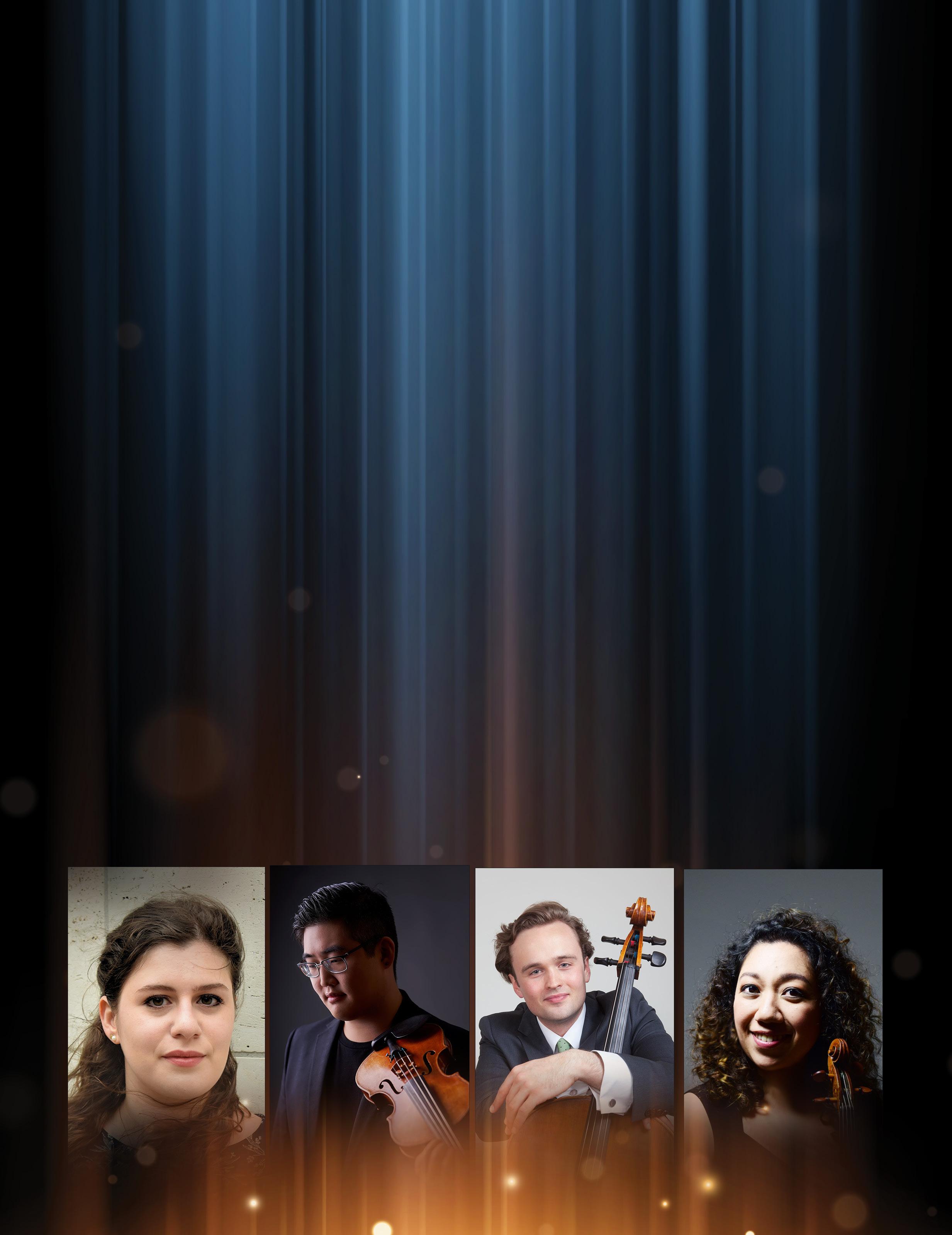
Schumann song and Bartok’s ferocious and folk-inspired Fourth Quartet, and closing with Inuk composer-performer Tanya Tagaq’s Sivunittinni and Haydn’s Opus 76 No. 4 Quartet “Sunrise.”
In recognition of the Cleveland Quartet Award, Aizuri Quartet performs during the 2023-24 season at Chamber Music
Detroit, Market Square Concerts, Friends of Chamber Music
Kansas City, the Smithsonian’s National Museum of Asian Art, and Buffalo Chamber Music Society, where Aizuri will perform the world premiere of Jennifer Higdon’s Azure Waves, written for the Quartet in celebration of the series’ 100th anniversary season. Last season the Quartet performed at Carnegie Hall, Krannert Center for the Performing Arts, and Texas Performing Arts in Austin.
This season, Aizuri Quartet welcomes new members: violist Brian Hong and cellist Caleb van der Swaagh. The Quartet will perform with several notable collaborators including Seth Parker Woods and Kirsten Docter at Chamber Music Detroit, Kim Kashkashian and Marcy Rosen at Philadelphia Chamber Music Society, and clarinetist Kinan Azmeh at Chamber Music Concerts in Ashland, Oregon. Aizuri Quartet will be the inaugural Ensemble-in-Residence with the GRAMMY-winning New York Youth Symphony’s Crescendo, a new program for teenage New York City residents.
The Aizuri believes in an integrative approach to music-making, in which teaching, performing, writing, arranging, curation, and role in the community are all connected. In 2020 the ensemble launched AizuriKids, a free online series of educational videos for children that uses the string quartet as a catalyst for creative learning, featuring themes such as astronomy, American history, and cooking. These vibrant, whimsical, and interactive videos are lovingly produced by the Aizuri and paired with activity sheets to inspire further exploration.
Aizuri Quartet appears by exclusive arrangement with Pink Noise Agency and Cleveland Quartet Award
Sooyun Kim, flute
Bella Hristova, violin
Dmitri Atapine, cello
Ian David Rosenbaum, percussion
Hyeyeon Park, piano
“NEW HORIZONS”

Saturday, October 7, 2023 7:30 PM
CHEN Yi (b.1953)
Qi for Flute, Cello, Percussion and Piano (1997) Kim, Atapine, Rosenbaum, Park
Reena ESMAIL (b.1984)
Nadiya for Flute and Cello (2016) Kim, Atapine
Ellen Taaffe ZWILICH (b.1939)
Fantasy for Solo Violin (2014) Hristova
Osvaldo GOLIJOV (b.1960)
Mariel for Cello and Marimba (1999/2000) Rosenbaum, Atapine
Valerie COLEMAN (b.1970)
Danza de la Mariposa for Solo Flute (2008) Kim
David Serkin LUDWIG (b.1974)
Hashkiveinu for Piano, Violin and Cello (2023)* Park, Hristova, Atapine
*A Friends of Chamber Music Co-Commission in Honor of Dwight and Naomi Arn.
The Friends of Chamber Music is grateful for the generous support from our Presenting Underwriters, Dwight and Naomi Arn
14
1900 BUILDING
CHEN Yi

Qi for Flute, Cello, Percussion and Piano
Composed: 1997
Duration: 12 minutes
Chen Yi writes: Qi, a Chinese character, means air, energy, power and spirit. In my work Qi, I used a mixed combination of western instruments, to create the sound from east, to express my feelings of the Qi abstractly – it’s so untouchable, so mysterious, but so strong and powerful. It melts into air and light, it’s like the space in Chinese paintings, it’s filled into the dancing lines in Chinese calligraphy, it’s the spirit in human’s mind. In my composition, I translate my general feeling of the Qi, the element of nature, into my musical language in a quite free and slow tempo. There are also exaggerated textures with tension, in which I try to sound the inner voices and spirit of human beings, to experience this eternal power.
Dr. Chen Yi is a prolific composer who blends Chinese and Western traditions, transcending cultural and musical differences. Dr. Chen Yi is a recipient of the Ives Living Award from the American Academy of Arts and Letters (2001), serves as Lorena Cravens/Millsap/Missouri Distinguished Professor at the University of Missouri-Kansas City since 1998. Elected to the American Academy of Arts & Sciences (2005) and the American Academy of Arts & Letters (2019), she holds degrees from Central Conservatory, Beijing, and Columbia University, New York. As Composer-in-Residence for Women’s Philharmonic, Chanticleer, and Aptos Creative Arts Center (1993–96), she taught at Peabody Conservatory (1996–98) and is a Distinguished Visiting Professor in China. Honored with fellowships and awards from Guggenheim Foundation, American Academy of Arts and Letters, Fromm Foundation at Harvard University, Koussevitzky Music Foundation, and National Endowment for the Arts, Chen Yi received prizes like the Chinese National Composition Competition (1985, 2012) and the Lili Boulanger Award (1993).
Reena ESMAIL
Nadiya for Flute and Cello
Composed: 2016
Duration: 7 minutes
Reena Esmail writes: Nadiya means ‘rivers’ in Hindi. In this work, I imagine two different streams intersecting — pushing and pulling against one another, tripping over each other, flowing into each other to create mellifluous, cascading melodies. The piece is in a composite of two Hindustani raags: Jog and Vachaspati — both have a light8UI IG and a dark side, and they intermingle to create a luminous surface texture that twists and turns as it finds new points of resonance.
Reena Esmail works between the worlds of Indian and Western classical music and brings communities together through the creation of equitable musical spaces. Esmail holds degrees from The Juilliard School and the Yale School of Music. A resident of Los Angeles, Esmail is the 2020-23 Swan Family Artist in Residence with Los Angeles Master Chorale, and the 2020-21 Composer in Residence with Seattle Symphony. She is a Founder and Artistic Director of Shastra, a non-profit organization that connects the classical music traditions India and the West.
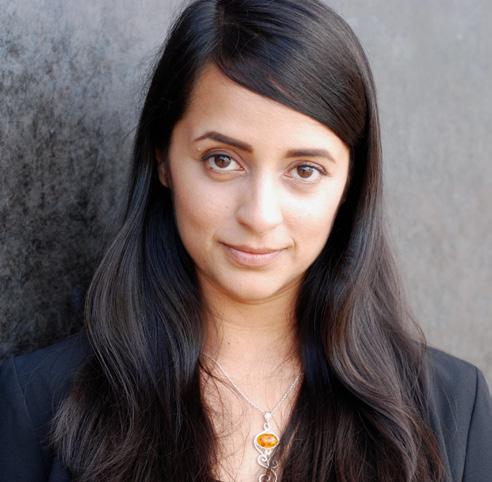
Ellen Taaffe ZWILICH
Fantasy for Solo Violin
Composed: 2014
Duration: 5 minutes
Ellen Taafe Zwilich says in an interview with The Violin Channel:
Fantasy was a commission from the Indianapolis International Violin Competition and each semi-finalist was required to perform the work ... of course, I knew that anyone who got to the semi-finals would have incredible fingers, so I wanted to give them the opportunity to express themselves musically in individual ways ... I hope listeners sit back and let the piece and its performer speak to them ... as I often say, a music score is black marks on white paper, and it’s the performers who breathe life into it ... I still feel the magic involved in all of this - and I hope the listener does, too.
Ellen Taaffe Zwilich, an accomplished American composer, made history as the first woman to receive the Pulitzer Prize in composition. Her musical journey started in childhood, mastering piano, violin, and trumpet. After earning bachelor’s and master’s degrees from Florida State University, she taught in a small South Carolina town. Moving to New York in 1964, she studied violin under Ivan Galamian and performed with the American Symphony Orchestra during a time when female musicians were scarce in major orchestras. In 1975, she achieved another milestone, becoming the first woman to attain a composition doctorate from Juilliard School under Elliott Carter and Roger Sessions. Her tenure as the inaugural composer-in-residence at Carnegie Hall (1995–99) saw the establishment of the “Making Music” series, spotlighting contemporary compositions. Zwilich’s creative output soared since 1975 and notably, her Symphony No. 1 (1982) earned her the Pulitzer Prize, marking a historic achievement. Her diverse compositions include symphonies, concertos, ballets, and chamber works. Zwilich’s music embodies her belief that “music is…color and motion,” connecting the composer, performer, and audience in an intimate circle. Honored throughout her career, she was elected a member of the American Academy of Arts and Letters in 1992 and of the American Academy of Arts and Sciences in 2004.
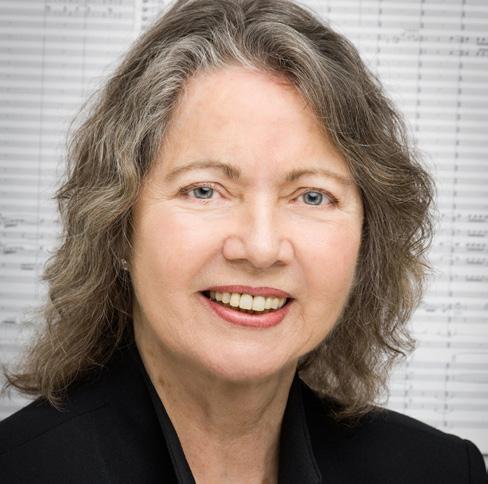
15
Osvaldo GOLIJOV
Mariel for Cello and Marimba
Composed: 1999/2000
Duration: 10 minutes
Osvaldo Golijov writes: I wrote this piece in memory of my friend Mariel Stubrin. I attempted to capture that short instant before grief, in which one learns of the sudden death of a friend who was full of life: a single moment frozen forever in one’s memory, and which reverberates through the piece, among the waves and echoes of the Brazilian music that Mariel loved. The work was written for and premiered by Maya Beiser and Steve Schick.
Osvaldo Golijov’s works include the St Mark Passion; the opera Ainadamar; Azul, a cello concerto; The Dreams and Prayers of Isaac the Blind, for clarinet and string quartet; the song cycles Ayre and Falling Out of Time; and the soundtracks for Francis Ford Coppola’s Tetro and Youth Without Youth. His two most recent works are Um Dia Bom, premiered by Brooklyn Rider, and Ever Yours, premiered by the St Lawrence String Quartet and the Telegraph Quartet. He is currently working on the soundtrack for Francis Ford Coppola’s upcoming film Megalopolis. He was born in La Plata, Argentina, in 1960, and lived in Jerusalem before immigrating to the US in 1986. He is the Composer-in-Residence at The College of the Holy Cross.
Valerie COLEMAN
Danza de la Mariposa for Solo Fulte
Composed: 2008
Duration: 5 minutes
Valerie Coleman writes: Danza de la Mariposa is a rhythmic, melodic tone poem, giving the listener a tour of South America. Inspired by the various species of butterflies inhabiting the continent, this work is full of rich color, with butterflies dancing and weaving in syncopated rhythms while alternating between the feel of 3 over 4 throughout. Its slower sections pay homage to the beautiful and sorrowful sounds in the style of Yaravi, a Peruvian lament song. The melodies and rhythm eventually evolve into the spirit and syncopation of Argentinean concert tango, and the conclusion returns to the feel of Yaravi.
Valerie Coleman is a celebrated composer, GRAMMY®nominated flutist, and entrepreneur. Noted as a “Top 35 Women Composer” by The Washington Post, she received Performance Today’s 2020 Classical Woman of the Year honor. Her works have earned MAPFund, ASCAP Honors, and Chamber Music America’s accolades. “Umoja, Anthem for Unity” is lauded as one of Chamber Music America’s “Top 101 Great American Ensemble Works.” Recent premieres include “Fanfare for Uncommon Times” and “Seven O’Clock Shout” commissioned by The Philadelphia Orchestra. Coleman’s
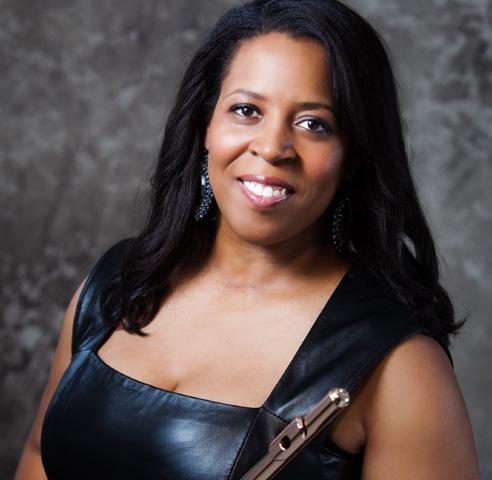
orchestral arrangement of “Umoja” marked The Philadelphia Orchestra’s first performance of a living female AfricanAmerican composer’s work. In 2022, her new song cycle debuts. Founder of Imani Winds and a member of Umama Womama trio, Coleman is an accomplished performer. She’s an educator, hosting masterclasses globally, and an advocate for the arts. She’s affiliated with esteemed institutions and engages in various music-related roles. Her compositions are published by Theodore Presser and VColeman Music. Based in New York City, Coleman’s influence pervades the music world.
David Serkin LUDWIG
Hashkiveinu for Piano, Violin and Cello
Composed: 2023
A co-commission by the Friends of Chamber Music Kansas City in honor of Dwight and Naomi Arn, Chamber Music Society of Lincoln Center, Music@Menlo Festival and Chamber Music Institute, and Apex Concerts. Duration: 15 minutes
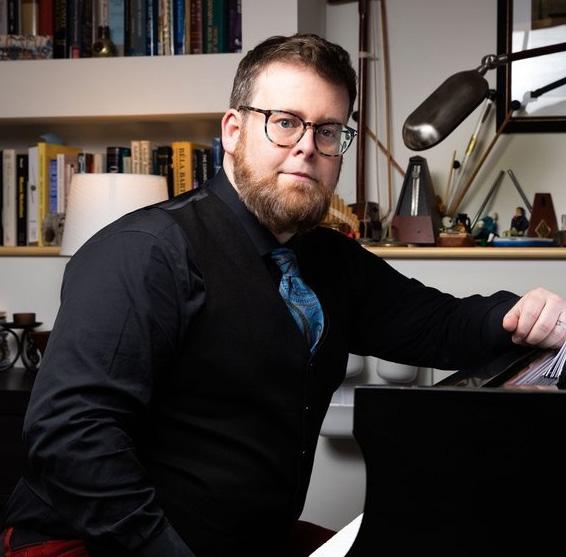
David Serkin Ludwig writes:
The “Hashkiveinu” is a Hebrew prayer said at night in preparation for sleep, both in sacred services and in quiet moments alone. It is a prayer of supplication, asking for shelter and protection through the night so that one can be sure to wake the next day. We can imagine the dangers that came after sundown for the ancient people who first uttered the words of the Hashkiveinu, and how saying the prayer could have given a feeling of calm and security in asking a higher power to guard them as they slept.
The Hashkiveinu is the inspiration for my fourth piano trio, as well. The piece has no words but seeks to capture both the fear and hopes described in the prayer. It begins resolutely and returns repeatedly to a series of cantillated melodies set to overlap as if multiple people are singing the same chant–just not quite at the same time. Out of these close canons come long passages of dreaming music which get interrupted by darker interjections. The piece itself is about cycles of day to night, the clearly illuminated and the opaque, and the space that strength and openness share together.
My brother-in-law Joel Doerfler was my friend, mentor, and as close to a father figure as I could ask for in my formative years. He passed away this spring after an illness that brought about rapid deterioration of his mind and body: one day he was the Joel I always knew and two months later he was gone. He was not religious (nor am I for that matter), but this prayer for protection in our most vulnerable moments felt only appropriate to offer in his memory.
David Serkin Ludwig’s first memory was singing Beatles songs with his sister; his second was hearing his grandfather perform at Carnegie Hall; foreshadowing a diverse career collaborating
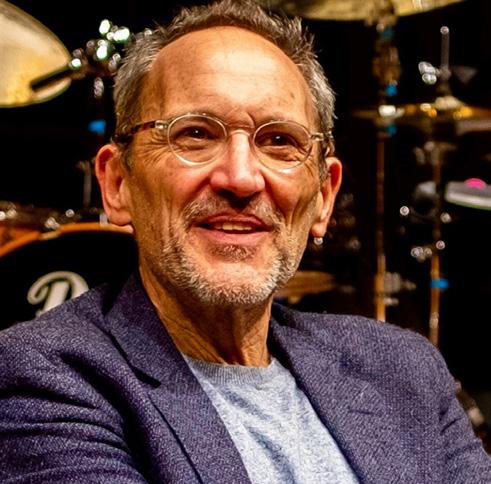
16
with many of today’s leading musicians, filmmakers, and writers. His choral work “The New Colossus,” opened the private prayer service for President Obama’s second inauguration. The next year NPR Music named him in the world’s “Top 100 Composers Under Forty.” He holds positions and residencies with nearly two dozen orchestras and music festivals in the US and abroad.
Ludwig has received commissions and notable performances from many of the most recognized artists and ensembles of our time, including the Philadelphia, Pittsburgh, Minnesota, and National Symphony Orchestras, Chamber Music Society of Lincoln Center, the Dresden Music Festival, as well as Jonathan Biss, Jeremy Denk, Jennifer Koh, Jaime Laredo, David Shifrin, eighth blackbird, the Dover and Borromeo Quartets, Imani Winds, and the PRISM Saxophone Quartet and conductors Yannick Nezet Sequin, Manfred Honeck, Juanjo Mena, and JoAnn Falletta.
This year Ludwig was honored by the American Academy of Arts and Letters as recipient of their annual award in music. In 2022 Ludwig was awarded the Stoeger Prize from the Chamber Music Society of Lincoln Center, the largest of its kind for chamber music. He received the prestigious 2018 Pew Center for the Arts and Heritage Fellowship, as well as the First Music Award, and is a two-time recipient of the Independence Foundation Fellowship, a Theodore Presser Foundation Career Grant, and
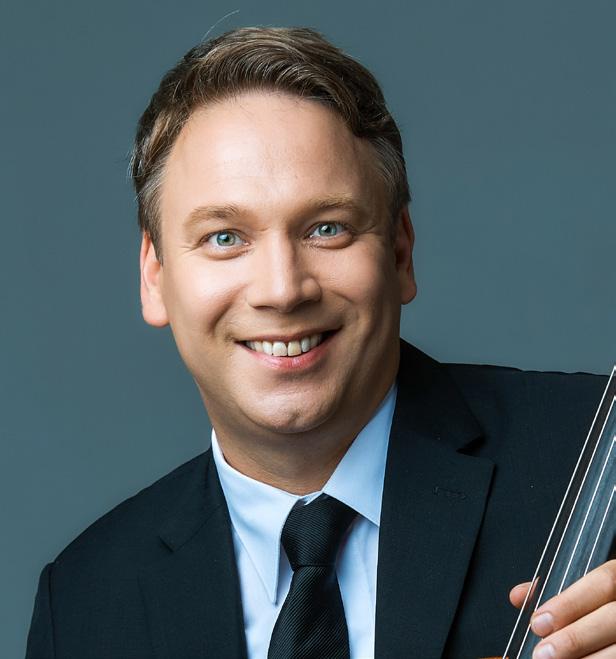
awards from New Music USA, the American Composers Forum, American Music Center, Detroit Chamber Winds, and the National Endowment for the Arts.

In 2021 Ludwig was named a Steinway Artist by Steinway and Sons. He served on the composition faculty of The Curtis Institute of Music for nearly two decades before being appointed Dean and Director of Music of The Juilliard School in June 2021. He lives in New York City with his wife, acclaimed violinist Bella Hristova, and their four beloved cats.
Dmitri Atapine has been described as a cellist with “brilliant technical chops” ( Gramophone ), whose playing is “highly impressive throughout” ( The Strad ). He has appeared on some of the world’s foremost stages. An avid chamber musician, he frequently performs with the Chamber Music Society of Lincoln Center and is an alum of the Bowers Program. He is a frequent guest at leading festivals, including Music@Menlo, La Musica Sarasota, Pacific, Aldeburgh, Aix-en-Provence, and Nevada. His performances have been broadcast nationally in the US, Europe, and Asia. His many awards include first prize at the Carlos Prieto Cello Competition, as well as top honors at the Premio Vittorio Gui and Plowman chamber competitions. He has collaborated with such distinguished musicians as Cho-Liang Lin, Paul Neubauer, Ani and Ida Kavafian, Wu Han, Bruno Giuranna, David Finckel, David Shifrin, and the Emerson Quartet. His many recordings include a critically acclaimed world premiere of Lowell Liebermann’s complete works for cello and piano. He holds a doctorate from the Yale School of Music, where he was a student of Aldo Parisot. Atapine is Professor of Cello at the University of Nevada, Reno, and is Artistic Co-Director of the Friends of Chamber Music Kansas City, Apex Concerts (Reno, Nevada), and the Ribadesella Chamber Music Festival (Spain), as well as the Co-Director of the Young Performers Program at Music@Menlo Chamber Music Institute (California).
Dmitri Atapine, cello
Bella Hristova, violin
Bulgarian-American violinist Bella Hristova has won international acclaim for her “expressive nuance and rich tone” (New York Times) and “impressive power and control” (Washington Post). She has distinguished herself on the world stage as a performing artist with a remarkably diverse repertoire and bold approach to programming. A recipient of the prestigious Avery Fisher Career Grant, she has won numerous awards including First Prize in the Michael Hill International Violin Competition, First Prize in the Young Concert Artists International Auditions, and is a Laureate of the International Violin Competition of Indianapolis.
In addition to her many appearances with orchestras, Hristova performs frequently with The Chamber Music Society of Lincoln Center and has held residencies at top conservatory and summer music festival programs as a recitalist. She has performed recitals at Carnegie Hall, Merkin Concert Hall, the Kennedy Center in Washington, DC, and Boston’s Isabella Gardner Museum.
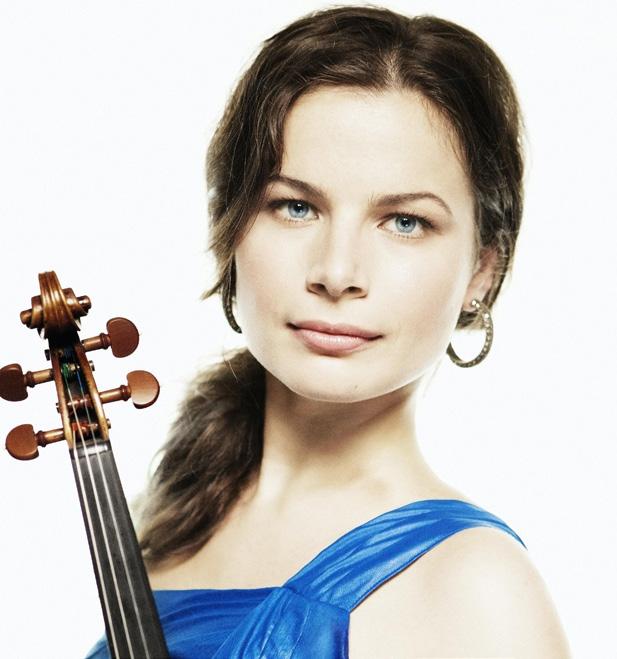
Hristova began violin studies at the age of six in her native Bulgaria. After gaining accolades following master classes in Salzburg with Ruggiero Ricci, she studied with Ida Kavafian at the Curtis Institute of Music in Philadelphia, and received her Artist Diploma with Jaime Laredo at Indiana University. Hristova plays a 1655 Nicolò Amati violin, once owned by the violinist Louis Krasner. She lives in New York City, with her husband David and their four beloved (but poorly behaved) cats.
Sooyun Kim, flute
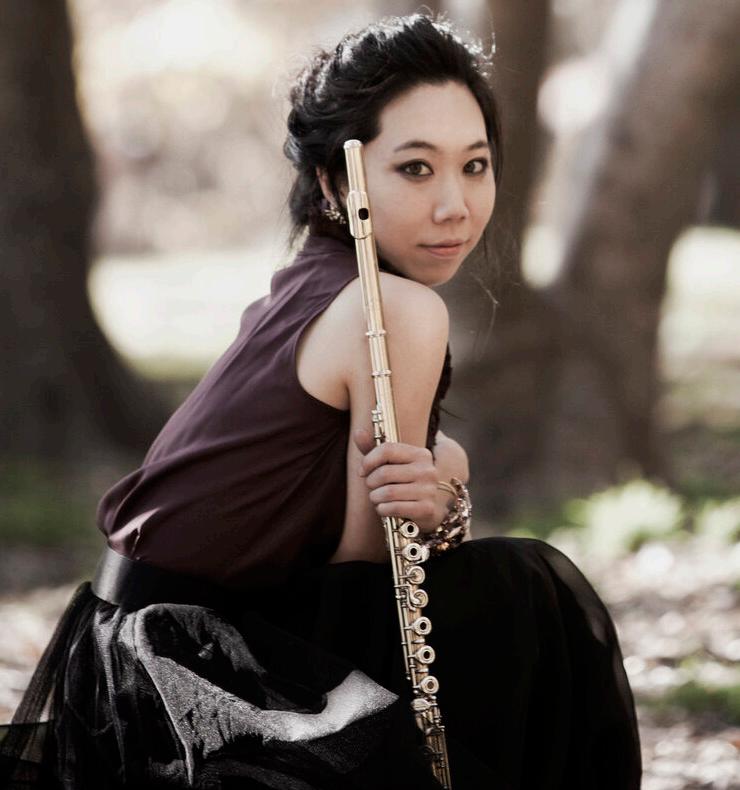
Praised as “a rare virtuoso of the flute” by Libération, Sooyun Kim has established herself as one of the rare flute soloists on the classical music scene. Since her concerto debut with the Seoul Philharmonic Orchestra, she has enjoyed a flourishing career performing with orchestras, including the Bavarian Radio Symphony, Munich Philharmonic, Munich Chamber Orchestra, and Boston Pops. She has been presented in recital in Budapest’s Liszt Hall, Millennium Stage at the Kennedy Center, Sibelius Academy in Helsinki, and Kobe’s Bunka Hall. Her European debut recital at the Louvre was streamed live on medici.tv. A winner of the Georg Solti Foundation Career Grant, she has received numerous international awards and prizes including the third prize at the ARD International Flute Competition. Her summer appearances include the Music@Menlo, Spoleto USA, Yellow Barn, Rockport, Olympic, Charlottesville, Ravinia, and Tanglewood festivals. Her special interest in interdisciplinary art has led her to collaborate with many artists, dancers, and museums around the world such as Sol Lewitt, the Isabella Stewart Gardner Museum, and Glassmuseet Ebeltoft in Denmark. She choreographed and performed in dance works for Chamber Music Northwest and the Tivoli Dance Troupe in Denmark. An alum of CMS’s Bowers Program, she studied at the New England Conservatory under the tutelage of Paula Robison. She is currently on the faculty of the Longy School of Music of Bard College and teaches summer courses at Orford Musique. Kim plays a rare 18-karat gold flute specially made for her by Verne Q. Powell Flutes.

Hyeyeon Park, piano
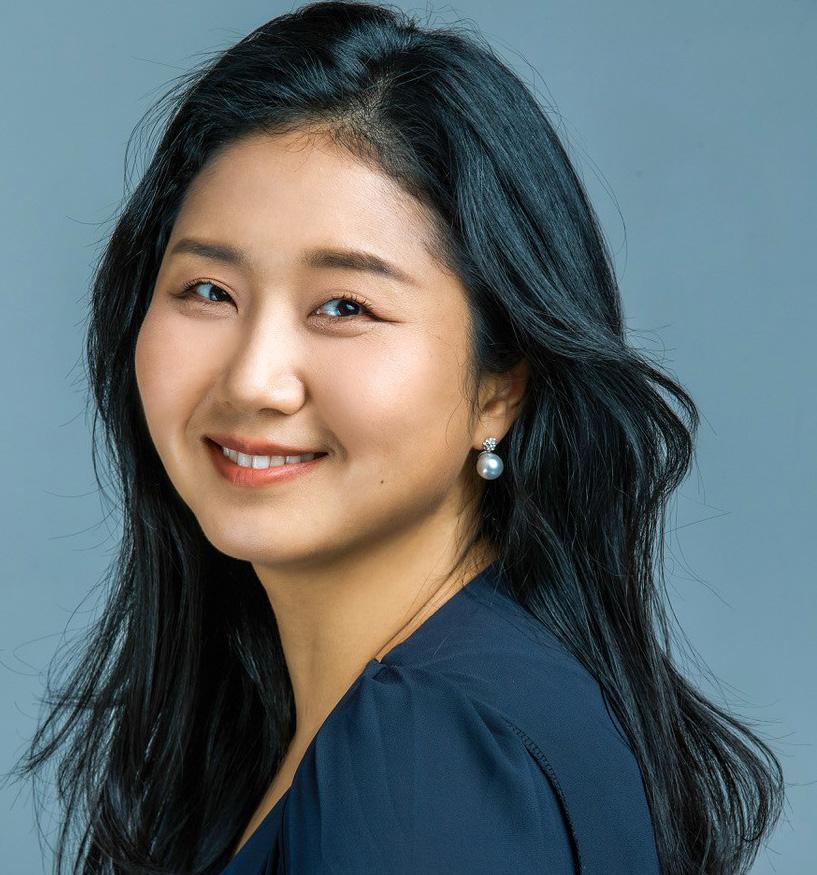
Described as “a pianist with power, precision, and tremendous glee” by Gramophone magazine, pianist Hyeyeon Park is highly in demand as a soloist and chamber musician at the most prestigious venues, concert series, and festivals around the world. She has performed with orchestras such as the Seoul Philharmonic, KNUA Symphony Orchestra, Incheon Philharmonic, Gangnam Symphony, and Seoul Festival Orchestra, among others. She is a frequent guest with the Chamber Music Society of Lincoln Center, Chamber Music Northwest, Emerald City Music, Kumho Chamber Society, etc. Hyeyeon has performed at Carnegie Hall, Kennedy Center, Lincoln Center, and Seoul Arts Center, where she was named Artist of the Year. Prizewinner of numerous international competitions such as Oberlin, Hugo Kauder, Corpus Christi, Maria Canals, Ettlingen, and Prix Amadèo, she directs Apex Concerts, Friends of Chamber Music Kansas City as well as the Young Performers Program at Music@Menlo. Recently named the artistic co-director of Friends of Chamber Music Kansas City, she holds a masters from Yale School of Music and a doctorate from Peabody Conservatory of Johns Hopkins University. She is an Associate Professor of Piano at the University of Nevada, Reno. Her first solo CD recording, Klavier 1853 , was released on the Blue Griffin label.
Praised for his “spectacular performances” (Wall Street Journal), and his “unfailing virtuosity” ( Chicago Tribune ), GRAMMY®-nominated percussionist Ian Rosenbaum has developed a musical breadth far beyond his years.
As a passionate advocate for contemporary music, Mr. Rosenbaum has premiered over one hundred new chamber and solo works. He has collaborated with and championed the music of established and emerging composers alike.
Mr. Rosenbaum was nominated for three GRAMMY® awards in 2021 for his performances on albums of music by Andy Akiho and Christopher Cerrone, including two nominations for Seven Pillars, an album by Sandbox Percussion released on Aki Rhythm Productions, a record label that Mr. Rosenbaum and Mr. Akiho founded in 2021.
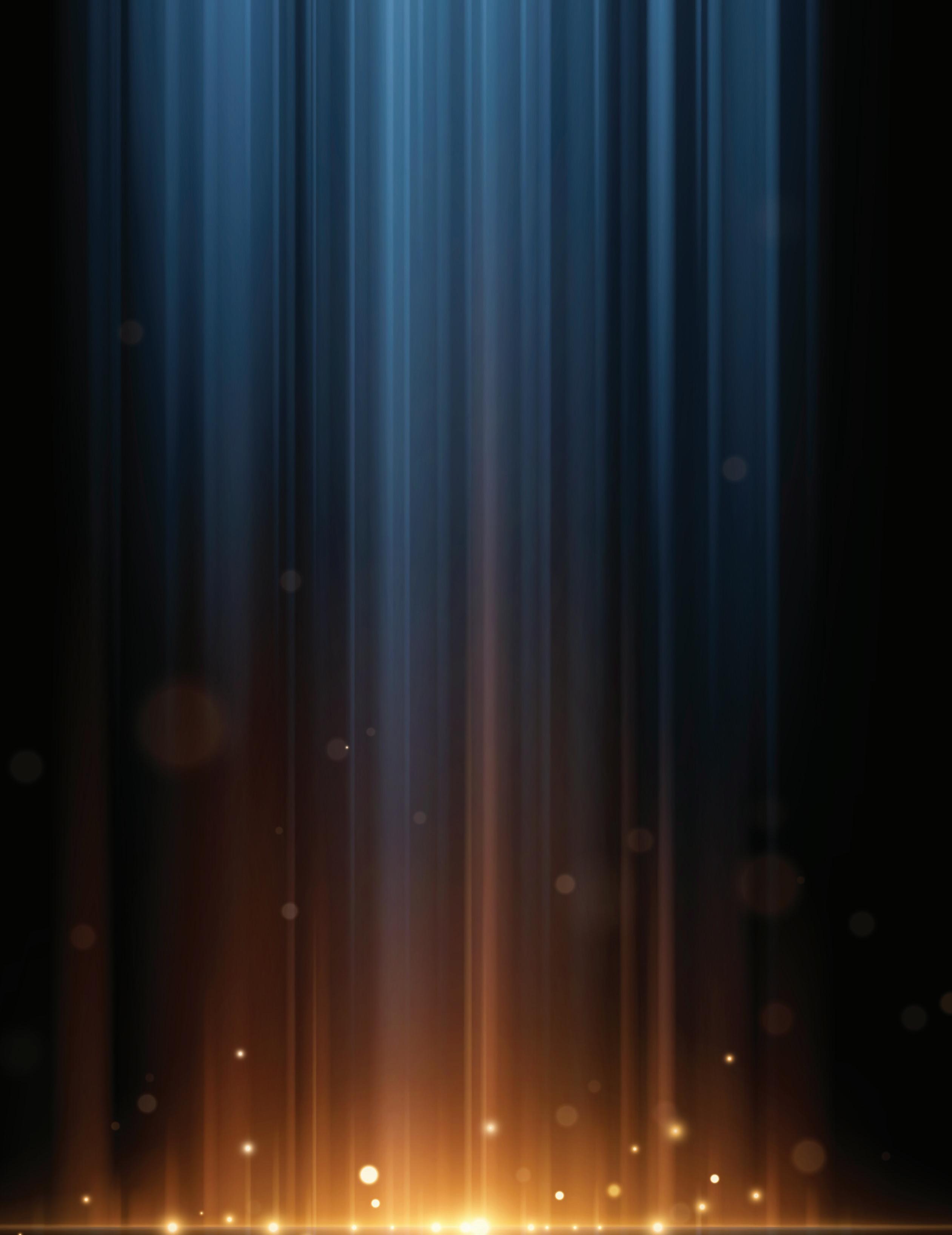
In 2012 Mr. Rosenbaum joined the Chamber Music Society of Lincoln Center’s Bowers Program (formerly CMS Two) as only the second percussionist they have selected in their history, and has performed regularly with CMS since then.
Mr. Rosenbaum is a founding member of Sandbox Percussion, the Percussion Collective, and the Pittsburgh New Music Ensemble. He has recorded for the Bridge, Innova, Naxos, and Starkland labels and is on faculty at the Mannes School of Music and the University of Missouri-Kansas City. Mr. Rosenbaum endorses Pearl/Adams instruments, Vic Firth mallets, and Remo drumheads.
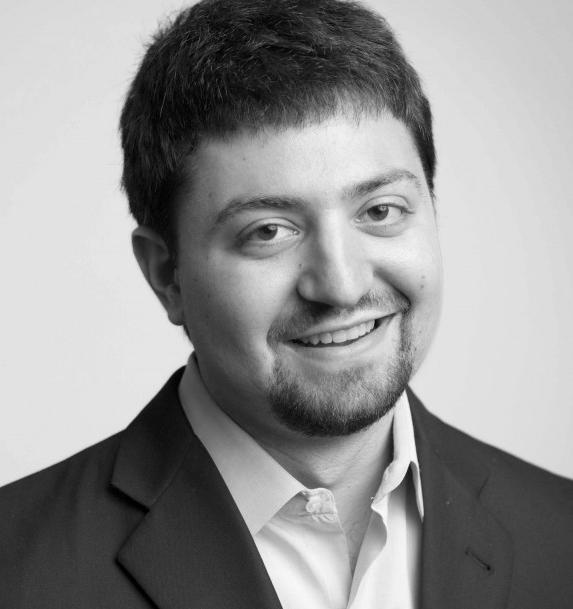 Ian David Rosenbaum, percussion
Ian David Rosenbaum, percussion
VOCES8
Saturday, October 21, 2023 7:30 PM
VILLAGE PRESBYTERIAN CHURCH
The Friends of Chamber Music Early Music Series
Orlando GIBBONS (1538-1625) O Clap Your Hands Drop, Drop Slow Tears
Arvo PÄRT (b.1935) The Deer’s Cry
VOCES8
Andrea Haines, soprano
Molly Noon, soprano
Katie Jeffries-Harris, alto
Barnaby Smith, alto and artistic director
Blake Morgan, tenor
Euan Williamson, tenor
Christopher Moore, baritone
Dominic Carver, bass
The Friends of Chamber Music is proud to host the Kansas City debut of VOCES8.
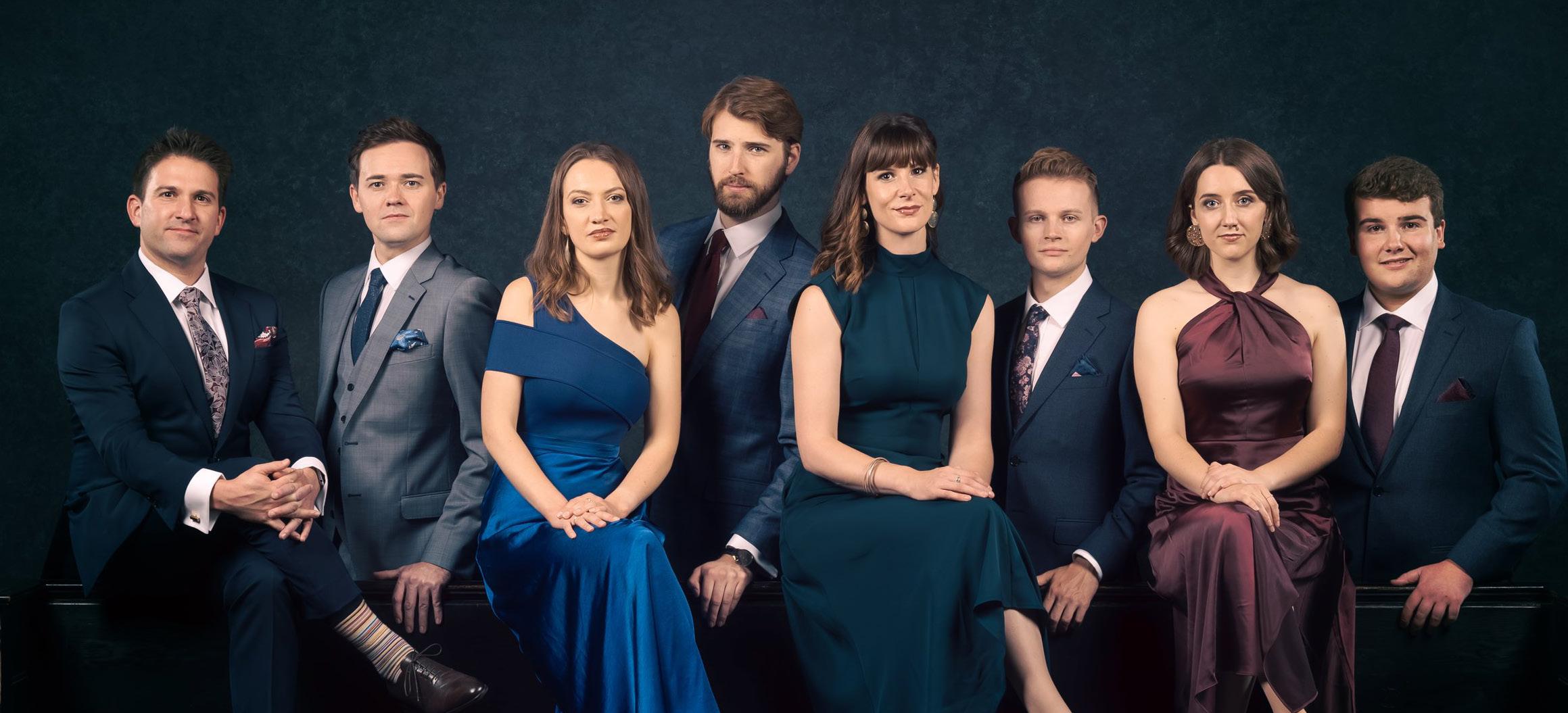
Sergei RACHMANINOFF (1873-1943) Bogoroditse Devo (Ave Maria)
Jake RUNESTAD (b.1986) Let My Love Be Heard
Paul SMITH (b.1981) Nunc Dimittis
Ola GJEILO (b.1978) Ubi Caritas
Caroline SHAW (b.1982) and the swallow
Edward ELGAR (1857-1934) Lux Aeterna from ‘Nimrod’ (arr. James Cameron)
Claudio MONTEVERDI (1567-1643) Book VI: Lagrime d’Amante al Sepolcro dell’Amata
Thomas WEELKES (1576-1623) As Vesta Was
Orlando di LASSO (1532-1594) Dessus le marché d’Arras
Kate RUBY (b.1973) Underneath the Stars (arr. Jim Clements)
Wallace WILLIS (c.1820-c.1880) Steal Away (arr. David Blackwell)
Gregorio ALLEGIERI (1582-1652) Miserere Mei, Deus
The Friends of Chamber Music is grateful for the generous support from our Presenting Underwriter, Richard J. Stern Foundation for the Arts - Commerce Bank, Trustee , and Supporting Underwriter, Marilyn A. W. Gaar and Norman E. Gaar, Esq. and Marshall and Kathleen Kilway Miller
20
Orlando Gibbons was the leading composer of early seventeenth century England, famous for his organ playing and his compositions, including sacred motets, secular madrigals, and instrumental pieces for keyboard and viol. Like William Byrd and his contemporaries – whose music will be explored by the ensemble Chanticleer in its season-concluding concert on May 3, 2024 – Gibbons was long associated with the Chapel Royal, the choral group that served the Royal Family. Toward the end of his life, Gibbons also served as organist at Westminster Abbey. One of Gibbons’s most famous anthems is O Clap Your Hands Together, based on Psalm 47. There have been suggestions that Gibbons was awarded a Doctorate of Music degree late in his life, in 1622, and that this anthem was his qualifying exercise for the degree. True or not, the motet’s rich eightvoice polyphony makes for an admirable concert opener. Entirely different from its exultation is the consoling hymn Drop, drop slow tears.
From nearly 400 years later, but working in a similar musical space, is one of the most famous composers of the present day, Arvo Pärt, who turned 88 last month. Pärt was born and trained in Estonia. Having grown disillusioned with the modern composing techniques then in favor, he spent years finding a new way forward. The result was a style called tintinnabuli, from the Latin tintinnabulum or “little bell,” in which the melody line and its harmonies become a single unit, evoking the ringing of bells as well as the vocal music of the Middle Ages and Renaissance. The Deer’s Cry, from 2007, sets part of a traditional prayer, St. Patrick’s Breastplate, attributed to the patron saint of Ireland. According to the legend, knowing that he and the monks with him were going to be ambushed and killed, St. Patrick led his men through the woods reciting a prayer: “Christ with me, Christ before me, Christ behind me...” Their enemies saw them as a mother deer with calves, and St. Patrick and his monks were saved.
Sergei Rachmaninoff is well-known for his virtuoso compositions featuring the piano. Despite not being a regular church attendee, Rachmaninoff also composed a number of large a capella religious choral works, one of which is the All-Night Vigil, Op. 37, composed in just two weeks in early 1915. Based on traditional chant melodies and style, the piece includes settings of texts taken from the Russian Orthodox Vigil ceremony. Rachmaninoff regarded this as one of his favorite compositions. The text of its sixth movement, the haunting Bogorodishche Devo, is based on the familiar text Ave Maria.
Composer-conductor Jake Runestad has been called a “choral rockstar” (American Public Media). His Let My Love Be Heard was inspired by terrorist attacks in Paris and Beirut. As described by Runestad himself, “Jonathan Talberg, the conductor of the choir at Cal State Long Beach, led his singers in a performance [of another piece] during the memorial vigil for Nohemi Gonzalez, a Long Beach student who was killed in the Paris attacks. The day after the vigil, the choir was supposed to begin rehearsing holiday music; however, Jonathan felt that was not appropriate and wanted time for the singers to grieve this loss … he passed out a brand new piece of music (Let My Love Be
Heard), rehearsed it, and then recorded it. Their musical offering is a powerful outpouring of grief but also a glimmer of light. I am honored that this piece has helped to provide hope in the darkness of our world.”
Baritone, composer, conductor, and educator Paul Smith was one of the co-founders, with his brother Barnaby, of VOCES8 in 2003. He is the author of The VOCES8 Method, which “is designed to link specific music-making activities with academic improvement in numeracy, literacy and linguistics.” Although he no longer performs with VOCES8, he continues to compose and arrange for them, as well as serving as CEO of The VOCES8 Foundation. An online comment said this of his setting of Nunc Dimittis, also known as the Canticle or Song of Simeon (from the second chapter of the Gospel of Luke): “Commonly performed at the end of night services, you can take it as our wish to you for courage and comfort as we each make our way into an unknown night.”
Ola Gjeilo was born in 1978 in Norway. Attracted from an early age to both jazz and classical music, Gjeilo studied piano and improvisation on his own, then pursued formal studies at London’s Royal College of Music and The Juilliard School. He is best-known for his choral music, including one of his most-performed pieces, Ubi caritas. Gjeilo writes of it: “This short work is one of my first choral pieces, written in 1999. After having sung Maurice Duruflé’s incredible Ubi Caritas in high school (one of my absolute favorite choral works of all time), I wanted to humbly try my own hand at this beautiful, timeless text. The work is very much influenced by Gregorian chant and Early Music, though not based on any existing medieval material.”
Felix Mendelssohn originally composed the motet in eight voices Denn er hat seinen Engeln befohlen (For He shall give His angels charge) in 1844 for the choir of the Berlin Cathedral. It was dedicated to Friedrich Wilhelm IV, King of Prussia, who had recently survived an assassination attempt. A couple of years later, Mendelssohn added orchestral accompaniment and made the motet part of his oratorio Elijah. The text is from Psalm 91, translated by Martin Luther. The first line is sung by the four upper voices in homophony, beginning quietly, then soon answered by the lower voices. The same antiphonal approach holds for the second line. The second verse begins similarly, but grows more chromatic and dense in texture before its serene ending.
Caroline Shaw is the youngest ever recipient of the Pulitzer Prize for Music, winning it at age 30 for her Partita for 8 Voices. She has also won several Grammy Awards, as well as an honorary doctorate from Yale. Along with her composing, she is a singer, both as a solo artist and with the group Roomful of Teeth, and a violinist. New York’s Lincoln Center commissioned Shaw to write a psalm setting for The Psalms Experience, a festival of choral settings of all 150 psalms by 150 different composers. For her and the swallow, Shaw chose Psalm 84, which is often read at the dedication of new churches, in part for its sense of homecoming: “The sparrow found a house, and the swallow her nest, where she may raise her young.” Shaw men-
21
tioned both the Syrian refugee crisis and the humanitarian crisis on the U.S. southern border as inspirations for her work.
One of the most famous of Sir Edward Elgar’s orchestral compositions is his Enigma Variations, Op. 36. Composed over 1898 and 1899, it is a set of 14 variations, each of which is a musical portrait of one of Elgar’s family members or friends. One variation, the ninth, has won a fame of its own. Titled Nimrod, it is a portrait of Augustus J. Jaeger, Elgar’s editor and publisher. (Jäger in German means “hunter,” and Nimrod was a hunter of the Old Testament.) This memorable music evokes Jaeger’s support of Elgar, his years of encouragement and advice. John Cameron’s arrangement combines Elgar’s music with the Lux aeterna text: “Lux aeterna luceat eis, Domine, cum sanctis tuis in aeternum, quia pius” (“May light eternal shine upon them, O Lord, with Thy saints forever”).
Claudio Monteverdi was one of the greatest composers of the Renaissance, and a pioneer in the development of opera. Monteverdi pursued his career first at the court of Mantua, and then until his death in Venice, where he served as maestro di cappella at the basilica of San Marco. Although a lot of his music has been lost over the centuries, much still remains, including three operas, large religious works, and nine books of secular madrigals. Book 6 of his madrigals, published in 1614, was his first publication after taking his position at St. Mark’s. Lagrime d’amante al sepolcro dell’amata (Tears of a lover at the tomb of the beloved), a madrigal in six parts, is a lament on the death in 1608 of singer Caterina Martinelli, a favorite pupil of Monteverdi’s who died of smallpox at just eighteen, right before she was to sing the premiere of Monteverdi’s now-lost opera L’Arianna
Thomas Weelkes, whose music is part of Chanticleer’s concert in this series next May, served as organist at both Winchester College and Chichester Cathedral. His compositions include four volumes of madrigals, anthems, and services for the Anglican Church. As Vesta Was, from Latmos Hill Descending was published by his friend Thomas Morley, another great composer of madrigals whose music will also be performed by Chanticleer. Madrigal writers of this time were known for their word painting, illustrating the words with musical effects, and one hears many examples in Weelkes’s delightful work.
Orlando di Lasso was, along with Giovanni Pierluigi da Palestrina and Tomás Luis de Victoria, one of the great composers of the late Renaissance. He achieved international fame as maestro di cappella at the Bavarian court, where he served from 1556 until his death thirty-eight years later. He was very prolific, writing in all the main secular forms of the time, including songs in German, Dutch, and Latin, Italian madrigals, and French chansons, of which he wrote around 150. Dessus le marché d’Arras, for six voices, was published in Paris in 1584. Possibly based on a popular song of the day, it includes quick changes of meter and rapid patter evoking a bustling marketplace where a “Spaniard” tells a young girl that she could “make good money there.”
Kate Rusby is an English folk singer-songwriter who was called by The Guardian “a superstar of the British acoustic scene.” After learning to sing and play guitar, fiddle, and piano, she performed at folk festivals before joining the bands The Poozies and Equation. Her first solo album from 1997 has been followed by a dozen or more albums, including several Christmas collections. The lovely title track of her 2003 album Underneath the Stars, her fourth solo effort, was arranged by Jim Clements. With its repeated refrain “go gently,” Underneath the Stars has become one of VOCES8’s most-requested songs.
The spiritual Steal Away was composed by Wallace Willis, a slave of a Choctaw freedman, sometime before 1862. Alexander Reid, a minister at a Choctaw boarding school, heard Willis singing the song and transcribed the words and tune. He then sent the music to the Jubilee Singers of Fisk University in Tennessee, who helped to make the song famous in the 1870s. Like many spirituals, Steal Away was not only an expression of religious faith, but also a coded message for slaves to engage in resistance, or escape.
Gregorio Allegri was a Roman Catholic priest and composer. His sacred works brought him to the attention of Pope Urban VIII, who got him an appointment to the choir of the Sistine Chapel at Rome, a position he held from 1629 until his death in 1652. Allegri’s most famous composition is his Miserere mei, Deus, a setting of Psalm 51 dating from sometime during the late 1630s. For years it was sung exclusively at the Sistine Chapel during Holy Week. Wanting to preserve the aura of mystery that has surrounded the work, the Vatican didn’t allow copies, although an unauthorized one was supposedly made by the fourteenyear-old Wolfgang Amadeus Mozart, who had heard the work and transcribed it from memory. The Miserere is written for two choirs of five and four voices, which sing alternately and then join to sing the ending in 9-part polyphony.
Program notes by Chris
Morrison
22
VOCES8
The 2023 Grammy-nominated British vocal ensemble VOCES8 is proud to inspire people through music and share the joy of singing. Touring globally, the group performs an extensive repertory both in its a cappella concerts and in collaborations with leading musicians, orchestras, conductors and soloists. Versatility and a celebration of diverse musical expression are central to the ensemble’s performance and education ethos which is shared both online and in person.
VOCES8 has performed at many notable venues since its inception in 2005 including Wigmore Hall, Elbphilharmonie Hamburg, Berlin Philharmonie, Cité de la Musique Paris, Vienna Konzerthaus, Tokyo Opera City, NCPA Beijing, Sydney Opera House, Mariinsky Theatre Concert Hall, Victoria Concert Hall Singapore, Palacio de Bellas Artes Mexico City amongst many others. This season they perform over 100 concerts in the UK, across Europe, the USA, Australia and Asia.
They have collaborated in concert and in the recording studio with musicians including Paul Simon, Jacob Collier, Eric Whitacre, Christopher Tin, Olafur Arnalds, Rachel Podger, Jack Liebeck, Bomsori Kim, Jonathan Dove, the English Chamber Orchestra, the Royal Philharmonic Orchestra, the Philharmonia Orchestra and others.
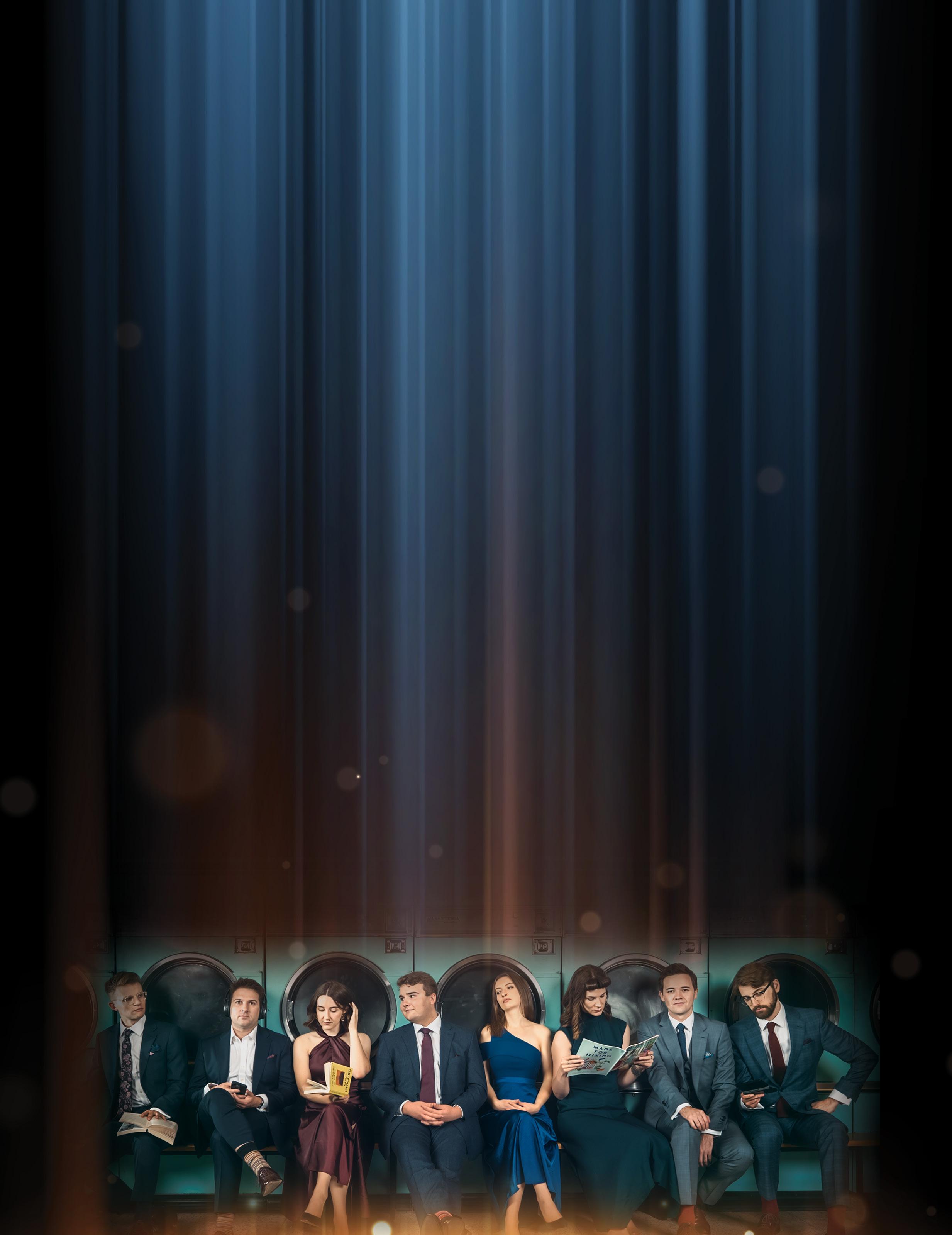
VOCES8 is passionate about music education and is the flagship ensemble of music charity the VOCES8 Foundation which actively promotes ‘Music Education For All’. Engaging in a broad range of in-person outreach work that reaches up to 40,000 people a year, the Foundation runs an annual programme of workshops and masterclasses at the VOCES8 Centre at St Anne & St Agnes Church, London. Dedicated to supporting promising young singers, VOCES8 awards eight annual choral scholarships through the VOCES8 Scholars initiative. These scholarships are linked to the annual Milton Abbey Summer School at which amateur singers of all ages learn and perform with VOCES8. Through the separate VOCES8 USA Foundation there is another set of twelve talented Scholars.
VOCES8’s entrepreneurial and community spirit is fostered by Co-Founders Paul and Barnaby Smith. The Covid-19 pandemic gave the impetus for VOCES8 to transform its already exceptional offerings, nurturing a new online audience community providing a chance to engage with classical music in new ways. Pioneering initiatives include the LIVE From London online festival and the VOCES8 Digital Academy.
LIVE From London was created as a specific response to the pandemic. Winning praise for its collaborative approach with artists, press and audiences around the world the team has delivered ten digital festivals to date, broadcasting over 100 concerts and selling 250,000 tickets around the world. The VOCES8 Digital Academy is an online choral programme for high schools, colleges and individuals featuring live interaction with members of the ensemble, live and recorded lectures, and video resources to learn and perform music from the renaissance to today. Both LIVE From London and the Digital Academy is filmed by VOCES8 Studios, the in-house recording company.
Alongside their online work VOCES8 is heard regularly on albums, international television and radio. The ensemble is a Decca Classics artist, also releasing on its own label, VOCES8 Records. The Decca Classics recording of Christopher Tin’s “The Lost Birds” featuring VOCES8 and the Royal Philharmonic Orchestra was nominated for a Grammy-Award in 2023. The newest albums are “Home” conducted by Eric Whitacre, featuring his extraordinary work “The Sacred Veil” which reached the top of the classical charts in both the UK and USA, and “Seven Psalms” by Paul Simon in which VOCES8 was thrilled to participate. In the run-up to Christmas 2023 VOCES8 joins its own Foundation Choir and Orchestra in “A Choral Christmas”, a joyful selection of favourite carols with sparkling new arrangements for choir and featuring the premiere recording of Taylor Scott Davis’s “Magnificat”.
VOCES8 is proud to be working with Ken Burton as the group’s Composer-in-Residence and Jim Clements as Arranger-in-Residence. The ensemble has premiered commissions from Jonathan Dove, Roxanna Panufnik, Roderick Williams, Paul Smith, Jocelyn Hagen, Melissa Dunphy, Ken Williams, Taylor Scott Davis, Alexander Levine, Alexia Sloane, Alec Roth, Ben Parry, Ola Gjeilo, Mårten Jansson, Philip Stopford, Graham Lack, Thomas Hewitt Jones and Owain Park. They publish arrangements of its music, original compositions and educational material with the new digital VOCES8 Publishing house, and with Edition Peters. The VOCES8 Method written by Paul Smith is a renowned and unique teaching tool now available in four languages that adopts music to enhance development in numeracy, literacy and linguistics.
VOCES8 appear by exclusive arrangement with Opus 3 Artists
QUARTETTO di CREMONA
Saturday, October 28, 2023 7:30 PM
GRACE & HOLY TRINITY CATHEDRAL
The William T. Kemper International Chamber Music Series
QUARTETTO di CREMONA
Cristiano Gualco, violin
Paolo Andreoli, violin
Simone Gramaglia, viola
Giovanni Scaglione, cello
The Friends of Chamber Music is proud to host the Kansas City debut of Quartetto di Cremona.
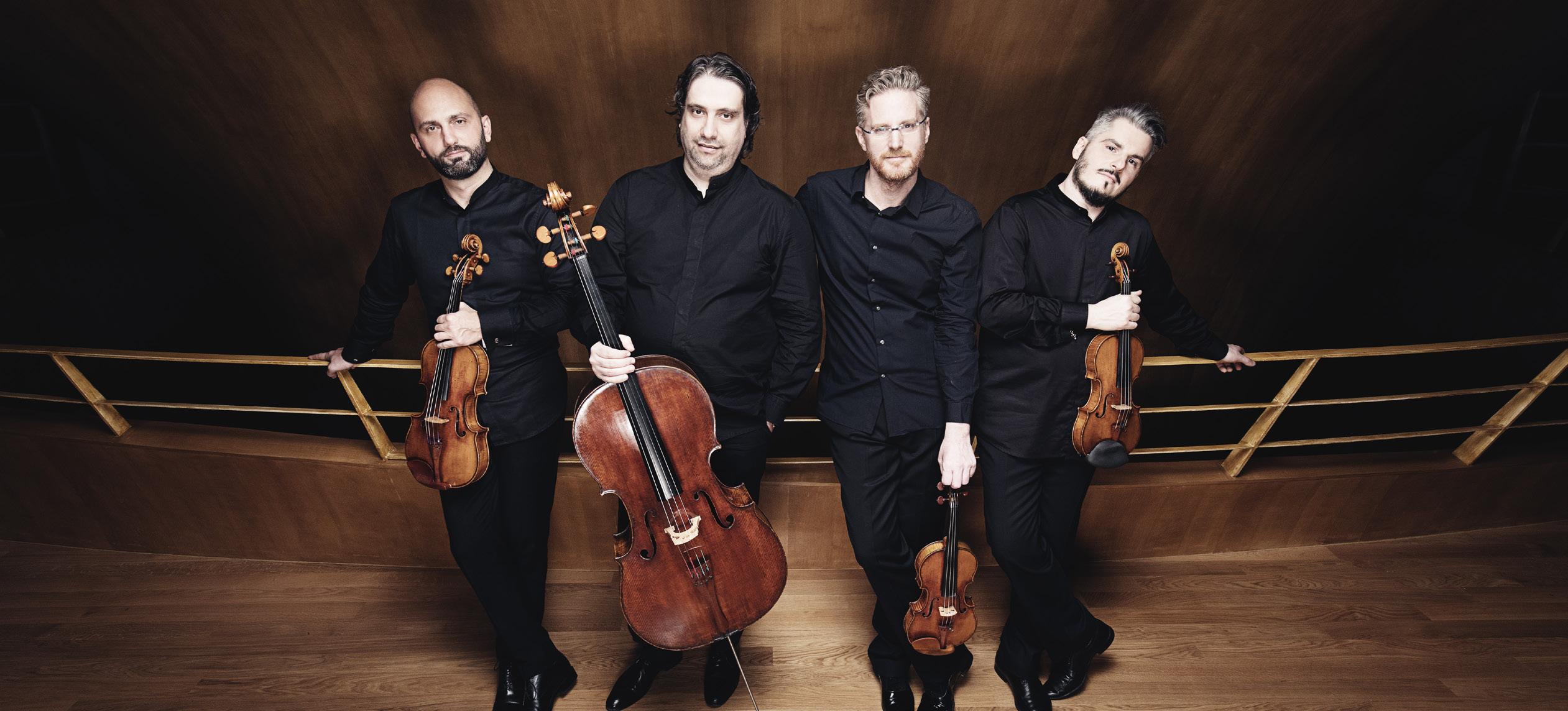
Hugo WOLF (1860-1903)
Italian Serenade for String Quartet (1887)
Maurice RAVEL (1875-1937)
String Quartet in F Major (1903)
Allegro moderato
Assez vif, très rythmé
Très lent
Vif et agité
- intermission -
Ludwig van BEETHOVEN (1770-1827)
String Quartet in A minor, Op. 132 (1825)
Assai sostenuto - Allegro
Allegro ma non tanto
Molto adagio
Alla marcia, assai vivace
Allegro appassionato
The Friends of Chamber Music is grateful for the generous support from our Supporting Underwriters, Ellen and Irv Hockaday .
24
Hugo WOLF
Italian Serenade for String Quartet
Composed: 1887
Duration: 8 minutes
Hugo Wolf, born in Austria of Slovenian descent, is remembered today for his lieder, songs of a particularly expressive intensity. He wrote hundreds of them, along with an opera and a few instrumental pieces, among which the Italian Serenade is certainly the best-known. It was composed in just three days, at a time when Wolf was working on songs featuring texts by Joseph von Eichendorff. In Eichendorff’s novella Aus dem Leben eines Taugenichts (From the Life of a Ne’er-Do-Well), the story of a young violinist who leaves home in search of adventures and success in life and love, there is a scene in which a serenade is played by a small orchestra at an Italian castle, and this may have provided Wolf’s inspiration. Originally intended as part of a work in multiple movements, the Serenade was originally scored for string quartet, but also later arranged for small orchestra. After some initial evocations of a strummed guitar, the Serenade’s lilting main theme, said to have been based on an old Italian melody, is accompanied by pizzicati. The piece proceeds in short, colorful episodes by turns playful, ironic, and elegant.
Maurice RAVEL
String Quartet in F major
Composed: 1903
Duration: 30 minutes
One of the most important composers of the first half of the twentieth century, Maurice Ravel has come to be known as one of the major proponents (along with Claude Debussy) of the style known as Impressionism, with its modal harmonies, ethereal textures, and subtle atmospherics. Ravel entered the Paris Conservatoire at the age of fourteen. Over time, his unconventional musical ideas rubbed some of his more conservative teachers the wrong way. He did, however, receive encouragement from one of those teachers, the great composer Gabriel Fauré. It was to Fauré that Ravel dedicated his one and only String Quartet, given its premiere by the Heymann Quartet at a concert of the Société Nationale de Musique (formed some three decades earlier to promote the creation and performance of new French chamber music) on March 5, 1904.
Ravel modeled his quartet on that of Claude Debussy, composed about ten years earlier. Debussy, however, takes a more traditional, one might say Classical, approach in his work than does Debussy. You can, by the way, hear other music by Ravel and Debussy juxtaposed in the concert by pianists Alessio Bax and Lucille Chung coming up in this series on December 5.
Ravel’s first movement is in traditional sonata form. The first of its two main themes is played by the entire quartet, then elaborated on by the first violin. The calm second idea is introduced by the first violin and viola, playing two octaves apart. The development is restrained at first, but gradually becomes more impassioned. The melodies return in their original forms,
just slightly varied, at the end. As with Debussy’s Quartet, in Ravel’s the scherzo serves as the second movement. It opens with the strings playing pizzicato. The ensuing theme evokes Ravel’s Basque-Spanish heritage, or perhaps bells or even the Javanese gamelan that had so entranced both Ravel and Debussy when they heard it at Paris’s Exposition Universelle in 1889. Syncopated cross rhythms, playing in 6/8 and 3/4 time in alternating measures, gives the music a seductive complexity. A slow central section features the cello, before a short reprise of the opening music.
The viola opens the slow, lyrical third movement with a theme that is soon echoed by the first violin. Hints of the two previous movements also make appearances. One hears the influence of Debussy’s style most clearly in this movement, which has an almost improvisatory feeling. The finale starts and ends stormily, with moments of calm in between. Once again, ideas from the first movement recur, as does Ravel’s rhythmic playfulness, as the time signature moves through patterns of 5, 8, 4, and 3 beats. Tremolandi and arpeggios color this music, which has been described as having “a blazing, unstoppable energy.”
Ludwig van BEETHOVEN
String Quartet in A minor, Op. 132
Composed: 1825
Duration: 45 minutes
Beethoven’s composing career is traditionally divided up into three stages. After an “early” period that encompassed his first published works, his first fame as a pianist and composer, and the crisis of his discovery of his encroaching deafness, came the “middle” period of some of his greatest and most familiar compositions. That flourishing career, however, ground to a halt in the late 1810s. During those years from 1815 to 1819, Beethoven brought his public performances to an end as his deafness became complete, his ongoing health challenges left him bedridden for extended periods of time, and he pursued, on the death of his brother, custody of his nephew Karl through years of litigation. It was, musically, the least productive period of Beethoven’s career.
By 1819 and 1820, however, Beethoven was starting to write the masterpieces of his “late” period. His withdrawal and introspection are reflected in these works, in which one also encounters ambition and scope, intellectual depth, innovations in and extension of traditional forms, an increased interest in contrapuntal textures, and intense, highly personal emotional expression. This is the period of the Ninth Symphony, the Missa solemnis, and the later piano works like the Piano Sonata No. 30 and Diabelli Variations that Richard Goode played in May in this series.
In his last years, having basically finished composing symphonies, concertos, and piano works, Beethoven choose to focus almost entirely on the string quartet. Prince Nikolas Galitzin commissioned the first three of the “late” quartets to be written (12, 13, and 15), offering to pay Beethoven “what you think proper” for them, which proved to be 50 ducats for each quar-
25
tet. Sketched to some extent in 1824 and composed largely in 1825, the Quartet No. 15 in A minor was given its public premiere on November 6, 1825 by the Schuppanzigh Quartet.
Beethoven’s late quartets were far beyond the understanding of both musicians and audiences of his time. Composer Louis Spohr went so far as to call them “indecipherable, uncorrected horrors.” That lack of comprehension, needless to say, has turned into admiration of, even reverence for, what are now regarded as some of the greatest, most profound musical works ever written. Aside from their musical value, too, they are even seen as having contemporary relevance. In a 2020 article in the Los Angeles Times, Mark Swed connected Beethoven’s music to what the world was experiencing in the midst of the coronavirus outbreak. Saying that “Beethoven’s Opus 132 conveys how disease can change our perception of the world,” Swed called the quartet a “journey through illness and healing.”
The somber opening notes of the first movement of Op. 132 –G-sharp, A, F, E, a phrase that becomes something of a motto of the entire work – move from cello to viola to violins. A sudden outburst from the first violin marks a change of mood, which changes again with the appearance of a third, lyrical theme. Beethoven works over his short thematic kernels over in many ways, with frequent changes of texture and tonality, and sudden outbursts. The mood is less overtly dramatic, however, than it is unsettled – there are passages of quiet and charm right alongside the most dramatic music, and Beethoven never stays in one place for very long.
The second movement starts as a seemingly straightforward, albeit restrained, minuet – as opposed to the more aggressive Scherzo that Beethoven had previously embraced. The textures are rich, and Beethoven spices the music with some harmonic surprises. The central section begins with a marvelous duet by the violins over a drone A note, almost in the manner of bagpipes. Michael Steinberg has appropriately described this music as “one of the moments at which Beethoven’s imagination for sonority and texture – the imagination, one is once again startled to remember, of a deaf man – is unsurpassed in freedom and freshness.” The viola takes a solo, as does the first violin. Suddenly the cello and viola pull the music in a darker, more ominous direction. But then the bagpipes reappear, leading into a reprise of the opening music.
The emotional heart of this quartet is the third movement. Beethoven’s initial sketches for the A minor Quartet showed a more traditional four-movement layout. However, through the middle months of 1825, Beethoven had suffered through an especially bad case of the intestinal disorder, an inflammation of the bowels, that plagued him much of his life. He was in great pain, and felt he might be near the end of his life. But he recovered, and was moved to write this additional movement, headed “Heiliger Dankgesang eines Genesenen an die Gottheit, in der lydischen Tonart” (Holy song of thanksgiving of a convalescent to the Deity, in the Lydian mode). The Lydian mode –developed by the ancient Greeks, it was a musical scale said to have healing properties – calls to mind the sacred music of
the Renaissance, where it was frequently employed. The hymn is first played in rich chords, with the textures opening out a bit as the music progresses. The music builds, with trills and more soloistic passages from the first violin, into the first of two stretches of more ecstatic music, described by Beethoven as “Neue Kraft fühlend” (feeling new strength). As the chorale hymn returns, time again seems to come to a stop, the first violin drifting above the gentle motion of the other instruments. Another more active, almost playful passage arises. Tentative chords, however, slow the music again as long notes from each instrument weave in and out. The music stops, and the third and final statement of the hymn – marked by Beethoven “Mit inniger Empfindung (With earnest sentiment) – is sounded, growing passionate, then calming again for the movement’s glorious final moments.
After that expansive lyric outpouring, in typically unpredictable Beethoven fashion, the following fourth movement is a terse, abrupt march, barely two minutes long. A passionate passage and a cadenza from the first violin leads immediately into the fifth movement, which begins with a bit of agitation. As in the first movement, the music is restless, in terms of texture and harmony, moving quickly from mood or idea to another. Soon the music turns frantic, almost terrified. Having gently moved from minor to major, though, the music races forward energetically to a brilliantly affirmative conclusion.
Program notes by Chris Morrison
26
QUARTETTO di CREMONA
Since its formation in 2000, the Quartetto di Cremona has established a reputation as one of the most exciting chamber ensembles on the international stage. Regularly invited to perform in major music festivals and halls in Europe, North and South America, and Far East, they garner universal acclaim for their high level of interpretive artistry.
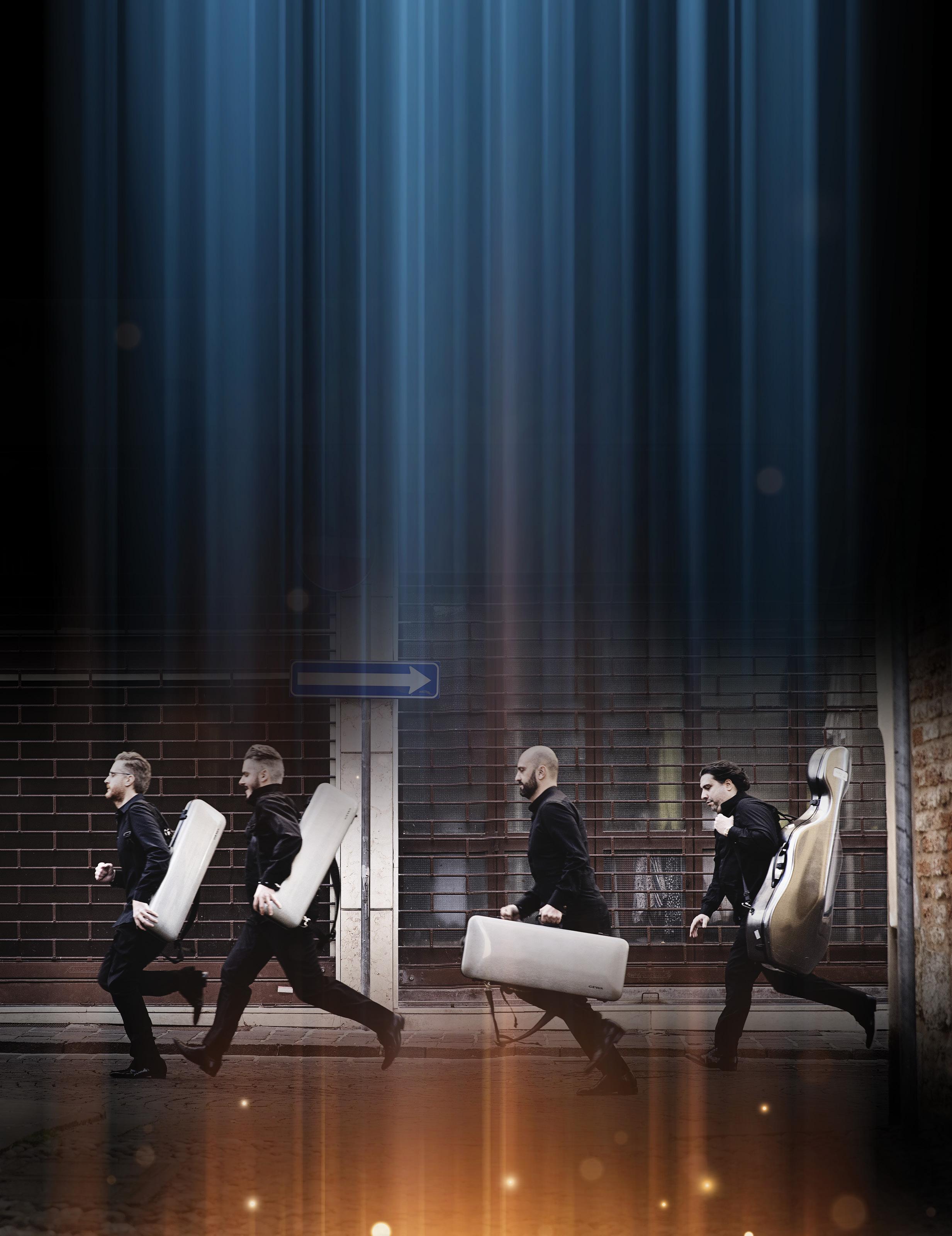
Highlights of recent and upcoming seasons are the performances at the Wigmore Hall (London), at the Concertgebouw (Amsterdam), at the Elbphilharmonie (Hamburg), at the Konzerthaus in Berlin, at the Brucknerhaus (Linz), at the Salle de la Madeleine (Geneve), in Stockholm, Schwarzenberg, Kuhmo, Mumbai, Taipei, and for the Fundación Juan March in Madrid and the Chamber Music Society of the Lincoln Center in New York. North American tours are regularly planned twice a year, with the Carnegie Hall debut scheduled for October 2023 as well as a re-invitation from the CMS in March 2024 at the Lincoln Center.
The Quartet is also collaborating with numerous artists such as Eckart Runge, Till Fellner, Pablo Barragan, Kit Armstrong, Miguel da Silva, the Emerson Quartet and the Pavel Haas Quartet.
On the discographic side, a new CD will soon be released with the ensemble own version of The Art of Fugue, performed with seven instruments so as not to alter the original writing of Bach’s score. Previous recordings include: “Italian Postcards” (2020, Avie Records); a double CD dedicated to Schubert (2019, Audite); the complete Beethoven String Quartets (20128, Audite). All of them were received with great interest by international critics, as well as winning discographic prizes.
Frequently invited to present masterclasses in Europe, Asia, North and South America, the members of the quartet have been Professors at the Walter Stauffer Academy in Cremona since 2011. Prized in 2019 with the “Franco Buitoni Award” by BBT for their constant contribution to the promotion of chamber music in Italy and around the world, they are ambassadors for the international project “Friends of Stradivari” and honorary citizen of Cremona. They also endorse “Le Dimore del Quartetto” and Thomastik Infield Strings.
Quartetto di Cremona appears by exclusive arrangement with Kirshbaum Associates
The Muriel McBrien
SIR ANDR Á S SCHIFF
Tuesday, November 14, 2023 7:30 PM
KAUFFMAN CENTER FOR PERFORMING ARTS
Kauffman
Family Foundation Master Pianist Series
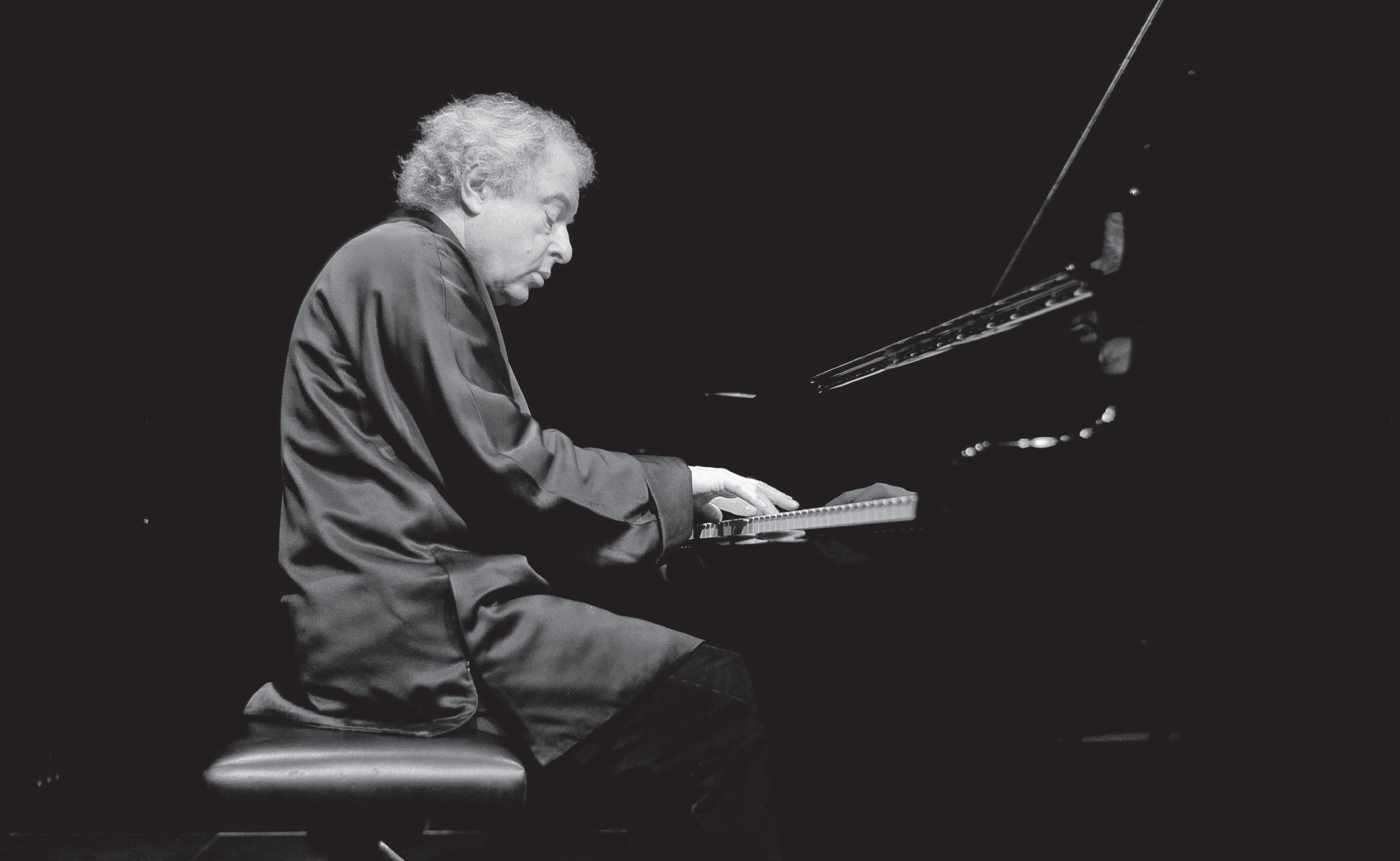
Tonight’s program will be announced directly from the stage.
The Friends of Chamber Music is grateful for the generous support from our Presenting Underwriters, Sanders and Blanche Sosland Music Fund , and Charles and Virginia Clark , and Supporting Underwriters, Al Mauro, Jr. and Molly Dwyer , and David and Sandy Eisenberg .
Corporate Sponsor: Mdivani Corporate Immigration Law
28
SIR ANDR Á S SCHIFF
Sir András Schiff is world-renowned as a pianist, conductor, pedagogue and lecturer. He brings masterful and intellectual insights to his performances, which have inspired audiences and critics alike. Born in Budapest, Hungary, in 1953, Sir András studied piano at the Liszt Ferenc Academy with Pal Kadosa, György Kurtág, and Ferenc Rados; and in London with George Malcom.

He has performed cycles of complete Beethoven sonatas as well as projects including the complete works of J.S. Bach, Haydn, Schubert and Bartók, which constitute an important part of his work. Having collaborated with the world’s leading orchestras and conductors, he now focuses primarily on solo recital, play-conducting appearances and exclusive conducting projects. His Bach has become an annual highlight at the BBC Proms, and he regularly performs at the Verbier, Salzburg and Baden-Baden Festivals as well as Wigmore Hall. This season in North America Sir András will perform eight recitals comprised of Bach’s Goldberg Variations and programs announced from the stage. In April he will remain in New York City performing 9 concerts as Artist-in-Residence of the New York Philharmonic.
Vicenza is home to Cappella Andrea Barca—his own chamber orchestra founded in 1999—consisting of international soloists, chamber musicians and friends. He annually curates a festival in Vizenza at the Teatro Olimpico. Sir András enjoys close relationships with the Chamber Orchestra of Europe, the Budapest Festival Orchestra, and the Orchestra of the
Age of Enlightenment. In 2018 he accepted the role of Associated Artist with the OAE, complementing his interest in performing on period keyboard instruments.
With a prolific discography, he established an exclusive relationship in 1997 with producer Manfred Eicher and ECM New Series. Highlights have included the complete Beethoven Piano Sonatas recorded live from Zurich; solo recitals of Schubert, Schumann and Janáček; and J.S. Bach’s Partitas, Goldberg Variations, and Well-Tempered Clavier. His most recent discs, a two- CD set of works by J.S. Bach performed on the clavichord, were released in early 2023.
He continues to support new talent, primarily through his “Building Bridges” series, which gives performance opportunities to promising young artists. He also teaches at the Barenboim-Said and Kronberg academies and gives frequent lectures and masterclasses. In 2017 his book “Music Comes from Silence,” essays and conversations with Martin Meyer, was published by Bärenreiter and Henschel.
Sir András Schiff’s many honors include the International Mozarteum Foundation’s Golden Medal (2012), Germany’s Great Cross of Merit with Star (2012, the Royal Philharmonic Society’s Gold Medal (2013), a Knighthood for Services to Music (2014) and a Doctorate from the Royal College of Music (2018). He was awarded the Jean Gimbel Lane Prize in Piano Performance in 2021 from The Henry and Leigh Bienen School of Music at Northwestern University.
Sir András Schiff appears by exclusive arrangement with Kirshbaum Associates
ALESSIO BAX & LUCILLE CHUNG
Tuesday, December 5, 2023 7:30 PM THE FOLLY THEATER
The Muriel McBrien Kauffman Family Foundation Master Pianist Series
Francis POULENC (1899-1963)
Sonata for Piano Four Hands, FP 8 (1918)
Prelude: Modéré
Rustique: Naïf et Lent
Final: Très vite
Claude DEBUSSY (1862-1918)
La plus que lente (1910) (arr. for piano four hands)
La fille aux cheveux de lin (1910) (arr. for piano four hands)
Francis POULENC (1899-1963)
Concerto for Two Pianos in D minor, FP 61 (1932)
The Friends of Chamber
Music is proud to host the Kansas City debut of Alessio Bax & Lucille Chung Duo.

Allegro ma non troppo
Larghetto
Finale: Allegro molto
- intermission -
Claude DEBUSSY (1862-1918)
Prélude à l’après-midi d’un faune (1894) (arr. for piano four hands by M. Ravel)
Clair de lune (1890/1905) (arr. for two pianos by H. Dutilleux)
Maurice RAVEL (1875-1937)
La valse for Two Pianos (1920)
Astor PIAZZOLLA (1921-1992)
Tres Tangos (arr. for piano four hands by Alessio Bax and Lucille Chung)
I. Lo que vendrá
II. Milonga del Ángel
III. Libertango
The Friends of Chamber Music is grateful for the generous support from our Supporting Underwriters, the Michael and Marlys Haverty Family Foundation Fund and J. Scott Francis, the Francis Family Foundation.
30
From the late eighteenth century and into the twentieth, music for piano four hands, with two pianists sitting at a single keyboard, was a popular form of home entertainment. Much of the music for this medium took the form of arrangements: with concert performances relatively rare and inaccessible, and before radio and recordings and streaming, the only way that many people could encounter the works of the great masters was through arrangements that could be played at home. A lot of the great orchestral and chamber works of the nineteenth century exist in such versions, some made by the composers themselves. Along with those, however, there were also many works specially written for piano four hands or for two pianos. This concert features both, focusing largely on France in the late nineteenth and early twentieth centuries.
Francis POULENC: Sonata for Piano Four Hands, FP 8
Composed: 1918 • Duration: 6 minutes
Francis Poulenc became the leading composer of Les Six, the group of French composers that rejected the Impressionism in favor at that time, embracing instead insouciance and irreverence, with a touch of sentimentality. His music – which includes operas, ballets, concertos, chamber works, and songs – is marked by charm, humor, and a substantial melodic gift. Such is the case with his Sonata for Piano Four Hands, composed when Poulenc was just nineteen years old. Its three movements make their point quickly and delightfully. The opening Prélude contrasts two main ideas – a lively tune that frames the movement, motored by a propulsive rhythm, and the other sweet and gently ornamented. Marked “Rustique,” the second movement opens with a figure that quickly becomes the accompaniment for a new, song-like idea. The sprightly mood of the opening movement returns in the Final, with its playful, exuberant dance rhythms.
Claude DEBUSSY: La plus que lente
Composed: 1910 • Duration: 4 minutes
Claude Debussy was one of the most important and influential composers of his time. After more than a decade of studies at the Paris Conservatoire, his receipt of the prestigious Prix de Rome in 1884 allowed him two years of work in Rome. Visits to Bayreuth in 1888-89 brought him under the spell of Wagner’s music, which he later rejected, and the 1889 Paris World Exhibition exposed him to the music of Asian cultures. His famous, revolutionary Prelude to the Afternoon of a Faun, heard later in this concert, as well as the opera Pelléas et Mélisande and the orchestral work La mer, secured his reputation as one of France’s great composers. While his music – often tied to the label Impressionism, although he didn’t like the term – is appreciated for its sensuous beauty, it is also noteworthy for its fluid sense of tonality and the use of unusual scales like pentatonic and whole-tone.
Dance music held a longstanding fascination for Debussy, both the music itself and in terms of its social function. Around the time of the present composition, there was a popular trend of slow, rather sentimental waltzes that one might encounter in Parisian salons, coffeehouses, and dance halls. Shortly
after completing his first set of Préludes for piano, Debussy responded to this trend with La plus que lente, which might be translated as “More than slow,” or more humorously “The Even-Slower Waltz.” In actual performance, though, this lente waltz – marked “Molto rubato con morbidezza” in the score –isn’t particularly slow. It does feature syncopated rhythms and somewhat bluesy gestures, though, that seem to hint at jazz.
Claude DEBUSSY: La fille aux cheveux de lin
Composed: 1910 • Duration: 3 minutes
La fille aux cheveux de lin, usually translated as “The Girl with the Flaxen Hair,” is the eighth of the twelve Préludes, Book I, and is one of Debussy’s most-performed pieces. The title comes from a poem by Leconte de Lisle: the narrator, whose “love, in clear summer sunlight, has soared with the lark and sung now,” is obsessed with the young woman’s golden hair and her “lips of cherry.” The idea of a girl with flaxen or golden hair has often turned up in art and poetry symbolizing innocence, which might help explain the relative simplicity of Debussy’s music, as compared with the harmonic and technical sophistication of many of the other Préludes. The memorable main theme, really not much more than a series of three-note phrases, is first heard unaccompanied. Soon the harmony is filled out, with Debussy’s characteristic unusual harmonic changes. The music remains delicate, with only the briefest and mildest of climaxes.
Francis POULENC: Concerto for Two Pianos
in D minor, FP 61
Composed: 1932 • Duration: 20 minutes
Composed during the summer of 1932, Poulenc’s Concerto was commissioned by the Princesse Edmond de Polignac (American-born Winnareta Singer, of Singer Sewing Machine fame). Poulenc and his longtime friend Jacques Fevrier were the pianists in the work’s first performance, on September 5, 1932. Poulenc was proud of the work, writing to musicologist Paul Collaer, “You will see for yourself what an enormous step forward it is from my previous work, and that I am really entering my great period.”
The first movement’s opening crash leads to furious runs along the keyboards – Poulenc perhaps wouldn’t have minded the comparison to music accompanying a chase scene in a silent film – and an ensuing series of jolly melodic fragments. A gentle, lyrical interlude builds passionately to a concluding trill before the music turns jaunty again. A bit later, a mesmerizing tune is reminiscent of Indonesian gamelan (Poulenc had heard a Balinese gamelan at the 1931 Exposition Coloniale de Paris).
With the slow movement’s beautiful opening theme, Poulenc allowed himself, in his own words, “to return to Mozart, because I have a fondness for the melodic line and I prefer Mozart to all other musicians.” Soon the tempo increases with repeating chords accompanying a new idea. This central section leads to a brief reprise of the movement’s opening. A flourish introduces the third movement’s scurrying main theme. The tone is light and sparkling as several new ideas are introduced, some redolent of the music hall. Ominous rumblings, and a ro-
31
mantic interlude near the end, do little to sidetrack the movement’s high spirits. A faster-paced reminiscence of the first movement’s gamelan section leads to the brilliant coda.
Claude DEBUSSY: Prélude à l’après-midi d’un faune
Composed: 1894 • Duration: 10 minutes
Debussy established friendships with many of the great French artists of his day. Among them was poet Stephane Mallarmé, whose L’après-midi d’un faune (The Afternoon of a Faun) provided the inspiration for Debussy’s work, now recognized as a turning point in the history of western music for its stretching of tonality and its haunting, muted colors. In Mallarmé’s poem, a faun (or satyr – half-man, half-goat) playing his panpipes in the woods encounters and pursues a group of nymphs. Or possibly he only imagines this: as Mallarmé writes, “Was it a dream I loved?” Among the most famous features of Debussy’s Prélude is its opening, played by the flute in the work’s orchestral version, which features a chromatic descent and descent, the harmonic ambiguity of which leads us into Mallarmé’s languorous world. The music that ensues remains delicate, colored, in Debussy’s orchestration, by muted horns, woodwinds, harp, and all manner of colors from the strings.
Claude DEBUSSY: Clair de lune
Composed: 1890/1905 • Duration: 5 minutes
Clair de lune (Moonlight) is the third and most famous of the four pieces of Debussy’s Suite bergamasque. Debussy started writing the Suite in 1890 – at which point Clair de lune was titled Promenade sentimentale – but didn’t complete it until his revisions for the work’s publication in 1905. Quiet and elegant, in 9/8 meter, and with a slightly more active central section, Clair de lune – here heard in an arrangement for two pianos by another famous French composer, Henri Dutilleux – has become one of Debussy’s most popular compositions. The titles of both the Suite and Clair de lune come from Paul Verlaine’s 1869 poem “Clair de lune,” which was additionally set to music twice by Debussy as a song.
Votre âme est un paysage choisi
Que vont charmant masques et bergamasques
Jouant du luth et dansant et quasi
Tristes sous leurs déguisements fantasques.
Your soul is a chosen landscape
Where charming masquerades and dancers are promenading, Playing the lute and dancing, and almost Sad beneath their fantastic disguises.
Maurice RAVEL: La valse
Composed: 1920 • Duration: 12 minutes
One of the most important composers of the first half of the twentieth century, Maurice Ravel has come to be known (along with Debussy) as one of the major proponents of musical Impressionism. Among Ravel’s most famous compositions are the three ballets created in collaboration with the famed impresario Sergei Diaghilev: Daphnis et Chloé, La valse, and Ma mère l’oye. Ravel entered the Paris Conservatoire at fourteen and studied composition and piano, working with Gabriel Fauré
for fourteen years. Aside from some controversy concerning his failure to win the prestigious Prix de Rome, Ravel led a relatively uneventful life. He had hoped to enlist as a pilot in World War I, but his fragile health forced him to serve as a truck driver. Most of his adult life was spent as a semi-recluse living just outside Paris. A tour of America in 1928 exposed him to jazz, which became an important element of his mature style.
Composed seventeen years after the String Quartet that the Quartetto di Cremona performed in this series on October 28, La valse was the second of the ballets Ravel wrote for Diaghilev and the Ballets Russes. Subtitled “un poème chorégraphique,” it was written in 1920 in the wake of World War I. Ravel described La valse in the score’s preface: “Drifting clouds give glimpses, through rifts, of couples waltzing. The clouds gradually scatter, and an immense hall can be seen, filled with a whirling crowd. The scene gradually becomes illuminated. The light of chandeliers bursts forth. An imperial court about 1885.” There are also darker, menacing overtones, perhaps related to the atmosphere of post-War Vienna. Composer George Benjamin recognized this: “Whether or not it was intended as a metaphor for the predicament of European civilization in the aftermath of the Great War, its one-movement design plots the birth, decay and destruction of a musical genre: the waltz.” Along with the famous version for orchestra, La valse also exists in technically-demanding versions for either one or two pianos.
Astor PIAZZOLLA: Three Tangos
Astor Piazzolla was almost single-handedly responsible for taking what was once a regional folk dance, the tango, and making it famous all over the world. Piazzolla’s family moved to New York when he was three. He grew up listening to his father’s tango records, while also encountering the city’s wide range of jazz and classical music. At eight he received his first bandoneón, the large button accordion on which he became a virtuoso. After his family returned to Argentina in 1936, Piazzolla found employment in a dance orchestra while continuing his classical studies. Eventually he won a scholarship that allowed him to study in Paris with famous pedagogue Nadia Boulanger. He took to heart her advice to use his classical and jazz training to revitalize the tango, creating what came to be known as “nuevo tango.” Although his early efforts won the scorn of traditionalists, he continued to experiment, forming groups with which he recorded and performed all over the world, working with jazz musicians like Gerry Mulligan and Gary Burton, and composing for orchestras and film. As his international fame grew in the 1980s, he continued to concertize and wrote for musicians like Mstislav Rostropovich and the Kronos Quartet. The set of three tangos heard in this performance were arranged for piano four hands by Alessio Bax and Lucille Chung.
Program notes by Chris Morrison
32
ALESSIO BAX & LUCILLE CHUNG
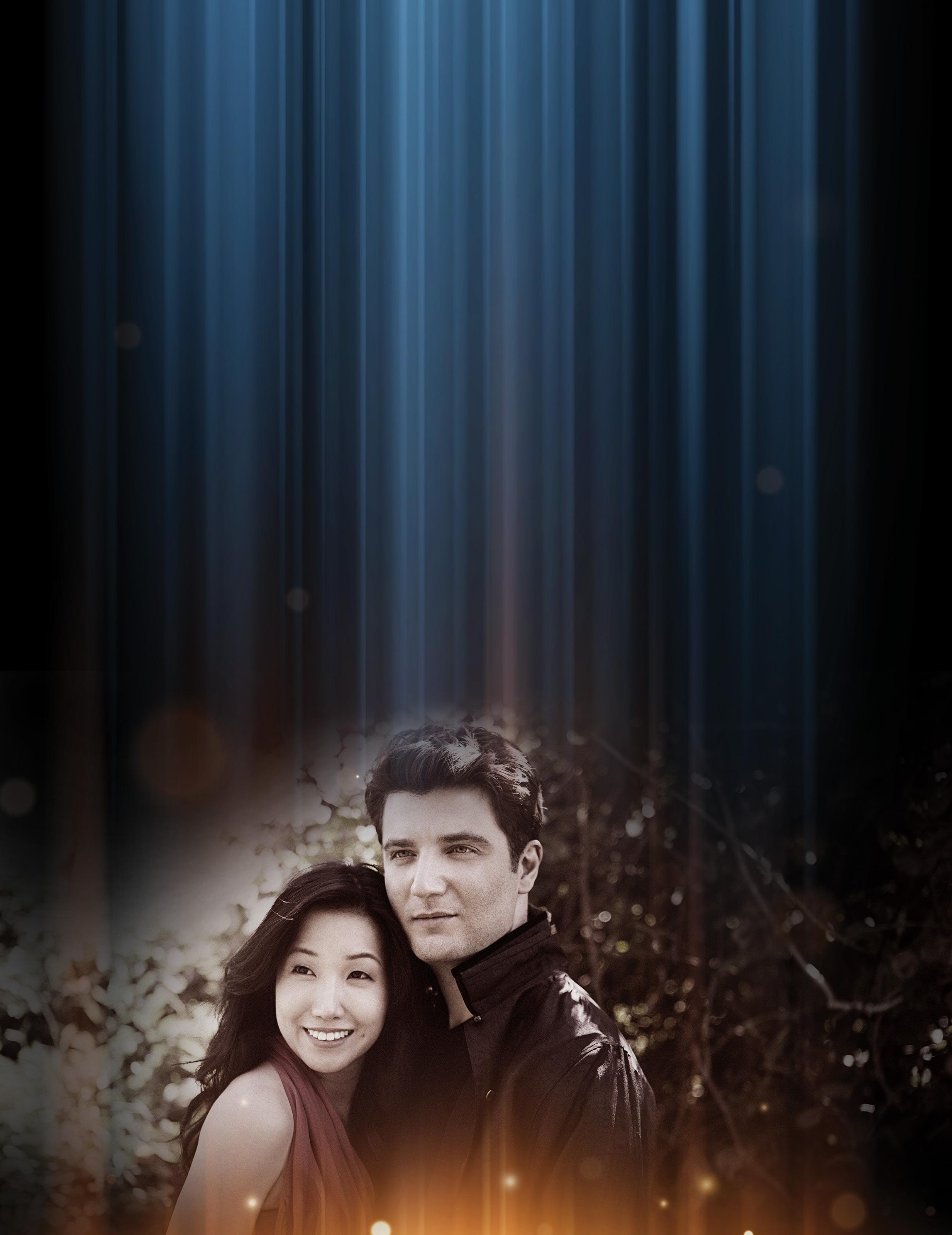
The real-life marriage of concert pianists Alessio Bax and Lucille Chung, with their abundant artistic chemistry, passion, and stunning virtuosity, has led to one of the most appealing and impressive piano duos of our time. In the words of the UK magazine Music and Arts, “Theirs is a marriage of wondrous colours and dextrous aplomb, subtly balanced to make a musical performance sound as one.”
Alessio Bax is praised for creating “a ravishing listening experience” with his lyrical playing, insightful interpretations, and dazzling facility. First Prize winner at the Leeds and Hamamatsu international piano competitions, a 2009 Avery Fisher Career Grant recipient, and a winner of Lincoln Center’s Emerging Artist Award, he has appeared as soloist with more than 120 orchestras, including London Symphony, Royal Philharmonic, Dallas and Houston Symphonies, NHK Symphony in Japan, St. Petersburg Philharmonic with Yuri Temirkanov, and the City of Birmingham Symphony with Sir Simon Rattle. His much-lauded discography includes Italian Inspirations, an eclectic recital inspired by his native country, Beethoven’s Piano Concerto No. 5, an album of Russian favorites by Scriabin and Mussorgsky, Mozart Piano Concertos K. 491 and K. 595, Beethoven’s Hammerklavier and Moonlight Sonatas, Alessio Bax Plays Brahms, Rachmaninov: Preludes & Melodies (an American Record Guide “Critics’ Choice”), Bach Transcribed, and Baroque Reflections (a Gramophone “Editor’s Choice”). He also released the collection Lullabies for Mila on Signum Classics, which also features Chung and is dedicated to their young daughter, born in 2014.
First Prize winner of the Stravinsky International Piano Competition, Lucille Chung has been celebrated for her “stylish and refined” performances by Gramophone. She was born in Montreal, and made her debut at the age of ten with the Montreal Symphony Orchestra, after which Charles Dutoit invited her as soloist on the orchestra’s tour to Asia. She has since performed with orchestras around the world, including Philadelphia Orchestra, Moscow Virtuosi, BBC National Orchestra of Wales, Seoul Philharmonic, Dallas Symphony, and Israel Chamber Orchestra, as well as all the major orchestras in Canada, among them the Montreal, Toronto, and Vancouver Symphonies and National Arts Centre Orchestra. She has appeared with conductors such as Krzysztof Penderecki, Vladimir Spivakov, Yannick Nézet-Séguin, and Vasily Petrenko. Her solo discography includes the first volume of her recording of György Ligeti’s complete piano works on the Dynamic label, as well as Camille Saint-Saëns: Piano Transcriptions, Mozart & Me, as well as an all-Poulenc and an all-Liszt albums for Signum Classics.
After meeting at the 1997 Hamamatsu Competition, Bax & Chung carried on a courtship by telephone and email while on separate tours, eventually marrying in 2004. Besides their individual solo careers and their newest duo collaboration as parents of six-year-old Mila, they are also co-artistic directors of the Joaquín Achúcarro Foundation in Dallas, Texas, created to cultivate the legacy of the Basque pianist and to support young pianists’ careers.
Allessio Bax and Lucille Chung appear by exclusive arrangement with Arts Management Group, Inc.
Chamber Music Society of Lincoln Center
Saturday, January 20, 2024 7:30 PM THE FOLLY THEATER
The William T. Kemper International Chamber Music Series
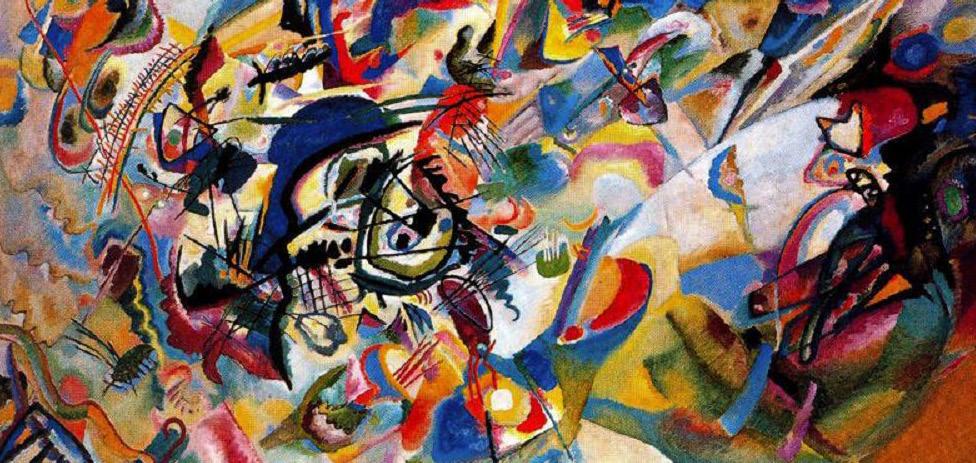
Samuel COLERIDGE-TAYLOR (1875-1912)
African Dances for Violin and Piano (1904)
Allegro
Andantino molto sostenuto e dolce
Allegro con brio
Gloria Chien, piano
Kristin lee, violin
James Thompson, violin
Yura Lee, viola
Dmitri Atapine, cello
Allegro energico
Chien, K. Lee
Reynaldo HAHN (1874-1947)
Quintet for Piano, Two Violins, Viola and Cello in F-sharp minor (1921)
Molto agitato e con fuoco
Andante (non troppo lento)
Allegretto grazioso
Chien, Thompson, K. Lee, Y. Lee, Atapine
- intermission -
Eugène YSAŸE (1858-1931)
Sonata for Solo Violin in D minor, Op. 27 no. 3, “Ballade” (1923) Thompson
Ernest BLOCH (1880-1959)
Quintet No. 1 for Piano, Two Violins, Viola and Cello (1923-24)
Agitato
Andante mistico
Allegro energico
Chien, K. Lee, Thompson, Y. Lee, Atapine
“EXTRAORDINARY IMAGINATIONS”
34
Wassily Kandinsky: Composition 7 (1913)
Samuel COLERIDGE-TAYLOR
Four African Dances for Violin and Piano, Op. 58
Composed: 1904
Duration: 18 minutes
In 1905, the Boston publishing house Ditson released a book of solo keyboard pieces by the British composer and pianist Samuel Coleridge-Taylor. In these 24 Negro Melodies (Op. 59), he builds short concert numbers out of existing folk songs and dances. It was important to Coleridge-Taylor that his creations give appropriate credit to their origins; in his preface to the volume, he explains that “the actual melody has in every case been inserted at the head of each piece as a motto. The music which follows is nothing more nor less than a series of variations built on said motto. Therefore my share in the matter can be clearly traced, and must not be confounded with any idea of ‘improving’ the original material.” The set was well received and featured an introductory note from Booker T. Washington, who expressed excitement about Coleridge-Taylor’s success as a mixed-race composer in England and extolled how he “has in handling these melodies preserved their distinctive traits and individuality, at the same time giving them an art form fully imbued with their essential spirit.”
Most of the pieces in the book are cited as “American Negro” songs, but the first few are instead described as coming from the African continent. Before one, a “West African Drum-Call” that Coleridge-Taylor was familiar with is transcribed in the motto, and other tunes were apparently found in a collection compiled by the ethnographer Henri-Alexandre Junot. The inclusion of these numbers forms a continuity with many works that the composer had written over the course of his career: his 1897 African Romances, vocal settings of poetry by Paul Laurence Dunbar (Op. 17); an African Suite for piano (Op. 35); and indeed, the piece that Coleridge-Taylor had published immediately prior to 24 Negro Melodies, a set of Four African Dances for Violin and Piano (Op. 58). He originally wrote these violin miniatures to play together with the British violinist John Saunders, but they became a staple of the tours that he undertook in the United States in the first decade of the 20th century, and were likely an important testing ground for his approach to combining folk music with the structures and harmonic language of turn-of-the-century composition.
The African Dances do not have epigraphs that point back to specific source material. But the violin’s gesture at the start of the first dance, which is repeated four times with no accompaniment, certainly has the effect of a drum call, establishing a rhythmic refrain on which the rest of the music will expand. In the manuscript to the second movement, Coleridge-Taylor jotted down that the tune was an African folk song. The piano provides a bright, almost strummed accompaniment while the violin alternates between short, lyrical phrases with a restricted tessitura and longer, leap-filled lines that cover a wider range. This latter, leapy motif is transformed to become the main material of the outer sections of the joyous Allegro con brio. A contrasting episode in this third dance employs a theme that also appears in Coleridge-Taylor’s first published work,
the Piano Quintet in G minor (Op. 1). It’s an allusion that tightens the connection between the composer’s larger oeuvre and a network of pan-African sounds and styles he wanted to tap into. In the final movement, a swagger-filled romp with theatrical offbeats in the piano, we get a taste for Coleridge-Taylor’s salon composing. Here, he must have had the violinist in mind, as it is a conclusion that brings the capacities and energy of the player to the fore.
Reynaldo HAHN
Quintet in F-sharp minor for Piano, Two Violins, Viola and Cello
Composed: 1922
Duration: 27 minutes
In his In Search of Lost Time, Marcel Proust devotes many pages to describing his characters’ fixation on themes of a fictional composer: Vinteuil, who wrote a pastoral Violin Sonata in F-sharp as well as a stormy Septet (oddly scored for more than seven musicians). Performers, musicologists, and literary scholars have long debated whom the invented Vinteuil was modelled on, a testament to Proust’s ability to write a compelling account of non-existent compositions despite his lack of training in music. He did have some help, though; Proust maintained a life-long friendship and correspondence with his former lover Reynaldo Hahn. The Venezuelan-born French composer pointed the author to music by Camille Saint-Saëns, César Franck, and others whose works are considered main contributors to the distinct musical sounds that Proust conjured up in his novel.
One wonders to what extent Proust’s writing fed back into Hahn’s practice as a composer. The critic Patrick O’Connor suggested that in Le rossignol éperdu (The Bewildered Nightingale), Hahn’s cycle of poetic piano works from the first decade of the 20th century, “a Proustian ethic seems to drive the music, with its evocations and memories of places and impressions.” And in Hahn’s turbulent Piano Quintet in the Vinteuil-esque key of F-sharp, written in the early 1920s as Proust’s health was deteriorating, I would argue that we might hear some equally evocative Proustian musical structures.
Hahn’s best-known works were those he wrote for the stage and for the voice, likely a consequence of the primary instruction in composition he received from the opera composer Jules Massenet. Since Massenet did not write any serious chamber music, Hahn reaches back to older French models for inspiration in most of his small ensemble works. The first movement of his Piano Quintet is built on a theme in F-sharp minor, in which the strings throw a tune with surging syncopations and then slam it down with seven accented strokes. This music, and the martial transitional themes that cycle through countless distantly related harmonies, bring to mind Franck’s famous quintet in F minor.
The very end of Hahn’s movement, where the strings seem to be in D minor while the piano comes to a cadence in F-sharp minor, is astonishingly abrupt. Immediately, he moves away from
35
the impassioned sound world of Franck and toward something more serene and profound. The plainness of the piano accompaniment and simplicity of the tune at the start of the second movement bring to mind Proust’s description of the opening of Vinteuil’s Septet, as translated by C. K. Scott Moncrieff: “it was upon flat, unbroken surfaces like those of the sea on mornings that threaten storm, in the midst of an eerie silence in an infinite void, that this new work began, and it was into a rosered daybreak that this unknown universe was drawn from the silence and the night to build up gradually before me.”
The nursery-rhyme quality of the quintet’s finale is reminiscent of the innocent charm of the last movement of the early piano quintet of Camille Saint-Saëns, who gave Hahn some private composition lessons. When Hahn diverts from his naïve theme, it is to look back on tunes from the previous movements, memories that are transformed, related to the finale’s motifs, and integrated into a coherent narrative. And at the end, as in Proust’s invented Septet, the quintet’s refrain is “left triumphant; it was no longer an almost anxious appeal addressed to an empty sky, it was an ineffable joy which seemed to come from paradise.”
Eugène YSAŸE
Sonata in D minor for Violin, Op. 27, no. 3, “Ballade”
Composed: 1923
Duration: 7 minutes
In the summer of 1923, Eugene Ysaÿe heard his friend Joseph Szigeti perform one of J. S. Bach’s solo violin sonatas. Afterwards, on his way to a sojourn at the beach in Le Zoute, Ysaÿe couldn’t stop thinking about the concert: “When one hears an artist like Szigeti, who is able to accommodate his playing to the rectangular lines of the great classics as easily as he can to the expressive melodies of the Romantics, one feels how absorbing it would be to compose a work for the violin whilst keeping ever before one the style of a particular violinist.” On arrival at the resort, he disappeared into his room for a couple of days and emerged with sketches of Six Violin Sonatas (Op. 27), each imagined with the sound of a specific artist ringing in his ears.
The first, second, and fourth sonatas allude both to their target violinist and to Bach’s approach to creating solo violin music. The others move away from Bach, focusing more exclusively on the violinist dedicatees. Sonata No. 3 in D minor was for George Enescu, whose approach to performing and writing music was infused with the techniques, microtonality, and structures of Romanian folk music. In his one-movement “Ballade” for Enescu, Ysaÿe refrains from directly appropriating these elements of style, and yet he does justice to his friend’s enormous flair as a player. A slow introduction explores uncanny, augmented sonorities, expressed primarily through chains of minor sixths, setting a tense and dramatic scene. Then the tempo kicks in and the violinist is off, shooting from low string to high and back down through an explosive, springing gesture. A more delicate, vaguely Baroque take on this motif occurs in the middle of the piece, but the shouting passions of the snapping
rhythm soon take over once again before Ysaÿe leads us to a breathtaking close.
Ernest BLOCH
Quintet No. 1 for Piano, Two Violins, Viola and Cello
Composed: 1921–23
Duration: 33 minutes
In 1916, Ernest Bloch abandoned his position in his family’s touristy Swiss tchotchke shop to take up a job teaching music theory and composition at the recently founded Mannes School for Music in New York City. Between 1917 and 1920, he saw premieres of several important orchestral works, including his Three Jewish Poems (B. 36) and his cello concerto Schelomo (B. 39). When he landed a publishing contract with Schirmer, they added a special logo to editions of his scores: a six-pointed Star of David enclosing the composer’s initials, which explicitly tied together musical meanings and Bloch’s identity.
He didn’t see his Piano Quintet, which he completed in 1923 while living in Cleveland, as a specifically Jewish work. But he expressed a sense that his cultural background fed into all that he produced in an article from 1938 in Musica Hebraica: “[the] entire Jewish heritage moved me deeply; it was reborn in my music. To what extent it is Jewish or to what extent it is just Ernest Bloch, of that I know nothing. The future alone will decide.”
The very first notes of the opening movement of the quintet, played by the strings in unison, feature a unique mark: a forward-facing slash, meant to indicate that the pitch should be played a quarter-tone high. These figures produce a murmuring, swarming texture against which the piano calls out the primary melodic gestures of the piece. Here, Bloch’s quarter-tone use creates an agitated, blurred color, and doesn’t necessarily point to a grand expansion of the Western scale of 12 chromatic notes. But later, in an impressionistic transition passage in which the piano whirs away on low tremolos, the viola slides from a B to a burning B-quarter-flat, while the cello plays a hollow D harmonic. Bloch’s intention here is quite clear: to allow an alternate system of pitch to sit expressively in contrast to passages of dense chromatism and more outwardly tonal, triadic music.
The relationship between these three means of harmonic organization animates the remainder of this large work. The piano cannot, of course, play quarter tones, and so often the power of sections involving microtonality is in the audible difference between the note a string player finds and the even-tempered harmonic coloration of the keyboard. In the second movement, the piano holds down an unwavering triplet pattern. At a certain point, the strings start playing bursts of arpeggios over these triplets, resting on one note and then gliding down and up to that note repeatedly. In such moments, Bloch grinds against our sense that pitch, like the piano’s ostinato rhythm, is a constant. When more quarter tones emerge and the sense of pitch breaks down further, the piano loses its rhythmic stability in turn.
36
When he isn’t dipping his toes into 24-tone chromaticism, Bloch guides our ears through a confounding set of tonal and atonal passages. In the final movement, the themes introduced at the outset are narrow, chromatic, Bartókian explosions. There are places with little to no thematic material, just angular jumps or repetitive chirps marked to be played “like an exotic bird.” The music is set up so that we get used to crunchier chords; as a result, the brief moments of tonal respite, in which the melody is based on a simple scale or the harmony relies on triads, don’t provide the relief they normally would in the context of a tonal piece.

A pianist with whom Bloch worked on the quintet once complained that the culminating, C-major cadence in the final movement was out of place in such a tonally exploratory work. The composer patiently explained that “I could have written 200 different dissonances for that cadence, but the simplest and oldest is the only right one.” In this quintet, moments of harmonic clarity certainly serve to anchor the piece in a lon-
ger, tonal tradition. But they also, brilliantly, function the other way: Bloch’s colleague’s complaint speaks to how the work trains our ears to have a desire for denser harmonies, conflicting with our usual hope for a soothing sequence of tonics and dominants.
Dmitri Atapine has been described as a cellist with “brilliant technical chops” ( Gramophone ), whose playing is “highly impressive throughout” ( The Strad ). He has appeared on some of the world’s foremost stages. An avid chamber musician, he frequently performs with the Chamber Music Society of Lincoln Center and is an alum of the Bowers Program. He is a frequent guest at leading festivals, including Music@Menlo, La Musica Sarasota, Pacific, Aldeburgh, Aix-en-Provence, and Nevada. His performances have been broadcast nationally in the US, Europe, and Asia. His many awards include first prize at the Carlos Prieto Cello Competition, as well as top honors at the Premio Vittorio Gui and Plowman chamber competitions. He has collaborated with such distinguished musicians as Cho-Liang Lin, Paul Neubauer, Ani and Ida Kavafian, Wu Han, Bruno Giuranna, David Finckel, David Shifrin, and the Emerson Quartet. His many recordings include a critically acclaimed world premiere of Lowell Liebermann’s complete works for cello and piano. He holds a doctorate from the Yale School of Music, where he was a student of Aldo Parisot. Atapine is Professor of Cello at the University of Nevada, Reno, and is Artistic Co-Director of the Friends of Chamber Music Kansas City, Apex Concerts (Reno, Nevada), and the Ribadesella Chamber Music Festival (Spain), as well as the Co-Director of the Young Performers Program at Music@Menlo Chamber Music Institute (California).
 Dmitri Atapine, cello
Program notes by Nicky Swett
Dmitri Atapine, cello
Program notes by Nicky Swett
Taiwanese-born pianist Gloria Chien has a diverse musical life as a performer, concert presenter, and educator. She made her orchestral debut at the age of 16 with the Boston Symphony Orchestra under Thomas Dausgaard, and performed again with the BSO under Keith Lockhart. Recently she has performed as a recitalist and chamber musician at Alice Tully Hall, the Library of Congress, the Phillips Collection, the Kissingen Sommer festival, the Dresden Chamber Music Festival, and the National Concert Hall in Taiwan. A former member of The Bowers Program, she performs frequently with CMS. In 2009 she launched String Theory , a chamber music series at the Hunter Museum of American Art in Chattanooga, which has become one of Tennessee’s premier classical music presenters. The following year she was appointed Director of the Chamber Music Institute at Music@Menlo by Artistic Directors David Finckel and Wu Han, a position she held for the next decade. In 2017, she joined her husband, violinist Soovin Kim, as Co-Artistic Director of the Lake Champlain Chamber Music Festival in Burlington, Vermont. The duo became Artistic Directors at Chamber Music Northwest in Portland, Oregon, in 2020, and were named the recipients of the 2021 Award for Extraordinary Service to Chamber Music from CMS, recognizing their efforts during the pandemic. Ms. Chien received her bachelor’s, master’s, and doctoral degrees from New England Conservatory of Music as a student of Russell Sherman and Wha-Kyung Byun. She is an artist-in-residence at Lee University in Cleveland, Tennessee, and is a Steinway Artist.
A recipient of the 2015 Avery Fisher Career Grant, as well as a top prizewinner of the 2012 Walter W. Naumburg Competition and the Astral Artists’ 2010 National Auditions, Kristin Lee is a violinist of remarkable versatility and impeccable technique who enjoys a vibrant career as a soloist, recitalist, chamber musician, and educator. She is the co-founder and artistic director of Emerald City Music in Seattle and was recently appointed to the University of Cincinnati College-Conservatory of Music faculty as Assistant Professor of Violin. Lee has appeared as soloist with leading orchestras including the Philadelphia Orchestra, St. Louis Symphony, St. Paul Chamber Orchestra, New Jersey Symphony, Hawai’i Symphony, Hong Kong Philharmonic, Ural Philharmonic of Russia, Korean Broadcasting Symphony, Guiyang Symphony Orchestra of China, and Orquesta Sinfonica Nacional of Dominican Republic. She has performed on the world’s finest concert stages, including Carnegie Hall, David Geffen Hall, the Kennedy Center, the Kimmel Center, the Metropolitan Museum of Art, the Ravinia Festival, the Louvre Museum, the Phillips Collection, and Korea’s Kumho Art Gallery. An accomplished chamber musician, she is a member of the Chamber Music Society of Lincoln Center. Born in Seoul, she began studying violin at age five and within one year won First Prize at the Korea Times Violin Competition. In 1995, she moved to the US to continue her studies under Sonja Foster and in 1997 entered the Juilliard School’s Pre-College. In 2000, Lee was chosen to study with Itzhak Perlman. Lee holds a master’s degree from the Juilliard School.
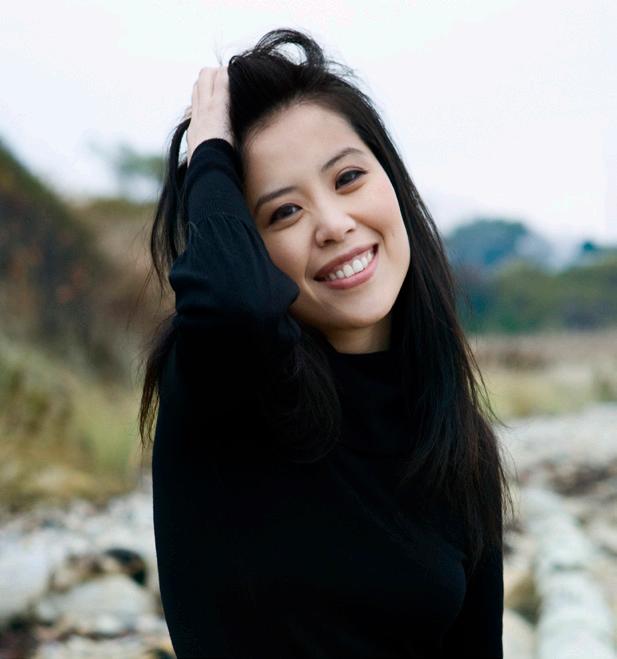
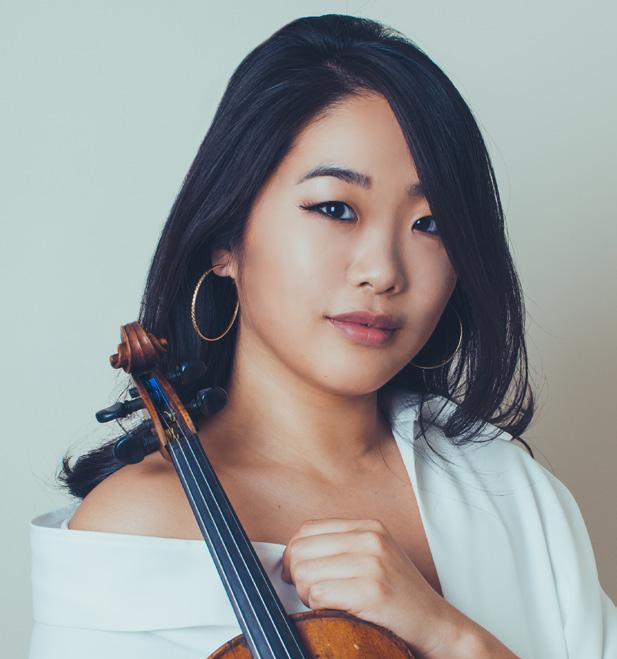
 Kristin Lee, violin
Gloria Chien, piano
Kristin Lee, violin
Gloria Chien, piano
Violinist/violist Yura Lee is a multifaceted musician, as a soloist and as a chamber musician, and one of the very few who is equally virtuosic on both violin and viola. She has performed with major orchestras including those of New York, Chicago, Baltimore, Cleveland, San Francisco, and Los Angeles. She has given recitals in London’s Wigmore Hall, Vienna’s Musikverein, Salzburg’s Mozarteum, the Palais des Beaux-Arts in Brussels, and the Concertgebouw in Amsterdam. At age 12, she became the youngest artist ever to receive the Debut Artist of the Year prize at the Performance Today awards given by National Public Radio. She is the recipient of a 2007 Avery Fisher Career Grant; she has received numerous other international prizes, including top prizes in the Mozart, Indianapolis, Hannover, Kreisler, Bashmet, and Paganini competitions, and was the only first-prize winner awarded across four categories at the 2013 ARD Competition in Germany. Her CD Mozart in Paris , with Reinhard Goebel and the Bayerische Kammerphilharmonie, received the prestigious Diapason d’Or Award. As a chamber musician, she regularly takes part in the festivals of Seattle, Marlboro, Salzburg, Verbier, La Jolla, and Caramoor, among others. She plays a Giovanni Grancino violin kindly loaned to her through the Beares International Violin Society by generous sponsors. For viola, she plays an instrument made in 2002 by Douglas Cox. Lee is a professor at the University of Southern California, Thornton School of Music, holding the Alice and Eleonore Schoenfeld Endowed Chair. She divides her time between Los Angeles, California, and Portland, Oregon.
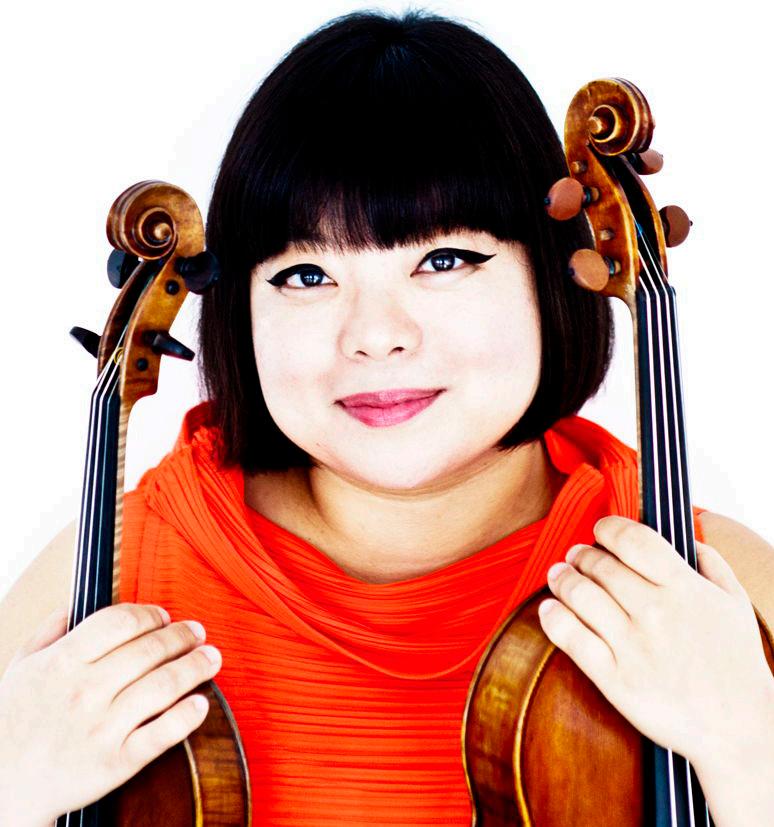
Violinist James Thompson enjoys a multifaceted career as a chamber musician, soloist, educator, and lecturer. He is currently on faculty at Music@ Menlo and has been a member of CMS’s Bowers Program since 2021. He has performed for prestigious chamber music organizations across the country, including the Chamber Music Society of Lincoln Center, Music@Menlo, the Four Arts Society, Parlance Chamber Concerts, the Perlman Music Program, and the Taos School of Music. Solo engagements include appearances with the Cleveland Orchestra, the Cleveland Institute of Music Orchestra, the Cleveland Pops Orchestra, and the Blue Water Chamber Orchestra. He was invited to perform in Budapest as part of the First Bartók World Competition and in Sendai for the Seventh Sendai International Violin Competition. Recently, his abilities as a presenter have earned him invitations to speak at a variety of established concert series. His multimedia live interview with the Kalichstein-Laredo-Robinson Trio, hosted by CMS, was a highlight of his 2021–22 season. Alongside his career on stage, he is forming a strong reputation as a private instructor and chamber music coach, and has recently served as a teaching fellow at both the Encore Chamber Music Festival and the Western Reserve Chamber Music Festival. Thompson holds bachelor’s, master’s, and artist diploma degrees from the Cleveland Institute of Music; his primary teachers include Jaime Laredo, William Preucil, and Paul Kantor.
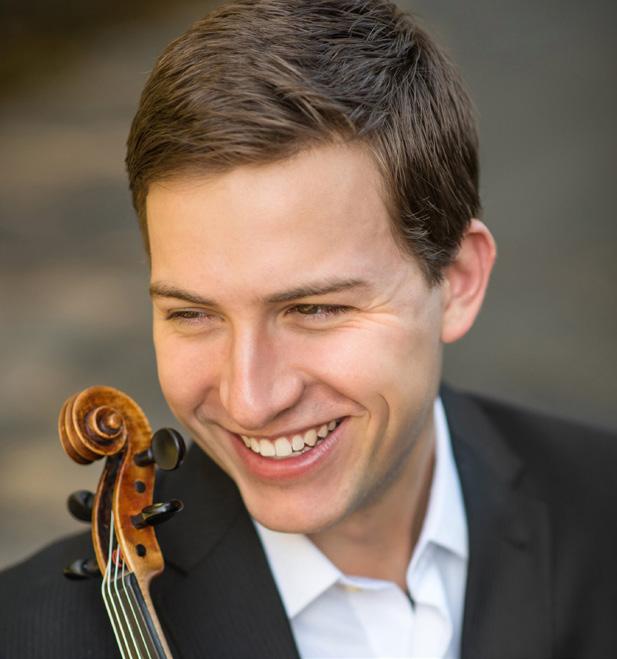
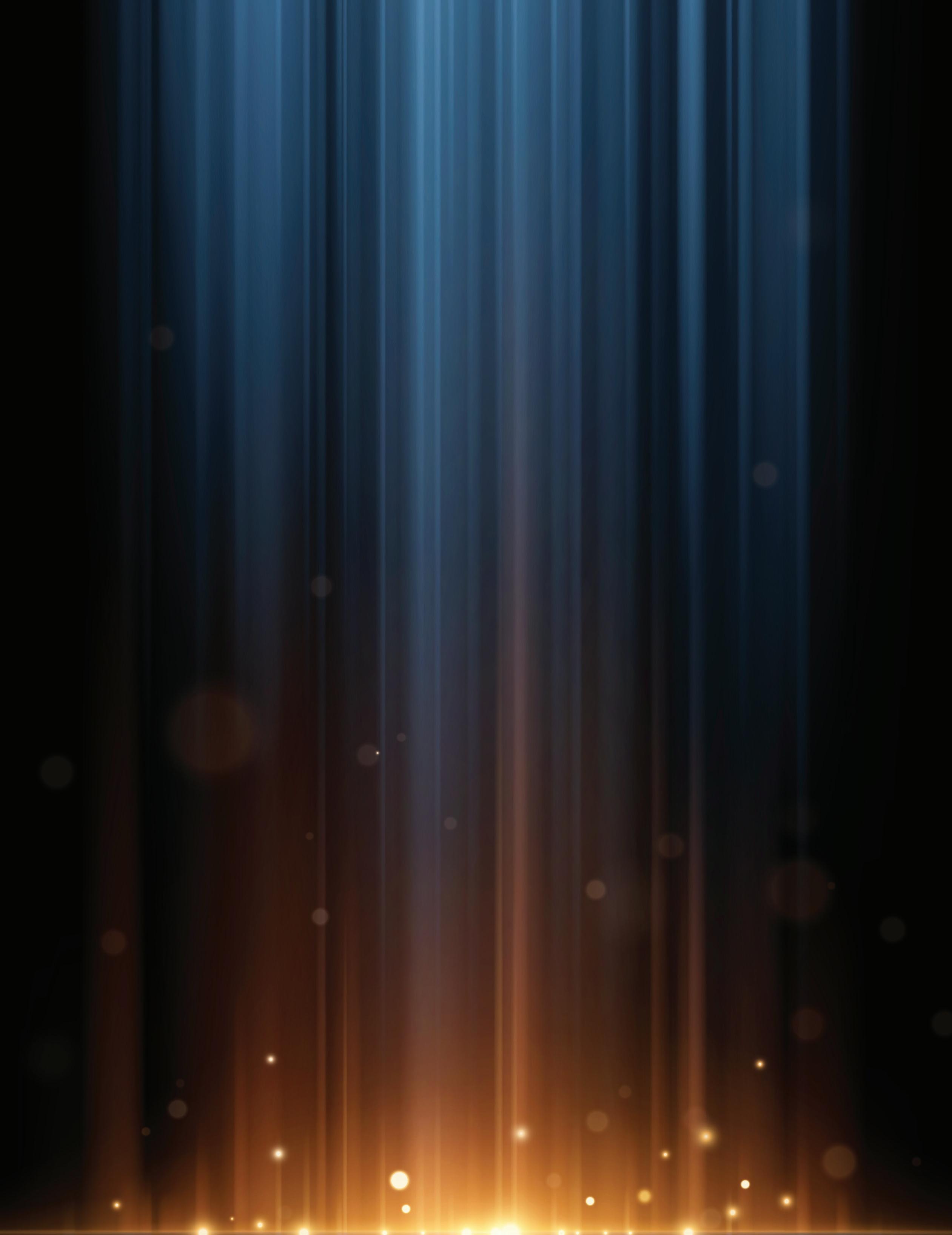 Yura Lee, viola
James Thompson, violin
The Chamber Music Society of Lincoln Center on Tour appears by exclusive arrangement with David Rowe Artists
Yura Lee, viola
James Thompson, violin
The Chamber Music Society of Lincoln Center on Tour appears by exclusive arrangement with David Rowe Artists
APOLLON MUSAG È TE QUARTET
Friday, February 2, 2024 7:30 PM THE FOLLY THEATER
The William T. Kemper International Chamber Music Series
APOLLON MUSAG È TE QUARTET
Paweł Zalejski, violin
Bartosz Zachłod, violin
Piotr Szumieł, viola
Piotr Skweres, cello
The Friends of Chamber Music is proud to host the Kansas City debut of Apollon Musagète Quartet.
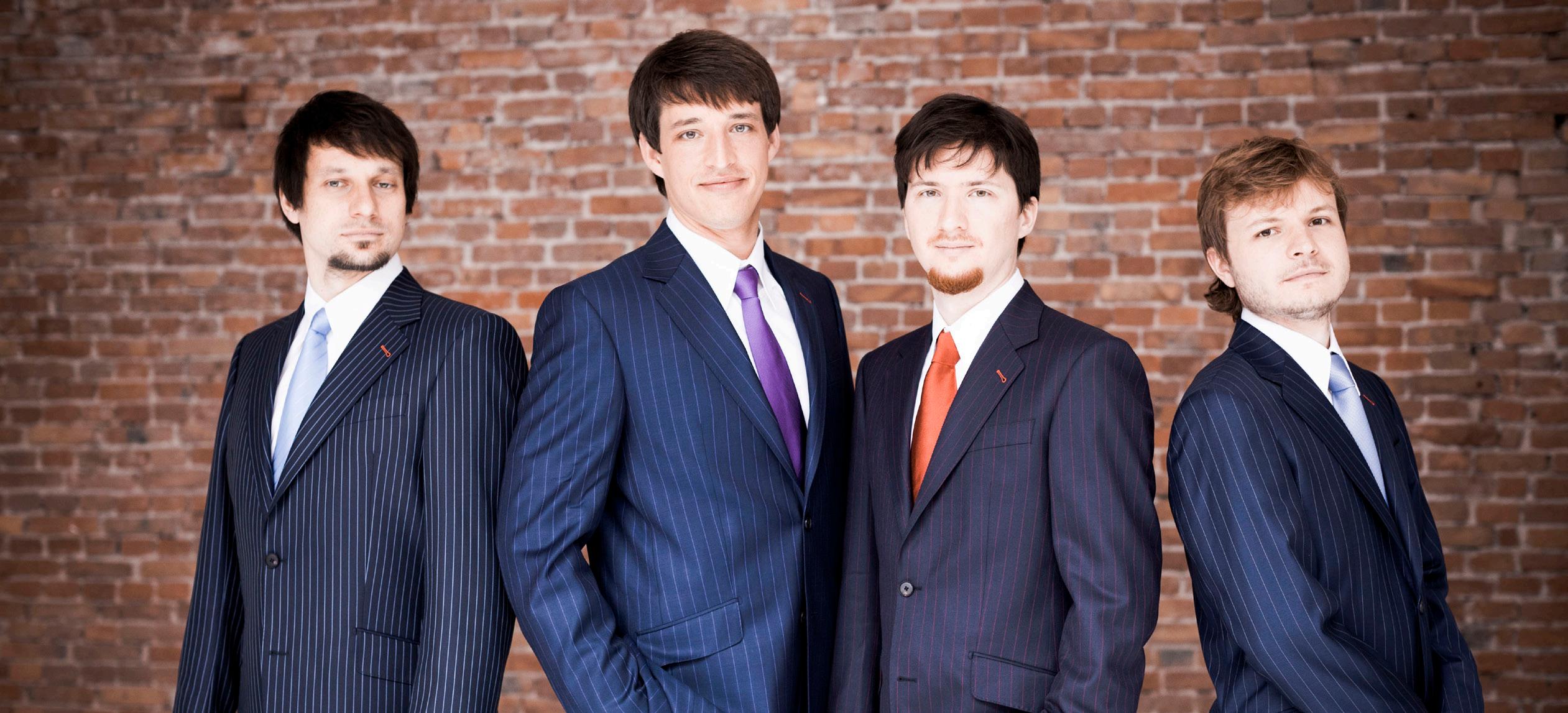
Antonín DVOŘÁK (1841-1904)
String Quartet No. 9 in D minor, Op. 34 (1877)
Allegro
Alla polka: Allegro scherzando
Adagio
Finale: Poco allegro
Giacomo PUCCINI (1858-1924)
Crisantemi for String Quartet, SC 65 (1890)
- intermission -
Johannes BRAHMS (1833-1897)
String Quartet No. 2 in A minor, Op. 51 no. 2 (1873)
Allegro non troppo
Andante moderato
Quasi Minuetto, moderato
Finale: Allegro non assai
The Friends of Chamber Music is grateful for the generous support from our Supporting Underwriters, Dr. Peter G. Goulet and Mrs. Meridith G. Manche
40
This program frames a lovely intermezzo, Giacomo Puccini’s Cristantemi, with major chamber works by two of the most famous composers of the second half of the nineteenth century, who also happened to be friends and mutual admirers, Johannes Brahms and Antonín Dvořák.
Born in 1841 into relative poverty, Dvořák became a skilled performing musician, playing violin and viola in orchestras, while also composing a host of symphonic and choral works, chamber music, and songs. He was already into his early thirties, as yet unheralded as a composer, when he found out about the Austrian State Stipendium. The Stipendium was designed to support talented but financially strained composers. In 1874, Dvořák sent in a huge package of fifteen works, including two symphonies, for consideration by the Stipendium panel, that year made up of Johannes Brahms, critic Eduard Hanslick, and the Director of the Imperial Opera, Johann Herbeck. Brahms in particular was thunderstruck by the talent of this newly-discovered composer, and Dvořák received an award that year, as well as in 1876 and 1877.
In general, Brahms didn’t expend much effort in fostering the next generation of musicians. He had been a child prodigy, earning a living from his teens playing piano in theaters and taverns. Around the age of twenty, he met in Hamburg the famous violinist Joseph Joachim (for whom both Brahms and Dvořák later wrote their respective Violin Concertos). Joachim in turn introduced him to Robert Schumann. Schumann became Brahms’ most important mentor, and Schumann’s wife Clara became his lifelong friend and closest confidant. Brahms ultimately settled in Vienna, and over time became quite a familiar figure in the European musical world.
A bit of a prickly personality and not one to readily share his feelings or enthusiasms, Brahms didn’t have any students, at least not regular ones, and didn’t particularly foster a school of disciples or followers. (Some later musicians, notably composer Hugo Wolf, whose Italian Serenade was performed here by the Quartetto di Cremona last October, were not shy about expressing their disappointment over Brahms’s lack of support.) However, to those who knew him well, Brahms could be a loyal friend. He became that for Dvořák. They were not necessarily a likely pair. Dvořák was a man of faith, devoted to his family, and determined to stay connected to his homeland and humble roots. Brahms, on the other hand, was a person of the city, never married, and quite irreligious. Yet the two of them hit it off, both musically and personally.
In the wake of the Stipendium, which jump-started Dvořák’s composing career, Brahms continued his support of the younger composer. In 1877, Brahms connected Dvořák with his own publisher, Franz Simrock, who not only published Dvořák’s Moravian Duets, Op. 20 to great success, but also commissioned what became one of Dvořák’s best-loved works, the Slavonic Dances, Op. 46. Brahms spread the word about Dvořák’s genius, connecting him with other influential musical figures, arranging for performances of his music, and in general helping him to win attention outside of the confines of Moravia. Brahms’s
support extended even to the point of helping to edit Dvořák’s works for publication during the years that Dvořák was living in the United States.
Dvořák always remembered the debt he owed to Brahms. Starting in the mid 1870s and for the next twenty years, they were in regular contact. They occasionally traveled Europe together, shared new works with one another, and exchanged musical and personal advice and encouragement. Interestingly, though, after Brahms died in 1897, Dvořák largely gave up composing in the traditional forms that Brahms had favored, symphony and concerto and string quartet, and chose to focus on two forms, symphonic poems and opera, that Brahms had never written.
In the realm of the string quartet, where Brahms was notably self-critical, he especially admired what Dvořák accomplished. Comparing and contrasting their string quartets on this program is instructive. By reputation and consensus, at least, Dvořák’s impulse was generally lyrical and discursive, more spontaneous and loosely organized than was the case with Brahms, whose works are in general much more tautly structured and rigorous in their formulation. As far as the two quartets featured on this program, composed within just four years of one another, whether or not those generalizations hold is up to the listener.
Antonín DVOŘÁK
String Quartet No. 9 in D minor, Op. 34
Composed: 1877
Duration: 30 minutes
Dvořák wrote fourteen string quartets in all, the first dating from 1862, when he was twenty-one years old, and the last over thirty years later, in 1895. The most famous of them is certainly the “American” Quartet, the Quartet No. 12 in F major, from 1893, which remains one of the most popular of all string quartets.
The Quartet No. 9 in D minor was composed between July and December of 1877. It was a period of both good and terrible news for the composer. On the one hand, in 1877 he received the third award of an Austrian State Stipendium, as mentioned above. While Dvořák was basking in this success and starting work on the D minor Quartet, however, two of his children died in quick succession: Ruzena, who passed on August 13 at just ten months old, and Otakar, who died on September 8 at 3 ½. A feeling of melancholy inevitably hangs over the Quartet No. 9.
Dedicated to his friend and enthusiastic supporter Brahms, the D minor Quartet was first performed in Prague on February 27, 1882. Its first movement begins with a graceful yet propulsive first theme in triple meter that moves easily between major and minor. The forward movement relaxes a bit and moves more firmly into the major for the sweetly lyrical second theme. As the ideas are developed, agitated music alternates with more songlike episodes. Phrases are tossed from instrument to instrument over rich harmonies. Throughout, Dvořák’s melodic gift is on display. Marked Alla Polka and in a tripartite ABA
41
form, the second movement is a gentle dance, frequently playful but with a wistful quality at times. The same qualities mark the new melody that emerges in the central section. A series of pizzicati from the ensemble heralds the return of the opening music.
The slow third movement begins with a delicate, ethereal hymn. Over time it takes a somewhat wistful turn, the main melody harmonized, then ascending in the first violin, over the regular pulses of cello pizzicati. The music unfolds at its ease, with no drama or tension. Those qualities are saved for the propulsive and passionate final movement. The viola introduces a new theme, taken up by the first violin. Stormy arpeggios are tossed from instrument to instrument. A more optimistic tone is briefly flirted with, but the storms burst forth again, carrying the music to its dramatic conclusion.
Giacomo PUCCINI
Crisantemi for String Quartet, SC 65
Composed: 1890
Duration: 6 minutes
Giacomo Puccini is, of course, remembered almost entirely for his operas. An exponent of verismo, or operatic realism, Puccini produced a string of revolutionary masterpieces at the very end of the nineteenth century and beginning of the twentieth, such as La bohème, Tosca, Madama Butterfly, La fanciulla del west, and Turandot. What is less known, however, is that Puccini also wrote a number of instrumental compositions, including several short pieces for string quartet. Perhaps the most performed of these is Crisantemi, or Chrysanthemums, which Puccini apparently composed in a single evening in response to the death a couple of weeks previously of his friend Prince Amadeo di Savoia, the Duke of Aosta (and one-time King of Spain). Chrysanthemums, a flower long associated with funerals in Italy, are said to represent heroism and loyalty in addition to mourning.
Puccini’s elegy is based on two main melodies. The first is slow, expressive, and harmonically restless. Its arching phrases build over time, leading to a new, equally heartfelt aria played by the violin over a lilting accompaniment and underpinning from the cello. The opening idea recurs one final time before the elegy’s end. Puccini reused both of the main themes three years later in Acts III and IV of his opera Manon Lescaut.
Johannes BRAHMS
String Quartet in A minor, Op. 51 no. 2
Composed: 1873
Duration: 34 minutes
Brahms completed the two Op. 51 String Quartets in 1873. He had begun both at least four, and perhaps as many as seven, years earlier, but he continued to tinker with them, only bringing them to their final form during a summer vacation in Bavaria. According to legend, the self-critical Brahms had composed, and destroyed, something like twenty earlier string quartets before finally allowing the Op. 51 to be published. As with the
long gestation of what became his Symphony No. 1, Brahms was constantly aware of the example of Ludwig van Beethoven looming over him, and wouldn’t release to the public anything – especially in the important genres like symphony and string quartet – that wasn’t up to that high standard.
The A minor Quartet was given its first performance by the quartet led by Brahms’s friend Joseph Joachim. Joachim’s personal motto “Frei, aber einsam” (Free, but lonely) was given a new turn by Brahms with “Frei, aber froh” (Free, but happy). In fact, the initials of both, turned into the notes F-A-E and F-A-F, play a role in the main themes of the Quartet’s first movement. Those melodies are developed to a large extent through counterpoint, and here and in some of the canonic imitation in the other three movements, one can hear reflected Brahms’s love of the music of Johann Sebastian Bach. The large-scale first movement is followed by an expansive, lyrical slow movement. Its first melody is presented by the first violin over a flowing accompaniment from the viola and cello. A more agitated central section in the minor is followed by a new theme that brings the movement to a close.
The third movement hovers between the courtly eighteenth century minuet – Brahms actually marks this movement “Quasi Minuetto” – and the more energetic scherzo that followed it. But the music also has a vaguely portentous, spectral quality all its own. As with many other works by Brahms, the Finale derives its inspiration from the Hungarian folk music that he so loved. The movement is a dance, a czárdás, and some of its energy comes from a rhythmic tug between the main theme and its accompaniment. The music veers between almost reckless energy and tenderness before its whirlwind conclusion.
Program notes by Chris Morrison
42
APOLLON MUSAGÈTE QUARTET
Winner of first prize and several other awards at the International Music Competition of the ARD in 2008, the Apollon Musagète Quartet has rapidly become an established feature of the European musical scene, captivating public and press alike. The quartet studied with Johannes Meissl at the European Chamber Music Academy and was inspired by the musicians of the Alban Berg Quartet at the University of Music and Performing Arts Vienna.
The quartet was nominated ECHO Rising Stars 2010, followed by highly successful performances at prestigious European venues. It was also named BBC New Generation Artist in 2012, leading to extensive touring in the UK and a number of recordings for the BBC. In 2014 the musicians received the Borletti-Buitoni Trust Award.
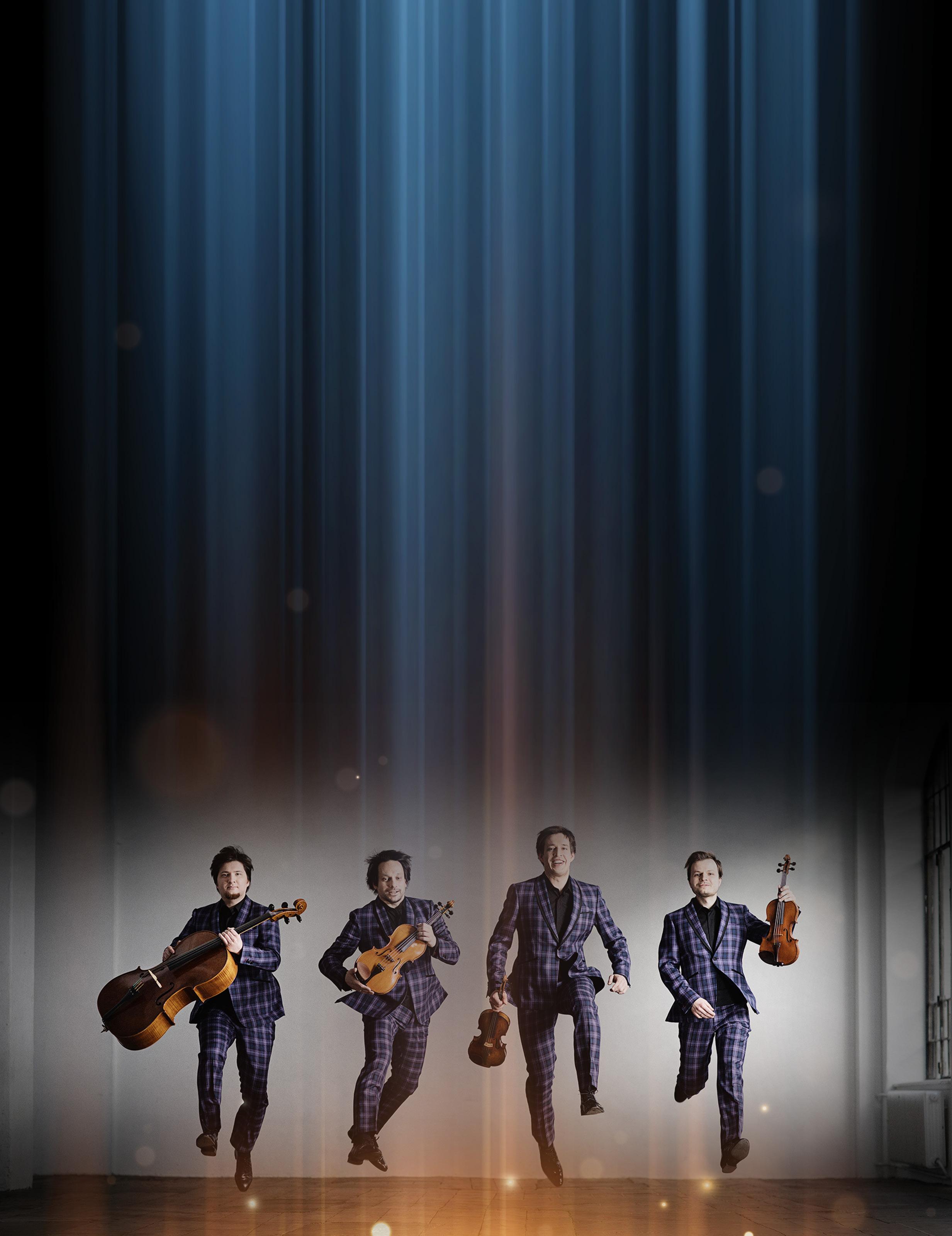
Recent engagements have taken the quartet to the Concertgebouw Amsterdam, Konzerthaus and Philharmonie Berlin, Edinburgh International Festival, Wigmore Hall London, Carnegie Hall New York, Rheingau Musik Festival, Schwetzinger SWR Festspiele and to the Chopin and his Europe Festival in Warsaw. Highlights for the 2018/19 season include debuts and return engagements at the Auditori Barcelona, Bozar Brussels, Frauenkirche Dresden, Elbphilharmonie Hamburg, Gewandhaus Leipzig, Louvre Paris and at the Tonhalle Zurich. In summer 2019 the quartet starts its triannual Schubert cycle for the Schubertiade in Austria. Furthermore, they will especially focus on the works by Dvořák which will be performed during the next seasons at the Kasseler Musiktageone of the oldest music festivals in Europe In June 2019 their Japan tour will bring them to locations such as Nagoya, Tokyo and Yokohama.
The Apollon Musagète Quartet collaborates with renowned artists in chamber music such as Martin Fröst, Per Arne Glorvigen, Nils Mönkemeyer, Gabriela Montero, István Várdai and Jörg Widmann. They appeared in several symphonic series with the BBC National Orchestra of Wales, BBC Symphony Orchestra, Dresden Philharmonic and the Polish National Radio Symphony Orchestra in Katowice.
They welcome collaborations that integrate chamber music into various forms of performing arts and were part of projects such as a staged concert by the Berlin based performance group Nico and the Navigators, a ballet production of the National Theatre in Nuremberg and a world tour with the pop singer Tori Amos. Their own compositions Multitude for String Quartet and A Multitude of Shades, both published by the Viennese publisher Doblinger, are often included in the quartet’s concert repertoire.
Since the debut CD by Oehms Classics in 2010 followed by recordings for the labels such as Decca Classics and Deutsche Grammophon, their discography has grown extensively. In summer 2018 a disc containing quartets by Andrzej Panufnik was released by the Fryderyk-Chopin-Institute and subsequently the latest recording with works by Karol Szymanowski and Roman Palester by Universal Poland.
Piotr Skweres plays an ex-André Navarra cello by Gennaro Gagliano dated 1741. The instrument has kindly been provided by Merito String Instruments Trust Vienna. Furthermore, the quartet thanks the Thomastik Infeld for the generous support and the enterprise Stoffwerk for the exclusive and custom-made concert clothes.
Apollon Musagète Quartet appears by exclusive arrangement with Arts Management Group, Inc.
JEREMY DENK
Tuesday, February 13, 2024 7:30 PM THE FOLLY THEATER
The Muriel McBrien Kauffman Family Foundation Master Pianist Series

Johann Sebastian BACH (1685-1750) SIX PARTITAS FOR KEYBOARD
Partita No. 1 in B-flat Major, BWV 825
Praeludium • Allemande • Corrente •
• Sarabande • Menuet I, Menuet II • Gigue
Partita No. 2 in C minor, BWV 826
Sinfonia • Allemande • Courante •
• Sarabande • Rondeau • Capriccio
Partita No. 3 in A minor, BWV 827
Fantasia • Allemande • Corrente •
• Sarabande • Burlesca • Scherzo • Gigue
Partita No. 4 in D Major, BWV 828
Ouverture • Allemande • Courante • Aria •
• Sarabande • Menuet • Gigue
Partita No. 5 in G Major, BWV 829
Praeambulum • Allemande • Corrente • Sarabande •
• Tempo di Minuetto • Passepied • Gigue
Partita No. 6 in E minor, BWV 830
Toccata • Allemande • Corrente • Air •
• Sarabande • Tempo di Gavotta • Gigue
The Friends of Chamber Music is grateful for the generous support from our Supporting Underwriters, Richard and Jane Bruening , and Michael and Eileen Schwartzman
44
Sebastian BACH: Six Partitas for Keyboard, BWV 825-830
Johann Sebastian Bach was a skilled performer on a number of different instruments – his specialties were the organ, harpsichord, and violin, but he was also able to play to varying degrees the viola, cello, double bass, recorder, flute, oboe, bassoon, horn, and trumpet. When it came time for him to be passing on his musical knowledge to his children, Bach made certain that they, too, had a thorough knowledge of more than one instrument. Keyboard instruments, ranging from the church organ to the harpsichord or the smaller clavichord, were of course of great importance. A lot of Bach’s considerable output for the harpsichord was for instructional purposes: the two books of The Well-Tempered Clavier, the shorter Inventions and Sinfonias, isolated works like the Italian Concerto and the Chromatic Fantasy and Fugue, the French Suites and English Suites, and, of course, the Partitas.
The word “partita” had had a number of meanings over the years. Starting in the seventeenth century, it was typically applied to a set of variations composed for a single instrument, usually keyboard. In Germany specifically, the term evolved to refer, as does the more common term “suite,” to a collection of connected movements, usually dances. Bach employed the term in the latter sense multiple times in his career, including in the Sonatas and Partitas for solo violin, as well as in the present six works.
The six Partitas were published individually, one per year, beginning in 1726, and then together as Clavier-Übung I in 1731. Clavier-Übung is simply translated as “Keyboard Exercise” or “Keyboard Practice,” and these works were likely intended as instructional pieces for more advanced keyboard players. On
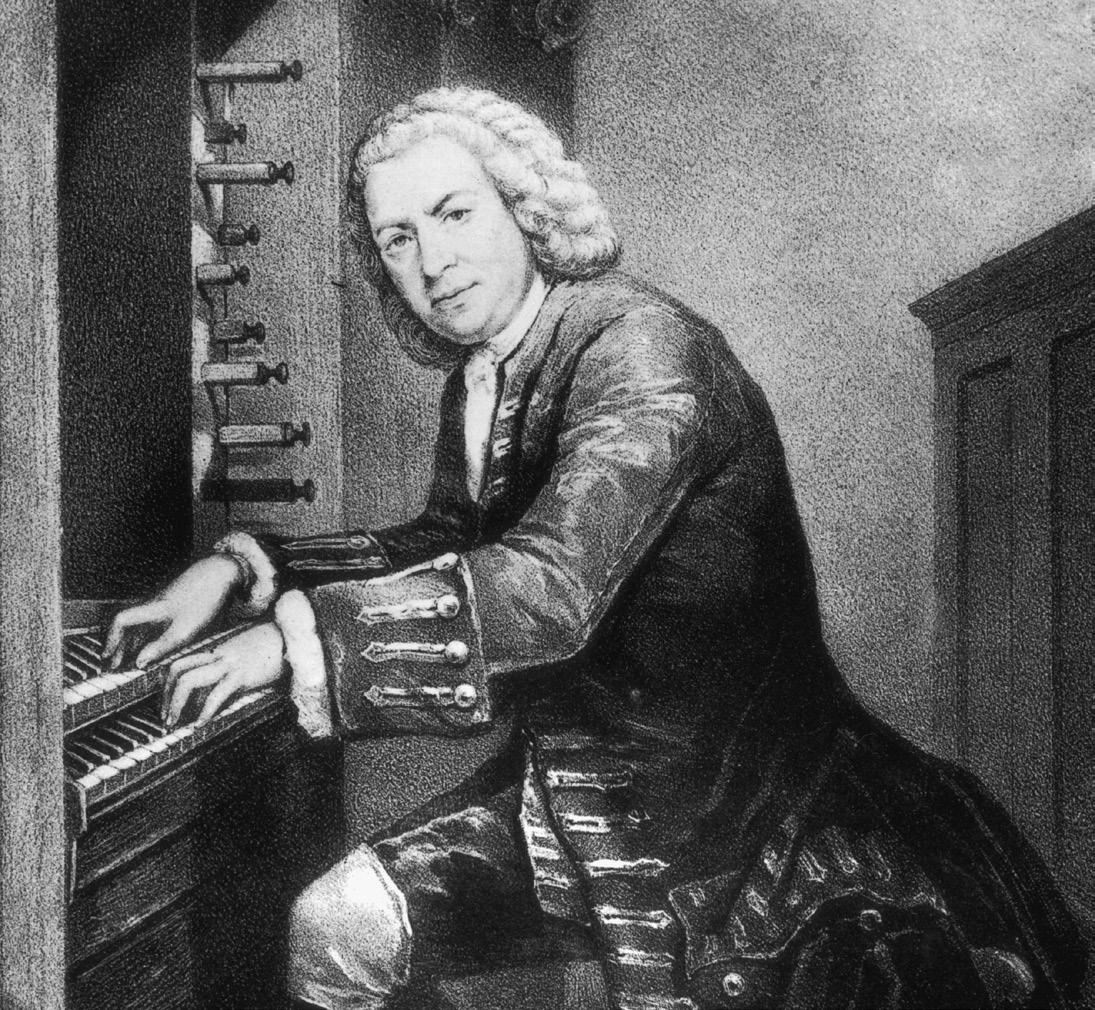
the title page of his publication, Bach described the music this way: “Keyboard Practice, consisting of Preludes, Allemandes, Courantes, Sarabandes, Gigues, Minuets, and other Gallantries; prepared for the enjoyment of music lovers by Johann Sebastian Bach.” Bach thought so highly of these that they were, in fact, the first of his works that he published himself, as his Opus 1.
They postdate Bach’s other familiar suites for keyboard – the six French Suites, the six English Suites, and the Overture in the French style – and are almost certainly the most demanding, for both performer and listener. Bach seems to have set his sights progressively higher in these works: the French Suites, the earliest, are relatively light and accessible, the English Suites are a bit more complex, and the Partitas are the most ambitious of all. Along with their comparative complexity, another of the differences between the Partitas and Bach’s previous keyboard suites are their flexibility of structure. The types of dances differ somewhat from Partita to Partita, and each of the six has a different form of opening movement, ranging from the relatively simple Praeludium of the first to the intense and complex Toccata of the sixth.
Although one doesn’t really think about it while listening, there is even a thoughtful plan to Bach’s sequencing of the Partitas: No. 1 is in B-flat major, then it’s up a second to C minor for No. 2, down a third to A minor for No. 3, up a fourth to D major for No. 4, down a fifth to G major for No. 5, and finally up a sixth to E minor for No. 6. And if that weren’t enough, the sequence starts with B-flat, or B in German notation, ends with B natural, or H in German nomenclature, and includes an A and a C in between – in other words, the sequence of key signatures also spells out Bach’s name!
Partita No. 1 in B-flat major, BWV 825
Duration: 17 minutes
The short opening Praeludium ambles gracefully, much of the melodic interest actually coming from the left hand. Flowing figuration from the right hand marks the opening section of the Allemande. The succeeding section begins in the lower reaches of the keyboard, adding a hint of drama. The Corrente is a jaunty dance with a playful skipping motion. Slow and consoling, the Sarabande, the longest of the work’s seven movements, touches the heart. Occasional trills introduce the briefest notes of tension in the unfolding of the music. A pair of graceful Minuets are followed by a concluding Gigue, its skittering motion propelled by frequent, nimble hand-crossing by the performer.
Partita No. 2 in C minor, BWV 826
Duration: 18 minutes
This is the only one of the Partitas with six, rather than seven, movements. A serious, almost portentous opening to the Sinfonia, unlike anything heard in the first Partita, leads into faster music, more decorative but still of a rather haunted, dark-toned nature. Suddenly a fugue bursts forth, fleet but obsessive. The Allemande proceeds at an even pace, its dance
45
Johann
Johann Sebastian BACH (1685-1750)
origins long gone in favor of contemplation and, in spots, consolation. The tempo picks up greatly for the short, yet stern and dramatic, Courante. The Sarabande, hymn-like, searching, and harmonically unpredictable, seems to inhabit a realm of its own. Rather than the Gigue that closes out the other five Partitas, here, a sharply articulated Rondeau, with the usual repeating refrain, leads into a concluding Capriccio, resolute rather than playful, that is even more fleet-fingered.
Partita No. 4 in D major, BWV 828
Duration: 30 minutes
The time scale begins to open out with the Partita No. 4, which is quite a bit longer than its predecessors. A stately, almost strutting rhythm marks the opening of the Ouverture, which in its middle section turns lighthearted, with its roulades of notes and mock-portentous bass line. There is an easy flow to the lengthy, beautiful Allemande, whose melodic line spins out at a leisurely pace, seemingly searching for a resting place and never quite finding it. The jovial Courante has an attractive strut and a dancing melodic line. The Aria has a charming melody, almost a musical wink to the listener. But that moment of light humor is brief, as with the Sarabande a world of repose is entered, its long melodic phrases, separated as if by breaths, stretching out gracefully. The mood lightens considerably for the brief Menuet, although its subtle rhythmic changes would make it difficult to dance to. The Gigue takes the form of a fugue, but with more of a smile than an academic frown in its upward, then downward motion, and nimble interplay of lines.
Partita No. 5 in G major, BWV 829
Duration: 19 minutes
One of the shorter and more lighthearted of the Partitas, No. 5 begins with a Praeambulum that is both genial and among the more difficult parts of this work to play, with its repeated runs and slightly eccentric stop-and-start motion. Although the peaceful, moderately-paced Allemande is in common time, the constant groupings of three sixteenth notes give the music a triplet feeling. The lively Corrente features a lyrical melody over a very busy left hand accompaniment. One of the few moments of relative serenity in this work, the Sarabande has an easy gait and transparent, yet still highly contrapuntal, textures. The light, energetic Tempo di Minuetto is followed by a short but muscular Passepied with rather a swaggering rhythm. The Partita is topped off by a virtuoso Gigue in the form of a fugue, its second section featuring a main melody that at first sounds slightly, comically off-kilter. The performer is given many a challenge here.
Partita No. 6 in E minor, BWV 830
Duration: 30 minutes
This work begins with one of the largest, and most profound, movements of all the Partitas, a Toccata that begins in an almost tragic mode, foreboding chordal passages alternating with intricate arpeggios. A fugue then emerges. A phrase from the fugue’s subject provides some moments of major key con-
solation amid the contrapuntal web. The movement ends with a recalling of the opening music and some final arpeggios. The following Allemande has much of the gravitas of the Toccata, but in a more gentle and elegant setting. The nimble dance rhythms of the Corrente are overlaid with further virtuosic figures and arpeggios. A short and delicate Air provides a lighter moment before the intense, haunted yearning of the Sarabande, with its ornamented line and hints of the darker moments of the opening Toccata. The seeming jauntiness of the Tempo di Gavotta is undercut by its minor key. Even amid the darker tone of this Partita, the jagged opening phrase of the fugal Gigue is striking. The unrelenting pace of this music, basically unrelieved by lighter moments, makes for an impressive, somewhat grim, but powerful close to the cycle of Partitas.
Program notes by Chris Morrison
46
JEREMY DENK
Jeremy Denk is one of America’s foremost pianists, proclaimed by the New York Times ‘a pianist you want to hear no matter what he performs.’ Denk is also a New York Times bestselling author, winner of both the MacArthur “Genius” Fellowship and the Avery Fisher Prize, and is a member of the American Academy of Arts and Sciences.
In the 2023-24 season, Denk premieres a new concerto written for him by Anna Clyne, co-commissioned and performed by the Dallas Symphony Orchestra led by Fabio Luisi, the City of Birmingham Symphony led by Kazuki Yamada, and the New Jersey Symphony led by Markus Stenz. He also returns to London’s Wigmore Hall for a three-concert residency, performing Bach’s Solo Partitas, as well as collaborating with the Danish String Quartet, and performing works by Charles Ives with violinist Maria Wloszczowska. He further reunites with Krzysztof Urbański to perform with the Antwerp Symphony and again with the Danish String Quartet in Copenhagen at their festival Series of Four.
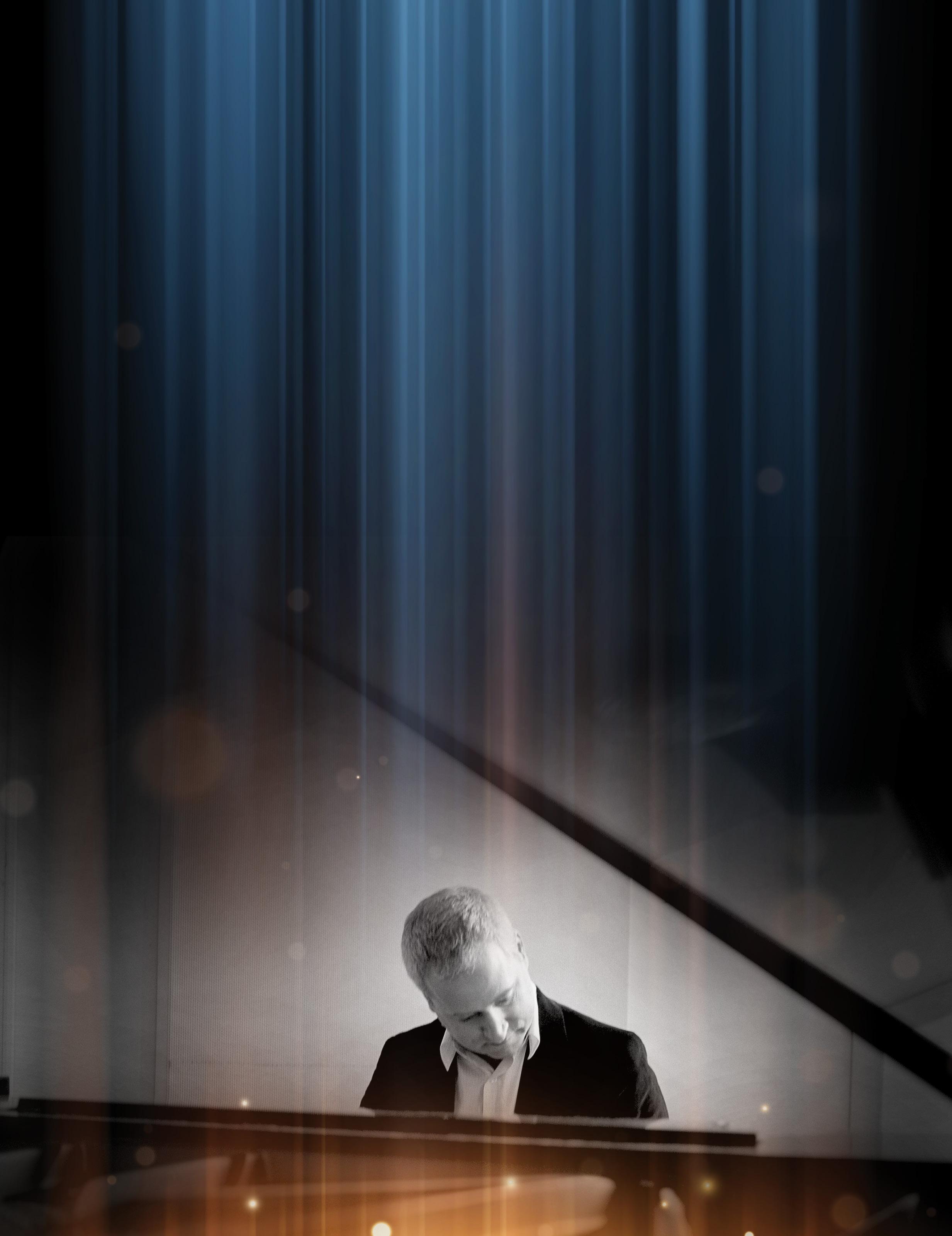
In the US, he performs a program focusing on female composers, and continues his exploration of Bach with multiple performances of the Partitas. His collaborations include performances with violinist Maria Wloszczowska in Philadelphia and New York, and, in the Summer, returning to perform with his longtime collaborators Steven Isserlis and Joshua Bell. He closes the season with the San Diego Symphony and Rafael Payare with Beethoven’s Piano Concerto No. 4.
Denk is also known for his original and insightful writing on music, which Alex Ross praises for its “arresting sensitivity and wit.” His New York Times Bestselling memoir ‚Every Good Boy Does Fine‘ was published to universal acclaim by Random House in 2022, with features on CBS Sunday Morning, NPR’s Fresh Air, The New York Times, and The Guardian. Denk also wrote the libretto for a comic opera presented by Carnegie Hall, Cal Performances, and the Aspen Festival, and his
writing has appeared in the New Yorker, the New Republic, The Guardian, Süddeutsche Zeitung and on the front page of the New York Times Book Review.
Denk has performed multiple times at Carnegie Hall and in recent years has worked with such orchestras as Chicago Symphony, Philadelphia Orchestra, New York Philharmonic, Los Angeles Philharmonic, San Francisco Symphony, and Cleveland Orchestra. Further afield, he has performed multiple times at the BBC Proms and Klavierfestival Ruhr, and appeared in such halls as the Köln Philharmonie, Concertgebouw in Amsterdam, and Boulez Saal in Berlin. He has also performed extensively across the UK, including recently with the London Philharmonic, Bournemouth Symphony, City of Birmingham Symphony, Royal Liverpool Philharmonic, BBC Symphony, Scottish Chamber Orchestra, and play-directing the Britten Sinfonia. Last season’s highlights include his performance of the Well-Tempered Klavier Book 1 at the Barbican in London, and performances of John Adams’ “Must the Devil Have All The Great Tunes?” with the Cleveland Orchestra, St. Louis Symphony, and Seattle Symphony, as well as a return to the San Francisco Symphony to perform Messiaen under Esa Pekka Salonen.
Denk’s latest album of Mozart piano concertos was released in 2021 on Nonesuch Records. The album, deemed “urgent and essential” by BBC Radio 3. His recording of the Goldberg Variations for Nonesuch Records reached No. 1 on the Billboard Classical Charts, and his recording of Beethoven’s Piano Sonata Op. 111 paired with Ligeti’s Études was named one of the best discs of the year by the New Yorker, NPR, and the Washington Post, while his account of the Beethoven sonata was selected by BBC Radio 3’s Building a Library as the best available version recorded on modern piano.
Jeremy Denk appears by exclusive arrangement with Opus 3 Artists.
LE CONSORT
Friday, March 1, 2024 7:30 PM
GRACE & HOLY TRINITY CATHEDRAL
The Friends of Chamber Music Early Music Series
Antonio VIVALDI (1678-1741)
Giovanni Battista REALI (1681-1751)
LE CONSORT
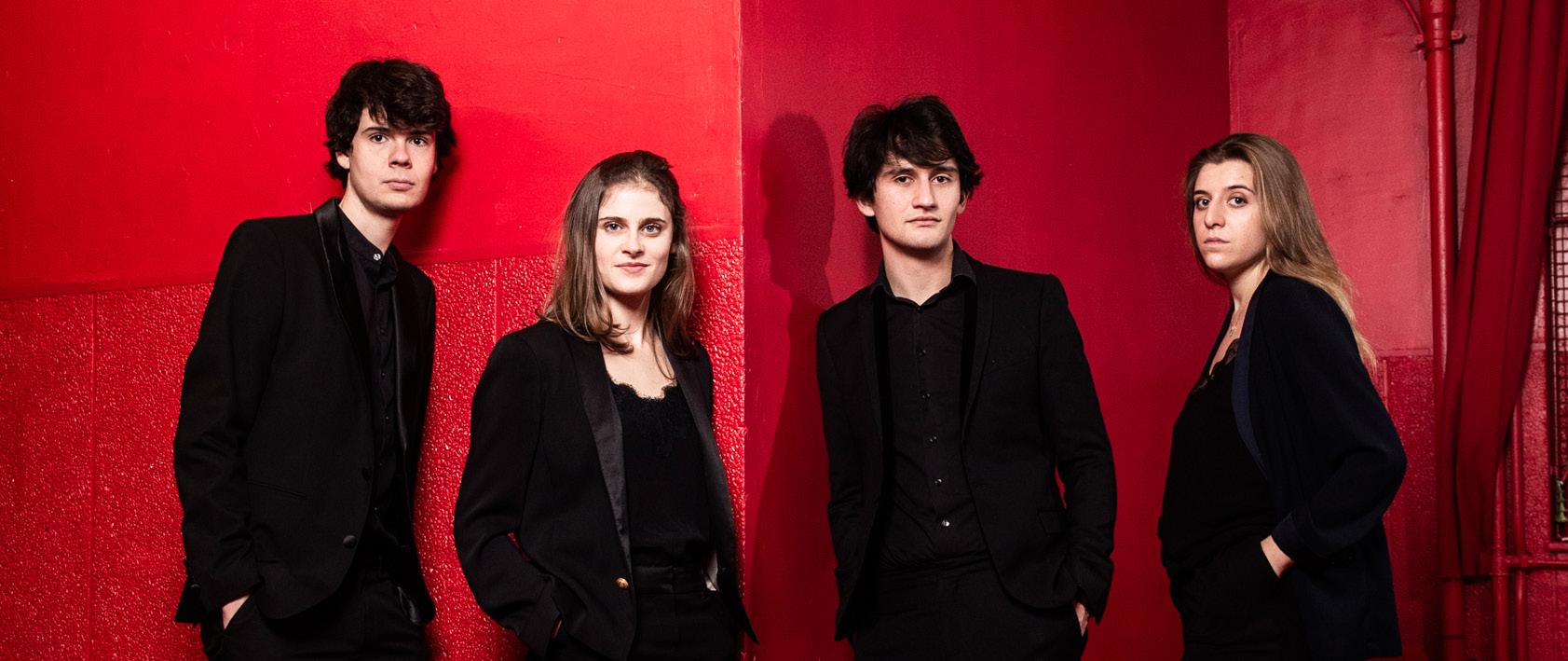
Théotime
Langlois de Swarte, violin
Sophie de Bardonnèche, violin
Hanna Salzenstein, cello
Justin Taylor, harpsichord
Arcangelo CORELLI (1653-1713)
Jean-Philippe RAMEAU (1683-1764)
Jean-François DANDRIEU (1682-1738)
Arcangelo CORELLI (1653-1713)
Francesco Maria VERACINI (1690-1768)
Trio Sonata in G minor, Op. 1 no. 1
Violin Sonata Op. 2 no. 1
Grave
Trio Sonata in C Major, Op .4 no. 1
Selections from “Les Indes galantes”
Trio Sonata in G minor, Op. 1 no. 3
Violin Sonata, Op. 5 no. 12 “La Follia”
Violin Sonata in A Major, Op. 1 no. 7 Finale
- intermission -
John ECCLES (1668-1735)
Henry PURCELL (1659-1695)
Jean-Philippe RAMEAU (1683-1764)
Johann Sebastian BACH (1685-1750)
Incidental Music for “The Mad Lover”
Sonata of Four Parts in G minor, Z 807
Gavotte and Six Doubles
Trio Sonata in G minor, BWV 1038
Largo
Vivace
Adagio
Presto
Concerto in D minor, BWV 974
ii. Andante
Antonio VIVALDI (1678-1741)
Trio Sonata in D minor, Op. 1 no. 12 “Follia”
The Friends of Chamber Music is grateful for the generous support from our Supporting Underwriters, John and Hilary Stroh
48
The Friends of Chamber Music is proud to host the Kansas City debut of Le Consort.
At the beginning of the 18th century, the city of Venice was home to violinists and genius composers. Antonio Vivaldi’s talents are beyond question: he has achieved lasting fame as one of the most inventive, prolific, and virtuosic composers of the Baroque period. The Sonata in G minor is the very work first Vivaldi published when he was 23 years old. Its five sections mingle elements of the sonata da chiesa (Preludio Grave and Adagio) with dances (Allemanda, Capriccio, Gavotta). Vivaldi first plunges us into the intensely contemplative atmosphere of a Venetian church, then surprises us with dance movements in which the violins vie with each other in virtuosity.

As for the violinist-composer Giovanni Battista Reali, his life is shrouded in mystery. He published only two opus numbers: a set of 12 trio sonatas in 1709, followed in 1712 by solo sonatas for violin and bass continuo. That his trio sonatas were republished in Amsterdam by Estienne Roger in 1710 is proof that his works enjoyed a degree of success, but we know very little of his biography. He is mentioned as being a violinist in Venice’s Teatro San Fantin, then in 1727 as maestro di cappella for the Duke of Guastalla in Emilia-Romagna – after which we lose all trace of him. This Grave is an intimate duet of two violins.
The trio sonata was born during the second half of the 17th century and it was Arcangelo Corelli, the master of the genre, who developed, established, and popularized it throughout Europe. A violin virtuoso himself, he devoted his entire output to that instrument. Of the six sets of compositions he left behind, the first four are devoted to the trio with two violins, which became the paramount ensemble of the Baroque era. The immensely famed Corelli became a model for his contemporaries, with a strong influence on the composers of his own time and on succeeding generations as well. Publication of his works was keenly anticipated in the whole of Europe, each new
opus enjoying success even greater than the last. The Sonata in C Major, is luminous, with a breathtaking third movement.
Les Sauvages is undoubtedly Jean-Philippe Rameau’s most famous piece. Originally for harpsichord, it was orchestrated and inserted into the new “entrée” added in 1736 in his celebrated Opéra Les Indes Galantes. Rameau’s source of inspiration was the presentation, in 1725, at the Théâtre des Italiens, of Indians from Louisiana dancing to the sounds of their instruments. Influenced by the exoticism of this encounter, he translated into music this obsessive rhythmic repetition.
The trio sonatas of Jean-François Dandrieu really do deserve a place in the very front rank of the chamber music of the period. They show a mastery of style as well as a variety of astonishing character types. There are dances overflowing with energy, a playful, spirited counterpoint between the three voices, movements that seem suspended in time by the most expressive Italianate ritardandi, with articulation, phrasing, rhythm, sweetness, passion – full of life. So, who was Dandrieu? Born in 1682, in the heart of Paris, on the l’Île de la Cité, Jean-François grew up in the family home. From his earliest years he devoted himself to music: even as a young boy he was able to play the harpsichord with tremendous facility. In 1687, aged only five, he presented himself at the court of Versailles before the Princess of the Palatinate, to whom he later dedicated his trio sonatas. On reaching adulthood, Dandrieu decided to consecrate himself to God, taking holy orders. Dandrieu’s Op. 1 sonatas carry special meaning for us, as they were the very first works we read during our initial rehearsals! Perhaps we felt a special connection since he was about our ages – 23 – when he published them. Whatever the reasons, we felt a common bond with his Sonata in G minor. From our very first notes together we discovered the darting motifs of those descending appog-
49
A JOURNEY THROUGH BAROQUE EUROPE
Canaletto: View of Venice: Rio dei Mendicanti (1723)
giaturas and there was, quite simply, a feeling we all shared: a common rhythm. The ensuing rapid, light-footed Allegro is marked by a fugue that is completely Italian in character. The third movement, meditative, quasi-liturgical, is a contemplation in an introspective lyrical form, without a trace of ostentation. The final Gigue brings us back to the French style, with its bass voice recalling the full, earthy style of a Forqueray. For all of us, it was the moment of falling in love, both musically and emotionally. This sonata has become our anthem, our watchword, an emblematic banner of our vision of the trio sonata.
The Violin Sonata Op. 5 no. 12 by Corelli is a set of virtuosic variations on the popular ground bass in triple time known by its Spanish name La Folia – alluding to the ‘frenzy’ of the dance and is unquestionably among the composer’s most popular works.
Francesco Maria Veracini, was born in Florence and enjoyed a tremendous life traveling across Europe. This final movement from the Violin Sonata in A Major, written in the high register of the baroque violin, is very challenging to perform. (Incidentally, Veracini played on a violin made by Jakobus Stainer, the maker of Théotime’s violin!)
In Gavotte et ses doubles, the term “double,” derived from the French air of the seventeenth century, denotes the variety of reprise of a piece. Here, Rameau has a “orchestral” bent, his variations are based on rhythm, harmony, melodic variation, and the interplay between registers.
Bach’s Sonata BWV 1038 is enigmatic. While the surviving material is in Bach’s handwriting, the source is unsigned, and its authenticity is frequently questioned. In four movements, this Sonata in G major is inspired by the Italian style. This influence is even more visible in the Andante BWV 974, adapted from a work originally by the Venetian composer Marcello for oboe and orchestra. Bach discovered the score and decided to transcribe it for his own instrument, the harpsichord.
The Sonata No. 12, La Follia by Vivaldi is a masterpiece of the trio sonata repertoire, irresistible in its sheer momentum. The variations are built up impressively: by turns slow and fast, introspective and passionately fiery, they unfold organically with stylistic mastery, taking performers and listeners alike on a journey from intimacy to virtuosity.
The Mad Lover began life around 1616 as a comedy by the prolific and versatile English dramatist John Fletcher, a younger contemporary of William Shakespeare (with whom he collaborated on two plays). The score from Eccles for the new version of Fletcher’s play, besides its three masques, included an abundance of instrumental pieces, such as this ground. The descending tetrachord forms a relentless, repetitive motif, one which sticks in the memory with an immediacy that touches everyone.
The greatest musical genius of late seventeenth-century London was undoubtedly Henry Purcell, an extraordinary musician present on all fronts. At a time when both the form and the instrument already belonged to a fast-disappearing world, he wrote the last fantasias for viols in the great English tradition. He was also enthusiastic about the newer violin and the Italian sonata. Purcell had his Sonatas of III Parts printed at his own expense in 1683, a significant risk for the youthful composer, still only twenty-four years old. And sadly, these works remained misunderstood: the 1683 collection, along with a successor of 1697 published by his widow after his death, sold so poorly that Frances Purcell was forced to remainder them, without being able to sell off her stock. Purcell, so beloved for his operas, had bad luck with his sonatas. Yet from the very beginnings of our ensemble, we have performed the wonderful Sonata VI. Built on a ground that repeats itself tirelessly, this work is a compendium of Purcell’s genius which question the human soul in its most intimate aspects, and through its emotional intensity reminds us of Dido’s Lament by the same composer.
50
Notes by Sophie de Bardonnèche
LE CONSORT
Le Consort, a leading baroque chamber ensemble co-directed by harpsichordist Justin Taylor and violinist Théotime Langlois de Swarte, comprises four young musicians who interpret the trio sonata repertoire with enthusiasm, sincerity, and modernity. The group’s mission is to bring together compelling musical personalities in the service of chamber music from the repertoire of the 17th and 18th centuries. From Corelli to Vivaldi, from Purcell to Couperin, the dialogue between the two violins and the basso continuo displays a wealth of contrasts between vocality, sensuality, and virtuosity. Le Consort takes this genre, the quintessence of baroque chamber music, and interprets it with a personal, dynamic, and colorful language.
With a core that has remained constant since their founding in 2016, Le Consort performances approach a level of musical integration typically found in long-standing string quartets. In 2017 they claimed First Prize and the Audience Prize at the Loire Valley International Early Music Competition, chaired by William Christie. Their recordings, including OPUS 1 (featuring the unpublished sonatas of Jean-François Dandrieu), and Specchio Veneziano (trio sonatas of Vivaldi alongside the music of his less familiar contemporary, Giovanni Reali), have earned numerous awards and extensive critical acclaim.
In the 2023-24 season, Le Consort will make its North American debut with concerts in cities across the continent, including Montreal, Boston, Chicago, New Orleans, Kansas City, Berkeley, La Jolla, Vancouver, and many others. The ensemble has performed extensively throughout Europe, including at Radio France Auditorium and Louvre Auditorium (Paris); the Dijon Opera; the Deauville Easter Festival; the Arsenal in Metz; the MA Festival Brugge and in Antwerp de Singel (Belgium); the Pau Casals Foundation (Spain); and at the Misteria Paschalia Festival in Krakow (Poland). They have also been featured on numerous broadcasts on France 3, France Musique, France Inter, and Radio Classique.
Le Consort is in residence at the Banque de France, the Singer-Polignac Foundation, and the Abbaye de Royaumont.
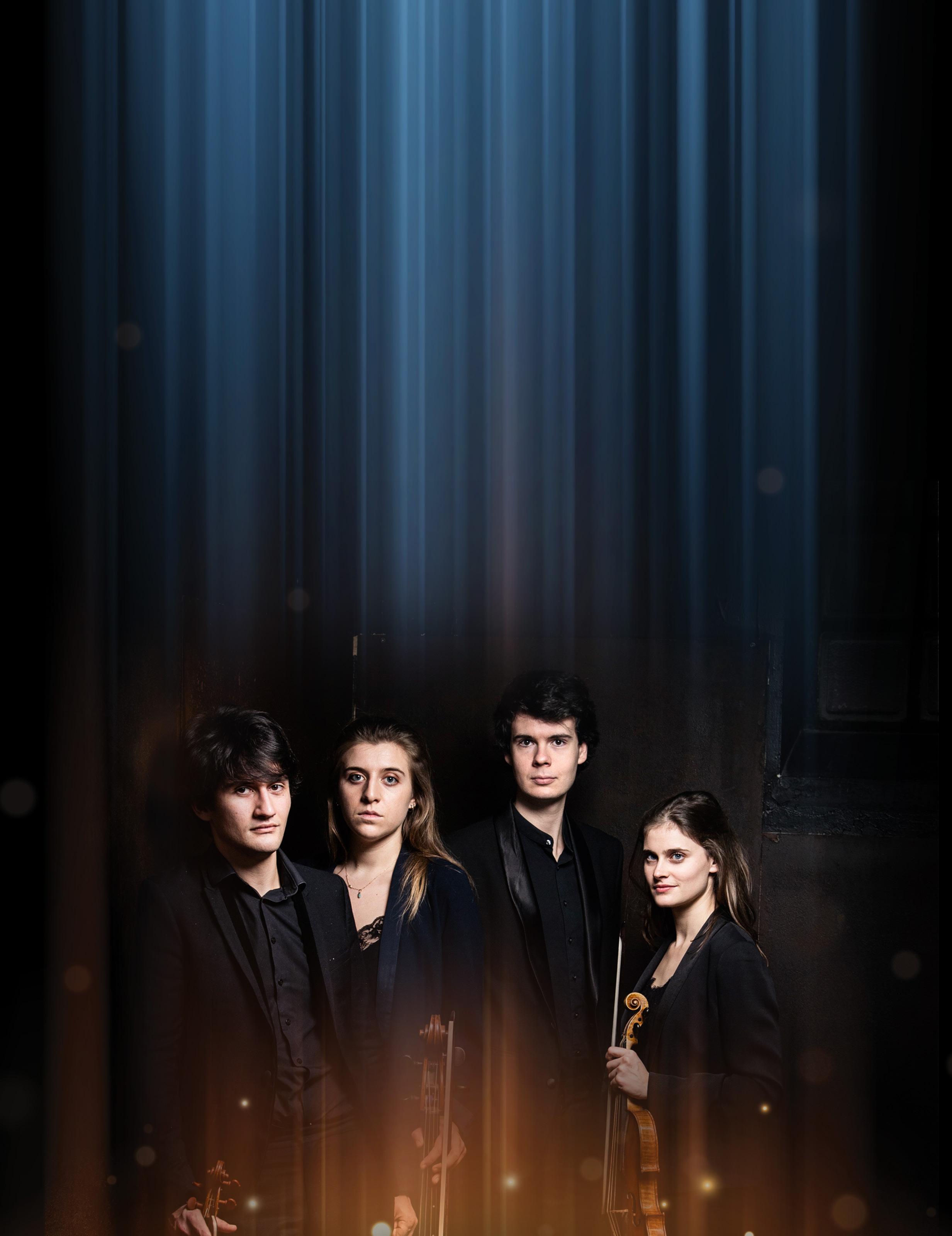 Le Consort appears by exclusive arrangement with David Rowe Artists
Le Consort appears by exclusive arrangement with David Rowe Artists
QUICKSILVER
Friday, April 5, 2024 7:30 PM GRACE & HOLY TRINITY CATHEDRAL
The Friends of Chamber Music Early Music Series
Johann Heinrich SCHMELTZER (c.1623-1680)
Sonata VII à 5 from Sacro–profanus concentus musicus (1662)
Giovanni LEGRENZI (1626-1678)
QUICKSILVER
Robert Mealy & Julie Andrijeski, violins & directors
Dominic Teresi, dulcian
David Morris, viola da gamba
Greg Ingles, sackbut
Charles Weaver, guitar & lute
Avi Stein, harpsichord & organ
Sonata III à 2 from La cetra, sonate a 2–4, Libro Terzo Op. 10 (1673)
Andreas OSWALD (1626-1678)
Sonata à 3 from the Ludwig Partiturbuch, Gotha (1662)
Johann Kaspar KERLL (1627–1693)
Sonata à 3 in G minor from the Düben Collection, Uppsala
Antonio BERTALI (1605–1669)
Sonata à 3 in A minor from the Düben Collection, Uppsala
- intermission -
Johann Heinrich SCHMELTZER (c.1623-1680)
Sonata à 4 “La Carolietta,” from the Kroměř í ž Library (1669)
The Friends of Chamber Music is proud to host the Kansas City debut of Quicksilver.

Johann Kaspar KERLL (1627–1693)
Passacaglia variata from Toccate, Canzoni, et altre Sonate (1675)
Johann Joseph FUX (1644–1704)
Sonata à 4 in g minor from the Kroměř í ž Library (1717)
Johann Kaspar KERLL (1627–1693)
Sonata à 2 in F major, from the Rost MS (Baden-Baden, c.1660)
Johann ROSENMÜLLER (1817–1684)
Sonata X à 5 from Sonate à 2, 3, 4, e 5 (Nuremberg, 1682)
The Friends of Chamber Music is grateful for the generous support from Supporting Underwriter, Patricia Cleary Miller
52
EARLY MODERNS: THE (VERY) FIRST VIENNESE SCHOOL
Vienna, that splendid city on the very edge of Europe, is best known today in music for two great epochs: the era of Mozart and Haydn in the 1780s, and the “Second Viennese School” of Schoenberg, Berg, and Webern in the 1900s. But there was another, earlier, historical period in which Austrian music flourished. This was during the seventeenth century, when the court of the Holy Roman Emperors became the only serious European rival to the more famous court of Louis XIV in Versailles.
style found fertile soil in Austria, where Italian extravagance was grafted onto a German love of counterpoint and highly expressive harmonies.
Towards the end of the century, Vienna had its first native-born Kapellmeister, Johann Schmeltzer. Before him, this influential job had only been held by Italians like Giovanni Valentini and Antonio Bertali. After working at the court for several decades, Schmeltzer finally attained the exalted rank of Kapellmeister in 1679. Alas, he held it only for a few months before he fell victim to the terrible plague that swept Vienna and Prague that year. His great mid-century collection of ensemble pieces, the Sacro-profanus concentus musicus, includes several sonorous five-part works, among them the highly atmospheric Sonata settima.
The gifted composer and organist Giovanni Legrenzi was one Italian who, despite his best efforts, did not win a position in Vienna. He spent much of his career in cities like Bergamo and Ferrara. In 1665, thanks to a Ferrarese patron, he managed to have one of his operas performed in Vienna, and he even persuaded the Duke of Mantua to put in a good word for him at court as the next Kapellmeister. Unfortunately the position was already filled by Antonio Bertali, who remained in the job until his death in 1669.
This very first Viennese school began with the patronage of the Hapsburg Emperor Ferdinand II, whose marriage to Eleanora Gonzaga of Mantua in 1622 brought the music of Monteverdi and his colleagues to Vienna. It continued to flourish under his successor Ferdinand III and reached a high point with the music-loving Leopold I, who came to the throne in 1658.
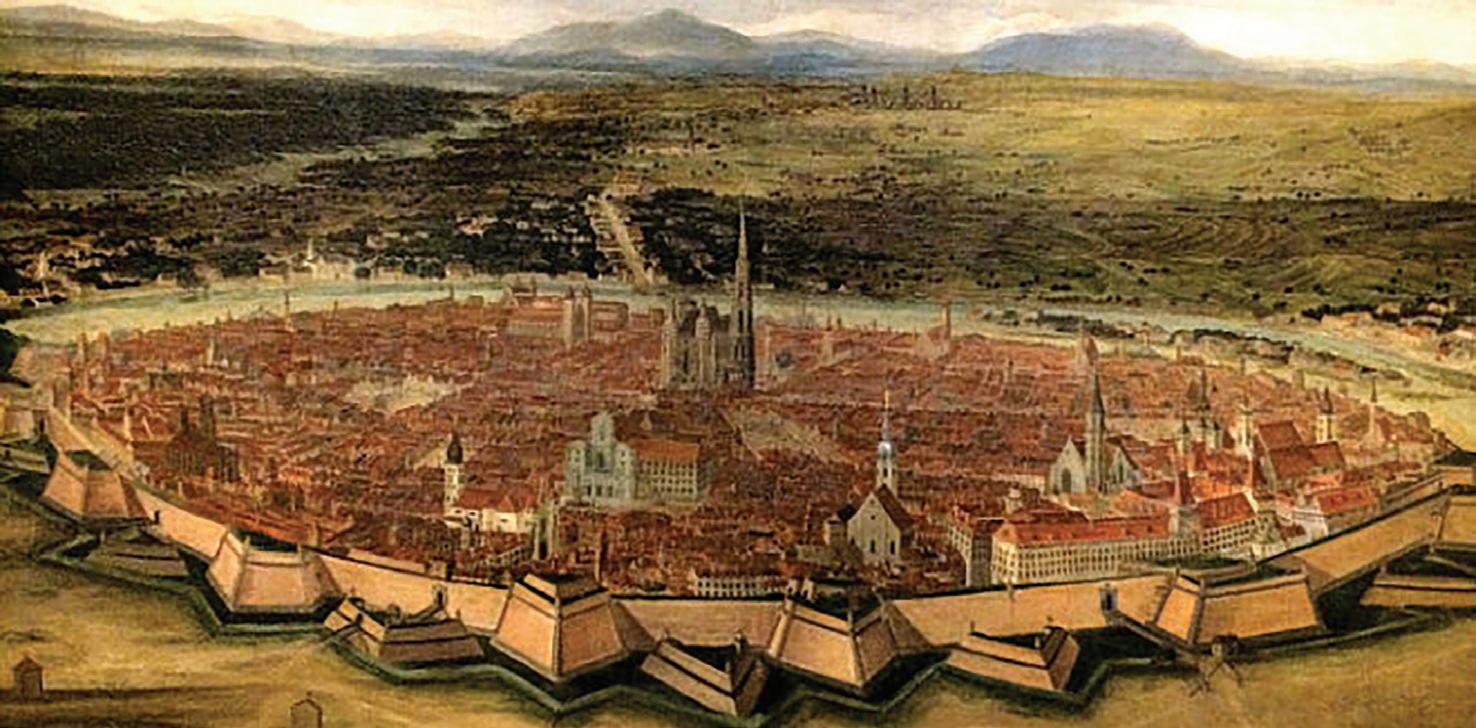
This highly cultured emperor managed to create a court in which the arts thrived, despite constant wars with the French and with the Ottoman Turks. Italian virtuosi sought refuge at his court, bringing with them the new stile moderno, full of the passionate give-and-take of friends in conversation. This new
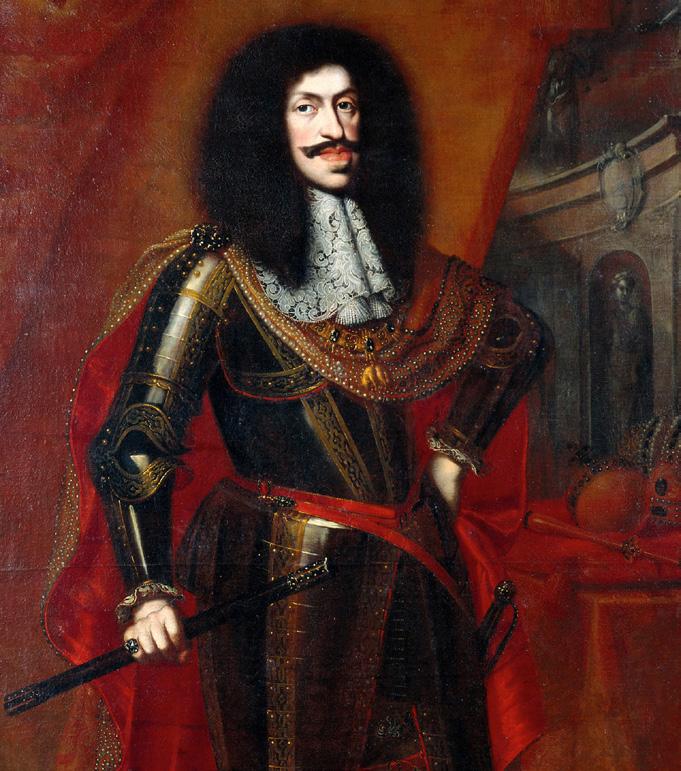
As part of his efforts to win favor in Vienna, Legrenzi named one of his books of sonatas “La Cetra” after Emperor Leopold’s emblem; the word means both “The Scepter” and “The Lyre.” Sonata Terza from this collection is an excellent example of how the sonata was changing by mid-century, influenced by the lyricism of Venetian opera composers like Cavalli and Cesti. The passionate overlapping dissonances heard in the opening of this sonata were later to become a regular feature in the works of Arcangelo Corelli.
By contrast, the heartfelt opening of the Sonata a 3 by Andreas Oswald is very much in the high seventeenth-century ensemble sonata style. Here our program takes a brief detour northwards: Oswald spent his career as a church organist in Weimar and Eisenach, two towns later associated with J.S. Bach. Most
Benjamin Block: Portrait of Leopold I, Holy Roman Emperor (1672)
53
Panoramic view of Vienna after the city walls were reconstructed in 1548.
of Oswald’s surviving ensemble music is preserved in the Ludwig Partiturbuch, an important collection of 17th century German sonata repertoire. This sonata is particularly striking for its sonorous instrumentation of violin, trombone, and dulcian.
Among Emperor Leopold’s musicians in Vienna was the organist Johann Caspar Kerll, who first studied with Valentini before traveling to Rome to study with Carissimi. Kerll served as Kapellmeister at the Munich court until 1673, when a violent dispute with the Italian opera singers there prompted him to move to Vienna. He became one of Leopold’s court organists five years later. After an eventful decade in Vienna, where he lived through both the great plague of 1679 and the Ottoman siege of 1683, he returned to Munich for the last years of his career. We have a number of splendid masses by Kerll and some very influential collections of keyboard music which provided Handel (among others) with endless inspiration. Only a very few ensemble sonatas of his survive, including the gorgeous Sonata a tre, where the viola da gamba is treated as an equal solist with the violins.
One of the most important Italians to come north was the “valoroso nel’violino” Antonio Bertali, who arrived in Vienna around 1624 and became Kapellmeister to the Emperor in 1649. His Sonata à 3 is a striking example of his highly theatrical style, with its heartfelt adagio that frames a truly rocking ciaconna. This sonata turns up in at least two sources. We use the version that appears in Book II of his Prothimia suavissima. This sonata also appears in the huge collection of music assembled in Uppsala by Gustav Düben, for use by the Swedish court — another example of how the music of this first Viennese School traveled far and wide across Europe.
Johann Schmeltzer’s fame reached far beyond Vienna. By the mid-1660s, he was in correspondence with Karl Lichtenstein-Castelcorno, the Prince-Bishop of Olmütz and son of Emperor Ferdinand II. Karl kept an elaborate musical establishment at his court in the town of Kremsier (modern-day Kroměříž). He commissioned several works from Schmeltzer including the festive Sonata la Carolietta, probably written in celebration of the Prince-Bishop’s name-day.
Kerll’s keyboard works show off his mastery of the two great national styles of the time. He composed both extravagant Italian toccatas and elegant French dance suites. His elaborate Passagaglia is a great example of how the South Germans incorporated Italian virtuosity into this classic French form (and how they altered French words to fit their Southern accent!).
Johann Jacob Fux is best known today for his guide to counterpoint, the Gradus ad Parnassum. His own climb to the Parnassus of the Viennese court is slightly mysterious; he received a thorough Jesuit education at Graz, but his matriculation document remarks that he “fled away secretly” before graduating. By the 1690s, he seems to have been working for the Archbishop of Hungary, who was a good friend of Emperor Leopold. Fux dedicated a Mass to the Emperor in 1695, and soon thereafter began working for the Imperial court. He remained in service
through three emperors, providing everything from masses and oratorios to chamber music to operas, while also deeply involved in the court administration.
Fux’s music, like his career, traces a generational shift. Some of his chamber works like the Sonata à 4 are very much in the mode of the seventeenth-century sonata, but by the end of his career he was creating High Baroque trio sonatas. A remarkable figure, Fux deserves far more recognition for his music than he has yet received.
Kerll’s Sonata à 2 appears in a huge anthology of 157 trio sonatas assembled by a cleric, Franz Rost, probably for the use of the Margrave of Baden-Baden. In this sonata, Kerll explores the extravagance of the sonata concertata, with extended solos for both violins, but places all this virtuosity in a characteristically South German lyric melancholy.
With Johann Rosenmüller, we come to a major composer whose unexpected life events led to some interesting musical developments. Rosenmüller was the leading musical figure in Leipzig in his day, and was set to begin his new post as Thomaskantor (the position Bach took on thirty years later) when he was arrested for homosexuality. Forced to flee, he ended up in Venice where he worked at San Marco and taught at the Pietà, doing the same work as Vivaldi did fifty years later.
This dramatic trajectory transformed his musical style as well as his career. Rosenmüller’s instrumental music had been largely made up of dance suites in Leipzig, but once he got to Venice, he discovered the power of operatic melody and theatrical gesture. The Sonata Decima à 5 comes from his last set of sonatas published in 1682, which combine heartbreaking adagios with dramatic, precipitous allegros. Rosenmüller’s sonatas were known and admired by the musicians at the Imperial court, and Leopold may well have enjoyed the unexpected surprises of this wonderful sonata.
Program notes courtesy of Quicksilver
54
QUICKSILVER
“Revered like rock stars within the early music scene” (New York Times), Quicksilver brings together some of today’s top North American historically-informed performers. Described as “drop dead gorgeous with a wonderful interplay of timbres” (Early Music America) and praised as “irresistible” (Fanfare Magazine), Quicksilver vibrantly explores the rich and virtuosic chamber music repertoire from the early modern period to the High Baroque.
The ensemble has been featured at numerous music series and prestigious festivals, receiving critical acclaim, standing ovations and repeat invitations. Recent and upcoming appearances include Carnegie Hall, Mostly Mozart Festival at Lincoln Center, The Library of Congress, Buffalo Chamber Music Society, Coleman Chamber Concerts (Los Angeles), Arizona Early Music, Friends of Chamber Music Kansas City, Early Music in Columbus, CU Presents Artist Series (Colorado), Edmonton Chamber Music, the Miller Theatre at Columbia University, Boston Early Music Festival, Vancouver Early Music, Berkeley Festival and Exhibition, Shriver Hall Concert Series, Chamber Music Tulsa, Indianapolis Early Music Festival, Dumbarton Oaks Concert Series (Washington, DC), and Music Before 1800 (NYC). Quicksilver makes its European debut in 2024 at the Regensburg Tage Alter Musik.
Quicksilver’s debut recording, Stile Moderno, was described as “Breakthrough of the Year” (Huffington Post) and “convincing . . . terrific” (Early Music-Oxford Journal). Quicksil-

ver’s second recording, Fantasticus, was named one of The New Yorker’s Ten Notable Recordings of 2014 and praised as “Fantasticus, indeed” (Gramophone). Quicksilver’s latest recording, Early Moderns: The (very) First Viennese School, has been described as “highly addictive...utterly captivating” (Limelight Magazine, Editor’s Choice).
Robert Mealy is one of America’s most prominent Baroque violinists. The New York Times remarked that “Mr. Mealy seems to foster excellence wherever he goes, whether as director of the Boston Early Music Festival Orchestra, concertmaster of the Trinity Baroque Orchestra in New York, or at The Juilliard School, as director of the historical performance program.” While still an undergraduate, he was asked to join the Canadian Baroque orchestra Tafelmusik; after graduating he began performing with Les Arts Florissants. Since then, he has recorded and toured with many ensembles both here and in Europe, and served as concertmaster for Masaaki Suzuki, Nicholas McGegan, Helmuth Rilling, Paul Agnew, and William Christie, among others. He is especially happy playing chamber music with his colleagues in Quicksilver. Other recent chamber projects have ranged from creating a series of Ars Subtilior programs for The Cloisters in New York to performing the complete Bach violin & harpsichord sonatas at Washington’s Smithsonian Museum. Mr. Mealy has directed the Historical Performance Program at The Juilliard School since 2012, and has led his Juilliard students in acclaimed performances both in New York and abroad, including tours
to Europe, India, New Zealand, and (most recently) Bolivia. Before coming to Juilliard, he taught for many years at Yale and Harvard. In 2004, he received EMA’s Binkley Award for outstanding teaching and scholarship. He still likes to practice.
Violinist Julie Andrijeski is celebrated as a performer, scholar, and teacher of historical music and dance. She has been recognized for her “invigorating verve and imagination” (Washington Post), “fiery and poetic depth” (Cleveland Plain Dealer), and “velvety, consistently attractive sound” (New York Times). She is a faculty member at Case Western Reserve University and Teacher of Baroque Violin and Stage Movement at the Cleveland Institute of Music. She is a Visiting Lecturer at the Juilliard School and is often invited to present workshops at universities nationwide. Her article on historical violin performance is published in A Performer’s Guide to Seventeenth-Century Music. A Grammy Award winner, Andrijeski is Artistic Director of the Atlanta Baroque Orchestra, a member of the Cleveland based ensemble Les Délices, and performs with several other ensembles. She won Early Music America’s Thomas Binkley Award, for outstanding achievement in performance and scholarship, and was named a 2016 Creative Workforce Fellow by Cuyahoga Arts & Culture (Ohio), supporting her research and performance of 17th-century music in manuscript.
A native of California, Dominic Teresi (dulcian) is principal bassoon of Tafelmusik Baroque Orchestra, Boston Early Music Festival Orchestra and Carmel Bach Festival and teaches historical bassoons and chamber music at The Juilliard School. He is also on faculty at the University of Toronto. As a chamber musician, he plays regularly with Quicksilver, Juilliard Baroque and Toronto Consort. He has also enjoyed performances with Le Concert d’Astrée, Orchestre Révolutionnaire et
Romantique, American Bach Soloists, Philharmonia Baroque, Ensemble Caprice, Smithsonian Chamber Players and others. In demand on dulcian, baroque, classical and modern bassoon, his playing has been described as “stellar” (New York Times) and “dazzling” (Toronto Star). Mr. Teresi was invited to be a featured artist on CBC Radio, where he performed a nationally broadcast radio concert of bassoon concertos and sonatas, and has appeared as a concerto soloist throughout Europe, North America and Australia. In addition to his work at Juilliard, Teresi teaches at the Tafelmusik Institutes, American Bach Soloists Academy, and Juilliard’s Piccola Accademia di Montisi in Italy. He has been an invited lecturer at the Musikinstrumentenbau Symposium in Saxony-Anhalt.
Avi Stein (harpsichord/organ) is the associate organist and chorus-master at Trinity Church Wall Street and the artistic director of the Helicon Foundation. He teaches continuo accompaniment, vocal repertoire and chamber music at the Juilliard School and recently conducted Juilliard’s production of Dido and Aeneas in London and at the Royal Opera House of Versailles. He performed on the 2015 Grammy Award winning recording of Marc-Antoine Charpentier’s La Descente d’Orphée aux Enfers and La Couronne de Fleurs by the Boston Early Music Festival. The New York Times described Avi as “a brilliant organ soloist” in his Carnegie Hall debut and he was recently featured in Early Music America magazine in an article on the new generation of leaders in the field. He has directed the International Baroque Academy of Musiktheater Bavaria and the young artists’ program at the Carmel Bach Festival and has conducted a variety of ensembles including the Opera Français de New York, OperaOmnia, the Amherst Festival opera and a critically acclaimed annual series called the 4x4 Festival. Avi studied at Indiana University, the Eastman School of Music, the University of Southern California and was a Fulbright scholar in Toulouse, France.
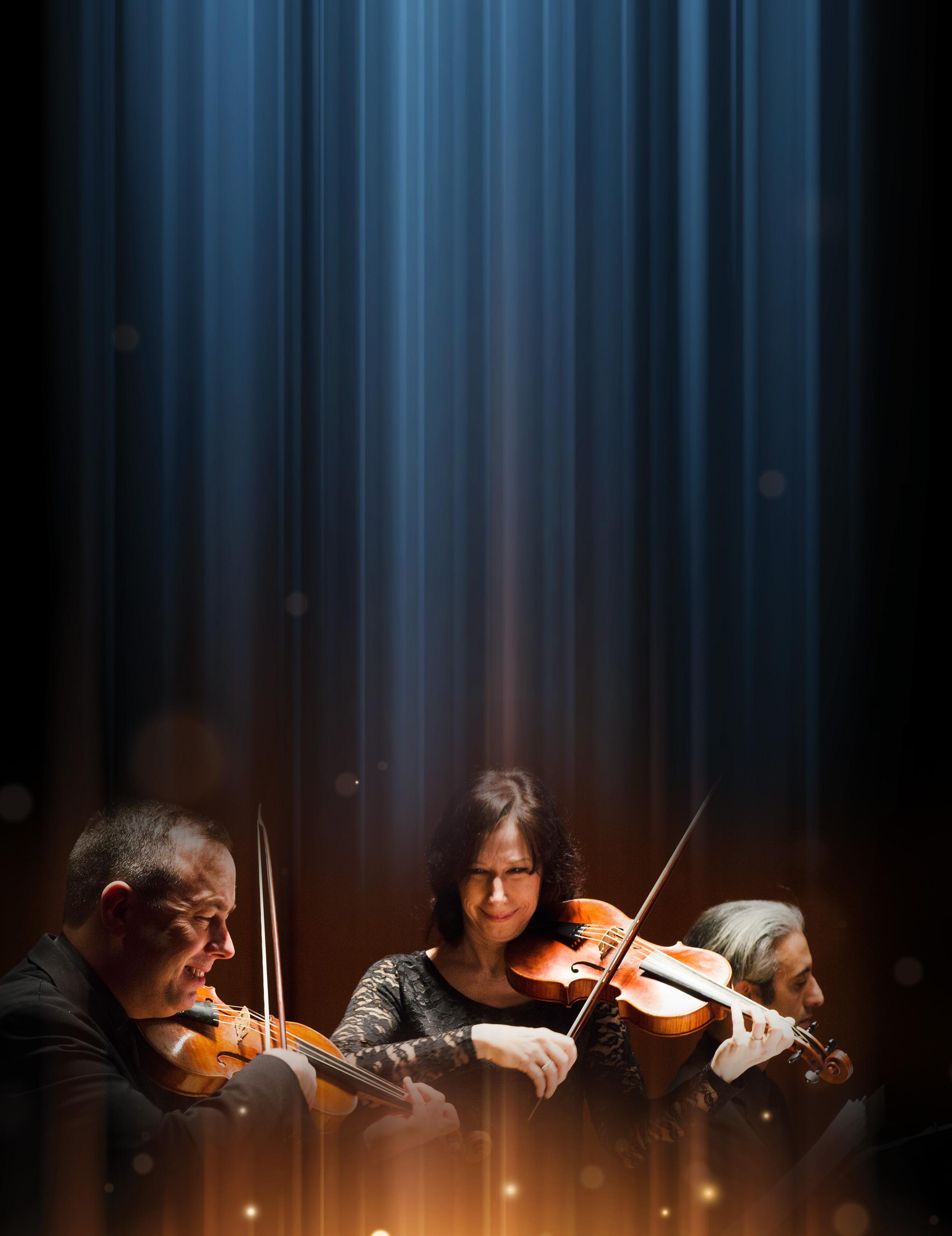
Greg Ingles attended high school at the Interlochen Arts Academy and went on to graduate from the Oberlin Conservatory and SUNY Stony Brook. Before his career in early music, Greg was the Solo Trombone in the Hofer Symphoniker. He enjoys unearthing rarely heard gems as the music director of the early brass ensemble Dark Horse Consort. Greg is a member of Piffaro and made his Carnegie Hall debut with Quicksilver last season. He has played with such ensembles as the American Bach Soloists, Chatham Baroque, Concerto Palatino, The Handel & Haydn Society of Boston, Philharmonia Baroque and Tafelmusik. He played with the Globe Theater in their Tony nominated Broadway debut of Twelfth Night and Richard III. Greg is currently the Lecturer in Sackbut at Boston University.
Charles Weaver is on the faculty of the Juilliard School, where he teaches performance practice and historical music theory. He has been assistant conductor for Juilliard Opera and has participated in opera productions at the University of Maryland, the Cleveland Institute of Music, Princeton University, Yale University, and the Boston Early Music Festival. As a collaborative musician, he has performed with the Orchestra of St. Luke’s, the New York Philharmonic, the Philadelphia Orchestra, the Minnesota Orchestra, and the Virginia Symphony. In addition to being a regular member of the ensemble Quicksilver, his chamber-music projects have included engagements with Piffaro, Chamber Music Society of Lincoln Center, the Folger Consort, Apollo’s Fire, Blue Heron, the Newberry Consort, and Musica Pacifica. He is organist and choirmaster at St. Mary’s Church in Norwalk, Connecticut, where he specializes in the liturgical performance of medie-
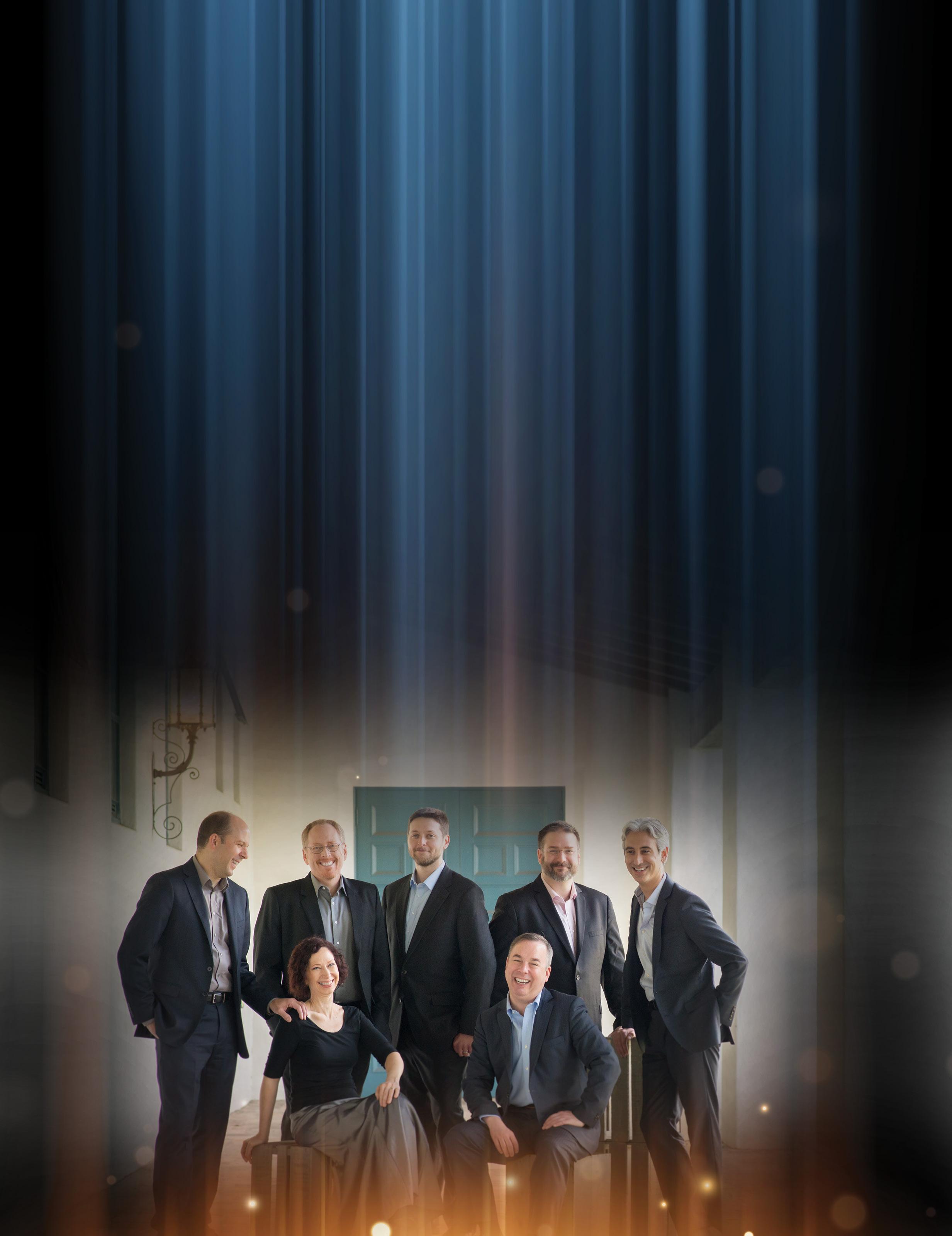
val and renaissance music. He holds a PhD in music theory from the City University of New York. His research interests are in the rhythm of Gregorian chant and the history of the theory of harmony.
David Morris (viola da gamba/cello) is a member of the Galax Quartet and the Bertamo Trio. He is a frequent performer on the NYS Baroque and Pegasus Early Music series and the Boston Early Music Festival Orchestra. He has performed with Tafelmusik, Philharmonia Baroque Orchestra, American Bach Soloists, Tragicomedia, the Boston Symphony Orchestra, Mark Morris Dance Group and Pacific MusicWorks. Mr. Morris received his BA and MA in music from UC Berkeley, where he also received the Eisner Prize for outstanding achievement in the performing arts. He has been a guest instructor in early music performance-practice at Cornell University, Amherst College, UC Berkeley, UC Santa Cruz, the San Francisco Conservatory of Music, Mills College, Oberlin College and the Madison Early Music Festival, and has recorded for Harmonia Mundi, New Albion, Dorian, New World Records, Drag City Records, New Line Cinema and CBC/Radio Canada.
Quicksilver appears by exclusive arrangement with Summerell Arts
Friday, April 26, 2024 7:30 PM THE FOLLY THEATER
The William T. Kemper International Chamber Music Series
Franz SCHUBERT (1797-1828)
Trio for Violin, Viola and Cello in B-flat Major, D 581 (1877)
Allegro moderato
Andante
Menuetto: Allegretto
Hyeyeon Park, piano
Stella Chen, violin
Sean Lee, violin
Matthew Lipman, viola
Milena Pájaro-van de Stadt, viola
Dmitri Atapine, cello
Rondo: Allegretto Chen, Lipman, Atapine
Josef SUK (1874-1935)
Quartet for Piano, Violin, Viola and Cello in A minor, Op. 1 (1891)
Allegro appassionato
Adagio
Allegro con fuoco Park, Lee, Pájaro-van de Stadt, Atapine
- intermission -
Felix MENDELSSOHN (1809-1847)

Quintet for Two Violins, Viola and Cello in B-flat Major, Op. 87 (1877)
Allegro moderato
Andante scherzando
Adagio e lento
Allegro molto vivace Chen, Lee, Pájaro-van de Stadt, Lipman, Atapine
The Friends of Chamber Music is grateful for the generous support from Supporting Underwriters, Alietia Caughron , and Dr. Norman and Charito Pay
58
“SPARK OF GENIUS”
Felix Mendelssohn: View of Lucerne (1847)
Franz SCHUBERT
String Trio in B-flat major, D. 581
Composed: 1817
Duration: 20 minutes
Franz Schubert is one of the best-loved and most important composers of the nineteenth century, his music consistently marked by a remarkable melodic gift, rich harmonies, and an expansive treatment of traditional forms. During his short but extremely prolific career, he composed nine symphonies, dozens of chamber and solo piano works, and a host of operas and liturgical works. His songs, numbering over 600, virtually created the genre of the art song. He started composing in his teens, and some early works came to the notice of Antonio Salieri, who worked with the young composer on composition and music theory. After a couple of unhappy years spent as a schoolteacher by day and composer by night, Schubert decided to pursue a career as a full-time composer, leading a somewhat bohemian life while creating a vast number of compositions that, at the time, attracted little attention. Only gradually did his music win acclaim, inspiring a remarkable burst of creativity in the mid 1820s. By that time, however, he was suffering badly from the syphilis and (possibly) typhoid fever that would take his life at age 31.
Schubert grew up playing chamber music with his family –he generally played viola, with his brothers playing violins and his father on the cello – and he composed a number of youthful string quartets and other works for these domestic performances. Only later did he start thinking about writing chamber music for public performance. There’s a gap of nearly ten years between Schubert’s earliest string quartets, a dozen of them composed in the early and mid 1810s for those home musicales, and the three great masterworks, Nos. 13-15, of the middle 1820s. During that gap, though, Schubert didn’t abandon string writing altogether. In 1814, he started on a string trio (D. 111A), only a few measures of which still exist. Then, in September of 1816, Schubert started on another trio (D. 471), completing the first movement and part of a second. Exactly a year later, in September 1817, he composed the present String Trio in B-flat major, D. 581. While the Trio is restrained and classically scaled, and owes something to previous examples of the genre by Haydn and Beethoven, some of the true Schubert voice is also evident.
The first movement opens with a playful theme, with some harmonic complexity, that unfolds in fits and starts. A subsequent idea has charm and a rhythmic bounce. As the ideas develop, Schubert continues to move into some surprising harmonic areas. Throughout, the violin tends to be the main melodic voice, even indulging in a little display, with the viola and cello in supporting roles. The second movement, at a moderate tempo, begins with a graceful theme. The cello then leads into a new idea that flirts briefly with melancholy, before the return of the initial melody with additional decoration from the violin. The lilting Menuetto third movement sees the viola move to the forefront in its central section. But the violin retakes the melodic lead in the Finale, again engaging in occasional virtuosity in one episode during this charming Rondo. Another
contrasting episode hints briefly at some drama, with hesitant phrases from the violin and viola over portentous cello. Soon, though, the main theme eases its way back for the work’s conclusion.
Joseph SUK
Piano Quartet in A minor, Op. 1
Composed: 1891
Duration: 20 minutes
The Czech composer Josef Suk is remembered mostly because of his connection with Antonín Dvořák. Suk studied with Dvořák at the Prague Conservatory, starting at just eleven years of age, and in 1898 married Dvořák’s daughter Otilie. Suk served for forty years as the second violinist of the famed Czech String Quartet, which he formed with three of his fellow Conservatory students. From 1922, he also taught at the Prague Conservatory, where he numbered among his students composer Bohuslav Martinů and pianist Rudolf Firkušný. Suk served as the Conservatory’s director from 1924 until the end of his life.
Along with his violin playing and teaching, Suk composed quite a lot of music. His early works – such as his best-loved composition, the Serenade for Strings, Op. 6, and the present Piano Quartet – are in a Romantic style that owes much to Dvořák’s tutelage. But after the deaths of Dvořák in 1904 and Otilie the following year, Suk’s compositions grew darker and more introspective, as in the gigantic, mournful Asrael Symphony, his “funeral symphony” of 1906.
Composed when Suk was just seventeen years old and a student at the Prague Conservatory, the Piano Quartet in A minor served as his graduate thesis. His teacher Dvořák was so pleased with it that he selected the work for the graduation awards concert. Suk took this as a hint and officially made the Quartet his Opus 1. The forceful opening movement was written during an Easter holiday in Suk’s hometown of Krecovice, shortly after he had begun his studies with Dvořák. A powerful opening chord leads into a dramatic, upward-striving first theme. Later a second, flowing, song-like theme emerges, moving from instrument to instrument as it builds passionately. As the melodies are developed, the energy seldom flags. For being such a youthful work, the music is very assured and committed.
Dvořák thought highly of the soulful Adagio, which Suk had begun during that same Easter vacation. It is intense and lyrical, its richly-harmonized melodies unfolding in long phrases. In the movement’s central section, the tempo increases and the intensity builds even further, with powerful chords from the piano and the violin and viola harmonizing with one another. After a sudden stop, the cello eases us back into the opening music, this time hushed and delicate. The rousing Allegro con fuoco finale opens with a fanfare-like figure that develops energetically, with sparkling passages for the piano. Soon, though, the music turns songful again as the violin and viola trade phrases. As fiery as the music sometimes gets, including in its final moments, Suk never entirely abandons his lyric impulse.
59
Felix MENDELSSOHN
Quintet for Two Violins, Viola and Cello in B-flat major, Op. 87
Composed: 1845
Duration: 30 minutes
Felix Mendelssohn was one of the most popular composers of his time. He was also one of the few musical prodigies whose youthful ability could rival Mozart’s. The grandson of philosopher Moses Mendelssohn, young Felix grew up in a home that welcomed as guests many of the most learned people of his day. He took piano, violin, and singing lessons as a youth. By the age of eight he was studying composition, and was producing remarkably assured works by his teens, including the Octet at age 16 and the Overture to A Midsummer Night’s Dream at 17. Mendelssohn was a key figure in resurrecting the reputation of Johann Sebastian Bach, leading the St. Matthew Passion (the first performance the work had enjoyed since Bach’s death in 1750) in a now-famous 1829 concert. He held conducting posts in Düsseldorf and Berlin. But much of his later life was spent in Leipzig, where he directed the Gewandhaus Orchestra and founded the esteemed Leipzig Conservatory.
Mendelssohn wrote chamber music throughout his life. His first publication, in fact, was a set of three piano quartets he composed as a teenager. There are also several violin sonatas, two cello sonatas, one for clarinet, and of course a host of works for multiple strings, including six official string quartets (and some other music for quartet, including the Capriccio in E minor that the Aizuri Quartet performed in this series last September), two string quintets, and of course the magical String Octet of his sixteenth year.
The string quartet had become an established and popular ensemble by the middle of the eighteenth century, largely through the efforts of Franz Josef Haydn. Composers thereafter have thought of the string quartet as a medium for some of their deepest musical thoughts – think of Beethoven, for instance, one of whose most profound quartets, No. 15 in A minor, was performed by the Quartetto di Cremona back in October. It was not long after the invention of the string quartet, though, that composers sought to add to the richness of the ensemble sound by adding a fifth instrument. Just a couple tried adding a third violin to the usual string quartet. A few added a double bass, such as Luigi Boccherini and, in his Op. 77, Antonín Dvořák. More common is the addition of a second cello, the most famous example of which is Franz Schubert’s String Quintet in C major, performed here last season by the Emerson Quartet. The most common addition is a second viola – a host of composers have gone this route, including Mozart, Brahms, and of course, Felix Mendelssohn.
Composed during the summer of 1845 at Bad Soden, one of Mendelssohn’s favorite vacation spots near Frankfurt am Main, the String Quintet in B-flat major – Mendelssohn’s second string quintet, the first, Op. 18 in A major, having been composed way back in 1826 – is a passionate work. It calls to mind both the composer’s famous Violin Concerto in E minor (com-
pleted at Bad Soden the year before) and the amazing Octet that Mendelssohn had written twenty years earlier. A comparison between this Quintet and the aforementioned Capriccio in E minor is very interesting. Only two years separate these works, but their sound is entirely different.
Towards the end of his life, Mendelssohn’s focus moved away somewhat from the melodic richness for which his works had been known, focusing instead on rhythm, tonal effects, and the development of smaller melodic segments in works like the present Quintet. An extroverted, even aggressive opening movement gives great prominence to the first violin, making parts of the movement sound almost like a virtuoso concerto. Two ideas – one a rising arpeggio, the other quieter phrase with a falling motion introduced by the first viola – are contrasted in music of great drama and rich textures.
With its regular, dance-like motion, the brief, graceful second movement serves as something of an interlude (Mendelssohn calls the movement an Intermezzo) between the opening movement and the third, a dark-toned slow movement with intimations of melancholy, even tragedy, that effectively combines lyricism and a forceful, almost orchestral conception. Despite some more laid-back moments, the sparkling final movement returns to the energy of the first and makes for an exciting conclusion.
Program notes by Chris Morrison
60
Dmitri Atapine has been described as a cellist with “brilliant technical chops” ( Gramophone ), whose playing is “highly impressive throughout” ( The Strad ). He has appeared on some of the world’s foremost stages. An avid chamber musician, he frequently performs with the Chamber Music Society of Lincoln Center and is an alum of the Bowers Program. He is a frequent guest at leading festivals, including Music@Menlo, La Musica Sarasota, Pacific, Aldeburgh, Aix-en-Provence, and Nevada. His performances have been broadcast nationally in the US, Europe, and Asia. His many awards include first prize at the Carlos Prieto Cello Competition, as well as top honors at the Premio Vittorio Gui and Plowman chamber competitions. He has collaborated with such distinguished musicians as Cho-Liang Lin, Paul Neubauer, Ani and Ida Kavafian, Wu Han, Bruno Giuranna, David Finckel, David Shifrin, and the Emerson Quartet. His many recordings include a critically acclaimed world premiere of Lowell Liebermann’s complete works for cello and piano. He holds a doctorate from the Yale School of Music, where he was a student of Aldo Parisot. Atapine is Professor of Cello at the University of Nevada, Reno, and is Artistic Co-Director of the Friends of Chamber Music Kansas City, Apex Concerts (Reno, Nevada), and the Ribadesella Chamber Music Festival (Spain), as well as the Co-Director of the Young Performers Program at Music@Menlo Chamber Music Institute (California).

American violinist Stella Chen garnered worldwide attention with her firstprize win at the 2019 Queen Elizabeth International Violin Competition, followed by the 2020 Avery Fisher Career Grant and 2020 Lincoln Center Emerging Artist Award. She recently made debuts with the New York Philharmonic, Chicago Symphony, Minnesota Orchestra, Israel Philharmonic, Chamber Orchestra of Europe, Baltimore Symphony, Belgian National Orchestra, and many others, and appeared at the Vienna Musikverein and Berlin Philharmonie. In recital, recent appearances include Lincoln Center, Carnegie Hall, the Phillips Collection, Rockport Music Festival, and Nume Festival in Italy. Her debut album was released in March of 2023 on the Apple Music platform Platoon, featuring an all-Schubert repertoire. She has appeared as a chamber musician in festivals including the Kronenberg Academy, Ravinia, Seattle Chamber Music, Perlman Music Program, Music@Menlo, Bridgehampton, Rockport, and Sarasota. Chamber music partners include Itzhak Perlman, James Ehnes, Matthew Lipman, and others. She is the inaugural recipient of the Robert Levin Award from Harvard University, where she was inspired by Robert Levin himself. Teachers and mentors have included Donald Weilerstein, Itzhak Perlman, Miriam Fried, and Catherine Cho. She received her doctorate from the Juilliard School, where she serves as teaching assistant to her longtime mentor, Li Lin. A member of CMS’s Bowers Program, Chen plays the 1700 ex-Petri Stradivarius, on generous loan from Dr. Ryuji Ueno and Rare Violins In Consortium, Artists and Benefactors Collaborative and the 1708 Huggins Stradivarius courtesy of the Nippon Foundation.
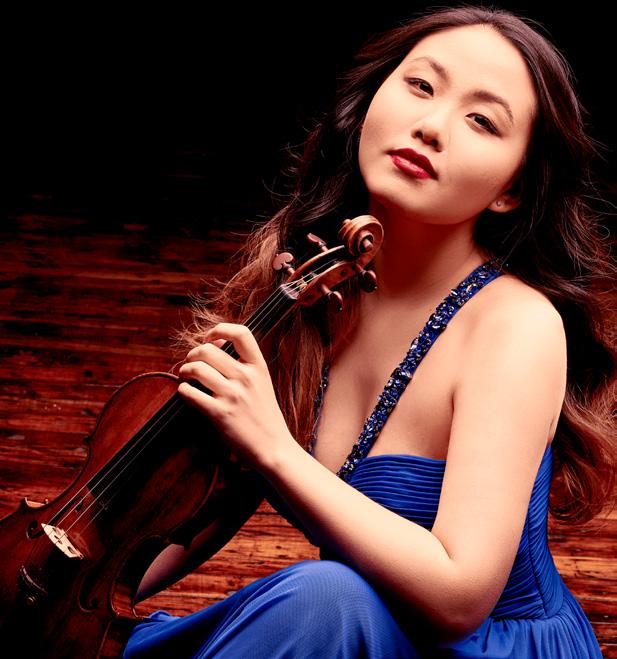
 Dmitri Atapine, cello
Stella Chen, violin
Dmitri Atapine, cello
Stella Chen, violin
American violinist Sean Lee is one of few violinists who dare to perform the complete 24 Caprices of Niccolò Paganini in concert. A recipient of Lincoln Center’s Avery Fisher Career Grant, Lee has captured the attention of audiences worldwide, with performances described by the New York Times as “breathtakingly beautiful”.
Lee’s ongoing educational YouTube series, “Paganini POV”, utilizes modern technology to share a unique perspective on violin playing. In January 2022, Lee and pianist Peter Dugan released selections from Niccolò Paganini’s 24 Caprices as arranged by Robert Schumann, as an EP and video series titled “Paganini X Schumann: 9 Caprices”, after giving the first performance of the complete 24 Caprices in the Chamber Music Society of Lincoln Center’s 52year history.

Lee has collaborated in performances with Itzhak Perlman, Sir James Galway, Deborah Voigt, and members of the Emerson and Guarneri String Quartets. With the Chamber Music Society of Lincoln Center, Lee has performed numerous times at Lincoln Center, as well as on tour internationally at venues including the Lobkowicz Palace in Prague, Czech Republic; LG Arts Center in Seoul, Korea; Shanghai Concert Hall in Shanghai, China; and the White Nights Festival in St. Petersburg, Russia. Lee also performed for PBS’s first international production of Live from Lincoln Center , “Odyssey: The Chamber Music Society in Greece”.
American violist Matthew Lipman has been praised by the New York Times for his “rich tone and elegant phrasing,” and by the Chicago Tribune for a “splendid technique and musical sensitivity.” Lipman has come to be relied on as one of the leading players of his generation, frequently appearing as both a soloist and chamber music performer.
Named the 2019 Artist-in-Residence for the American Viola Society, Lipman has additionally been featured on WFMT Chicago’s list “30 Under 30” of the world’s top classical musicians, and is a published contributor to The Strad, Strings and BBC Music magazines. He was featured on the second season of PBS’s ‘Now Hear This’ performing Schubert’s ‘Arpeggione’ Sonata with pianist Mishka Rushdie Momen. He performs regularly on tour and at Lincoln Center’s Alice Tully Hall with the Chamber Music Society of Lincoln Center and at music festivals including the Morizburg Festival, St. Petersburg’s White Nights, Music@Menlo, Marlboro, Ravinia, Bridgehampton, Seattle, Saratoga, and Kissinger Sommer festivals. His regular chamber music partners include Tabea Zimmermann, Mitsuko Uchida, Itzhak Perlman, Sir András Schiff, Jeremy Denk, Stella Chen, and Pinchas Zukerman. Dedicated to expanding the repertoire for the viola, Lipman has also performed the premieres of works for viola by composers Helen Grime, Clarice Assad, David Ludwig and the American premiere of Monochromer GartenVI by Malika Kishino.
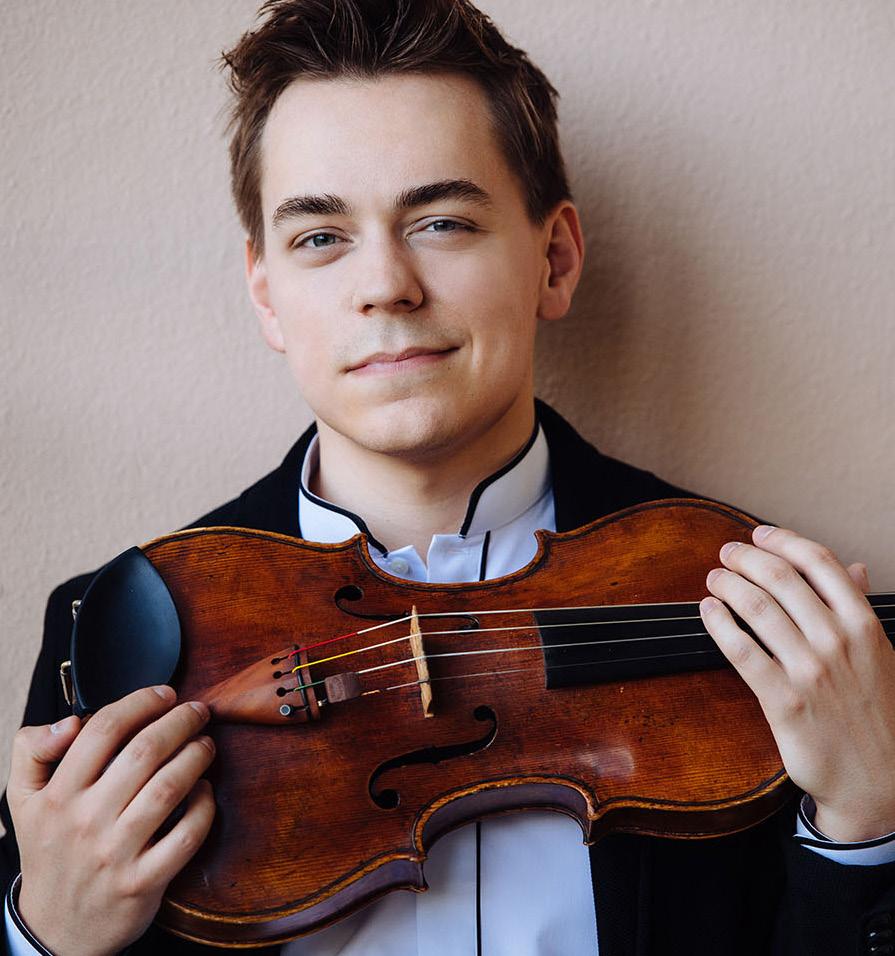
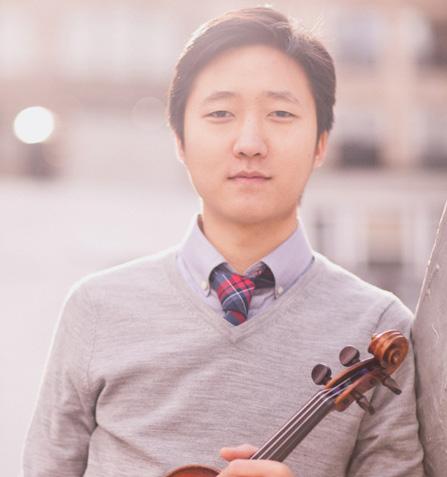 Sean Lee, violin
Matthew Lipman, viola
Sean Lee, violin
Matthew Lipman, viola
Milena Pájaro-van de Stadt, viola

Milena Pajaro-van de Stadt is the violist of the Dover Quartet, the Penelope P. Watkins Ensemble in Residence at the Curtis Institute of Music. Pajaro-van de Stadt has appeared as a soloist with the Tokyo Philharmonic Orchestra, the Jacksonville Symphony, and the Sphinx Chamber Orchestra; and has performed in recitals and chamber music concerts throughout the United States, Latin America, and Europe, including an acclaimed 2011 debut recital at London’s Wigmore Hall.
A violin student of Sergiu Schwartz and Melissa Pierson-Barrett for several years, she began studying viola with Michael Klotz at the Bowdoin International Music Festival in 2005. Pajaro-van de Stadt graduated from the Curtis Institute of Music, where she studied with Roberto D í az, Michael Tree, Misha Amory, and Joseph de Pasquale. She received a master’s degree in string quartet performance from Rice University’s Shepherd School of Music, where she studied with James Dunham as a member of the Dover Quartet.
Pajaro-van de Stadt joined the faculty of the Curtis Institute of Music in 2020. She also teaches at Northwestern University’s Bienen School of Music.

Described as “a pianist with power, precision, and tremendous glee” by Gramophone magazine, pianist Hyeyeon Park is highly in demand as a soloist and chamber musician at the most prestigious venues, concert series, and festivals around the world. She has performed with orchestras such as the Seoul Philharmonic, KNUA Symphony Orchestra, Incheon Philharmonic, Gangnam Symphony, and Seoul Festival Orchestra, among others. She is a frequent guest with the Chamber Music Society of Lincoln Center, Chamber Music Northwest, Emerald City Music, Kumho Chamber Society, etc. Hyeyeon has performed at Carnegie Hall, Kennedy Center, Lincoln Center, and Seoul Arts Center, where she was named Artist of the Year. Prizewinner of numerous international competitions such as Oberlin, Hugo Kauder, Corpus Christi, Maria Canals, Ettlingen, and Prix Amadèo, she directs Apex Concerts, Friends of Chamber Music Kansas City as well as the Young Performers Program at Music@Menlo. Recently named the artistic co-director of Friends of Chamber Music Kansas City, she holds a masters from Yale School of Music and a doctorate from Peabody Conservatory of Johns Hopkins University. She is an Associate Professor of Piano at the University of Nevada, Reno. Her first solo CD recording, Klavier 1853 , was released on the Blue Griffin label.
 Hyeyeon Park, piano
Hyeyeon Park, piano
CHANTICLEER
Friday, May 3, 2024 7:30 PM ATONEMENT LUTHERAN CHURCH
The Friends of Chamber Music Early Music Series
Music for a Hidden Chapel
William BYRD (c.1540-1623)
Tim Keeler, Music Director
Cortez Mitchell, countertenor
Gerrod Pagenkopf, countertenor
Kory Reid, countertenor

Bradley Sharpe, countertenor
Logan Shields, countertenor
Adam Ward, tenor
Vineel Garisa Mahal, tenor
Matthew Mazzola, tenor
Andy Van Allsburg, tenor
Andy Berry, bass
Jared Graveley, bass-baritone
Matthew Knickman, baritone
Thomas TALLIS (1505-1585)
Kyrie from Mass for Four Voices
Oh Lord, in Thee is all my trust
William BYRD (c.1540-1623) Vigilate
Ne irascaris Domine – Civitas sancti tui
Thomas WEELKES (1576-1623)
Hosanna to the son of David
William BYRD (c.1540-1623) Haec Dies
Gloria from Mass for Four Voices
Sing joyfully
Thomas MORLEY (1557-1602) Miraculous love’s wounding
Thomas TOMKINS (1572-1656) Too much I once lamented
William BYRD (c.1540-1623)
Oh Lord, make thy servant Elizabeth
Agnus Dei from Mass for Four Voices
The Friends of Chamber Music is grateful for generous support from Presenting Underwriters, Jennifer & Bud Bacon, and additional underwriting support from Dwight and Naomi Arn .
64
Kyrie from Mass for Four Voices – William Byrd
Kyrie eleison. Christe eleison. Kyrie eleison.
Oh Lord, in Thee is all my trust – Thomas Tallis
O Lord, in Thee is all my trust. Give ear unto my woeful cries. Refuse me not, that am unjust, but bowing down Thy heav’nly eyes, behold how I do still lament my sins wherein I Thee offend. O Lord, for them shall I be shent, sith Thee to please I do intend?
No, no, not so! Thy will is bent to deal with sinners in Thine ire: but when in heart they shall repent Thou grant’st with speed their just desire. To Thee therefore still shall I cry, to wash away my sinful crime. Thy blood, O Lord, is not yet dry, but that it may help me in time.
Haste now, O Lord, haste now, I say, to pour on me the gifts of grace that when this life must flit away in heav’n with Thee I may have place where Thou dost reign eternally with God which once did down Thee send, where angels sing continually.
To Thee be praise, world without end. Amen.
Vigilate – Byrd
Vigilate, nescitis enim quando dominus domus veniat, sero, an media nocte, an gallicantu, an mane. Vigilate ergo, ne cum venerit repente, inveniat vos dormientes. Quod autem dico vobis, omnibus dico: vigilate.
Mark 13: 35-37
Lord, have mercy. Chris, have mercy. Lord, have mercy.
Watch ye therefore (for you know not when the lord of the house cometh, in the evening, at midnight, at the cock crowing, or in the morning): Watch therefore, lest coming on a sudden, he find you sleeping. And what I say to you, I say to all: Watch.
65
Text & Translations
Ne irascaris Domine – Civitas sancti tui – Byrd
Ne irascaris Domine satis, et ne ultra memineris iniquitatis nostrae. Ecce respice populus tuus omnes nos.
Civitas sancti tui facta est deserta, Sion facta deserta est. Jerusalem desolata est.
Isaiah 64: 9-10
Be not angry, O Lord, and remember our iniquity no more. Behold, we are all your people.
Your Holy City has become a desert, Zion has become a desert. Jerusalem has been made desolate.
Hosanna to the Son of David – Thomas Weelkes
Hosanna to the Son of David. Blessed be the King that cometh in the name of the Lord. Hosanna, thou that sittest in the highest heavens, Hosanna in excelsis Deo. [Hosanna to God in the highest]
Matthew 21:9
Haec Dies – Byrd
Haec dies quam fecit Dominus: exultemus et laetemur in ea, Alleluia.
Psalm 117: 24
This is the day the Lord has made: let us rejoice and be glad in it, Alleluia.
Gloria from Mass for Four Voices – Byrd
Gloria in excelsis Deo.
Et in terra pax hominibus bonae voluntatis.
Laudamus te. Benedicimus te. Adoramus te. Glorificamus te.
Gratias agimus tibi propter magnam gloriam tuam.
Domine Deus, Rex caelestis, Deus Pater omnipotens.
Domine Fili unigenite, Jesu Christe.
Domine Deus, Agnus Dei, Filius Patris.
Qui tollis peccata mundi, Miserere nobis.
Qui tollis peccata mundi, Suscipe deprecationem nostram.
Qui sedes ad dexteram Patris, Miserere nobis.
Quoniam tu solus Sanctus. Tu solus Dominus. Tu solus Altissimus, Jesu Christe. Cum Sancto Spiritu, in gloria Dei Patris. Amen.
Glory to God in the highest. And on Earth, peace to people of goodwill. We praise Thee. We bless Thee. We adore Thee. We glorify Thee. We give thanks to Thee for Thy great glory. Lord God, King of heaven, God the Father almighty.
Lord, the only begotten Son, Jesus Christ.
Lord God, Lamb of God, Son of the Father.
Thou who takes away the sins of the world, Have mercy on us.
Thou who takes away the sins of the world, Receive our prayers.
Thou who sits at the right hand of the Father, Have mercy on us.
Thou only art holy. Thou only art the Lord. Thou only art the most high, Jesus Christ. With the Holy Spirit, in the glory of God the Father. Amen.
66
Text & Translations continued
Sing Joyfully – Byrd
Sing joyfully to God our strength; sing loud unto the God of Jacob! Take the song, bring forth the timbrel, the pleasant harp, and the viol. Blow the trumpet in the new moon, even in the time appointed, and at our feast day. For this is a statute for Israel, and a law of the God of Jacob.
Psalm 81: 1-4
Miraculous love’s wounding – Thomas Morley
Miraculous love’s wounding. E’en those darts, my sweet Phillis, So fiercely shot against my heart, rebounding, Are turn’d to roses, violets and lilies, With odour sweet abounding. Miraculous love’s wounding.
Too much I once lamented – Thomas Tomkins
Too much I once lamented, while love my heart tormented, fa la la la. Alas, and ay me, sat I wringing, now chanting go, and singing, fa la la la.
O Lord, make thy servant Elizabeth – Byrd
O Lord, make thy servant Elizabeth our Queen to rejoice in thy strength; give her her heart’s desire, and deny not the request of her lips; but prevent her with thine everlasting blessing, and give her a long life, even for ever and ever. Amen.
Agnus Dei from Mass for Four Voices – Byrd
Agnus Dei, qui tollis peccata mundi, Miserere nobis.
Agnus Dei, qui tollis peccata mundi, Miserere nobis.
Agnus Dei, qui tollis peccata mundi, Dona nobis pacem.
Lamb of God, who takes away the sins of the world, Have mercy on us.
Lamb of God, who takes away the sins of the world, Have mercy on us.
Lamb of God, who takes away the sins of the world, Grant us peace.
67
Text & Translations continued
2023 marked the 400th anniversary of the death of William Byrd, one of the greatest composers of the Renaissance, but one who faced challenges due to his faith. This program is largely dedicated to music by Byrd, some of which reflects those challenges, interspersed with short pieces by four other English composers known to Byrd and to one another. One, Thomas Tallis, was Byrd’s teacher. Two, Thomas Morley and Thomas Tomkins, were among his pupils, and the other, Thomas Weelkes, probably was as well.
moved to Stondon Massey, a village in Essex, where surreptitious Catholic services, for which Byrd provided music, were held in local country houses. Byrd lived there until his death on the Fourth of July of 1623.
Byrd composed many motets, contrapuntal choral works, expressing his Catholic faith. 37 of them were published in collections of Cantiones sacrae in 1589 and 1591. Given the state of Catholicism in England at that time, it’s unsurprising that the texts he employed often addressed themes like persecution, captivity, and the hope for deliverance. Later came the Gradualia, two cycles including a total of 109 motets published in 1605 and 1607, and the Psalms, Songs and Sonnets, published in 1611. Not all of Byrd’s music was religious. He published two collections of songs: Psalms, Sonnets and Songs of Sadnes and Pietie (1588), which contains the first madrigals published in England, and The Songs of Sundrie Natures (1589). He also wrote a considerable amount of keyboard music and works for instrumental consort.
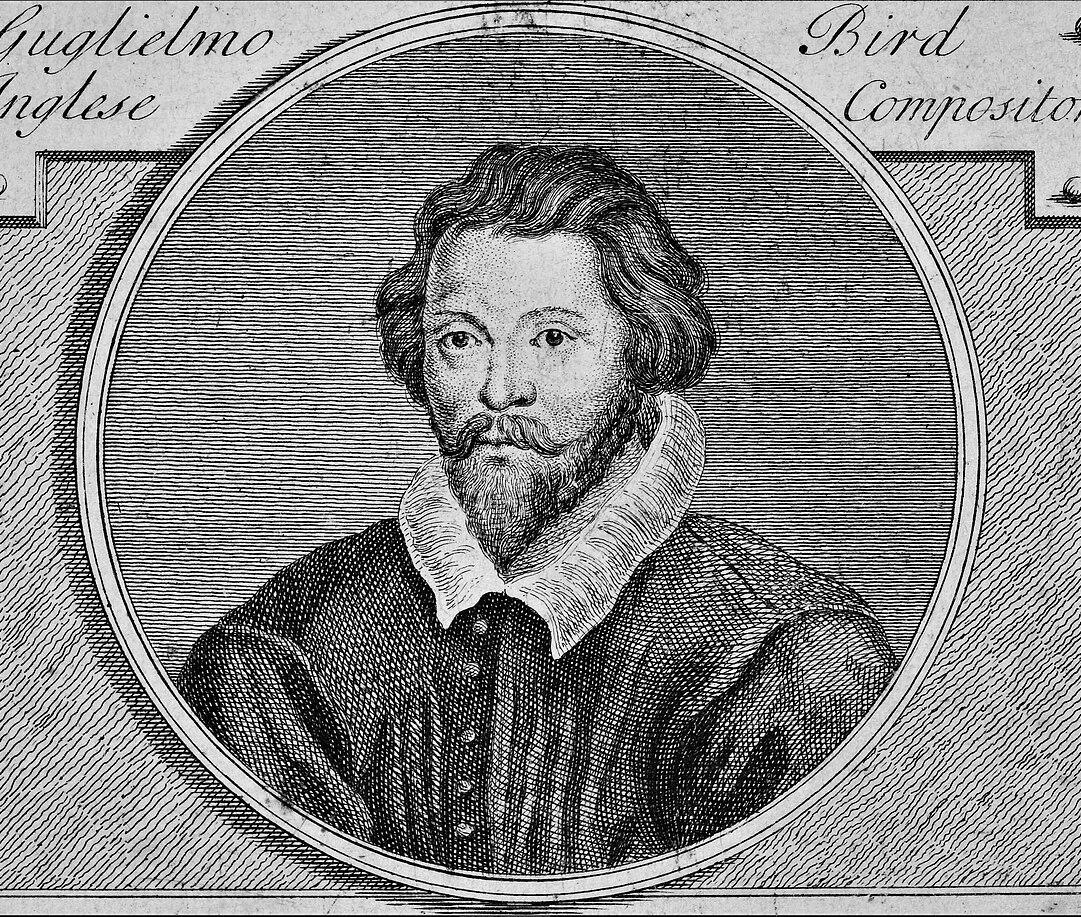
William Byrd’s origins are a bit obscure. He was probably born around 1540 in London into a fairly wealthy family. It’s unknown what kind of musical training he received. Two of his brothers sang in the choir of St. Paul’s Cathedral, and Byrd may have done the same. He may also have had an early connection with the Chapel Royal, a choir that served and traveled with the Royal Family. Byrd possibly studied with Thomas Tallis, and definitely served for a time as his assistant. His first known professional job was serving from 1563 to 1572 as organist and master of the choristers at Lincoln Cathedral. In 1572, Byrd was appointed as Gentleman of the Chapel Royal.
In 1575, Byrd and Tallis were granted an important monopoly for the printing of music and music paper for 21 years. One of their publications was the massive Cantiones quae ab argumento sacrae vocantur (1575), a collection dedicated to Queen Elizabeth I comprising 34 Latin motets (17 each by Byrd and Tallis, one for each year of the Queen’s reign). Even as a Catholic, Byrd wrote Anglican church music for the Protestant church that had been reestablished under Elizabeth. Starting in the early 1570s, though, and more enthusiastically in the 1580s, Byrd identified even more closely with his Catholic faith. He got in some trouble for his associations with prominent Catholics, and was suspended from his Chapel Royal position for a time. By 1594, now more or less retired, Byrd and his family
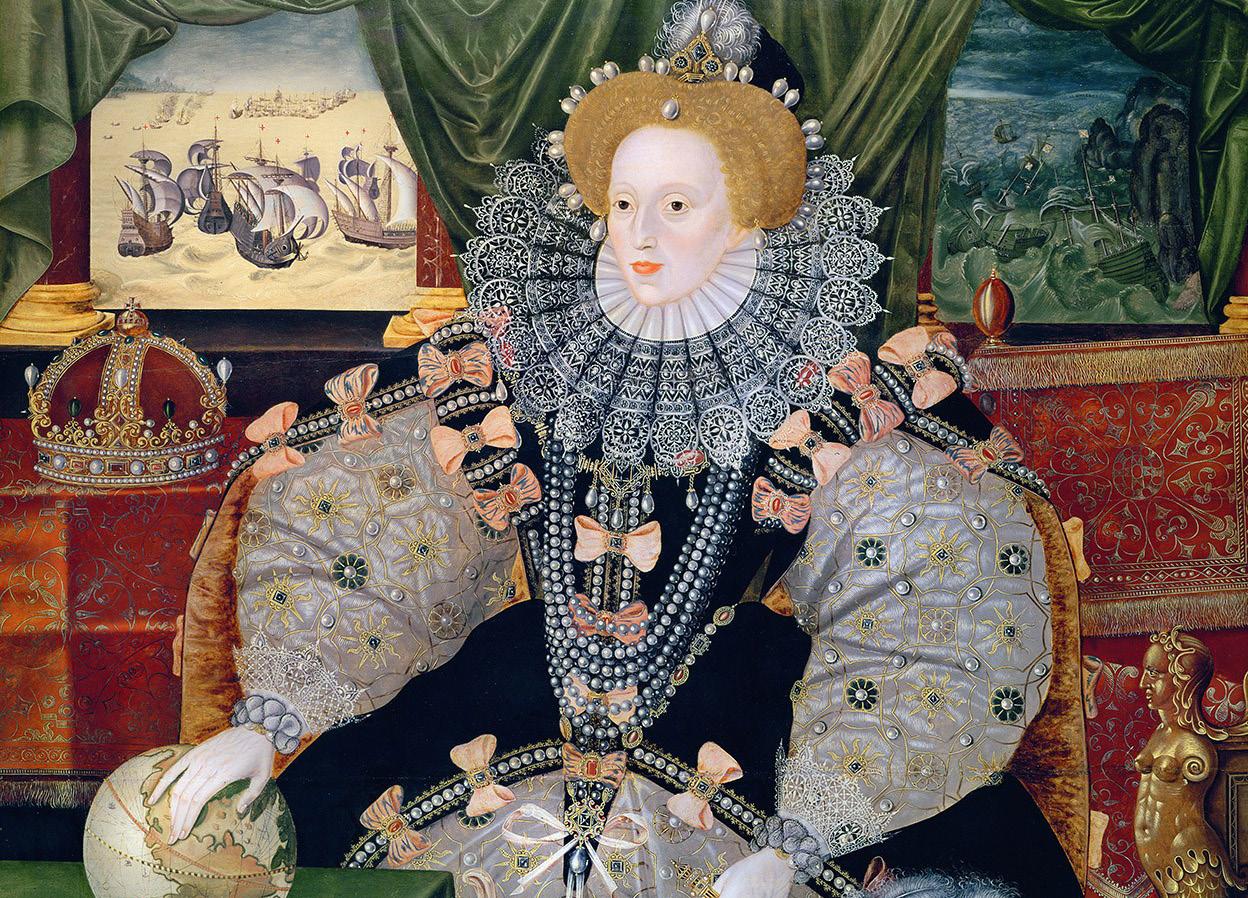
This program revolves around three movements from Byrd’s Mass for Four Voices. At one point, Byrd embarked on a project to create a cycle of liturgical music covering all the main feasts of the Catholic Church calendar. That included three settings of the Ordinary of the Catholic Mass (in three, four, and five vocal parts), published between 1592 and 1595. It was a controversial thing to be writing such Mass settings, and Byrd’s project was probably funded by, and performed in the homes of, his Catholic friends in the nobility and gentry.
Possibly the first of the three to be composed, the Mass for Four Voices embraces some earlier traditions, like alternating partial and full choir sections within its movements. The Kyrie includes dense imitative polyphony. In 2023, the Gloria was sung as part of the liturgy for the coronation of Charles III and Camilla. The Agnus Dei progresses from two, to three, to four voices. In its final words, “dona nobis pacem” (“grant
William Byrd
68
Portrait of Elizabeth I of England, the Armada Portrait, crica 1588
us peace”), the dissonant suspensions might be interpreted as reflecting the troubles of England’s Catholic community.
Two pieces on the program are drawn from Byrd’s 1589 collection of Cantiones sacrae. The Vigilate, in five voices, sets Mark 13:35-37 – “Watch ye therefore, for you know not when the lord of the house cometh.” Probably the most famous work from that collection, though, is Ne irascaris, Domine – Civitas sancti tui. Its political implications are clear in its choice of text, from Isaiah 64, lamenting Israel’s exile in Babylon – “Be not angry, O Lord, nor remember our iniquity forever … Zion has become a wasteland, Jerusalem a desolation.” This grand, elaborate motet is in two parts. The first, a plea for divine mercy, moves from supplication to sadness. Part 2 begins with slow-moving polyphony evoking the deserted landscape of Israel. Then, as Jerusalem is lamented, the music begins with the top voice, which is movingly imitated by the remaining voices in descending order, ruminating on the words “desolata est.”
The 1591 set of Cantiones sacrae includes Haec dies – “This is the day which the Lord hath made: let us be glad and rejoice therein,” a text from Psalm 117 often related to Easter. This energetic work in six voices sees Byrd moving in a religious work toward the tone painting of the secular madrigal, which had gained favor among Catholic patrons. Again, the text has subtle political implications, as it was said to have been the final words of Jesuit Father Edmund Campion, who was tortured and executed after coming from the Continent to minister to the Catholic community in England.
Byrd once again employs the sound world and techniques of the madrigal in what is apparently one of his later works, the vibrant church anthem Sing joyfully. This setting of words from Psalm 81 combines elaborate polyphony with lighter moments.
O Lord, make thy servant Elizabeth was composed either as part of an effort to secure a position with the Royal Chapel, or just after he had attained that post in the early 1570s. In its rather dense six-part counterpoint, it resembles some of Byrd’s other early works. The text from Psalm 21 paying homage to King David translates easily as a tribute to Queen Elizabeth.
Thomas Tallis was born toward the end of the reign of Henry VII. He may have sung as a young man in Dover and at Canterbury Cathedral. He also was employed at the Chapel Royal, probably starting in 1543, and he served as both composer and organist at the court of Henry VIII, Edward VI, Mary I, and Elizabeth I. Unlike his student Byrd, Tallis was largely able to steer clear of religious controversy. He is perhaps best-remembered today for his massive motet Spem in alium for eight five-voice choirs.
O Lord, in thee is all my trust, in four voices, is a sacred anthem for Evensong, a church service traditionally held around sundown. The work was published in 1565 in John Day’s collection Certaine notes set forth in foure and three partes. Unlike the rich polyphony of much of the music in this program, the music here is sung mostly in chordal harmony.
Thomas Weelkes produced a body of compositions including secular madrigals, anthems, and services for the Anglican Church. In 1597 his first volume of madrigals was published. Soon after that he became organist at Winchester College, during which time he wrote two more volumes of madrigals in 1598 and 1600. After graduating from Oxford University, he moved to Chichester to become the Cathedral organist and teacher for the choristers. There his fourth and last volume of madrigals was published in 1608. But his fondness for alcohol got him into repeated trouble, and his last years were somewhat turbulent. His exultant, richly-harmonized Hosanna to the Son of David in six voices sets words from Matthew 21:9 and Luke 19:38.
Probably the most famous composer of non-religious music in Renaissance England was Thomas Morley. Morley was born in Norwich, and may have started singing in cathedral choirs there. Sometime around 1574 he moved to London, where he became a chorister at St. Paul’s Cathedral. Around that time he studied with Byrd, with whom he became close. Weelkes was friends with Morley as well, and even commemorated his death in a madrigal-like anthem, Death hath deprived me. After receiving a degree at Oxford, Morley became the organist at St. Paul’s.
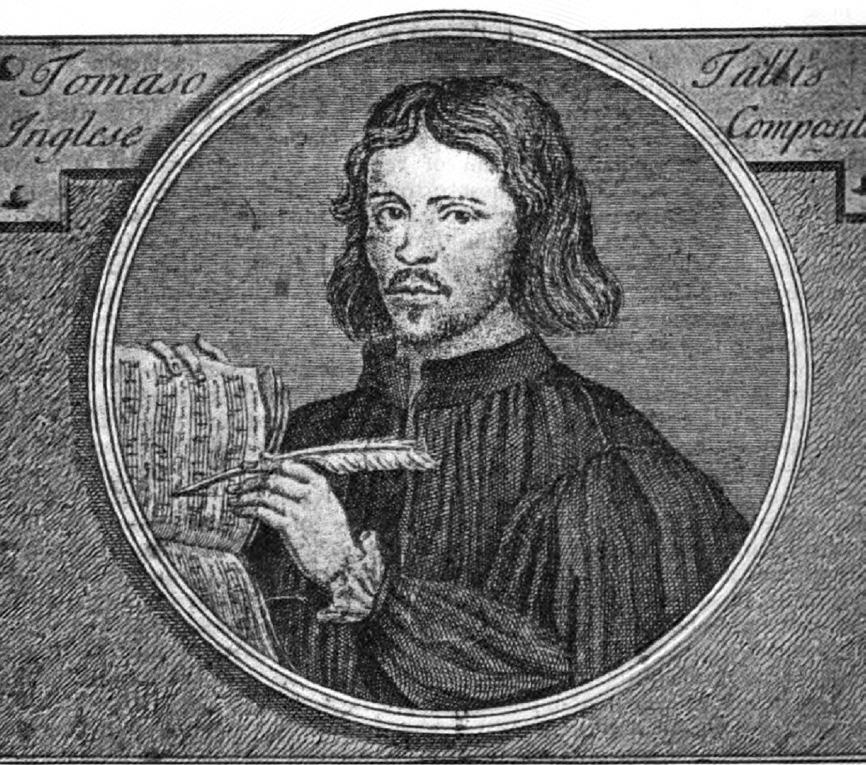
The 1580s was the time in which Italian madrigals started appearing in large numbers in England, often fitted with new texts in English. It set off a craze for madrigal writing, and Morley was at the forefront, eventually publishing eleven volumes of madrigals. Famously, he and Robert Johnson were the only composers contemporary with Shakespeare to set his verse to music (Morley may have known Shakespeare personally, but this hasn’t been proven). His two-voice madrigal Miraculous love’s wounding was published in 1595. The two lines interweave peacefully, singing of love’s darts that, “So fiercely shot against my heart, rebounding, Are turn’d to roses, violets and lilies.”
Thomas Tomkins came from Wales. While in his teens, he moved with his family to Gloucester. Byrd also had a property in Gloucester, and it is likely that Tomkins studied with him
69
Thomas Tallis
there. Byrd may also have lined up a position for Tomkins at the Chapel Royal. Around this time, perhaps through Byrd, Tomkins met Thomas Morley, who became a friend and later published one of Tomkins’s madrigals.
Tomkins served for several years as organist at Worcester Cathedral, while also writing a host of anthems and madrigals. He later split his time between Worcester and the Chapel Royal, where he also played organ, continuing to move between Worcester and London until 1639. Civil war led to the closing of Worcester Cathedral, though, and Tomkins then turned his attention to composing consort and keyboard music. But his greatest fame came through his madrigals. One of his most acclaimed is Too much I once lamented, a heartfelt work composed on the death of a lady friend. Tomkins dedicated the work to William Byrd, whom he called his “ancient, and much reverenced Master.”
Program notes by Chris Morrison
EARTLANDCHAMBERMUSIC
Engage Your Passion for Music with Our Education Programs!
String Sprouts Chamber Music Adult Workshop
Early Childhood Music Education
Tuition-free early childhood music opportunity for families in need
Year-Round Chamber Music Programs for pre-college strings and piano students

Annual Summer Chamber Music Festival

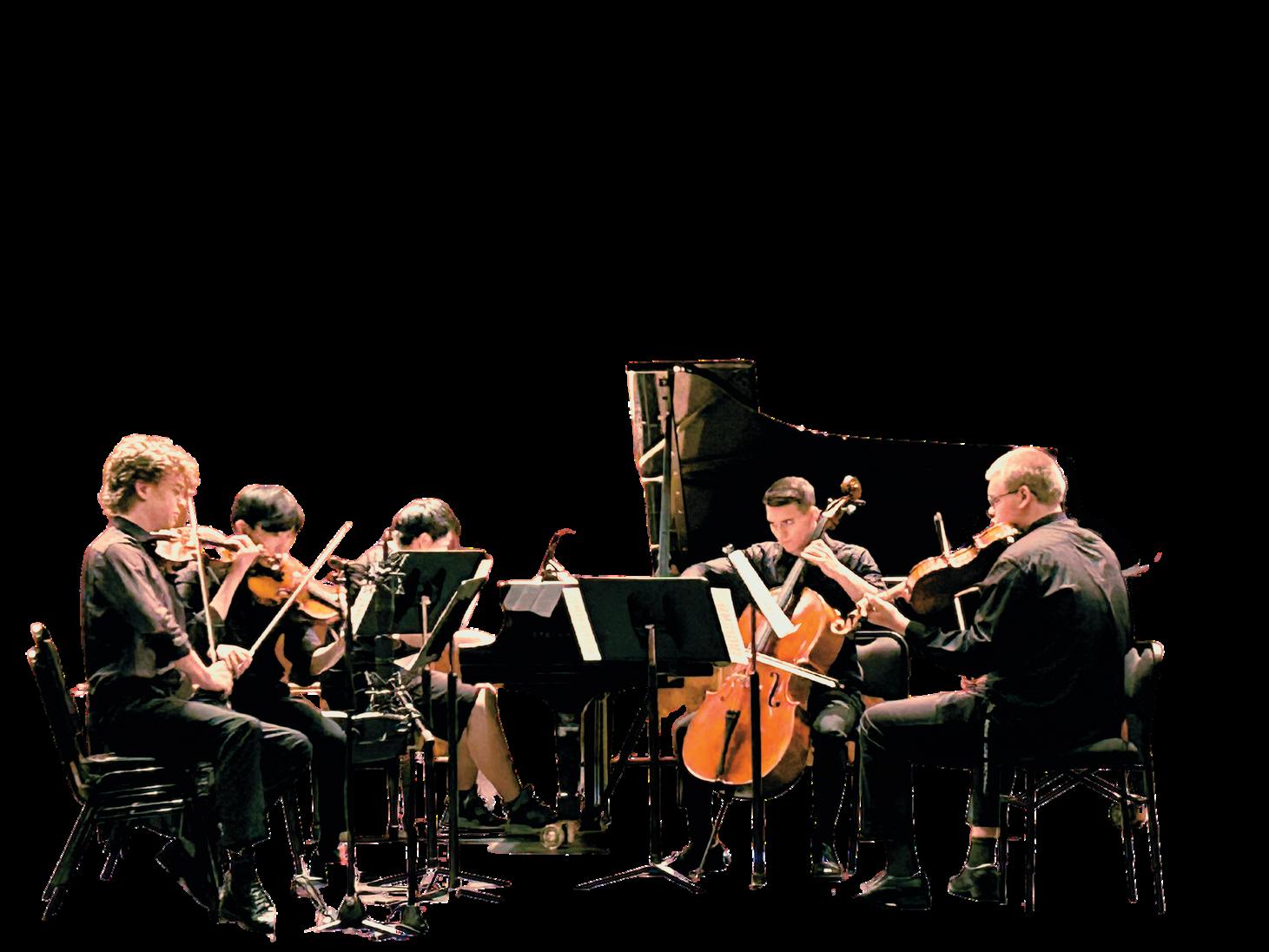
Annual Chamber Music Workshop
Exciting opportunity for adult amateur musicians
Inspiring students through a lifetime of musical education and performance.

To learn more about our educational programs or free concerts visit: HeartlandChamberMusic.org

70
CHANTICLEER
The GRAMMY Award-winning vocal ensemble Chanticleer has been hailed as “the world’s reigning male chorus” by The New Yorker, and is known around the world as “an orchestra of voices” for its wide-ranging repertoire and dazzling virtuosity. Founded in San Francisco in 1978 by singer and musicologist Louis Botto, Chanticleer quickly took its place as one of the most prolific recording and touring ensembles in the world, selling over one million recordings and performing thousands of live concerts to audiences around the world.

Chanticleer’s repertoire is rooted in the renaissance, and has continued to expand to include a wide range of classical, gospel, jazz, popular music, and a deep commitment to the commissioning of new compositions and arrangements. The ensemble has committed much of its vast recording catalogue to these commissions, garnering GRAMMY® Awards for its recording of Sir John Tavener’s “Lamentations & Praises”, and the ambitious collection of commissioned works entitled “Colors of Love”. Chanticleer is the recipient of the Dale Warland/Chorus America Commissioning Award and the ASCAP/ Chorus America Award for Adventurous Programming, and its Music Director Emeritus Joseph H. Jennings received the
Brazeal Wayne Dennard Award for his contribution to the African-American choral tradition during his tenure with Chanticleer.
Named for the “clear-singing” rooster in Geoffrey Chaucer’s Canterbury Tales, Chanticleer continues to maintain ambitious programming in its hometown of San Francisco, including a large education and outreach program that recently reached over 8,000 people, and an annual concert series that includes its legendary holiday tradition “A Chanticleer Christmas.”
Chanticleer appears by exclusive arrangement with Opus 3 Artists
SOIRÉE 2023

Soirée is the Friends of Chamber Music's annual benefit and auction. We extend our thanks to all who made the 2023 Soirée a great success. In the elegant setting of The Kansas City Club our guests were inspired by a performance by Dmitri Atapine and Hyeyeon Park. Soirée provides a significant portion of the Friends’ income every year.
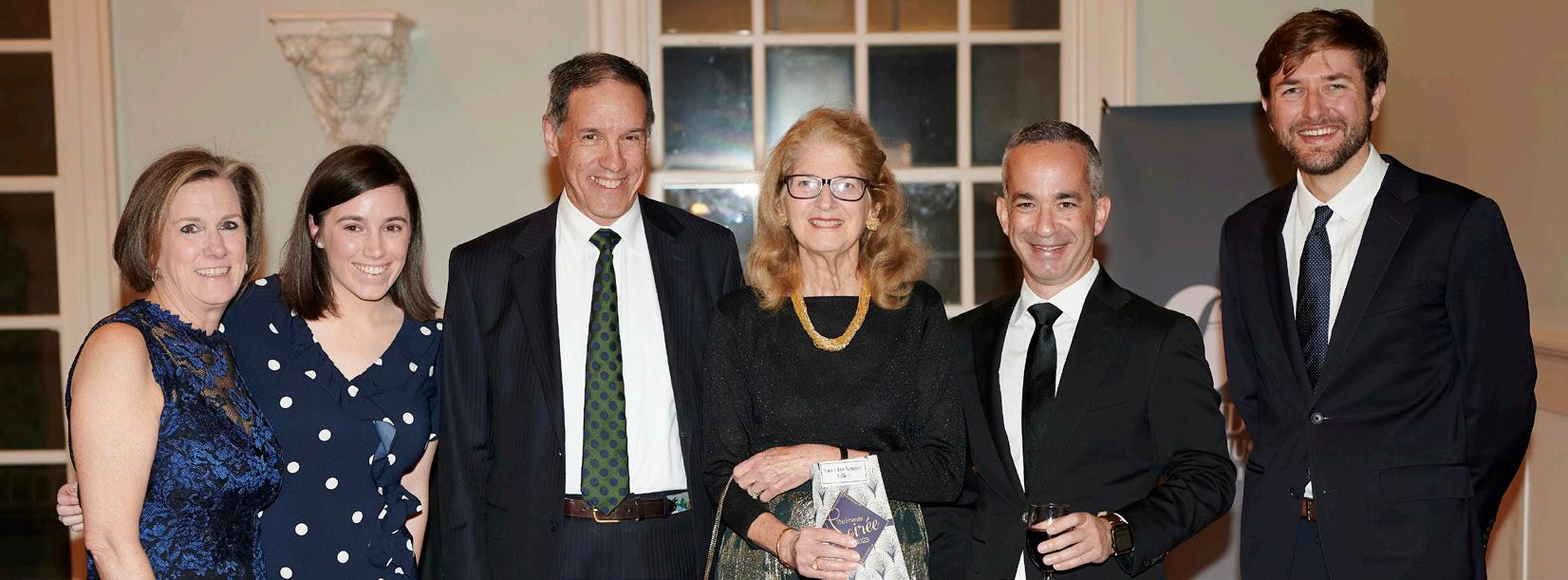
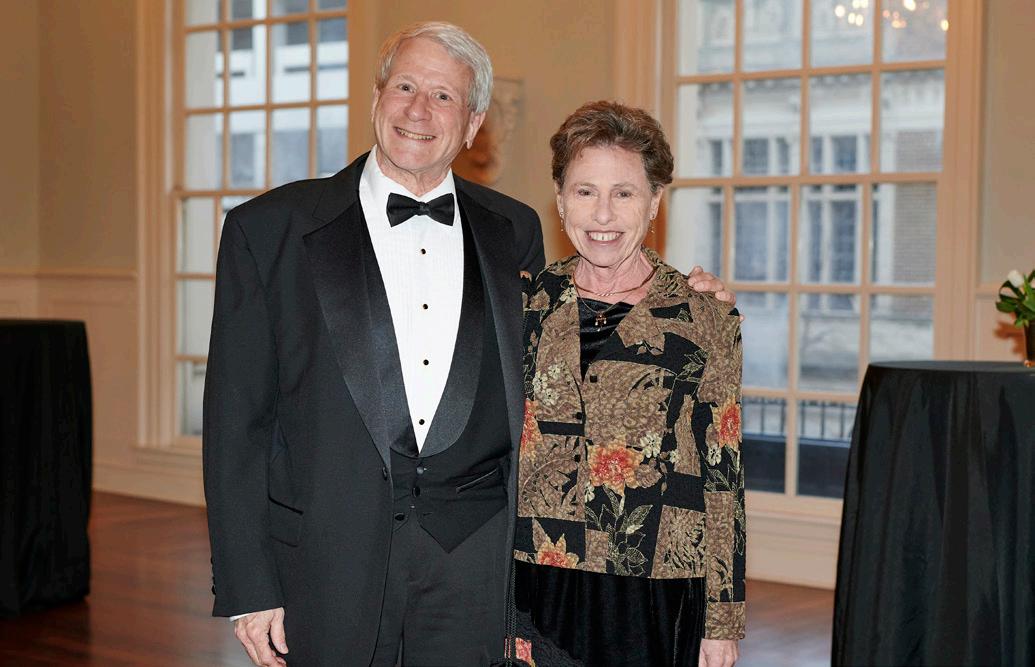
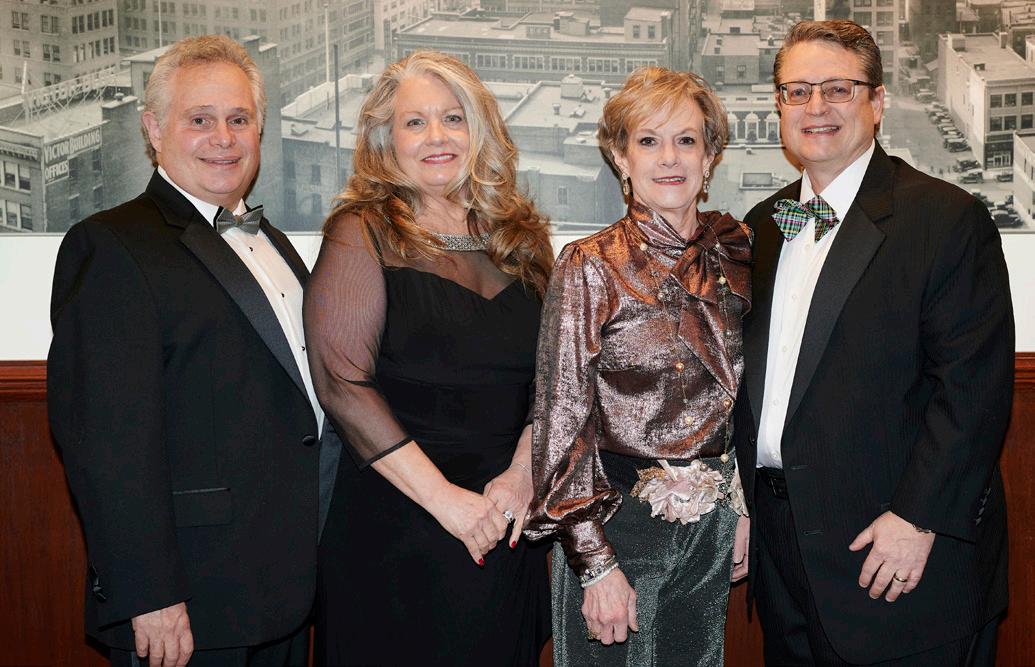

 Bryan Busby, emcee
Dr. Patricia Cleary Miller, Honour Helena Miller and Daniel Martin
Ron and Tricia Fredman with Holly Juckette and David Stadtmueller
David and Sandy Eisenberg
Bryan Busby, emcee
Dr. Patricia Cleary Miller, Honour Helena Miller and Daniel Martin
Ron and Tricia Fredman with Holly Juckette and David Stadtmueller
David and Sandy Eisenberg
72
Polly Kramer, Isabel Kramer, Dr. Jeffrey Kramer, Nancy Lee Kemper, board chair; Inon Barnatan, and David Kemper

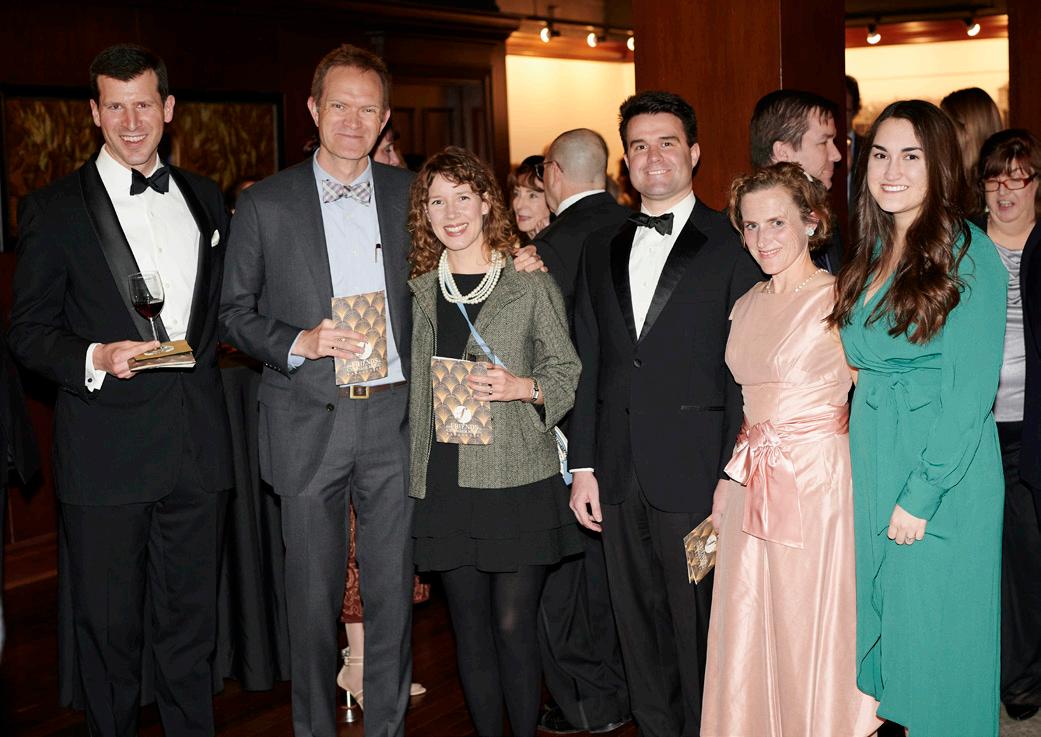
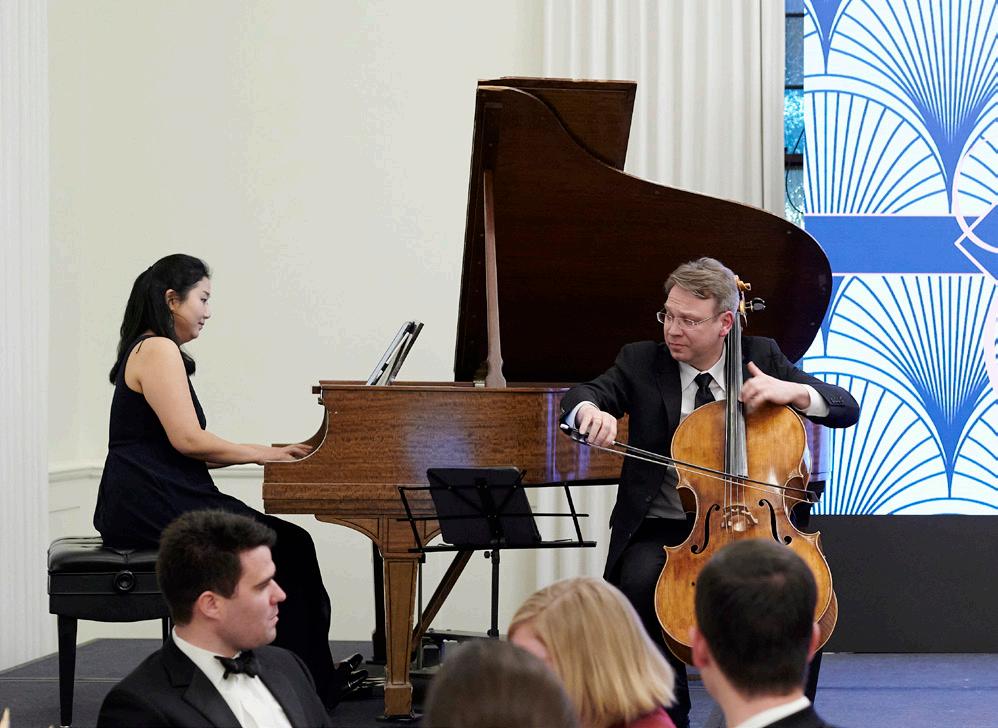


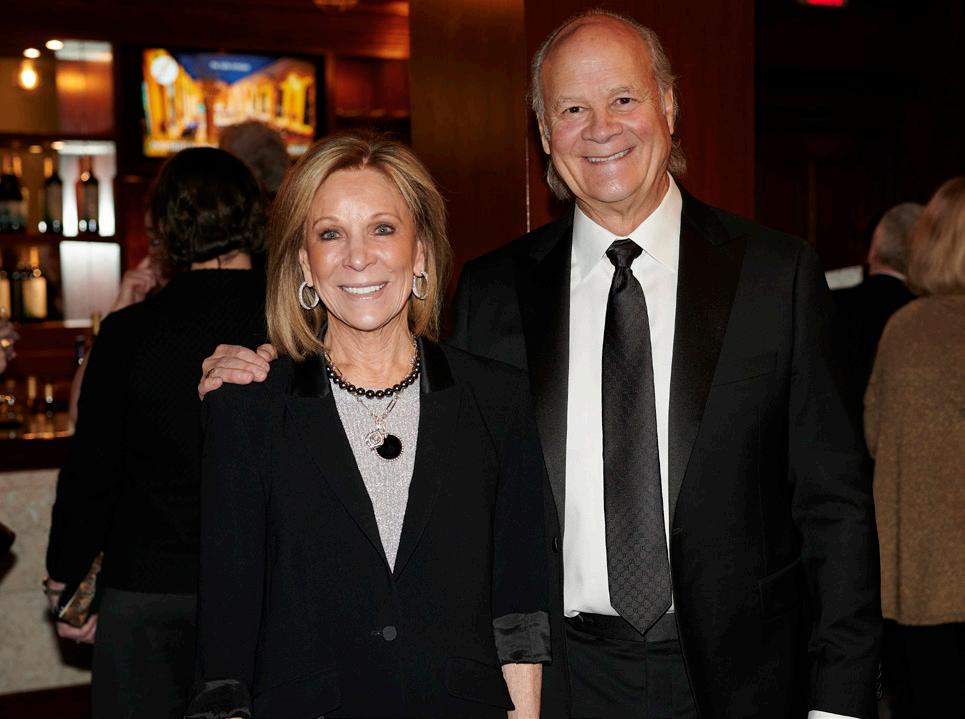 Dr. John Stroh, honorary chair; Dr. Gabriel Louis O’Connor, Dr. Lauren Poull, Zack Royle, Dr. Hilary Stroh, honorary chair; and Caroline Royle
Doug Frost, auctioneer
Dr. John Stroh, honorary chair; Dr. Gabriel Louis O’Connor, Dr. Lauren Poull, Zack Royle, Dr. Hilary Stroh, honorary chair; and Caroline Royle
Doug Frost, auctioneer
73
Artistic Co-Directors Hyeyeon Park and Dmitri Atapine Anne and Dr. Daniel Durrie
Save the Date!
The Friends’ annual fundraising gala, Soirée 2024, will take place on:



Saturday, March 16, 2024
Tudor Ballroom at Hotel Kansas City 1228 Baltimore, Kansas City, MO
View our silent auction items as you mingle with friends and enjoy a sumptuous meal prepared by James Beard Award-nominee, Executive Chef Johnny Leach. Festivities will include a live auction hosted by Master Sommelier, Master of Spirits, and longtime supporter of the Friends, Doug Frost.
Watch www.chambermusic.org for updates and mark your calendars!
For more information contact: Mary Clare Wagner, Director of Donor Experience
maryclare@chambermusic.org (816) 561-9999
When Stanislav loudenitch first started the Park International Center for Music, he began with a simple concept. Find exceptional music teachers, and give them the time, tools, focus, and dedication needed to transform exceptional students into masters themselves. An internationally-recognized Van Cliburn gold medalist, Ioudenitch assembled a team that shared his world-class skills and his passion for teaching. Other outstanding programs have great master instructors. But no other American conservatory lets those masters devote the time to their students like they do at Park ICM. Not even storied programs like Juilliard, Curtis, or Eastman.
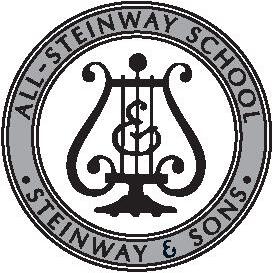
Come experience the birth of our international stars. Visit ICM.PARK.EDU for our concert schedule today.

“These featured soloists from Park University’s International Center for Music represent not only the quality of performance in Kansas City, but the future of it, too.”
– THE KANSAS CITY STAR
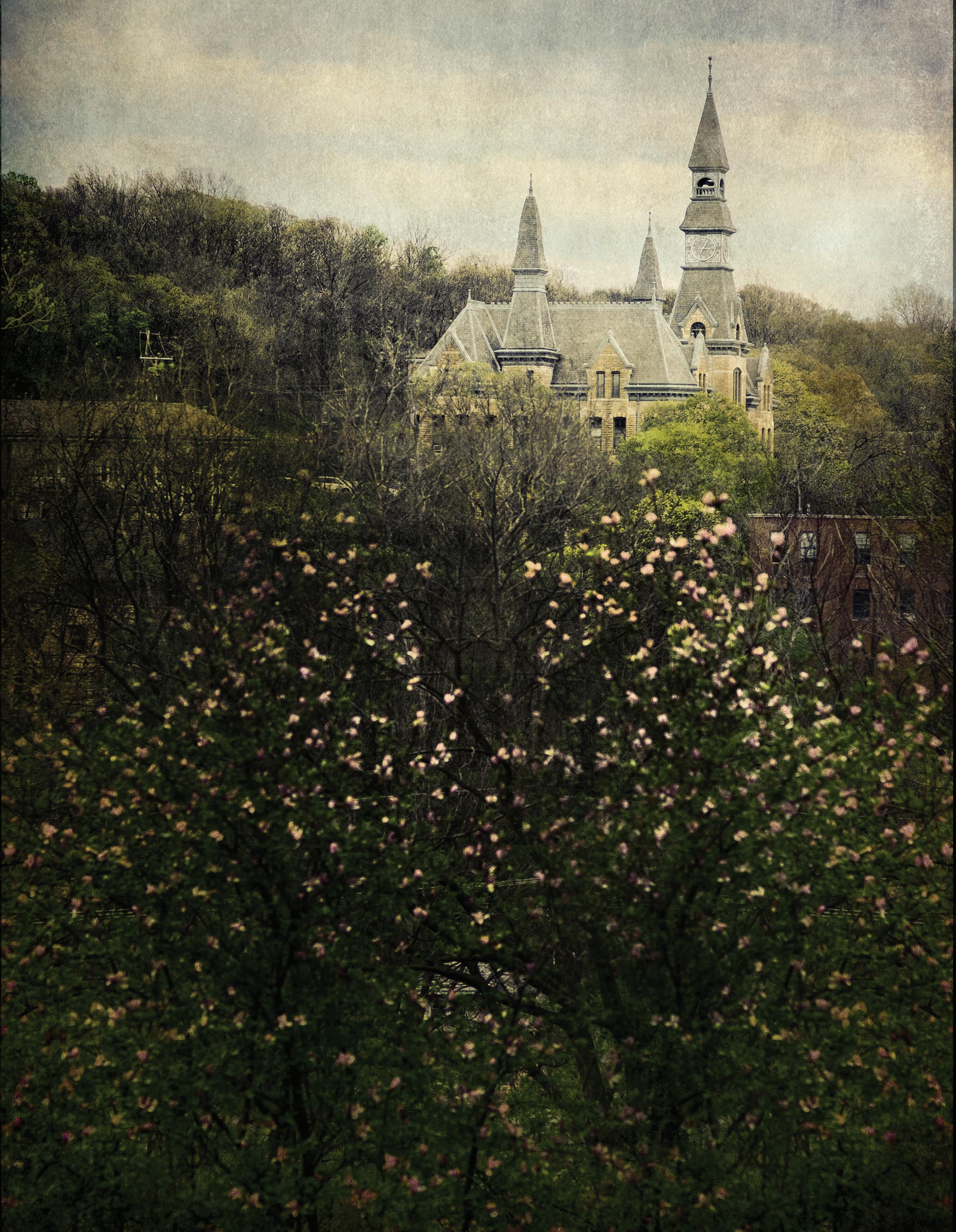
PARK INTERNATIONAL CENTER FOR MUSIC
CONTRIBUTORS
July 1, 2022 - June 30, 2023
The Friends of Chamber Music is grateful to acknowledge the kindness of our many contributors who have given their financial support on behalf of our concerts and educational activities. To join our esteemed partners in music please contact us by calling 816-561-9999 or email at development@chambermusic.org.
Maestoso ($100,000+)
William T. Kemper Foundation
Stanley H. Durwood Foundation
Grandioso ($50,000 - $99,999)
Muriel McBrien Kauffman Family Foundation
Glorioso ($25,000 - $49,999)
Sanders and Blanche Sosland Music Fund
Charles and Virginia Clark
Jennifer and Bud Bacon
Irv and Ellen Hockaday Fund for The Friends of Chamber Music Hall Family Foundation
Virtouso ($15,000 - $24,999)
Missouri Arts Council
Hebenstreit Family Foundation
J. Scott Francis, the Francis Family Foundation
Alietia Caughron
Sosland Foundation
Richard J. Stern Foundation for the ArtsCommerce Bank, Trustee
Prodigioso ($10,000 - $14,999)
Al Mauro, Jr. and Molly Dwyer
Dwight and Naomi Arn
Jerry & Marilyn Uppman *
Ellen and Irv Hockaday
Dr. Peter G. Goulet and Mrs. Meridith G. Manche
Amoroso ($5,000 - $9,999)
Patricia Cleary Miller
Kamal and Mary Lynn Soli Mikhail, Soli Printing, Inc.
Jonathan and Nancy Lee Kemper
Marilyn A. W. and Norman E. Gaar, Esq.
Michael and Marlys Haverty Family Foundation Fund
Hallmark Cards, Inc.
Dr. Irene E. Bettinger
Richard and Jane Bruening
Hallmark Cards, Inc.
Commerce Bank
JoZach Miller and Peter Bali
David M Steinhaus, M.D.
Bill and Peggy Lyons
David and Sandy Eisenberg
Kansas City, Missouri, Neighborhood Tourist and Development Fund
Affettuoso ($2,500 - 4,999)
Paul and Bunni Copaken
Jeffrey and Polly Kramer
Douglas Y. Curran
Sarah Rowland
Ann Miller
Drs. Leia Barrett and Drew West
Tom and Kathy Nanney
Jay and Cindy Longbottom
J. David and Roxie McGee
Charles and Lisa Schellhorn
Grazioso ($1,000 - $2,499)
Drs. John and Hilary Stroh
Marshall and Kathleen Kilway Miller
Muchnik Foundation
Kit and Jay Culver
Dr. Michael and Eileen Schwartzman
Dennis Marker and Susan Lordi Marker
Dr. Daniel S. and Anne Durrie
Gregory Gille
Dr. Michael and Peggy Borkon
Kate Brubacher and Grayson Murphy
Dr. Norman and Charito Pay
Janice A. Newberry
Wendy and George Powell
Nancy Panzer-Howell
White-Simchowitz Charitable Family Fund
Ron and Tricia Fredman
Gioioso ($500 - $999)
Caroline and George Helmkamp
Doris and Scott Mattingly
Patty and Ron Bowen
Shirley & Barnett Helzberg, Jr. Donor Advisory Fund at the Jewish Community Foundation of Greater Kansas City
Lisa Schubert Hickok
Kathy and Kirkland Gates
Dr. John K Lee
Gary and Mary Adams
Sandra Bowlby
Julia Scherer, MM NCTM
76
Marti Moore
Joshua & Jane Sosland Philanthropic Fund
David G Meyers, MD MPH and Gay Burns *
Rowland Family Fund
Monica Jeffries and John Hazangeles
Sherrill J Gerschefske
Dr. Marc and Karen Penner Johnson
Arthur and Marianne Lafex
Premuroso ($100 - $499)
Dr. Ernest Neighbor
Prof. Daniel J. Bernstein
Thomas and Susan Bamford
Bill Hughes and Margot Patterson
Channing and Louise Horner
Corey and Jen Biggs
Virginia Miller
Don and Pat Dagenais
Mr. and Mrs. Richard O Ballentine
Padgett Family Foundation
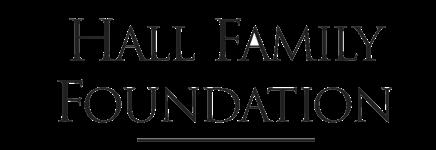

Richard Cram
John Dennis Lowden
Dr. Marino Martinez
David and Luci Powell
Patrick and Kathy Townsend
Patricia Heygelin Hiatt and Roger L Hiatt
Janice and Mark Schonwetter
Stefan and Carol Offenbach
J Scott and Valerie McKay Chaloud Fund
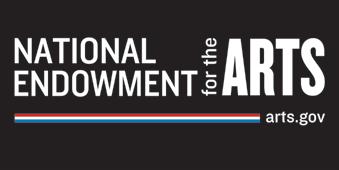

Dr. Richard K. Gutknecht
Kenneth and Jean D. Butler
Victoria S Kaufman and David Bluford
Sharon Stiner
Helyn Strickland
James D. Marshall, Jr.
Drs. Gabriel Lewis-O’Connor and Lauren Poull O’Connor
David and Tracey Johnson
Mary Ann Wyrsch
Bruce Judd Williams
John Wise
Dr. Linda Banister and Dr. J. Quentin Kuyper
Dr. Ruth Anne Rich
Dr. Margaret and Barry Nickell
Pablo Hernandez-Rios
Cynthia and Herbert Shanks
Dr. David D. Zoller
James Van Eman
Koppel Family Fund

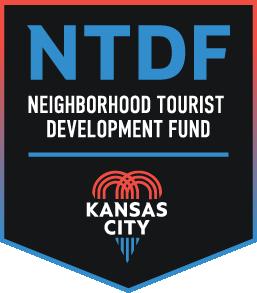
Elizabeth Parks
Karen L Christiansen
Roger Dirks and Cindy Capellari
Kenneth and Rose Hagen
Thomas Haller
Kim and Ted Higgins
Art, Mary, Tori, and Amanda Hirsch
Mollie K. and Charles F. James, Jr.
Norman and Margaret Kressman
Scott and Kathleen Redick
Sue and Robert Strickler
Willis Theis, Jr.
Jeff Witsken
Sonja Griffith
* Legacy Donors
SPECIAL THANKS TO OUR SEASON UNDERWRITERS
SPECIAL THANKS TO OUR CORPORATE SPONSORS


of Chamber Music Premier Hotel
of Chamber Music Supporting Hotel 77
Friends
Friends
The Friends with You!
We celebrate an incredible and inspirational Forty-Seventh Season, our first under the artistic direction of Dmitri Atapine and Hyeyeon Park. We presented fifteen world-class performances and countless community and education events. A profound thank you to all of you who have supported our many endeavors and thank you for helping us make many more Friends of Chamber Music!
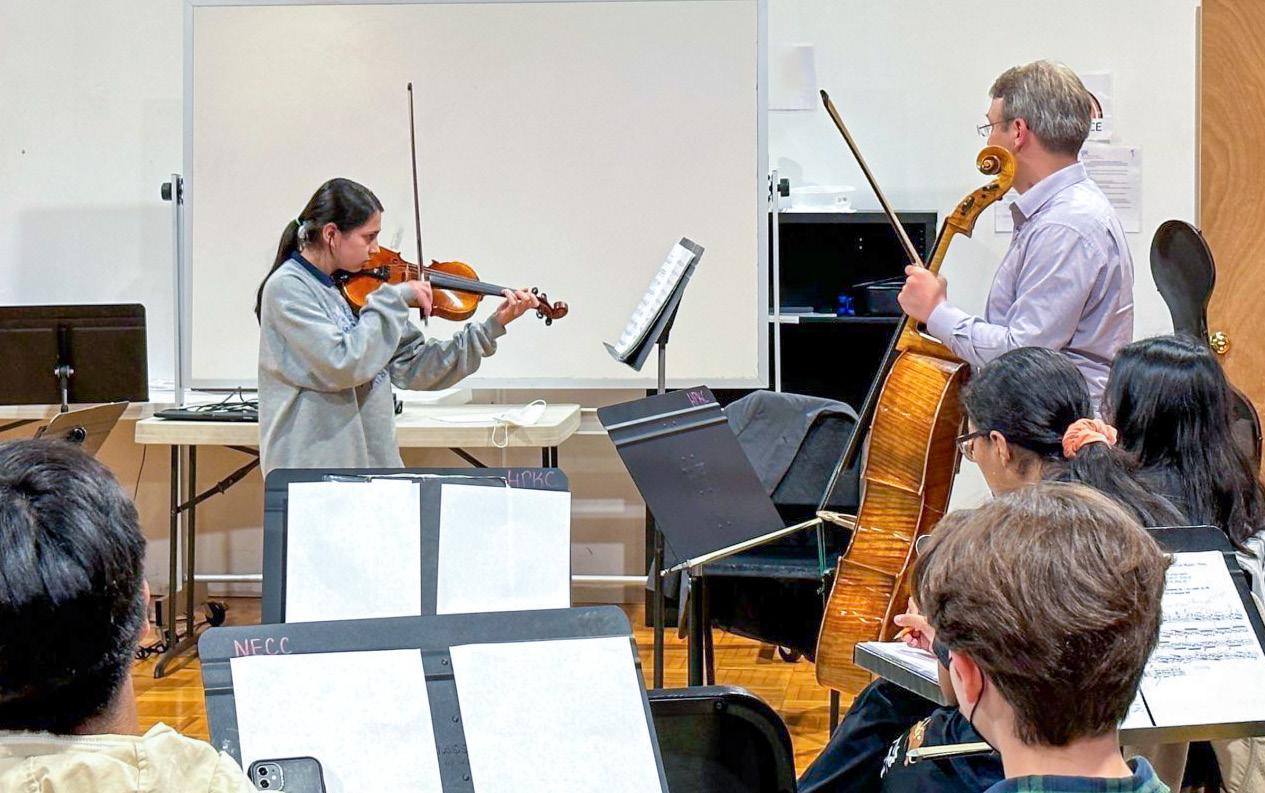
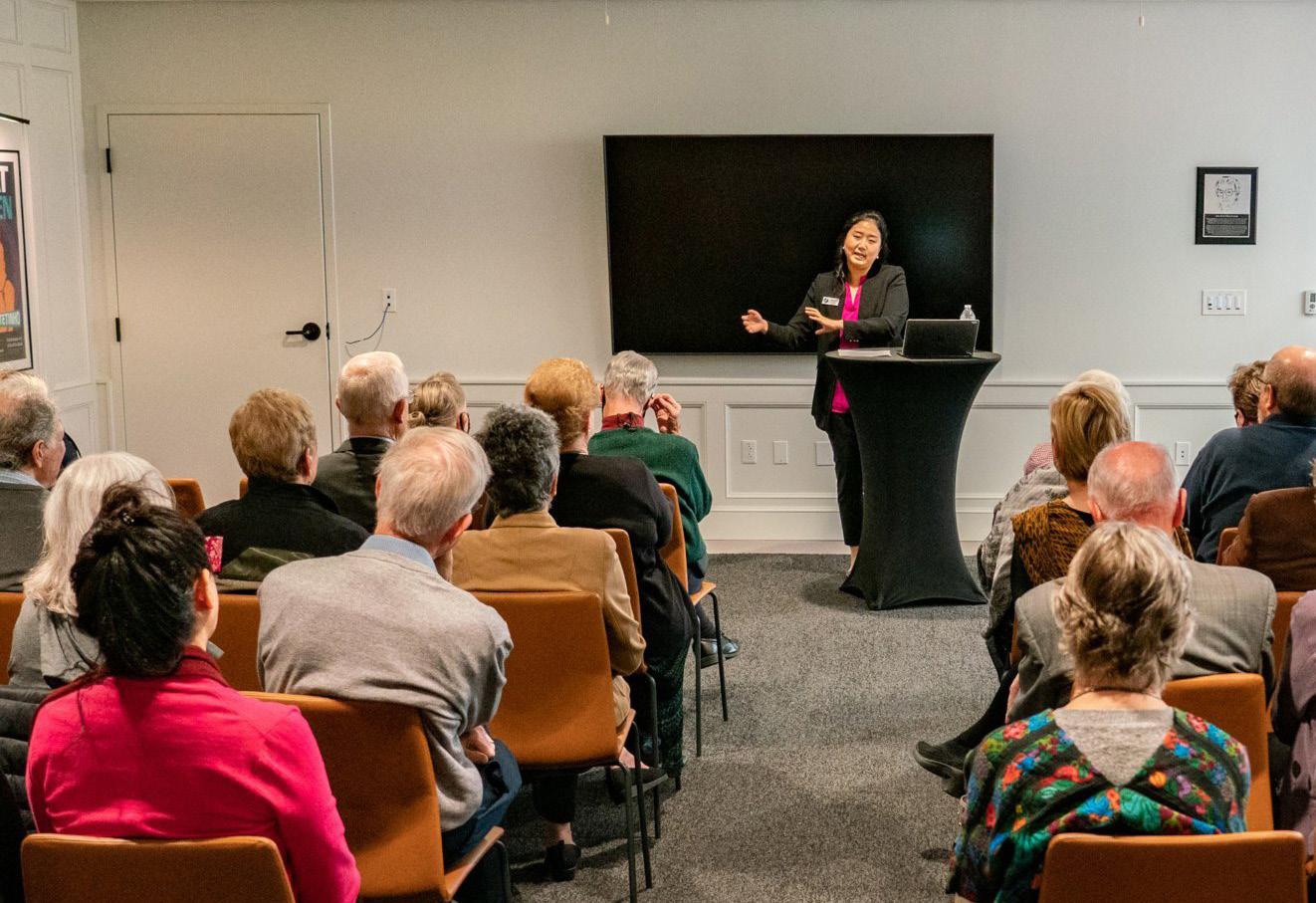

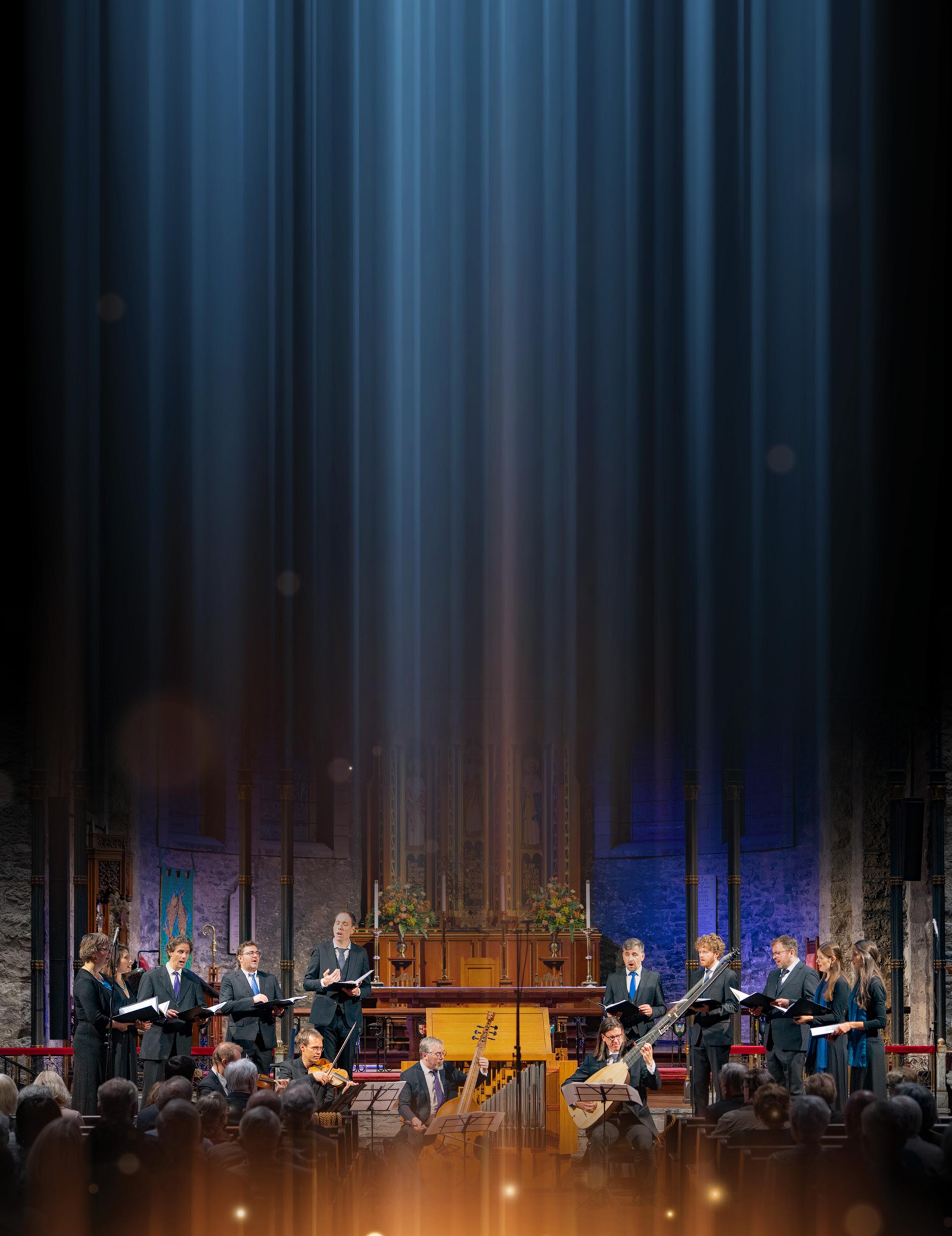 Vox Luminis Photo: Veritography
Artistic Co-Director Dmitri Atapine and the Verona Quartet at Kansas Public Radio for a live on-air performance
Artistic Co-Director Hyeyeon Park giving a pre-concert lecture
Artistic Co-Director Dmitri Atapine giving a masterclass at Harmony Project KC
Vox Luminis Photo: Veritography
Artistic Co-Director Dmitri Atapine and the Verona Quartet at Kansas Public Radio for a live on-air performance
Artistic Co-Director Hyeyeon Park giving a pre-concert lecture
Artistic Co-Director Dmitri Atapine giving a masterclass at Harmony Project KC
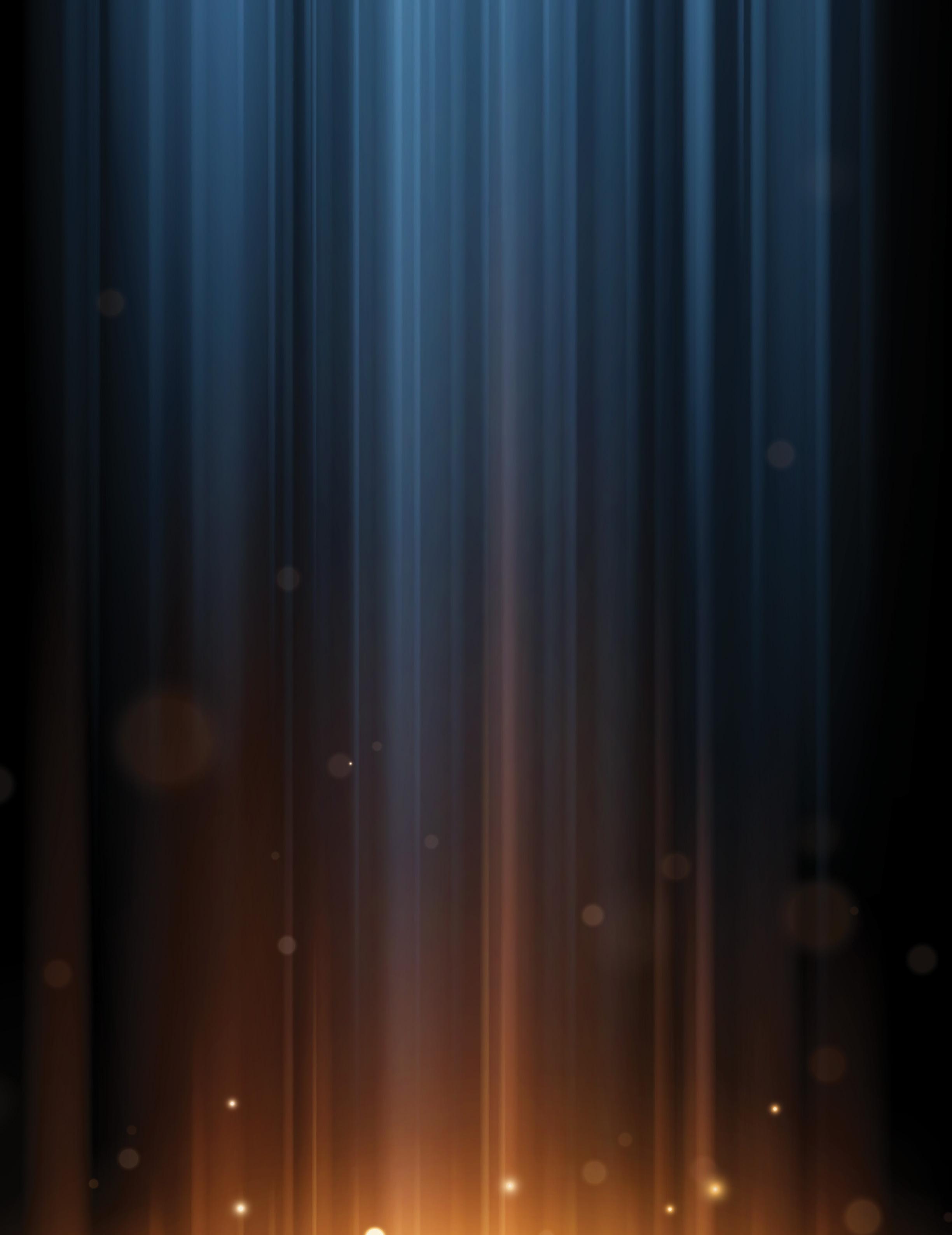
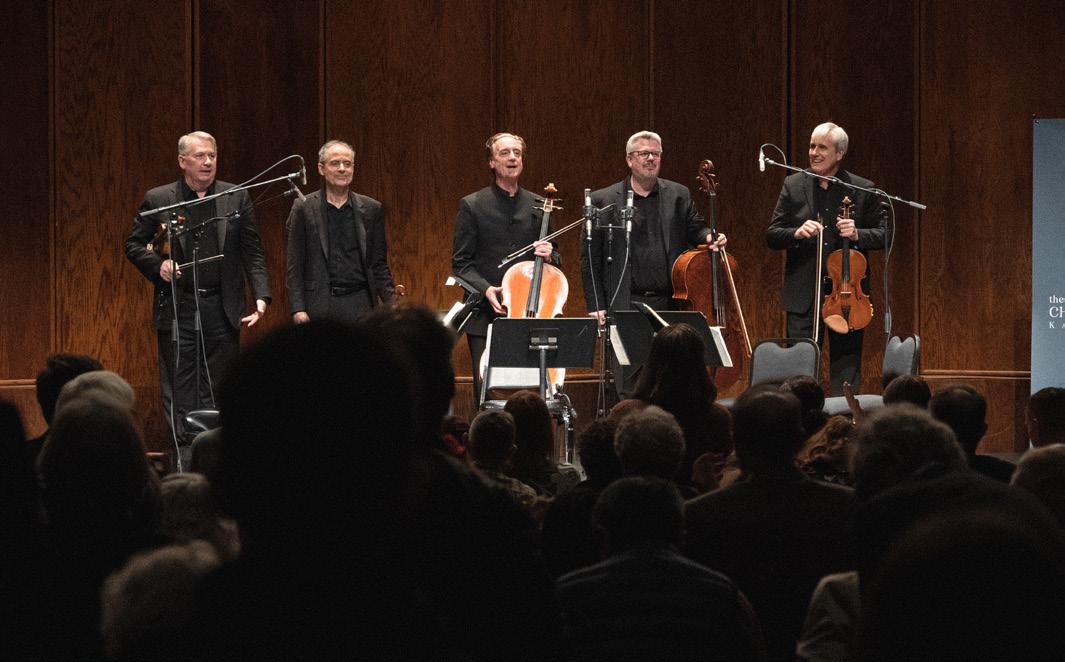
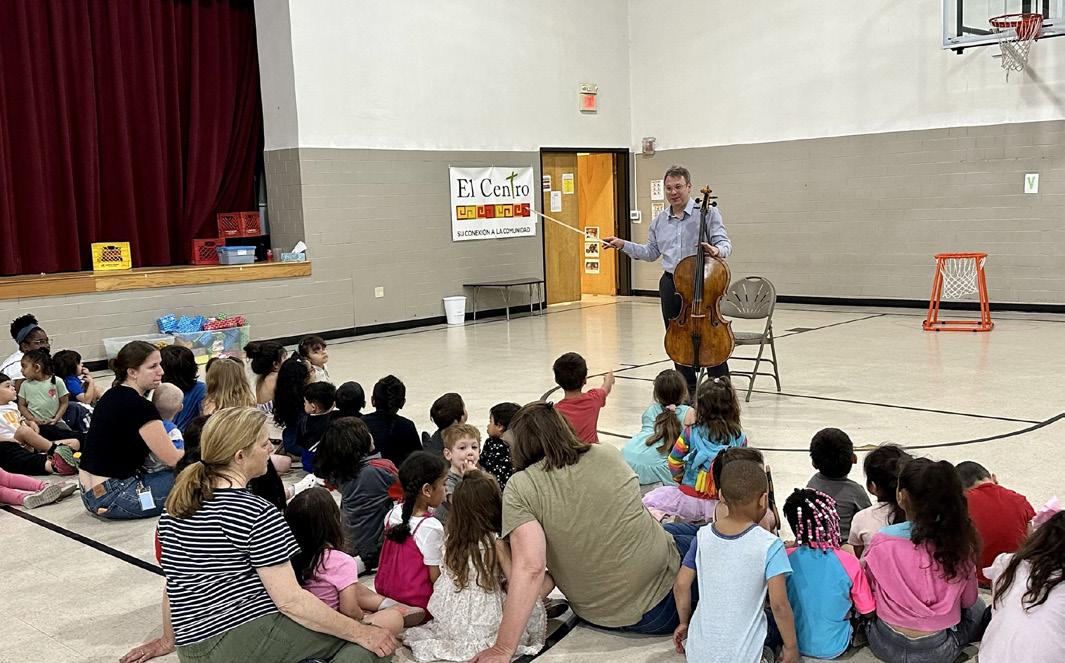


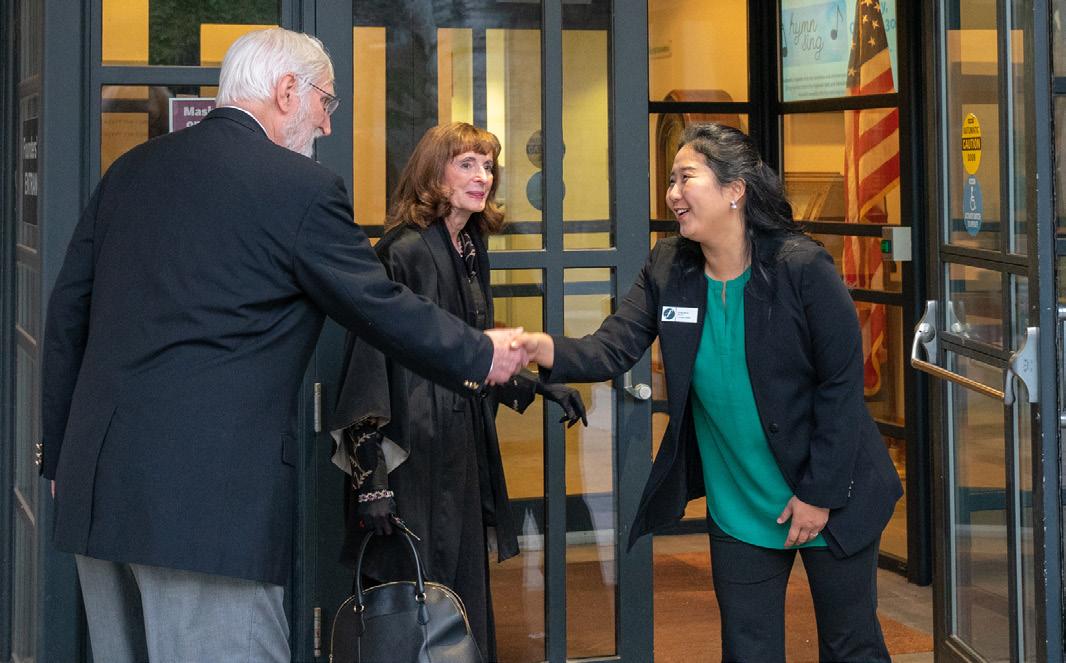
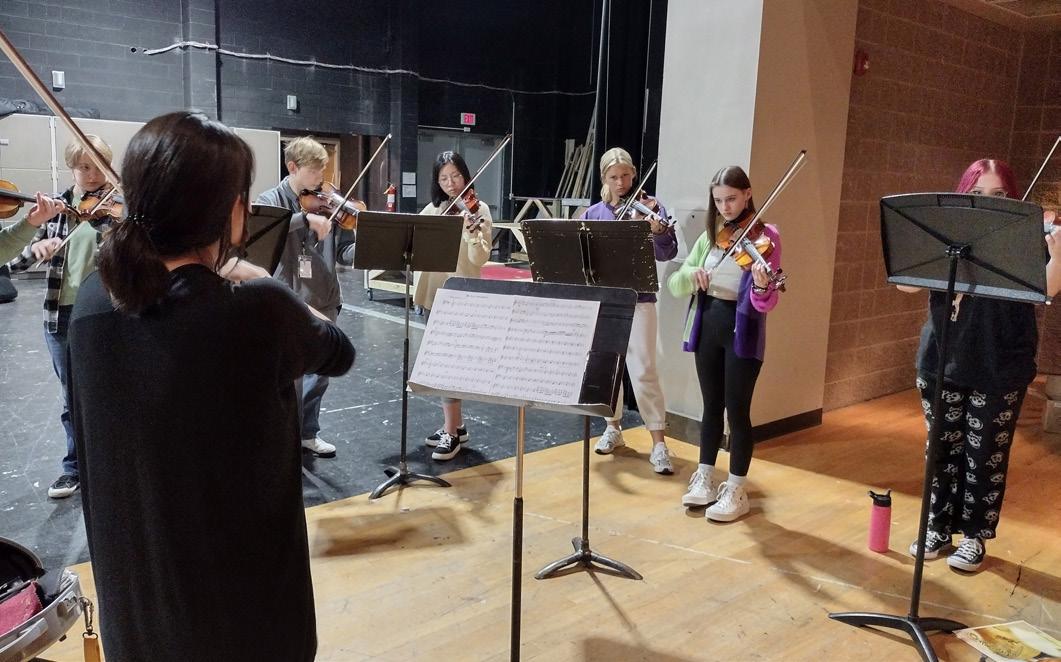 The Emerson Quartet with David Finckel receive a standing ovation
Artistic Co-Director Hyeyeon Park greeting patrons
Patrons giving a standing ovation after the Vox Luminis concert
Artistic Co-Director Dmitri Atapine performing for students at El Centro The Verona Quartet giving a master class to high school students
The Abeo Quartet chatting with students and faculty at the Paseo Academy after a school performance
The Emerson Quartet with David Finckel receive a standing ovation
Artistic Co-Director Hyeyeon Park greeting patrons
Patrons giving a standing ovation after the Vox Luminis concert
Artistic Co-Director Dmitri Atapine performing for students at El Centro The Verona Quartet giving a master class to high school students
The Abeo Quartet chatting with students and faculty at the Paseo Academy after a school performance
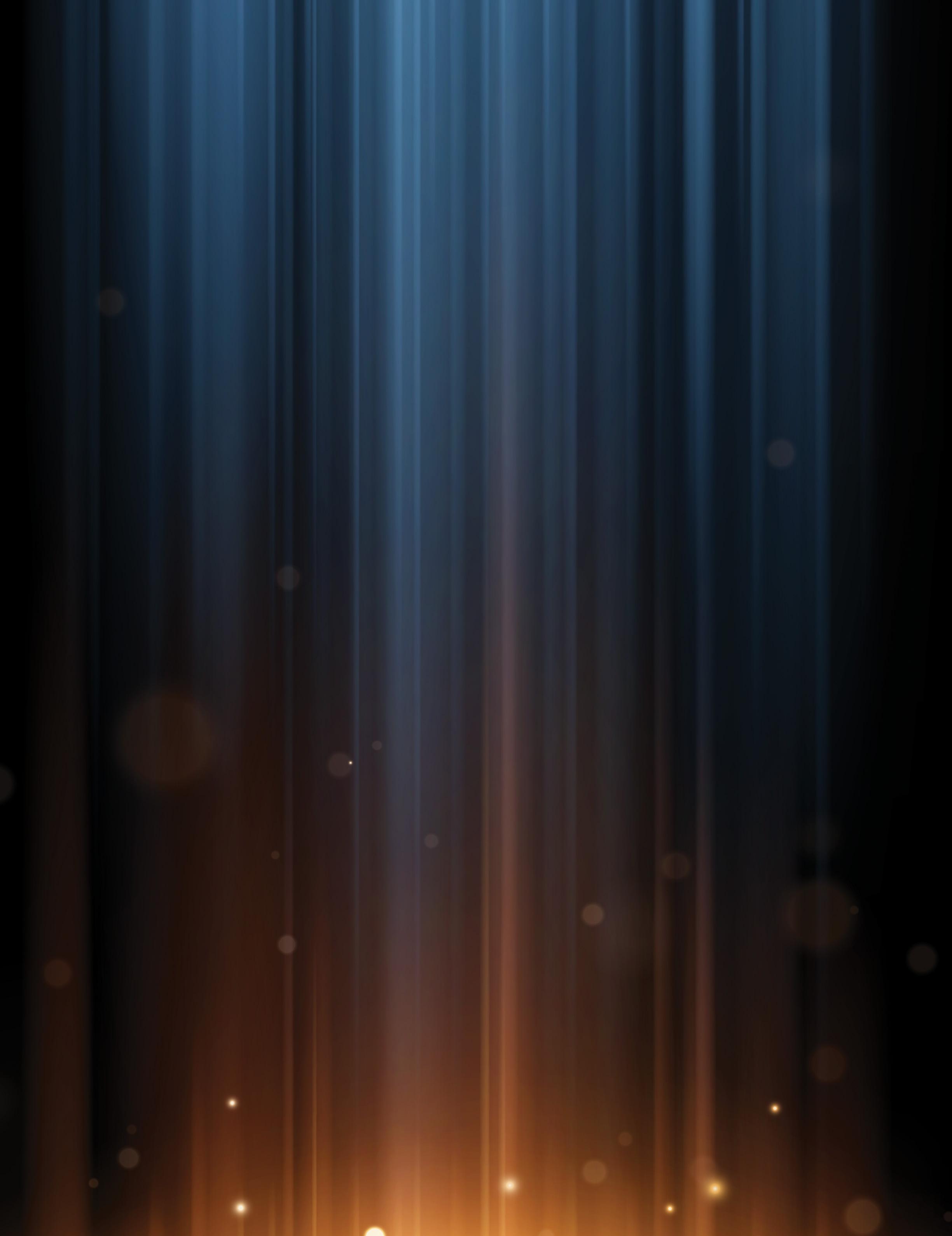
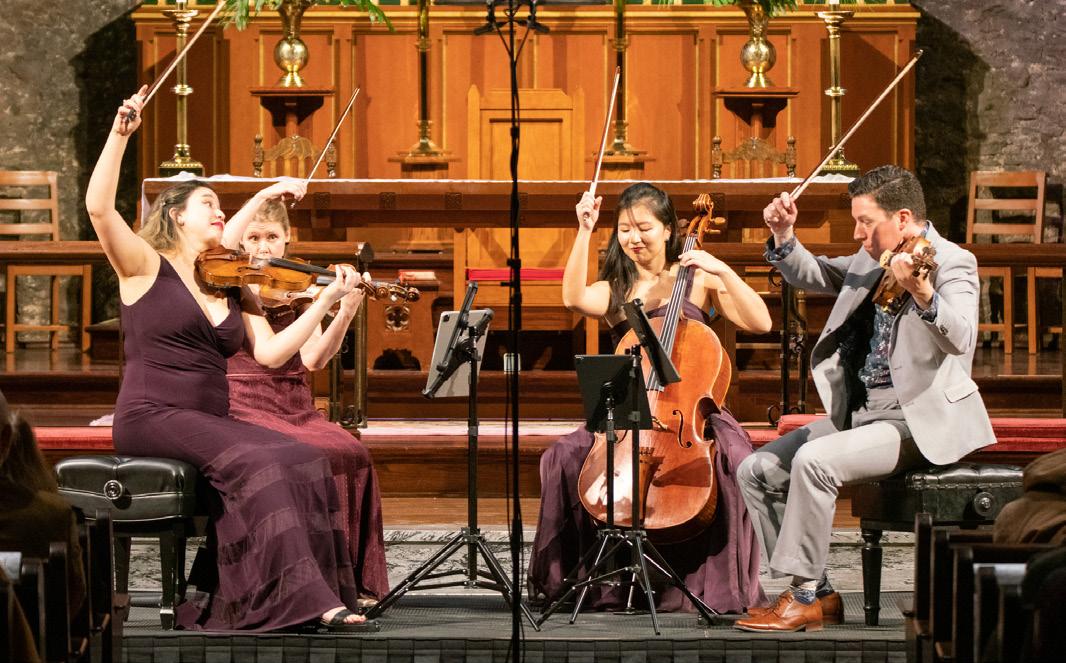
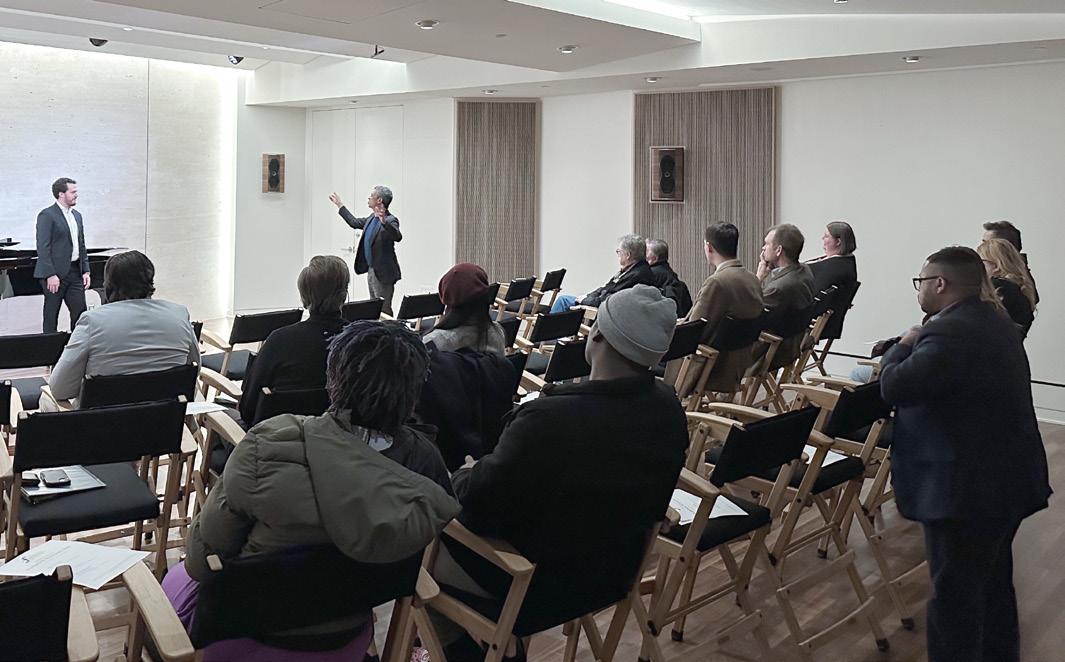
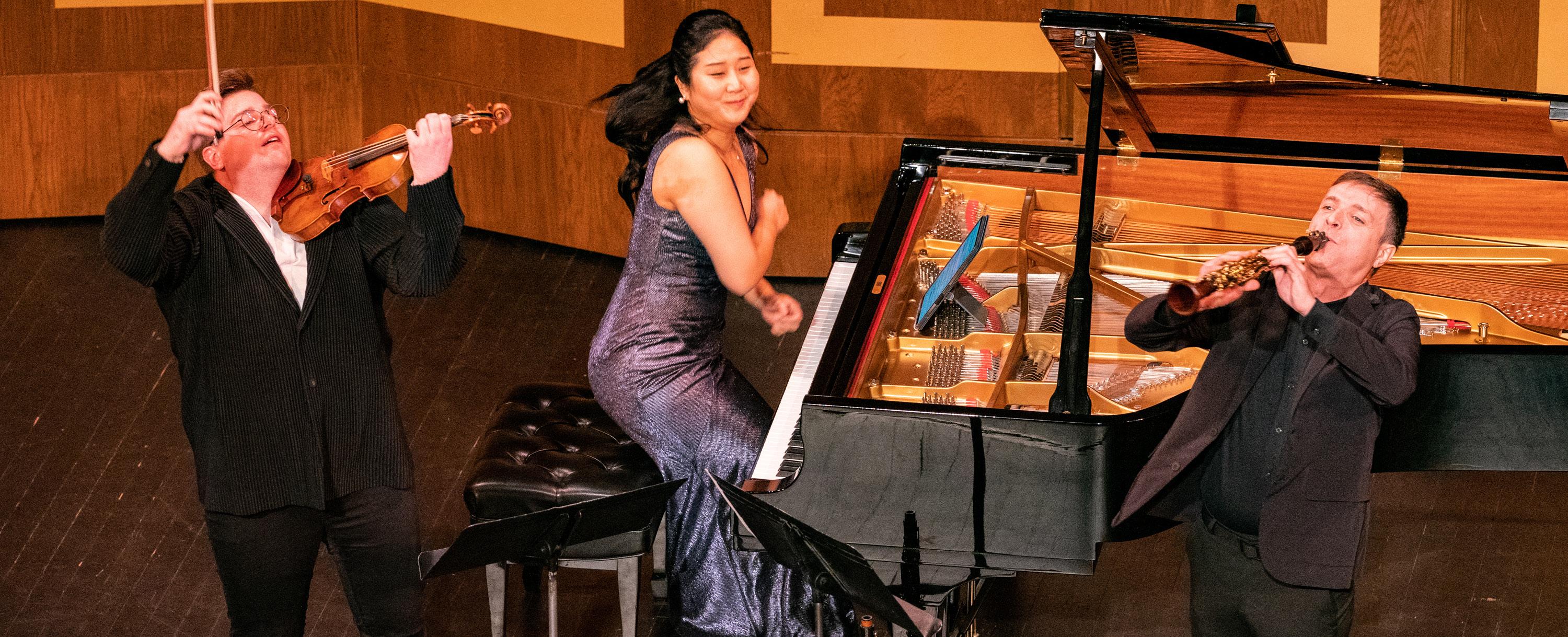
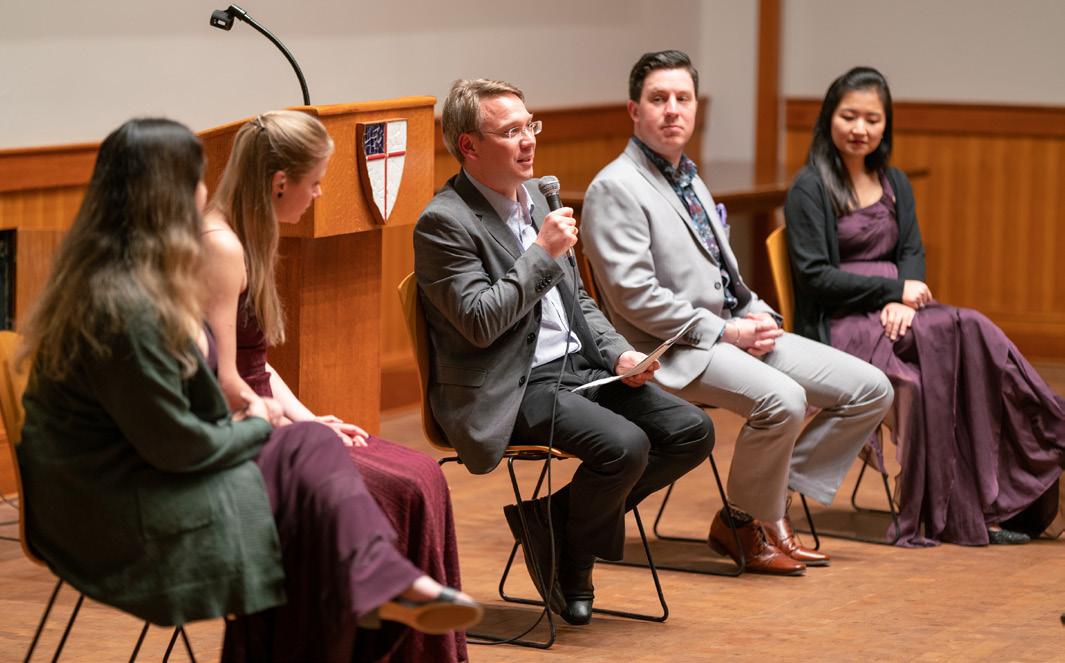
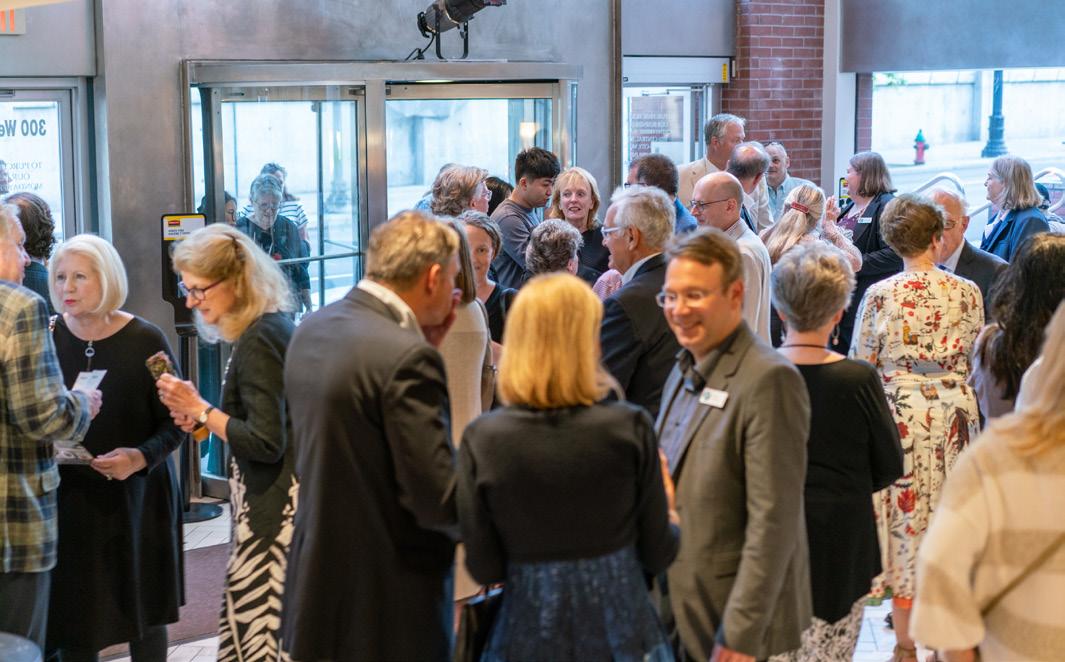 Ulysses Quartet performing at Grace & Holy Trinty Cathedral Artistic Co-Director Dmitri Atapine and the Ulysses Quartet at a pre-concert panel discussion
Baritone Roderick Williams, OBE gives a masterclass to voice students Chad Hoopes, Hyeyeon Park and Jose Franch-Ballester performing at Festive Hungarica
Patrons in the lobby of the Folly Theater before a concert
Ulysses Quartet performing at Grace & Holy Trinty Cathedral Artistic Co-Director Dmitri Atapine and the Ulysses Quartet at a pre-concert panel discussion
Baritone Roderick Williams, OBE gives a masterclass to voice students Chad Hoopes, Hyeyeon Park and Jose Franch-Ballester performing at Festive Hungarica
Patrons in the lobby of the Folly Theater before a concert
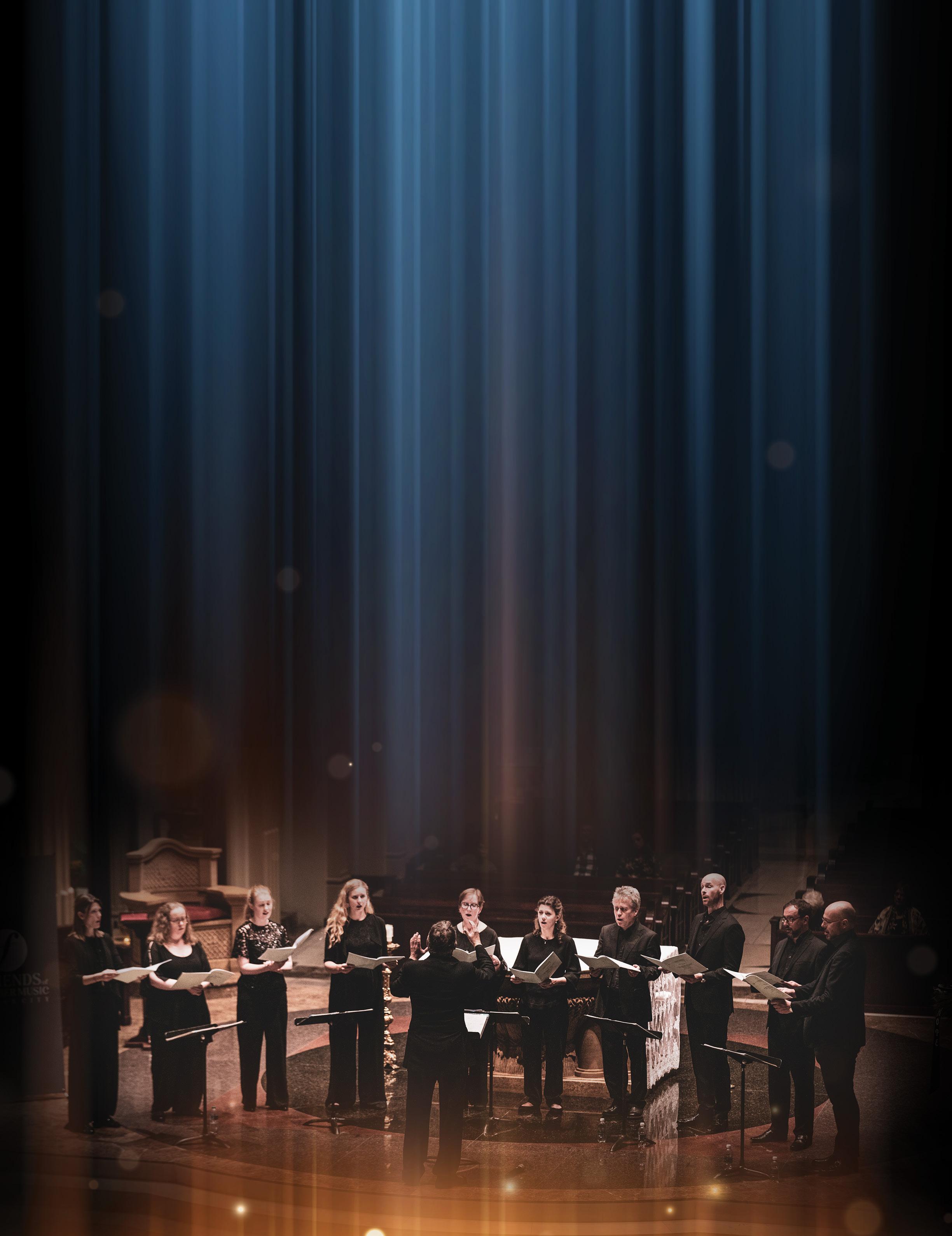
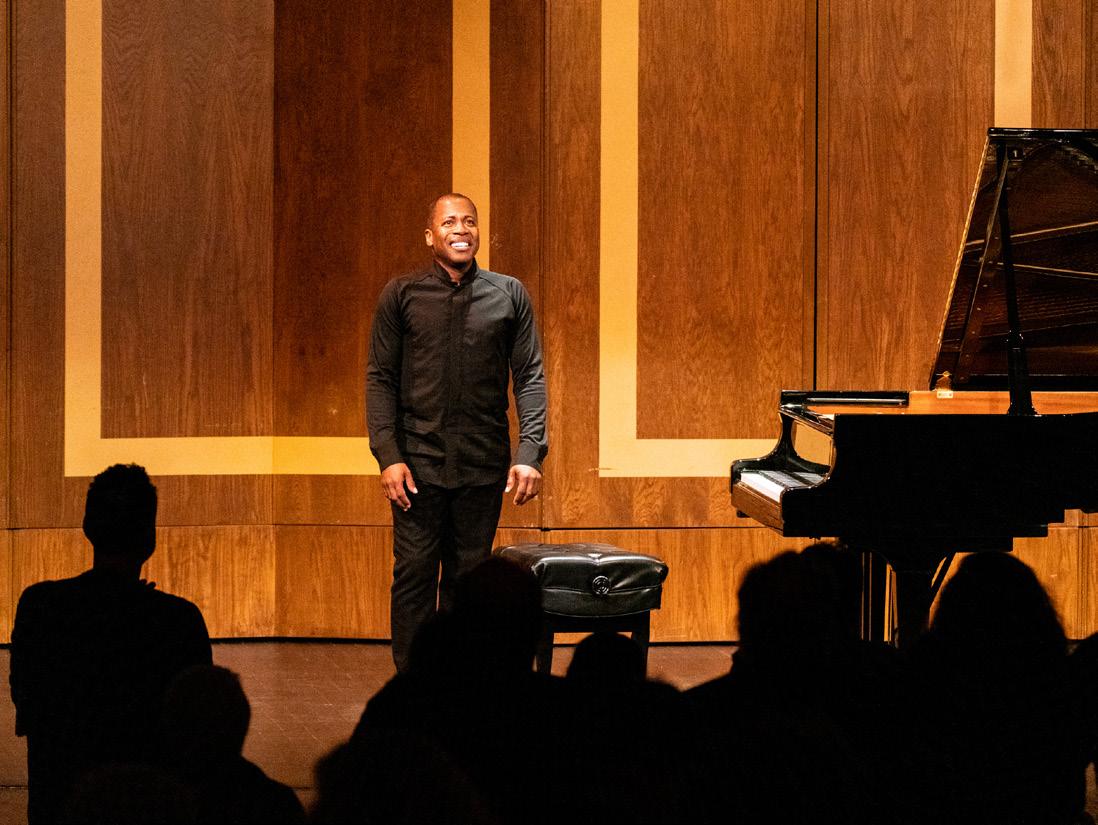
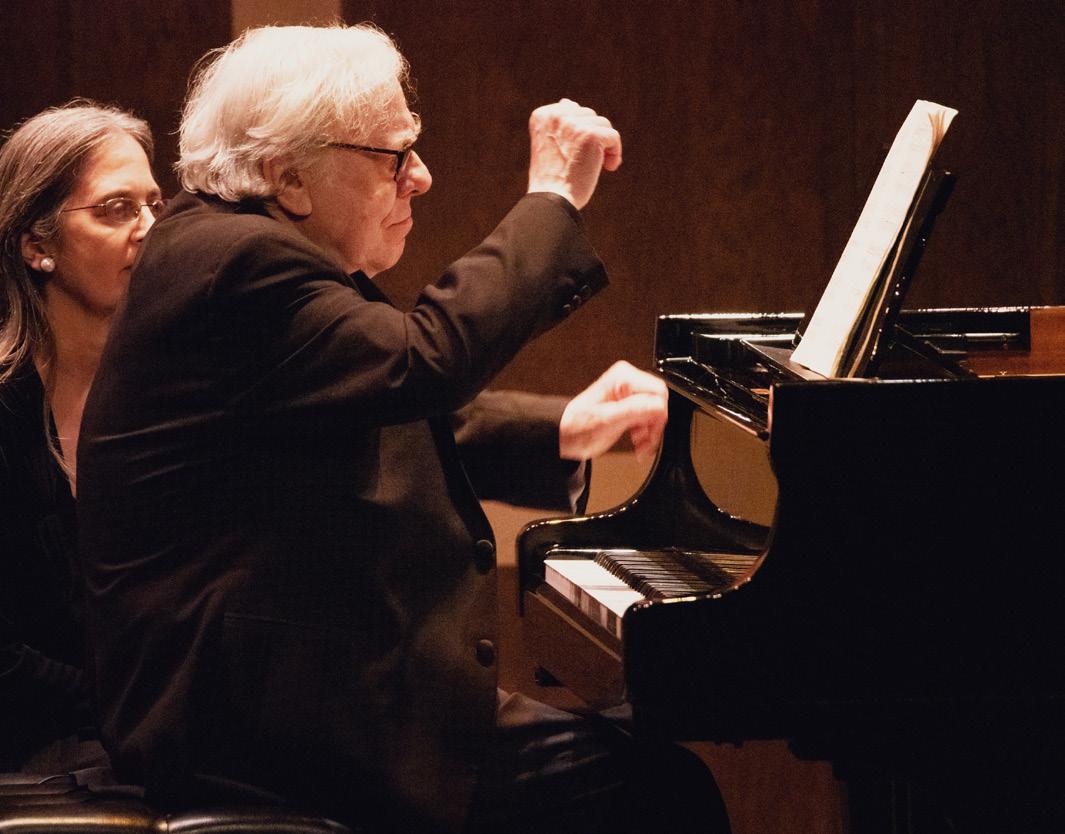
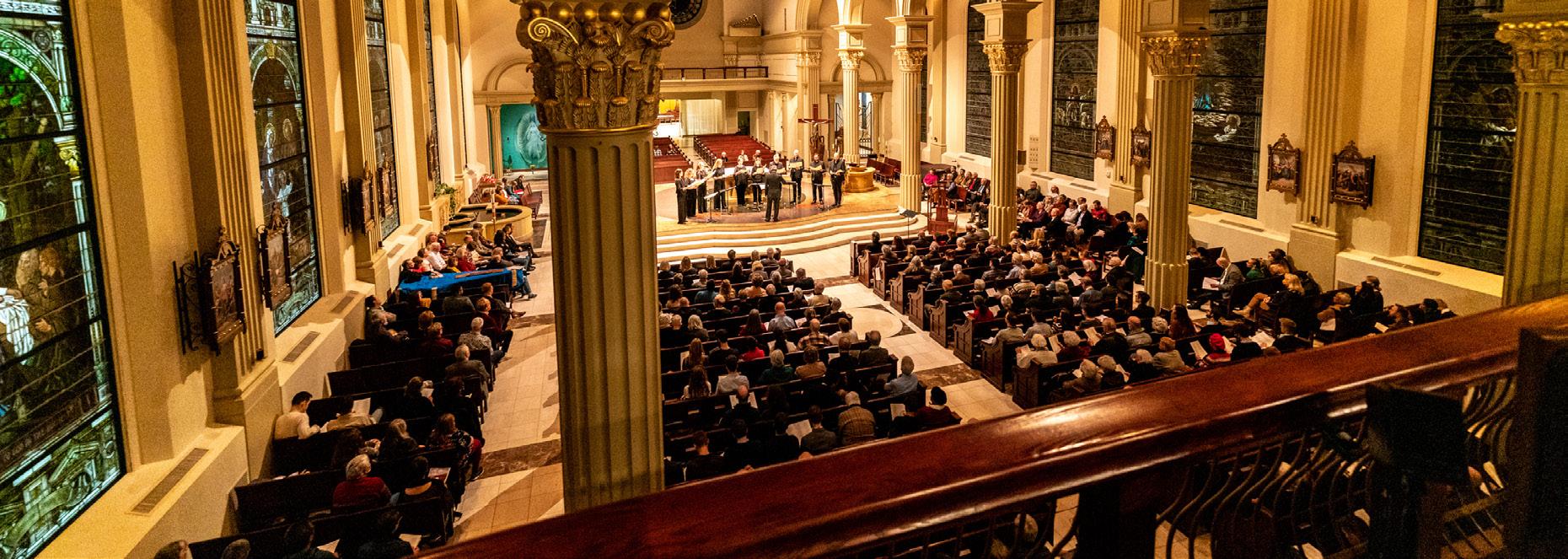 Tallis Scholars
Photo: Veritography
Master Pianist, Richard Goode performing at the Folly Theater
Master Pianist, Terrence Wilson receives a standing ovation
Patrons enjoying the Tallis Scholars concert at the Cathedral of the Immaculate Conception
Tallis Scholars
Photo: Veritography
Master Pianist, Richard Goode performing at the Folly Theater
Master Pianist, Terrence Wilson receives a standing ovation
Patrons enjoying the Tallis Scholars concert at the Cathedral of the Immaculate Conception


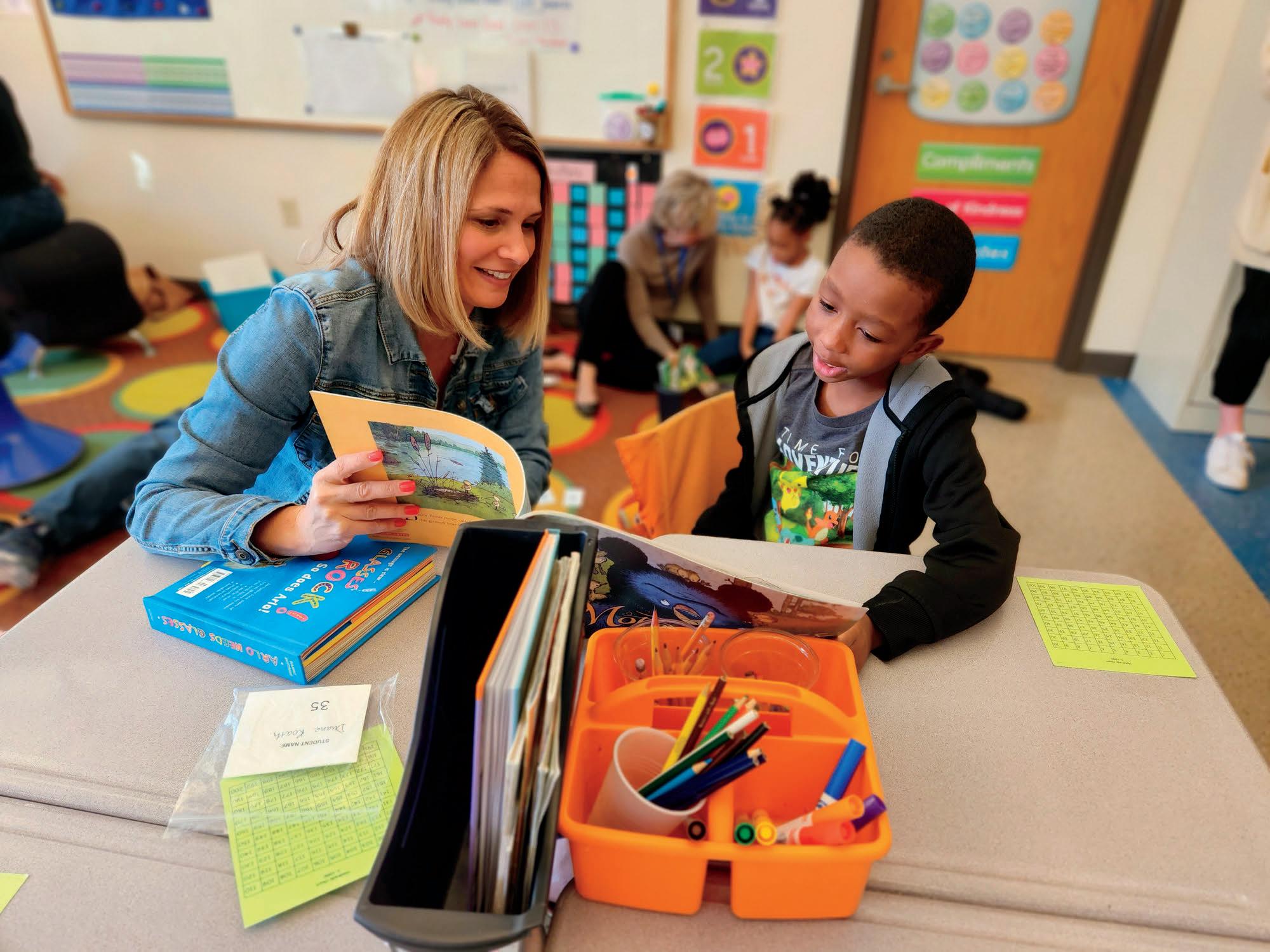





82 CLASS ICAL M USIC FOR E VE RYO N E. Set your dial to 91.9 FM or stream at ClassicalKC.org FOLLOW US @ClassicalKC Want to stay in the loop on local events and exclusive content from Classical KC? Sign up for our newsletter and receive monthly updates right to your inbox. BE A READING Help a child learn to r lunch hour. It's the e meaningful volunteer Kansas City. Just 30 m leadtoreadkc.org ESTABLISHED 1899 KANSAS CITY’S JOURNAL OF SOCIETY KCINDEPENDENT.COM
Absolute music Music that is not attached to text, drama, visual art, or any kind of representation.
Accompaniment The part or parts of music composition which supports a melody or principal part(s).
Adagio [It.] A very slow tempo.
Agitato [It.] Agitated.
Air An English or French song with rhymed poetry for solo voice and instrumental accompaniment; often in several verses and usually in the meter of a dance.
Allegretto [It.] A moderately fast tempo; often lighter in texture or character than an allegro.
Allegro [It.] A fast tempo.
Allemande [Fr.] A Renaissance and Baroque dance that was cultivated as an independent instrumental piece ca. 1580-1750. It became the first of the four core movements of the solo suite.
Andante [It.] A walking tempo.
Andantino [It.] Slighter faster and lighter than andante.
Arpeggio [It.] A chord whose pitches are sounded successively rather than simultaneously.
Baroque The period or style in Western classical music extending from roughly 1600-1750. Music of this period was music characterized by strict forms, contrapuntal textures, and florid ornamentation. Prominent composers of the period include J.S. Bach, Vivaldi, and Handel.
Basso continuo [It.] An independent, continuous bass line in a piece of music that serves as an accompaniment to instruments or voices performing the melody. At a minimum, it consists of a keyboard instrument (harpsichord, organ, or a clavichord) and a bass instrument (viola da gamba, or a cello). In early Baroque works, a lute, guitar, harp, or theorbo may also participate as part of the continuo.
Basso ostinato [It.] A pattern of notes that is repeated over and over again during the course of a vocal or instrumental composition.
Bel canto [It. "beautiful singing"]
Italian vocal style of the early 19th century characterized by lyrical, embellished melodies that show off a singer's voice.
Cadence A harmonic formula that concludes or resolves a musical phrase, section, or piece.
Cadenza [It.] An elaborate passage for the soloists in a concerto during which all other instruments are silent; usually near the end of a movement and often not written out by the composer but left to the performer to improvise.
Cantata [It.] In the 17th and 18th centuries, a secular chamber work for voice and accompaniment. The term also describes some pieces of Lutheran vocal music in the 18th century.
Cantillation The speech-like chanting of a liturgical text.
Cantus firmus [Latin, "fixed melody"] An existing melody, often taken from Gregorian chant, on which a new work is based.
Capriccio [It.] A humorous, fanciful, or bizarre composition, often characterized by an idiosyncratic departure from current stylistic norms.
Chaconne A Baroque form derived from a popular Latin American dance-song of the seventeenth century. The form consists of variations over a basso continuo.
Chamber music Music written for small ensembles and intended to be performed in more intimate spaces such as private or domestic spaces or in a small hall.
Chanson [Fr.] A French polyphonic song of the late Middle Ages and Renaissance.
Chant See plainchant.
Chorale Hymn in the Lutheran tradition.
Ballade [Fr.]
In the nineteenth century, a long, dramatic type of piano piece; the musical equivalent to a poetic ballad.
Barcarolle [Fr.] A song of the Venetian gondoliers, or a vocal or instrumental composition modeled on such a song.
Canon A piece, or moment in a piece, in which a subject or musical idea is imitated by one or more voices playing the same musical idea.
Cantabile [It.] Singing; songlike.
Chord Three or more tones played simultaneously.
Chromatic From the Greek word for "color," the scale that includes all twelve pitches contained within an octave.
83
GLOSSARY
Classical (1) In Western classical music, the period or style extending from the early eighteenth century through the early nineteenth century; (2) Art music, as opposed to folk or popular music forms.
Coda [It. “tail”] A concluding section of a composition or a movement, usually reinforcing the final cadence.
Coloratura Elaborate ornamentation using virutoso techniques such as runs, trills, and wide leaps to decorate a melody; operatic roles in which such music plays a major role, and singers of these roles are also called colloratura.
Concertante [It.] In 17th-century music, the combination of voices with instruments. The instruments do not simply support the voices but play independent parts. Concertino A solo instrument or solo instruments playing with an orchestra.
Concerto A work for one or more solo instrument(s) accompanied by orchestra, often in three movements.
Counterpoint The combination of two or more melodic lines; the lines may proceed simultaneously and relatively independently.
Courante [Fr.] A Baroque dance movement in triple meter.
Cross-rhythm The shift of certain beats ahead or behind their normal positions in that pattern.
Development The development of a musical idea or ideas through variations or transformation; the middle section in sonata-allegro form.
Diatonic A scale with seven different pitches, made up of five whole and two half steps such as a major or minor scale.
Dissonance The perceived instability of a complex of two or more sounds; "clashing" sounds.
Divertimento [It.] An instrumental chamber music work in several movements; usually in light character.
Dolce [It.] Sweetly.
Dynamics The aspect of music relating to the degree of loudness or softness.
Espressivo [It.] Expressive.
Étude Literally a "study;" an instrumental piece designed to improve a player's technique.
Exposition The first section in a fugue, sonata, symphony, or concerto movement, where a subject or musical idea/theme is first heard or exposed.
Fantasia/fantasy A composition in no fixed form wherein a composer may follow freely his or her imagination.
Forte [It.] Loud.
Fortissimo [It.] Very loud.
French overture Type of overture that begins with a slow, majestic section followed by a faster second section.
Fret A piece of material placed across the fingerboard or neck and under the strings of some stringed instruments, limiting the strings to be played at a specfic pitch.
Fugue A composition, or section of a composition, in which the subject (initial melodic motive) is imitatively restated in successive iterations throughout multiple voices.
Galant A musical style in the 18th century that featured songlike melodies, short phrases, and light accompaniment.
Gigue [Fr.] A fast Baroque dance movement in binary form, usually in compound meter and usually the last movement of a Baroque suite.
Glissando [It.] A continuous movement from one pitch to another.
Grave [It.] Slow, solemn.
Grazioso [It.] Graceful.
Gregorian chant Named for Pope Gregory I, unaccompanied, monophonic music, codified in the 8th and 9th centuries and used as the basis for compositions in the Catholic Church for several centuries.
Harmony The simultaneous combination of notes.
Homophony Music in which one voice, carrying the melody, is supported by an accompaniment which is subsidiary to the melody; as opposed to monophony and polyphony.
Impromptu A title of a singlemovement composition, characterized by an off-hand style, as the result of sudden inspiration, but not necessarily of an improvisatory nature.
Intermezzo, also “intermedio” [It.] In 16th-century Italy, a short, light musical entertainment interpolated between more serious sections of more serious fare. In the 19th century, short, independent pieces composed by Brahms or Schumann among others.
Interval The distance between two pitches.
84
Kapellmeister [Ger.] The leader of a musical chapel or court ensemble which might provide both sacred and secular music.
Largo [It.] Very slow tempo.
Leggiero [It.] Lightly.
Lento. [It.] A slow tempo.
Libretto [It.] The text of an opera or oratorio.
Lieder [Ger.] German art songs.
Madrigal [It.] A secular vocal composition of the Renaissance and early Baroque.
Maestoso [It.] Majestic.
Mass The central service of the Roman Catholic rites, deriving from a ritual commemorating the sacrifice of Christ, usually made up of several sections that fall into two categories: the Proper (portions in which the texts change according to the liturgical calendar) and the Ordinary (portions in which the text never changes).
Mazurka A Polish folk-dance in triple meter with accents on the second or third beat; a stylized piano piece based on the danceMinuet/menuetto An elegant dance movement in triple meter.
Mode A type of scale, a schematic arrangement of pitches used as a basis for composition; used in music of the Medieval and Renaissance periods; also used in jazz and blues improvisation.
Moderato [It.] A moderate tempo.
Modulate To change from one key to another within a composition or movement.
Molto [It.] Literally "much" or "very;" used as a qualifier for tempo markings.
Monophony Music consisting of a single voice or line, for either one performer or an ensemble performing in unison, such as in chant. Most commonly found in music of the Middle Ages.
Motive [Fr. motiv] A brief musical idea too short to be called a theme.
Movement A complete and relatively independent part of a larger composition such as a sonata, quartet, concerto, or symphony.
Nocturne A short piano piece marked by an ornamented melody, lush accompaniments, and a contemplative mood; popular during the Romantic period.
Octave The interval made up of the first and eighth notes of a scale.
Office The daily services of the Roman Catholic rites; the practice of fixed daily hours of prayer.
Opus (abbr. Op.) "Work." The method of cataloging a composer's works usually indicating the order in which a composer's works were published, but not necessarily the order in which they were composed.
Oratorio An extended musical drama set to sacred text; often scored for vocal soloists, choir, and orchestra.
Ordinary Those parts of the Roman Catholic mass in which the texts do not change.
Ostinato Short musical pattern that persistently repeats throughout a piece or section of music.
Overture A composition intended as an introduction to a suite, opera, or other dramatic work.
Partita 1) In the late 16th and 17th centuries, a variation, usually on a traditional melody; 2) in the late Baroque period and early Classical period, a type of multi-movement instrumental suite, whose movements are based on dances that have become stylized and suitable only for listening.
Passacaglia A continuous variation form, principally of the Baroque.
Pedal point A sustained bass note over which contrasting harmony is played.
Phrase A portion of melody that has a distinct beginning and ending.
Piano [It.] Soft.
Pianissimo [It.] Very soft.
Pitch The highness or lowness of sound.
Pizzicato [It.] In string playing, the directive to pluck the strings of an instrument with the fingers or thumb.
Plainchant A sacred, unaccompanied vocal work with no harmony, only a single voice or multiple voices singing in unison.
Poco [It.] Little or less.
Polonaise A Polish dance in triple meter, or a piece of music in the style of a polonaise.
Polyphony Music combining several lines, each of which retains its identity as a line to some degree.
85
Prelude A piece or movement that precedes and introduces other movements of a larger work, such as a partita or a suite.
Presto [It.] Very fast.
Program music Instrumental music that tells a story.
Proper Those parts of the Roman Catholic mass in which the texts change daily with the liturgical calendar.
Psalmody The singing of Psalms in worship.
Recapitulation In sonata-allegro form, the third section of a piece of music which restates material from the exposition.
Recitative [It.] A vocal style designed for the speech-like declamation of narrative episodes in operas, oratorios, or cantatas.
Ricercar [It.] In the early to mid-sixteenth century, a prelude in improvisatory style; from the late sixteenth century on, an instrumental piece involving imitating subjects.
Ritornello [It. “little return”] A short, recurrent instrumental passage.
Romantic era In Western classical music, the period usually considered to have spanned the early to late nineteenth century.
Rondo [It.] Usually the final movement of a sonata, a quartet, or a symphony; a form prominent in the Classical period in which a main theme alternates with contrasting episodes.
Sarabande [Fr.] A slow, stately, highly ornamented Baroque dance in triple meter; usually part of an instrumental suite.
Scale A schematic arrangement of notes in ascending and descending order of pitch, used as the basis for music compositions most notably from the seventeenth through the twentieth centuries.
Scherzo [It. “joke”] A movement of a sonata, symphony, or quartet usually written in a light, rapid style often with a contrasting trio section.
Semitone A half step; the smallest interval typically used in Western music.
Sinfonia [It.] In the late seventeenth and eighteenth centuries, the generic title for an orchestral piece used as an introduction, interlude, or postlude to an opera, oratorio, cantata, or suite.
Singspiel [Ger.] Literally "singing play;" a German genre of opera, consisting of spoken dialogue interspersed with songs, choruses, and instrumental music.
Sonata [It.] A composition for one or more instruments, usually in several movements.
Sonata-allegro form A large-form movement in three parts: exposition, development, and recapitulation; an ABA form most commonly employed in sonatas, string quartets, concertos, and symphonies.
Staccato [It.] Literally "detached;" a manner of performance in which each note is shortened and separated from the notes that follow.
Subject A melody or melodic fragment on which a fugue is based.
Suite [Fr.] An instrumental work comprised of different movements with some element of unity, often performed as a single work. The piece's unity may be derived from a common key, or from some thematic connections and overall form.
Symphonic poem A one-movement work of program music for orchestra that relates a poetic idea or story.
Symphony (1) A large-scale composition usually based on sonata form, usually in multiple movements written for orchestra; (2) a large-scale instrumental ensemble.
Syncopation Temporary disruption of a steady rhythm by placing a strong note on a weak beat.
Tempo The speed at which a composition is performed. Common tempo markings include (listed from slow to fast): largo, lento, adagio, andante, allegretto, allegro, vivace, presto, prestissimo.
Texture The overall quality of sound in a piece when all of its elements— tempo, melody, and harmonic materials—are combined.
Theme The principal melody in a composition or in a section of a composition.
Theorbo A large bass lute which was developed in the late sixteenth century especially for basso continuo.
Timbre Tone color; the character of a sound, as distinct from its pitch; the quality of a sound that distinguishes one instrument or voice from another.
Time signature The sign placed at the beginning of a composition or during the piece to indicate its meter.
86
Toccata An instrumental composition, often featuring several virtuosic sections, designed to show off the player’s technical capabilities.
Tonal In Western music, the organized relationship of tones with reference to a definite key center or tonic; generally, a work written in a specific scale or key.
Tonic The first degree, or pitch, of a diatonic scale.
Tremolo [It.] The fast, unmeasured repetition of a single note or alternation between two notes.
Triad A chord consisting of three pitches, each pitch usually separated by the interval of a third or fourth.
Trill The rapid alternation of two tones either a whole or half step apart.
Tutti [It.] In a concerto, the ensemble, as distinct from the soloist(s); a passage for the ensemble.
Unison Simultaneous performance on the same pitch.
Variation The compositional technique in which a musical idea or theme is manipulated and repeated with various changes.
Viol Any of a family of fretted, bowed stringed instruments in use from the 16th through much of the 18th century.
Viola da gamba [It.] In the 16th and 17th centuries, a bowed stringed instrument played on or between the legs, as distinct from one played on the arm.
Vivace [It.] Lively; brisk.
Vivace alla marcia [It.] Lively, brisk; in the manner of a march.
Voice (1) The human voice; (2) a single part or line in an instrumental composition.
Note: These definitions are taken from The New Harvard Dictionary of Music, edited by Don Randel; The New Oxford Companion to Music, edited by Denis Arnold; and The New Grove Dictionary of Music, edited by Stanley Sadie; with additional edits by the Friends of Chamber Music staff
Catalog Abbreviations
BWV Bach Werke Verzeichnis, the catalog of the works of Johann Sebastian Bach, developed by Wolfgang Schmieder.
D The Deutsch Catalog contains Franz Schubert's compositions as compiled by Otto Erich Deutsch.
H H. Wiley Hitchcock's catalog of Charpentier's works: The oeuvres de Marc-Antoine Charpentier.
Hess A catalog of Beethoven's works compiled by Swiss musicologist and composer Willy Hess in 1957.
Hob The catalog of Joseph Haydn's works, compiled by Anthony van Hoboken.
S Franz Liszt's works, identified by S numbers, were cataloged by Humprey Searle in 1954.
WoO Werk ohne Opuszahl [work without opus number] refers to the catalog designation of some of Beethoven's works that were not assigned an opus number.
.
87

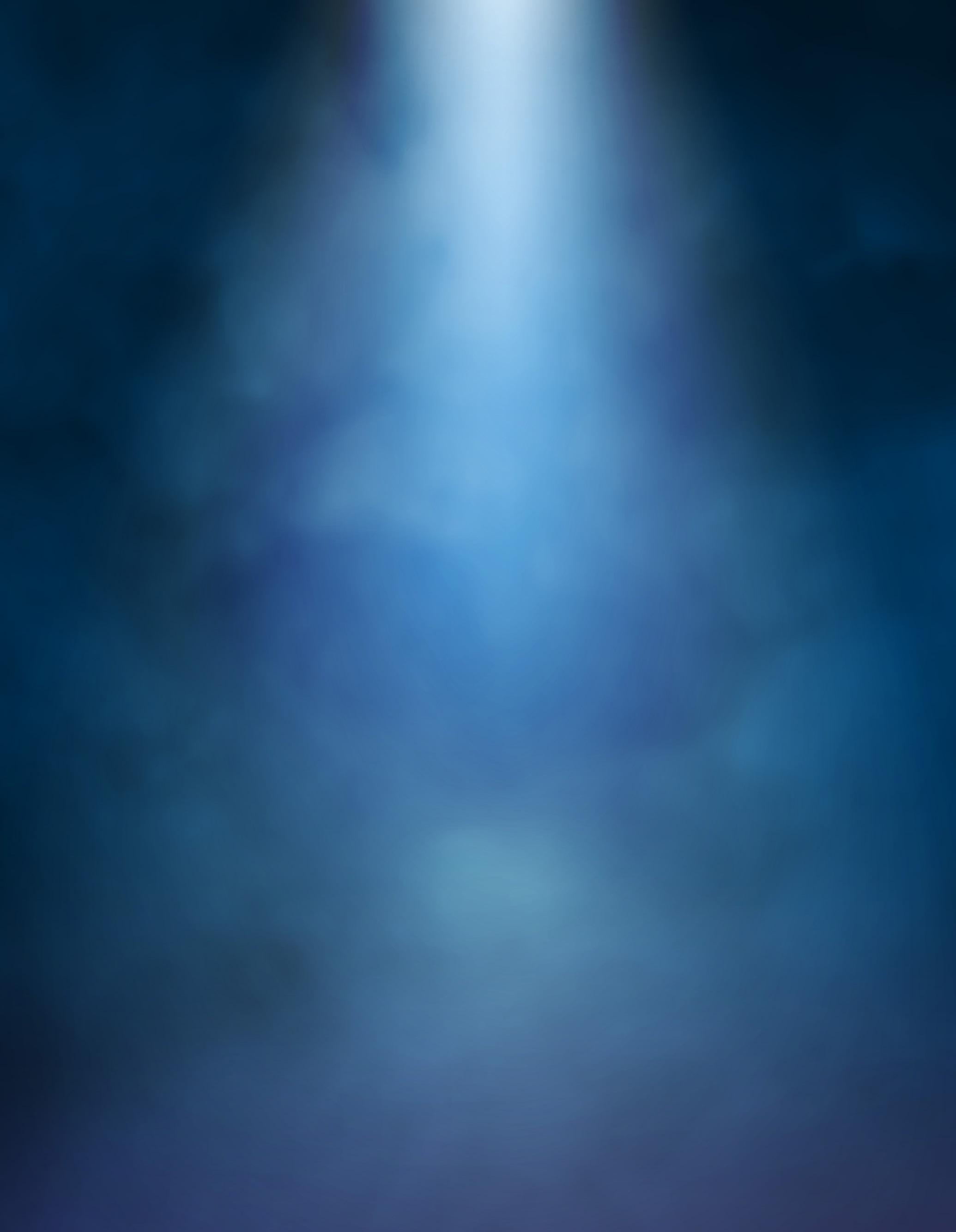




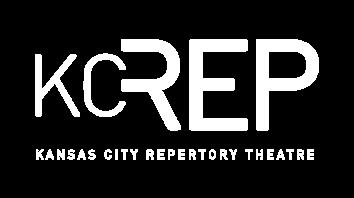
Connect with Your Audience this Season and Advertise in Kansas City’s Top Theater and Performance Venues. Contact Christin Painter at: christin@kcindependent.com • 816-471-2800 x218 • kcindependent.com
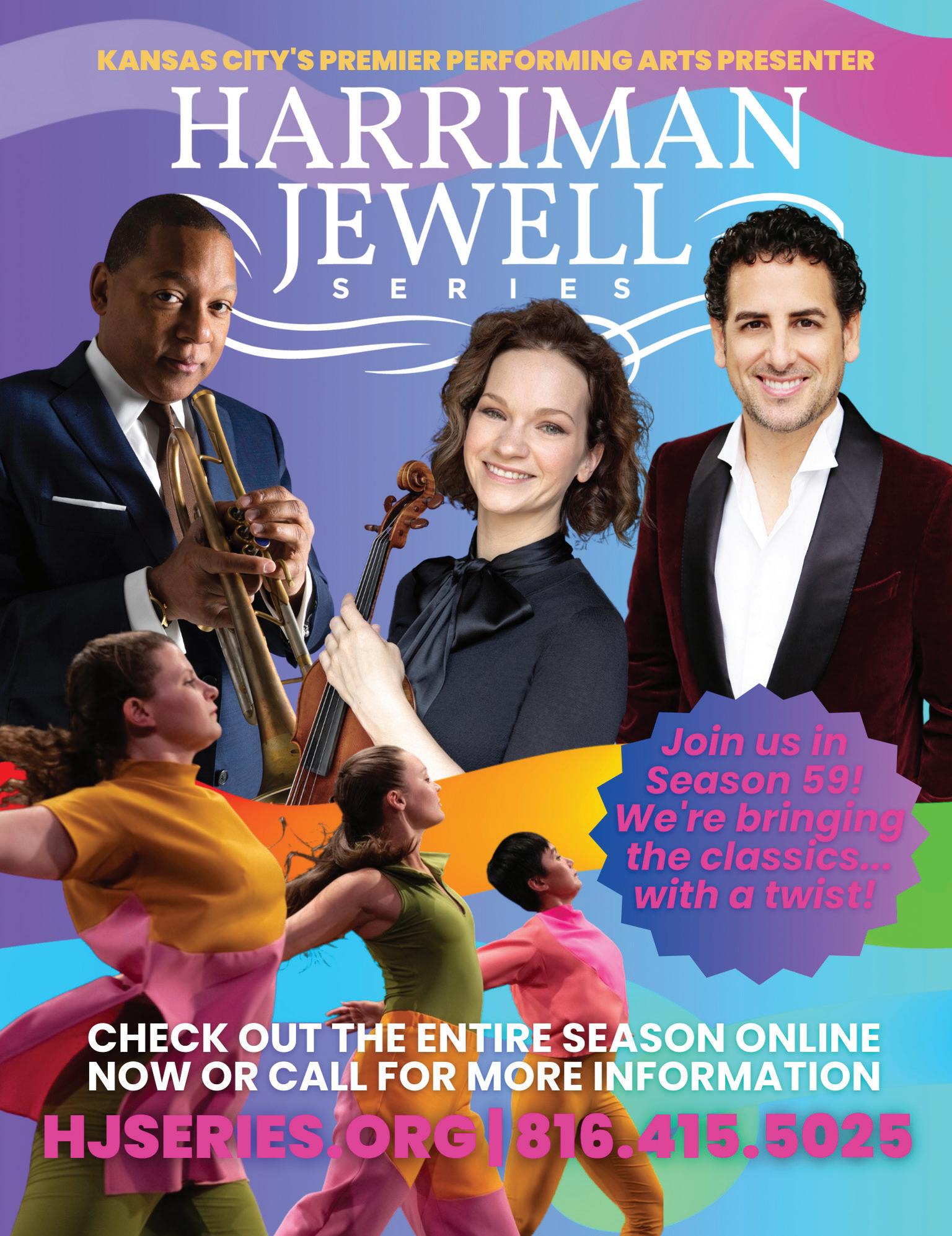
For me, it’s not just...
‘I’m the doctor and you’re the patient.’ We’re partners.”
 - Raed Al-Rajabi, MD Physician Medicine Clinical Oncology
- Raed Al-Rajabi, MD Physician Medicine Clinical Oncology
I don’t know any other way to treat my cancer patients than to become their partner. To be available to them whenever they need me. And that’s not just when they’re sitting across from me at an appointment. Cancer is a unique journey. And for me and all of my team, the only way to undertake it is together.
To schedule an appointment, call 913-588-1227 or visit KUCancerCenter.org to learn more.
“














 Dmitri Atapine & Hyeyeon Park Artistic Directors
Dmitri Atapine & Hyeyeon Park Artistic Directors



 Brett Robison, DMA, MBA Executive Director
Brett Robison, DMA, MBA Executive Director




























 Ian David Rosenbaum, percussion
Ian David Rosenbaum, percussion












 Kristin Lee, violin
Gloria Chien, piano
Kristin Lee, violin
Gloria Chien, piano


 Yura Lee, viola
James Thompson, violin
The Chamber Music Society of Lincoln Center on Tour appears by exclusive arrangement with David Rowe Artists
Yura Lee, viola
James Thompson, violin
The Chamber Music Society of Lincoln Center on Tour appears by exclusive arrangement with David Rowe Artists







 Le Consort appears by exclusive arrangement with David Rowe Artists
Le Consort appears by exclusive arrangement with David Rowe Artists








 Dmitri Atapine, cello
Stella Chen, violin
Dmitri Atapine, cello
Stella Chen, violin


 Sean Lee, violin
Matthew Lipman, viola
Sean Lee, violin
Matthew Lipman, viola

















 Bryan Busby, emcee
Dr. Patricia Cleary Miller, Honour Helena Miller and Daniel Martin
Ron and Tricia Fredman with Holly Juckette and David Stadtmueller
David and Sandy Eisenberg
Bryan Busby, emcee
Dr. Patricia Cleary Miller, Honour Helena Miller and Daniel Martin
Ron and Tricia Fredman with Holly Juckette and David Stadtmueller
David and Sandy Eisenberg




 Dr. John Stroh, honorary chair; Dr. Gabriel Louis O’Connor, Dr. Lauren Poull, Zack Royle, Dr. Hilary Stroh, honorary chair; and Caroline Royle
Doug Frost, auctioneer
Dr. John Stroh, honorary chair; Dr. Gabriel Louis O’Connor, Dr. Lauren Poull, Zack Royle, Dr. Hilary Stroh, honorary chair; and Caroline Royle
Doug Frost, auctioneer

















 Vox Luminis Photo: Veritography
Artistic Co-Director Dmitri Atapine and the Verona Quartet at Kansas Public Radio for a live on-air performance
Artistic Co-Director Hyeyeon Park giving a pre-concert lecture
Artistic Co-Director Dmitri Atapine giving a masterclass at Harmony Project KC
Vox Luminis Photo: Veritography
Artistic Co-Director Dmitri Atapine and the Verona Quartet at Kansas Public Radio for a live on-air performance
Artistic Co-Director Hyeyeon Park giving a pre-concert lecture
Artistic Co-Director Dmitri Atapine giving a masterclass at Harmony Project KC






 The Emerson Quartet with David Finckel receive a standing ovation
Artistic Co-Director Hyeyeon Park greeting patrons
Patrons giving a standing ovation after the Vox Luminis concert
Artistic Co-Director Dmitri Atapine performing for students at El Centro The Verona Quartet giving a master class to high school students
The Abeo Quartet chatting with students and faculty at the Paseo Academy after a school performance
The Emerson Quartet with David Finckel receive a standing ovation
Artistic Co-Director Hyeyeon Park greeting patrons
Patrons giving a standing ovation after the Vox Luminis concert
Artistic Co-Director Dmitri Atapine performing for students at El Centro The Verona Quartet giving a master class to high school students
The Abeo Quartet chatting with students and faculty at the Paseo Academy after a school performance





 Ulysses Quartet performing at Grace & Holy Trinty Cathedral Artistic Co-Director Dmitri Atapine and the Ulysses Quartet at a pre-concert panel discussion
Baritone Roderick Williams, OBE gives a masterclass to voice students Chad Hoopes, Hyeyeon Park and Jose Franch-Ballester performing at Festive Hungarica
Patrons in the lobby of the Folly Theater before a concert
Ulysses Quartet performing at Grace & Holy Trinty Cathedral Artistic Co-Director Dmitri Atapine and the Ulysses Quartet at a pre-concert panel discussion
Baritone Roderick Williams, OBE gives a masterclass to voice students Chad Hoopes, Hyeyeon Park and Jose Franch-Ballester performing at Festive Hungarica
Patrons in the lobby of the Folly Theater before a concert



 Tallis Scholars
Photo: Veritography
Master Pianist, Richard Goode performing at the Folly Theater
Master Pianist, Terrence Wilson receives a standing ovation
Patrons enjoying the Tallis Scholars concert at the Cathedral of the Immaculate Conception
Tallis Scholars
Photo: Veritography
Master Pianist, Richard Goode performing at the Folly Theater
Master Pianist, Terrence Wilson receives a standing ovation
Patrons enjoying the Tallis Scholars concert at the Cathedral of the Immaculate Conception















 - Raed Al-Rajabi, MD Physician Medicine Clinical Oncology
- Raed Al-Rajabi, MD Physician Medicine Clinical Oncology